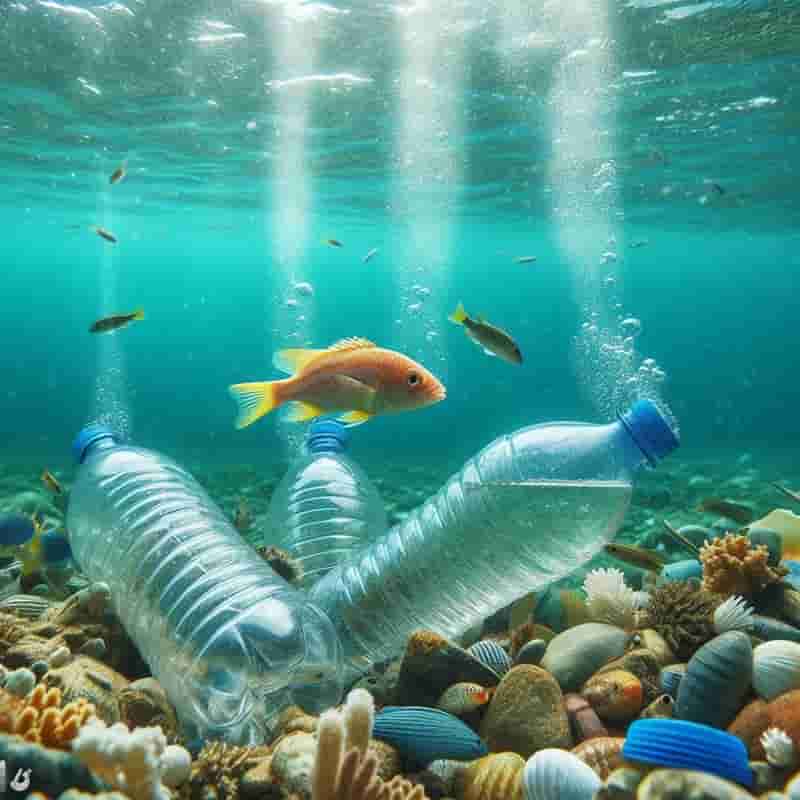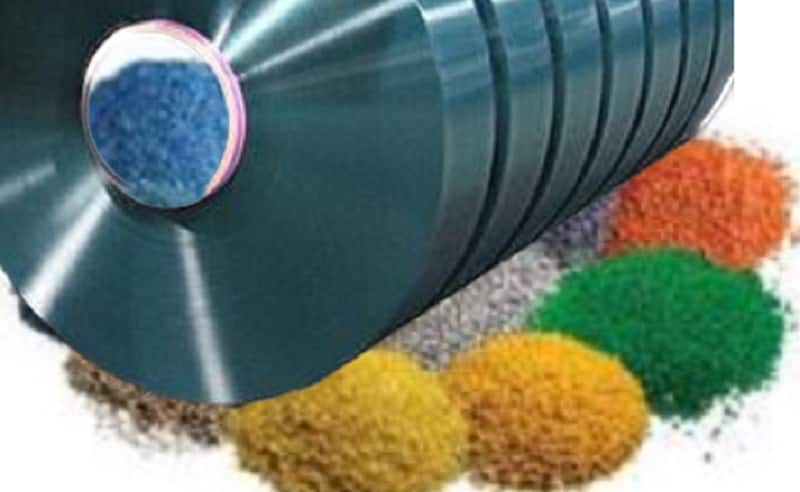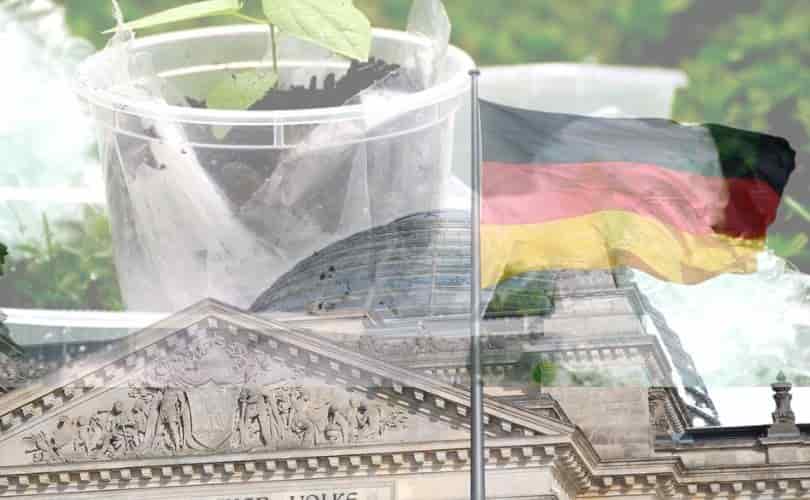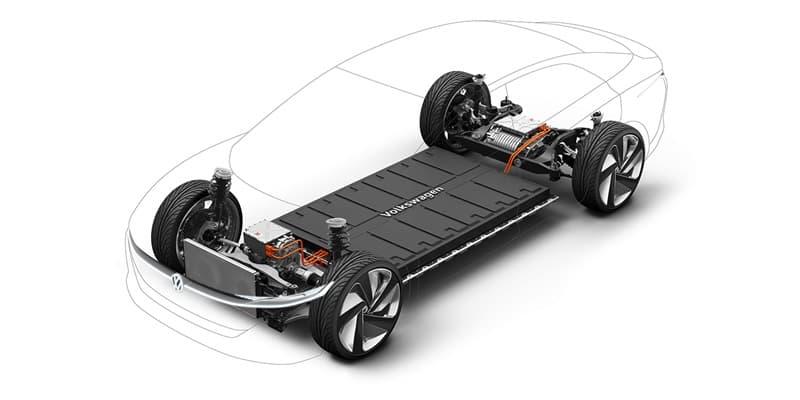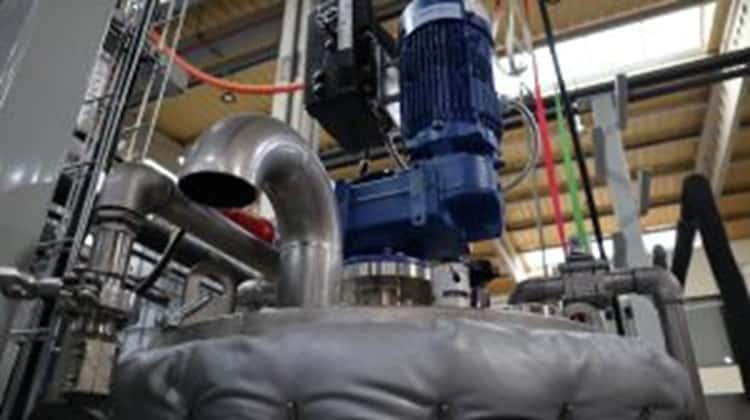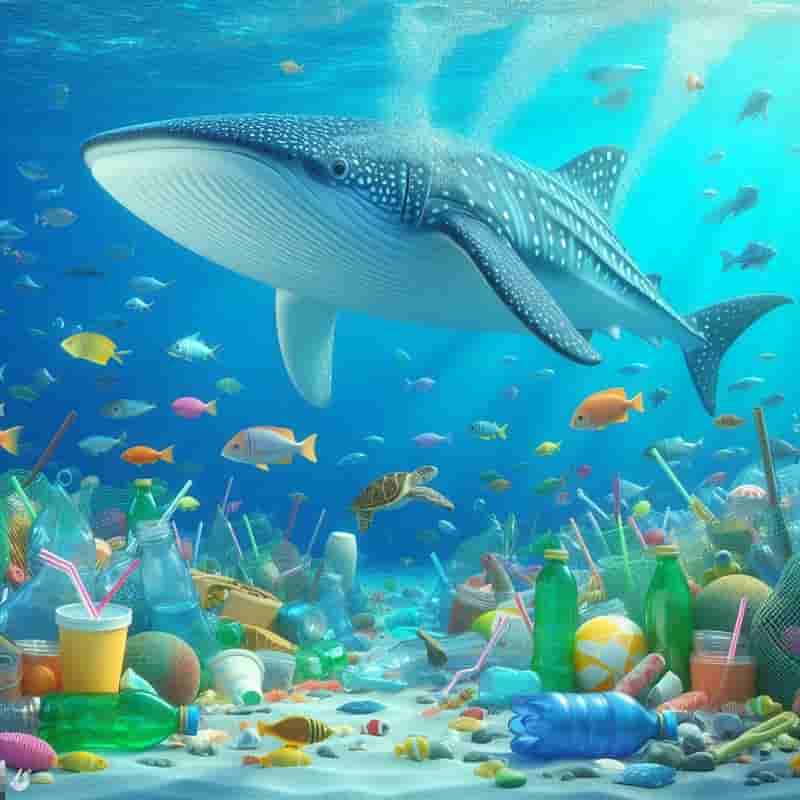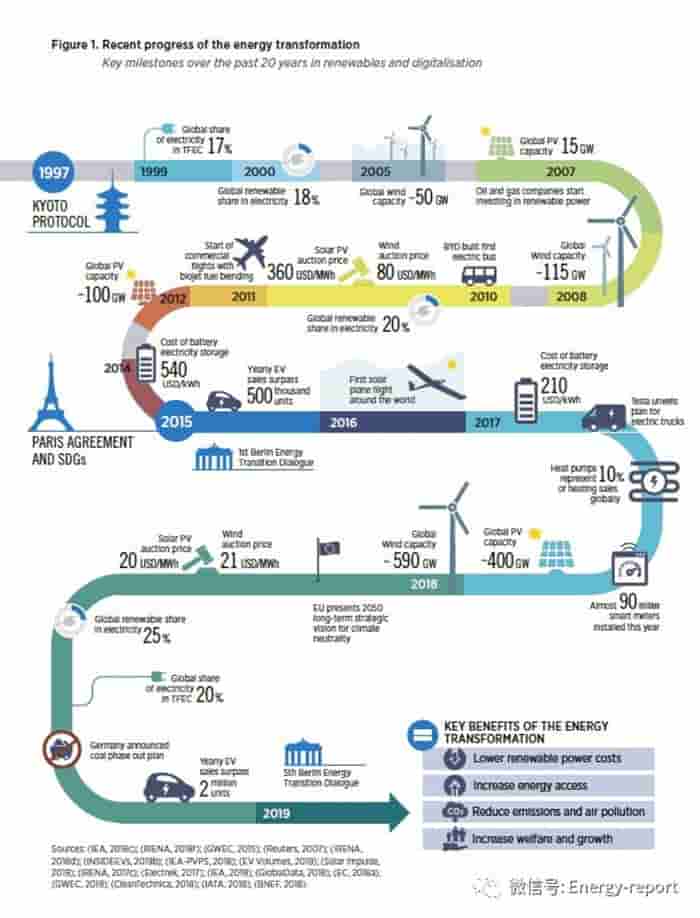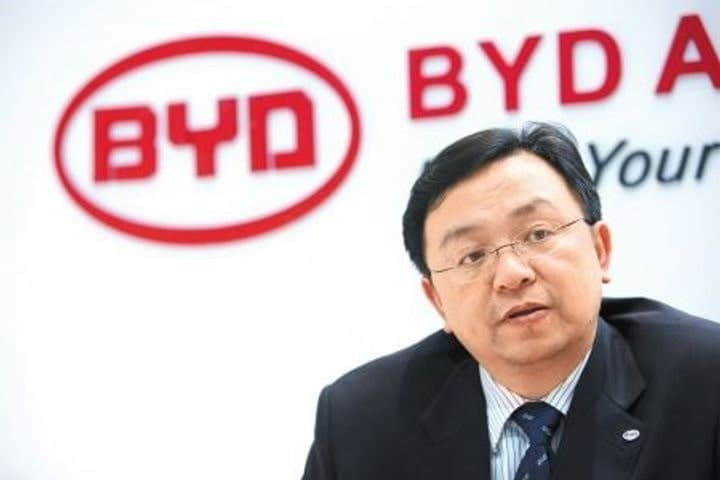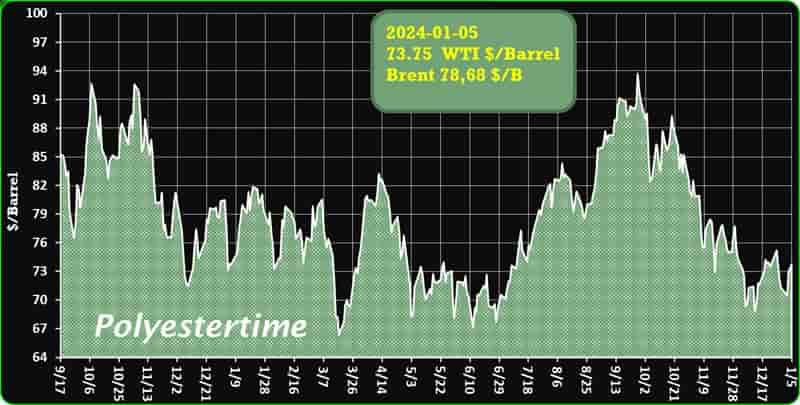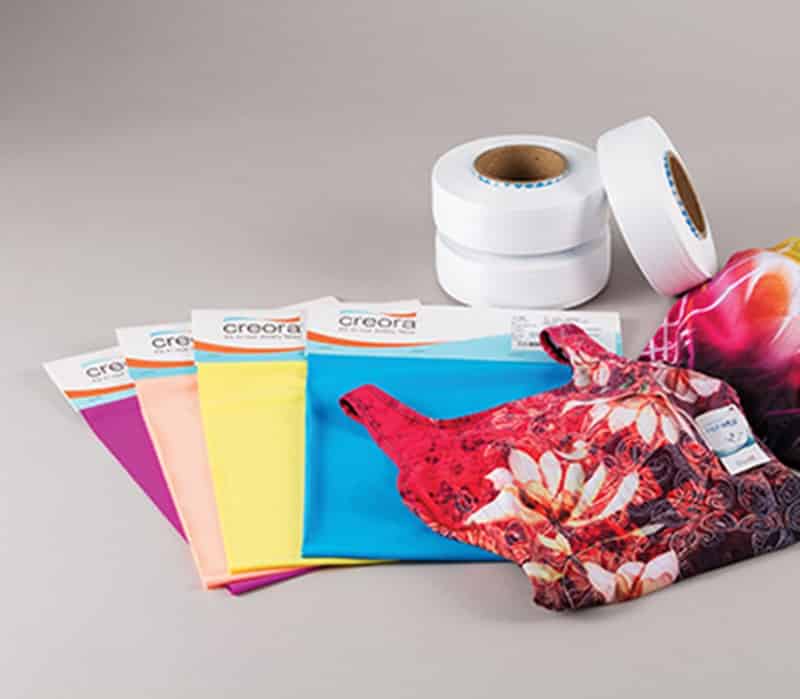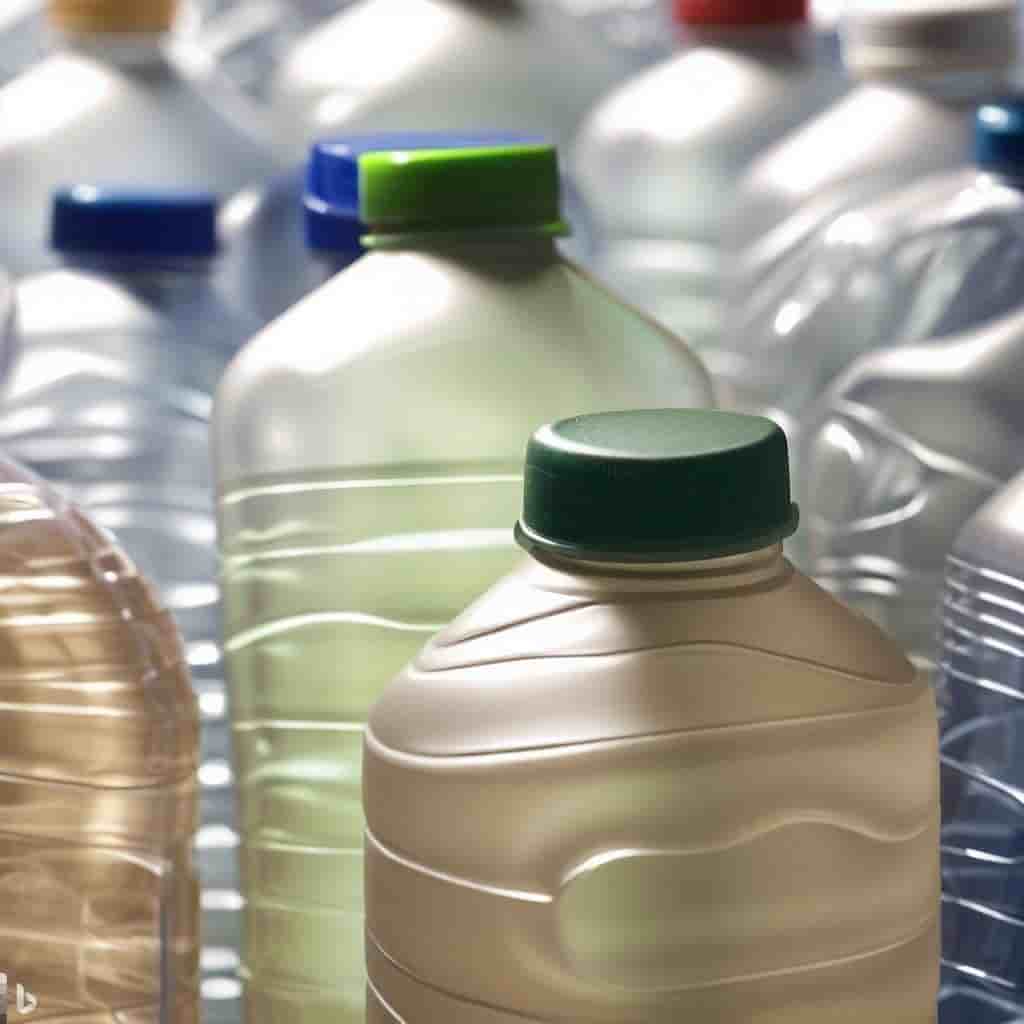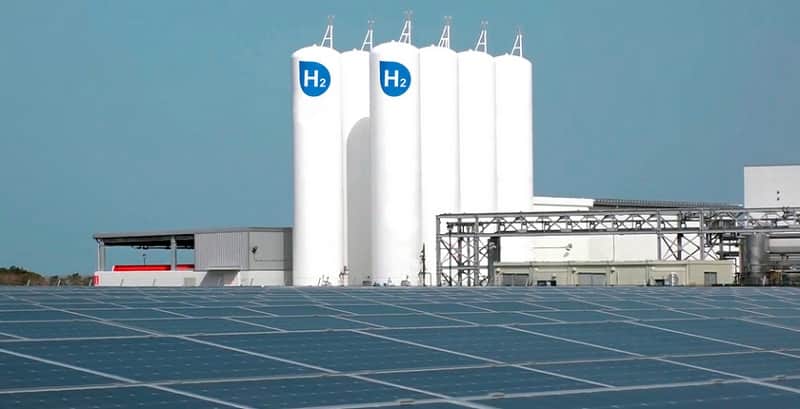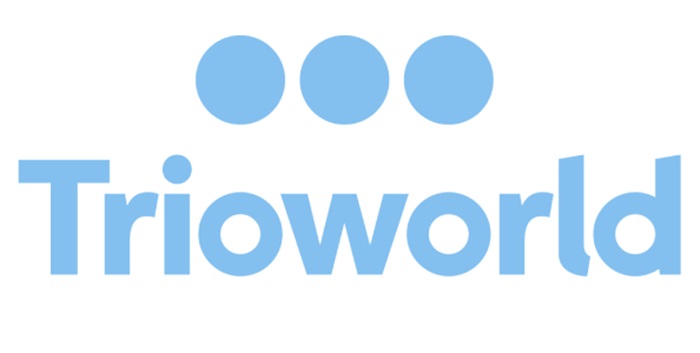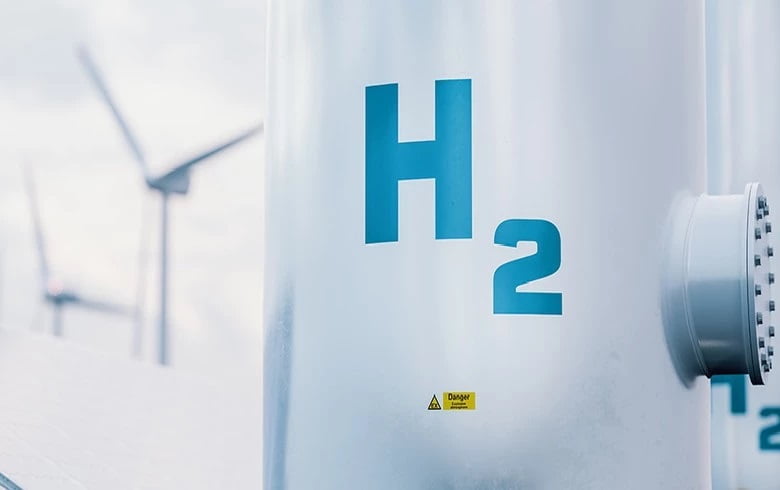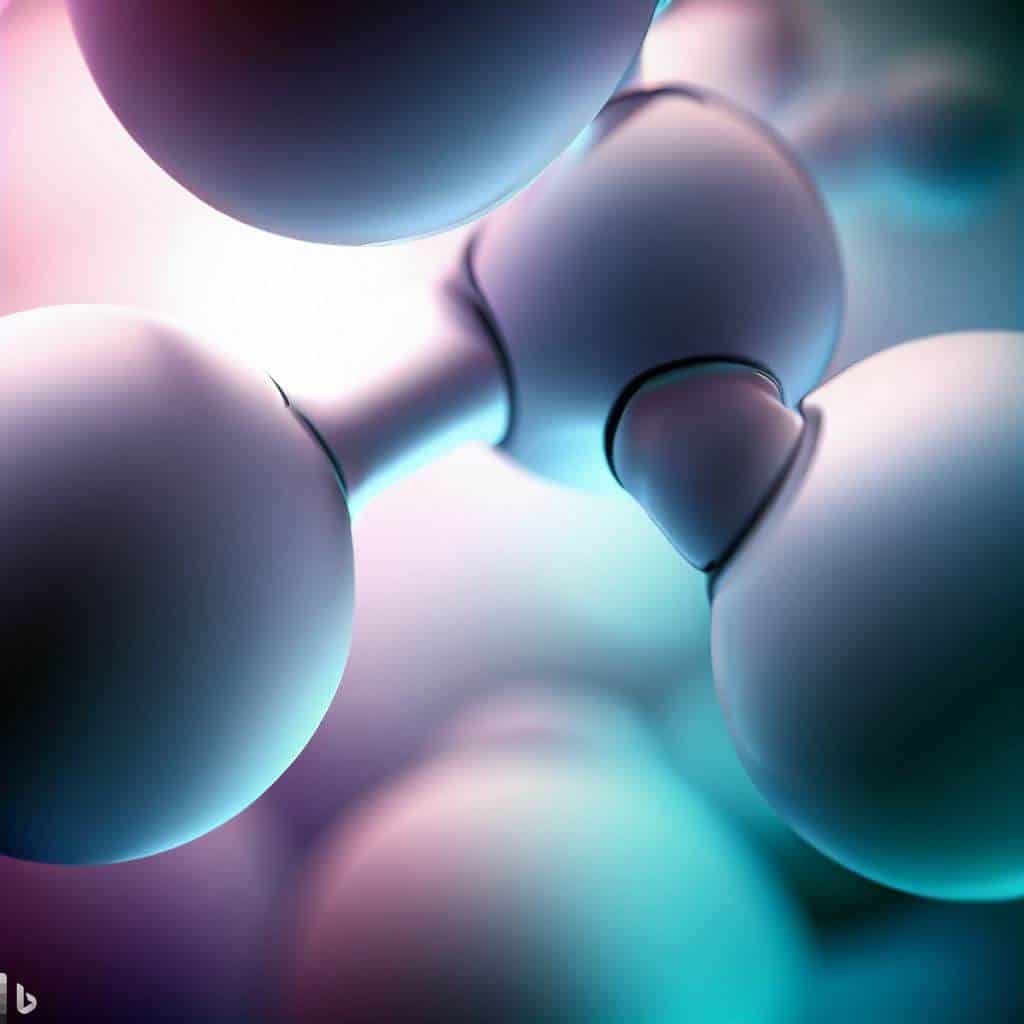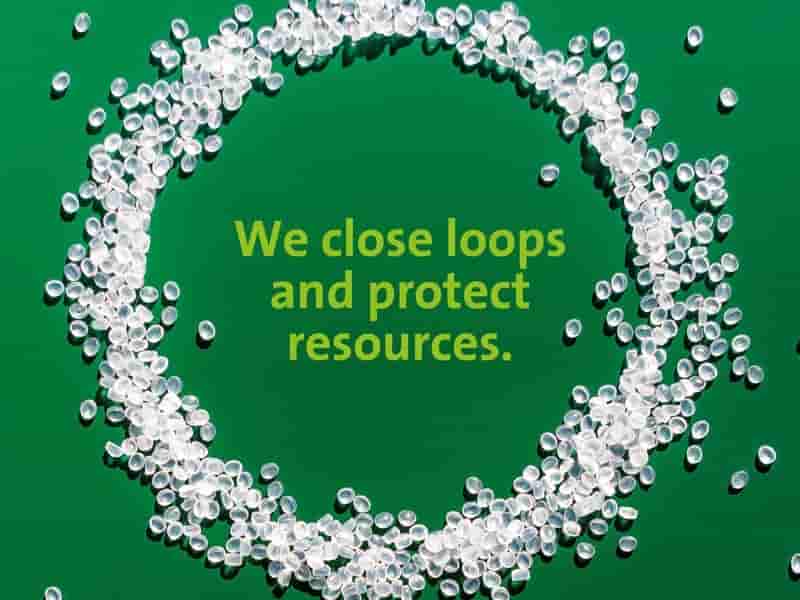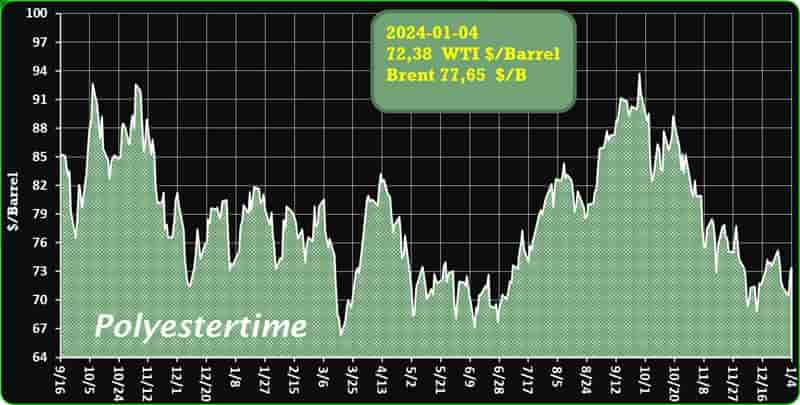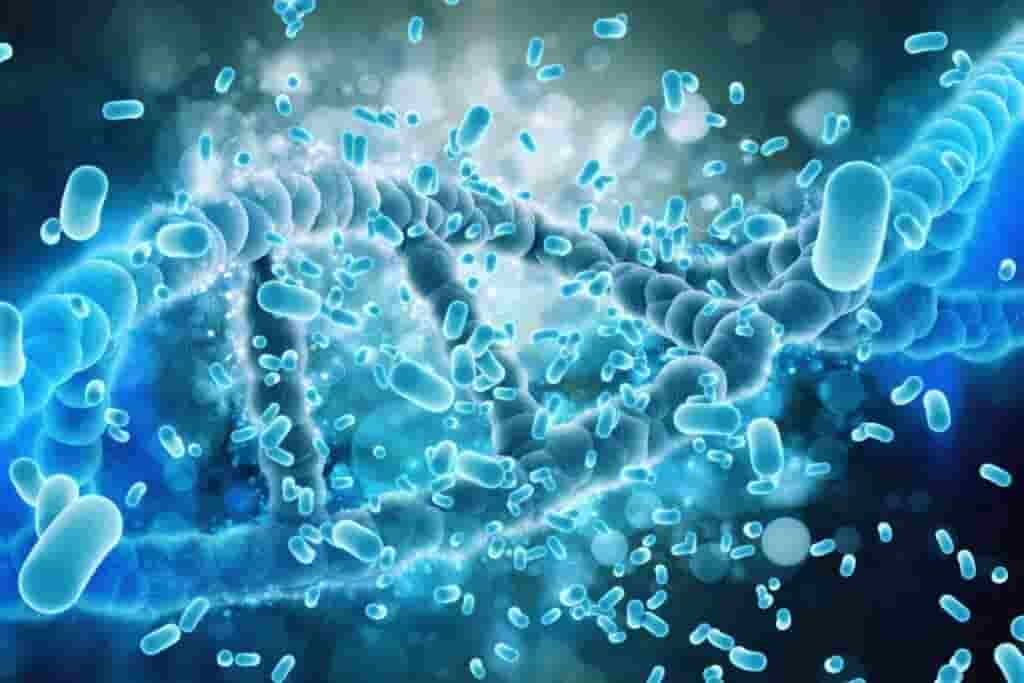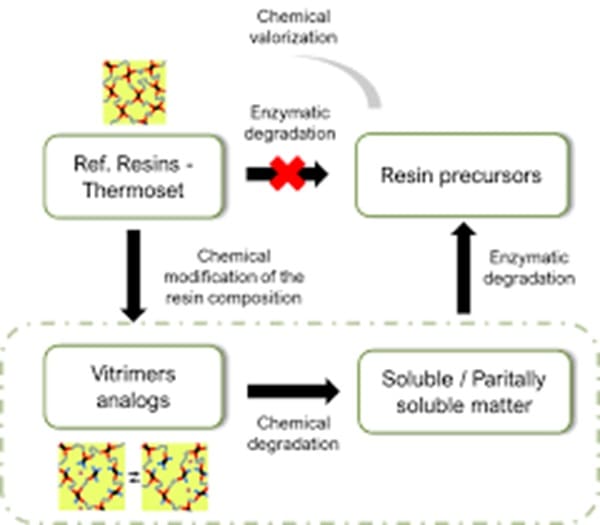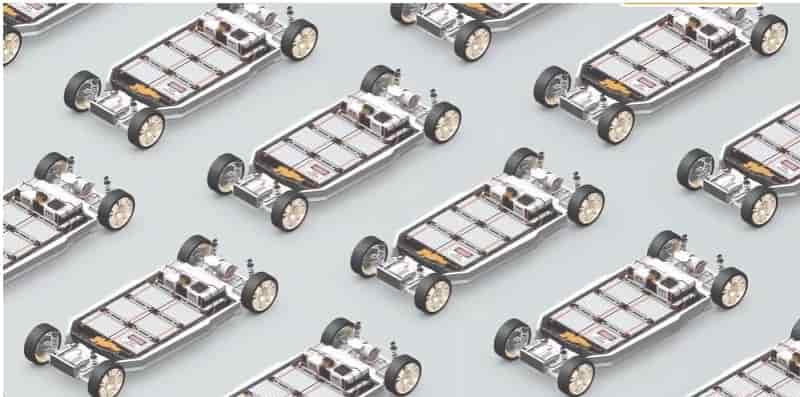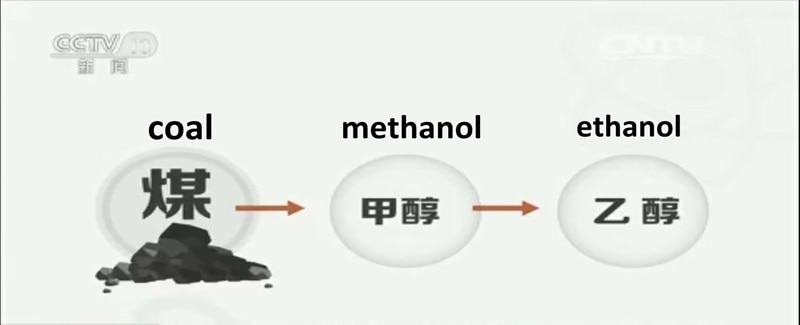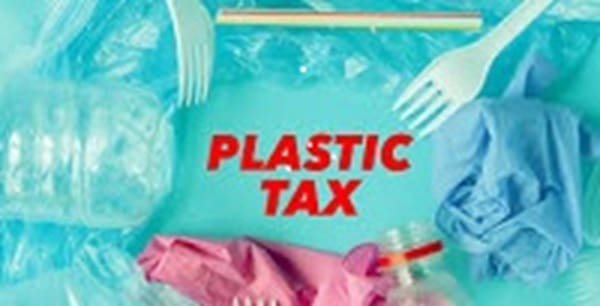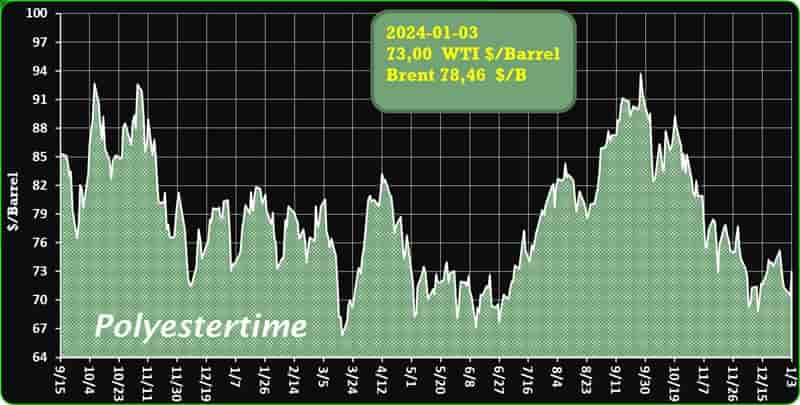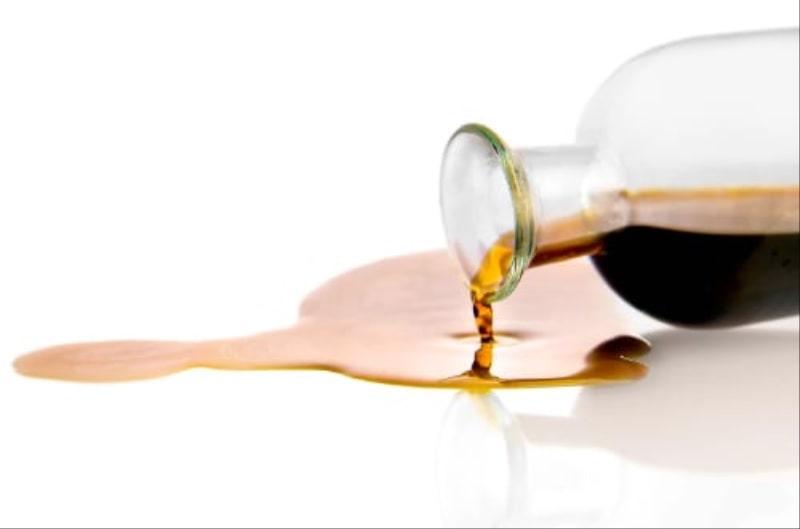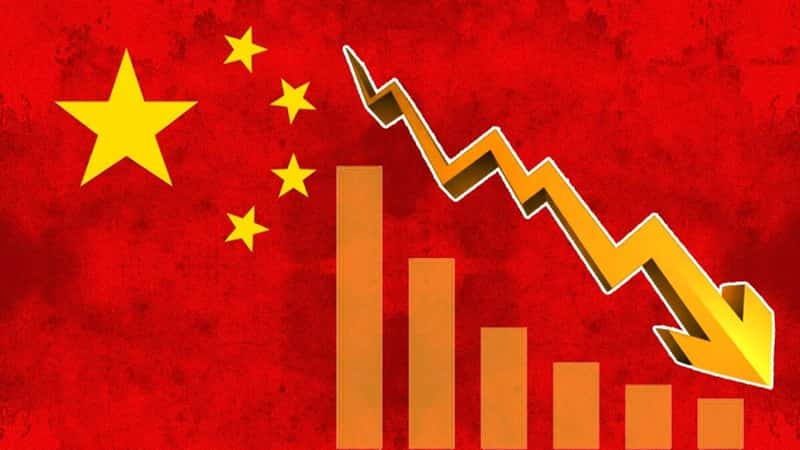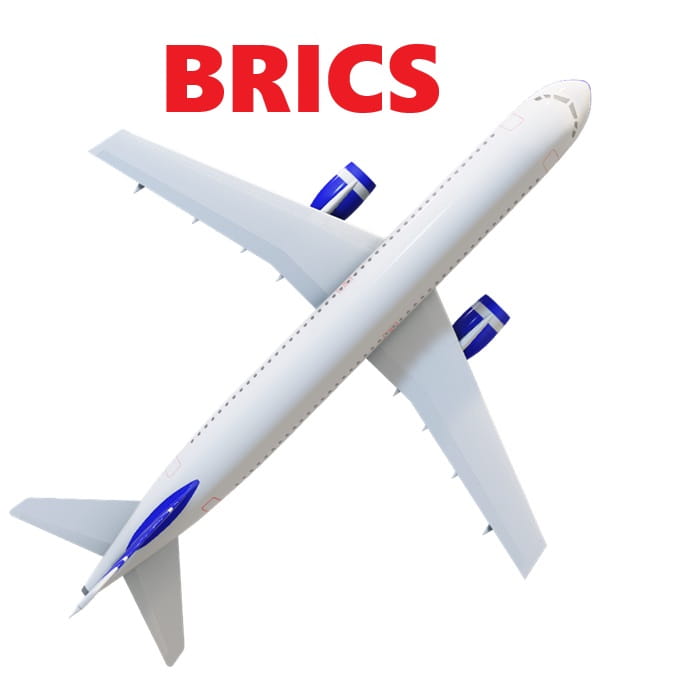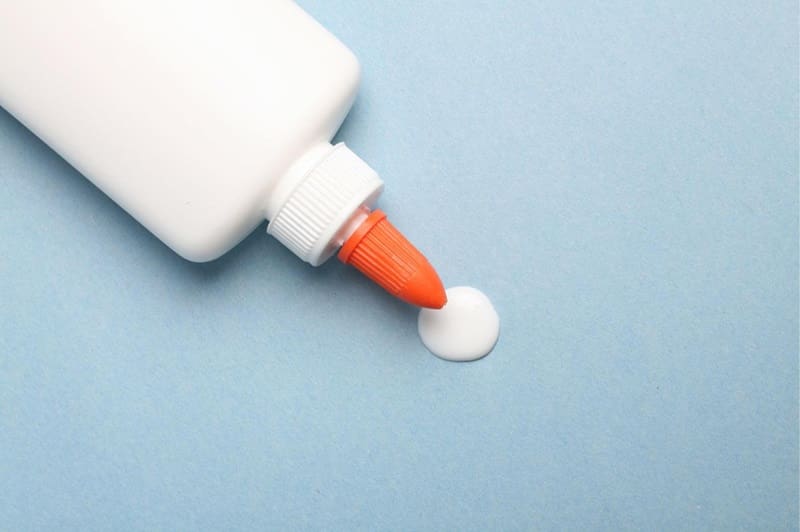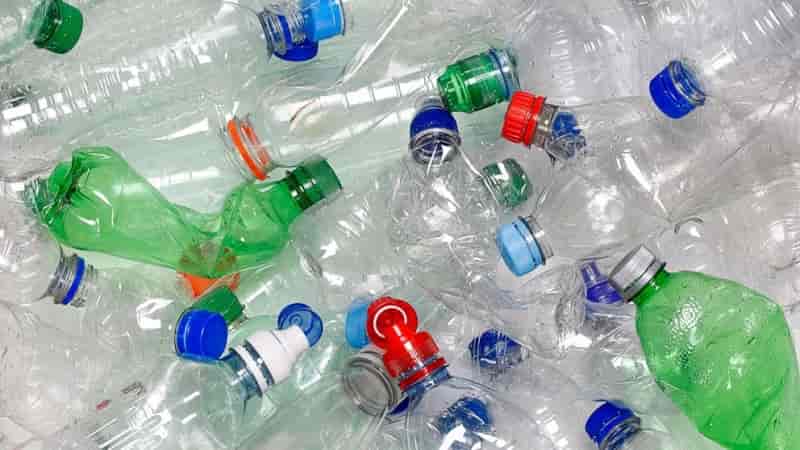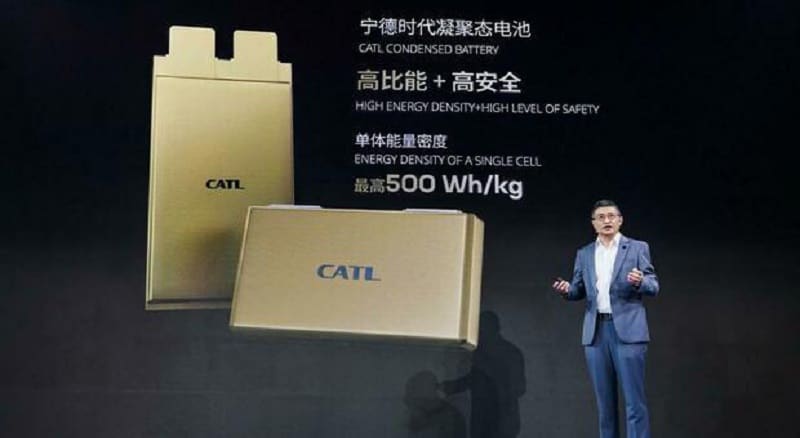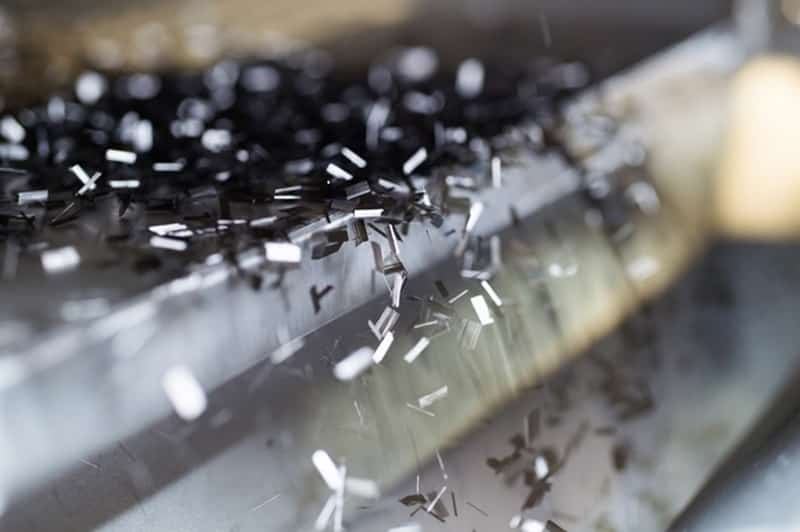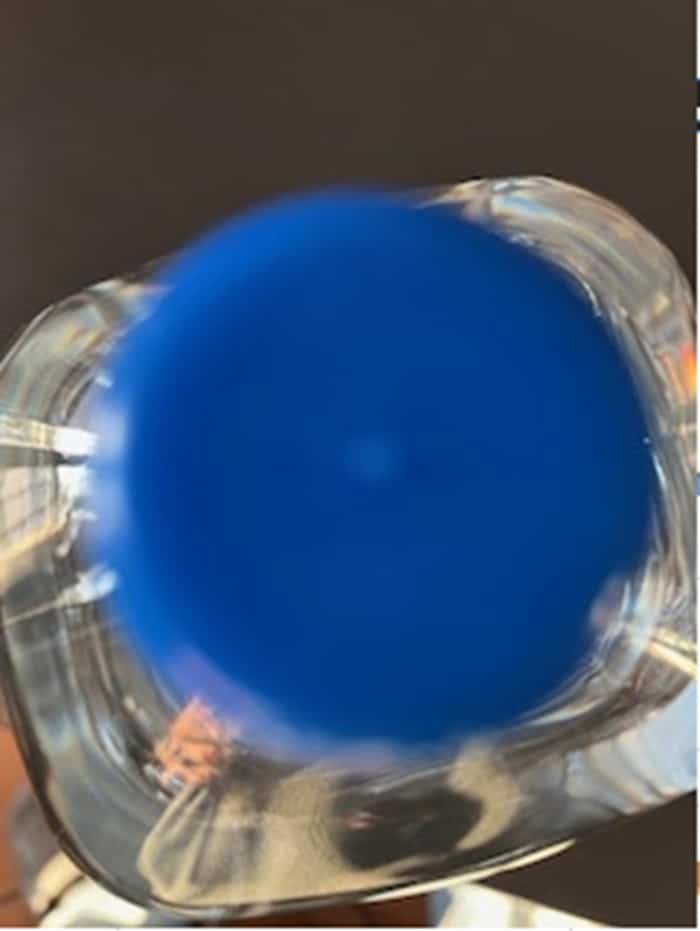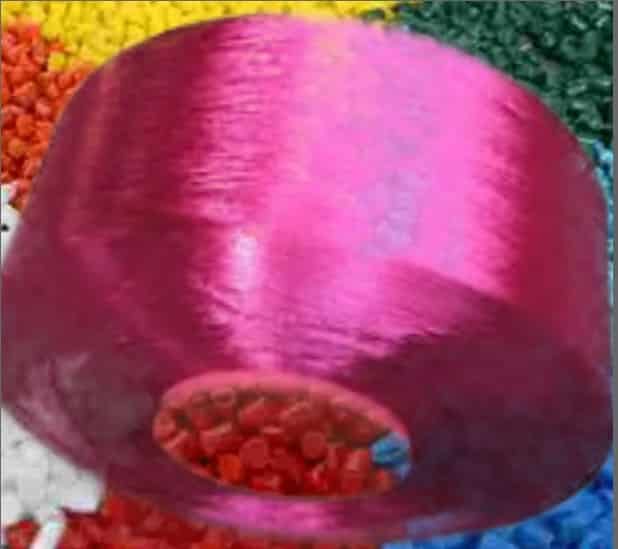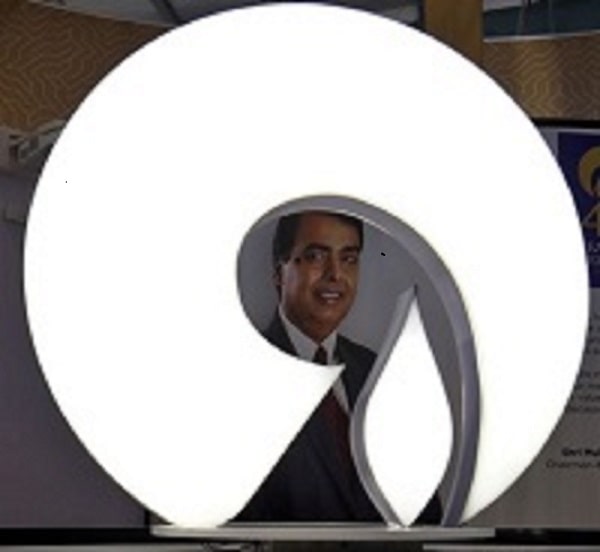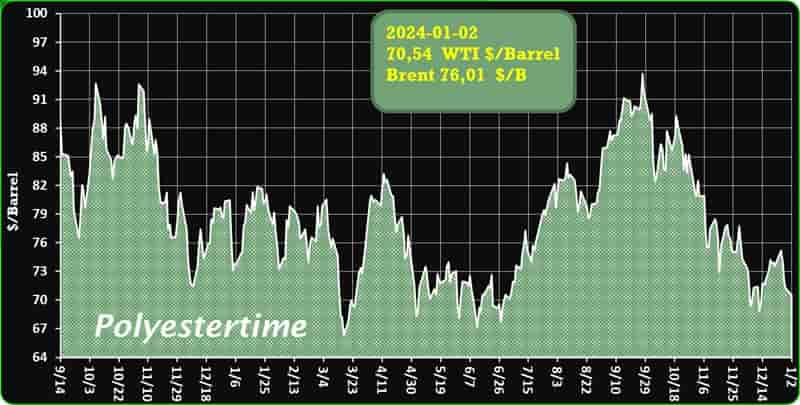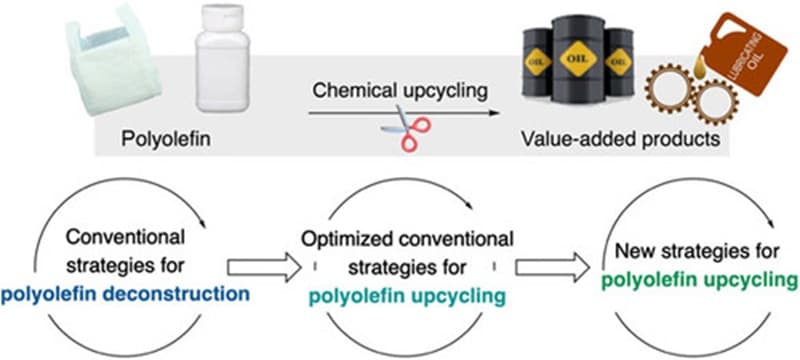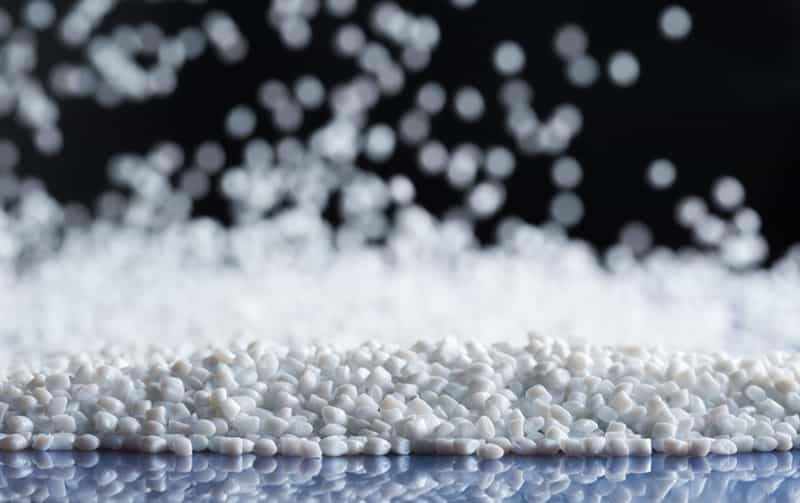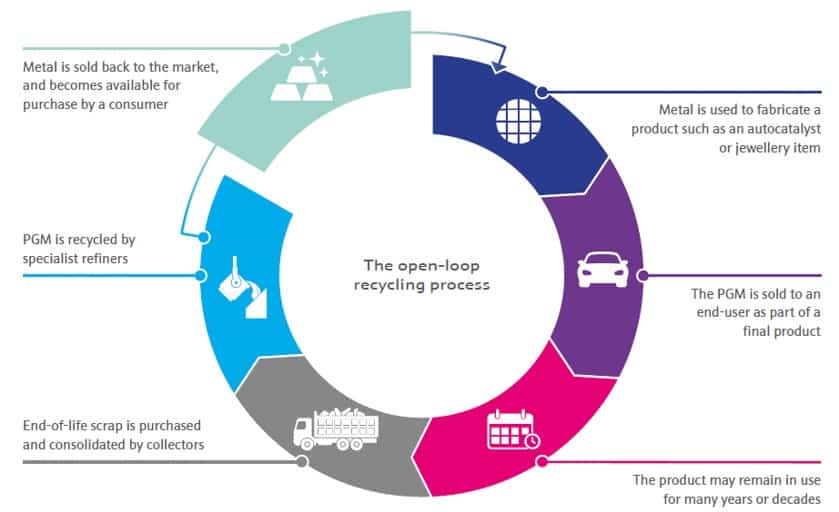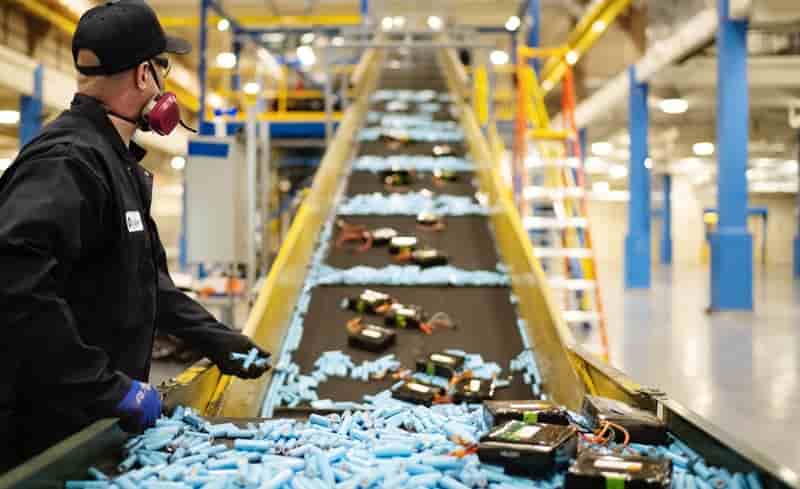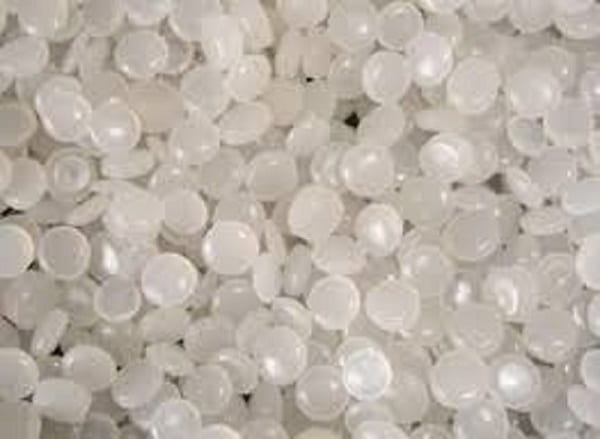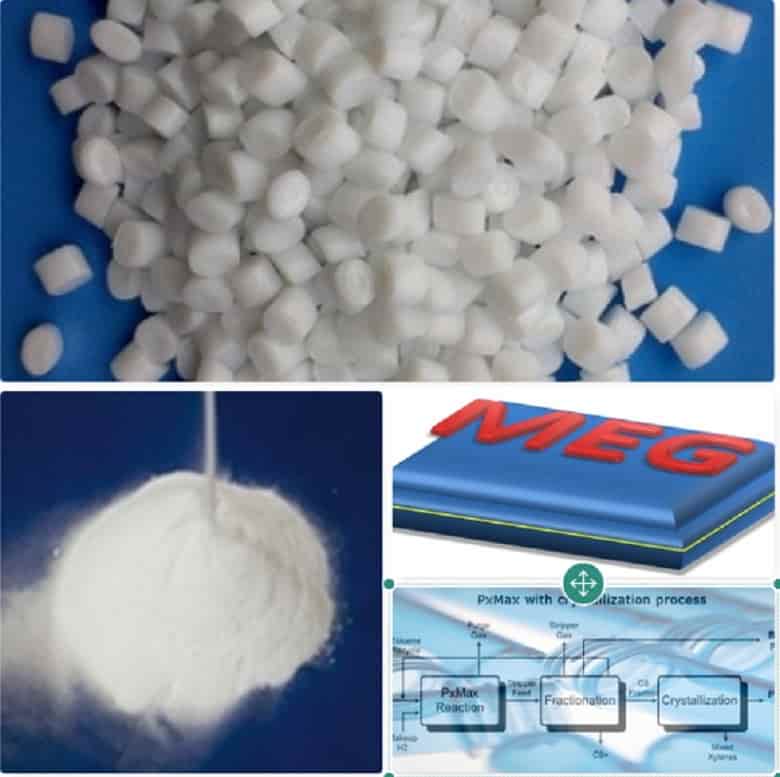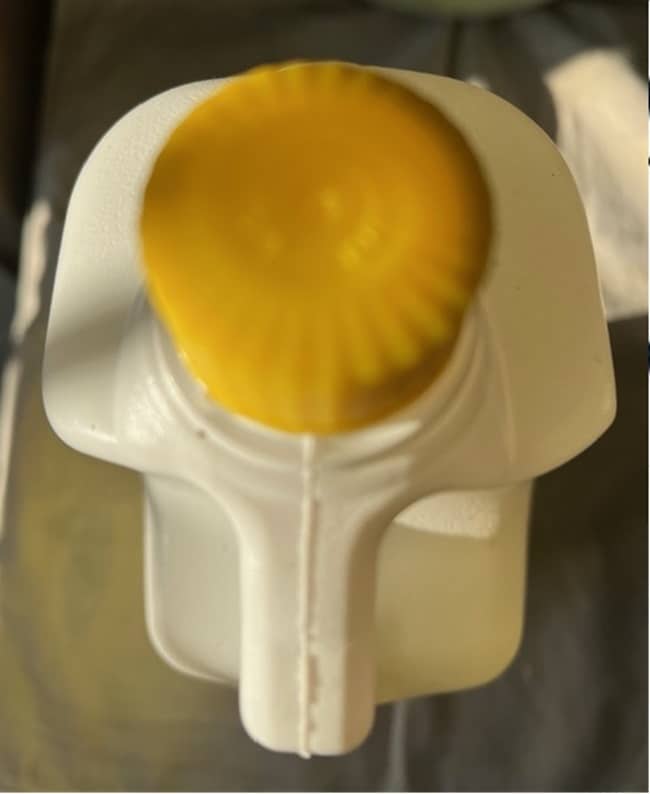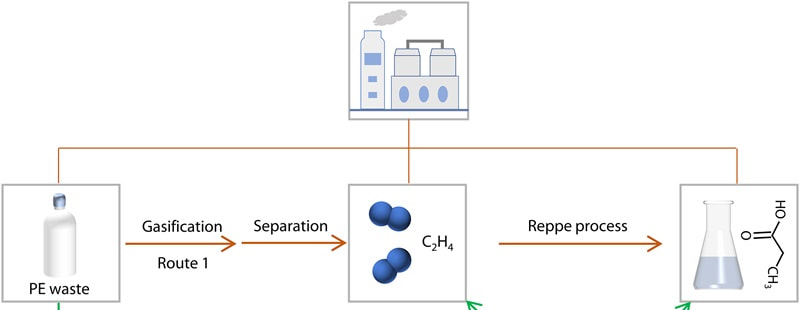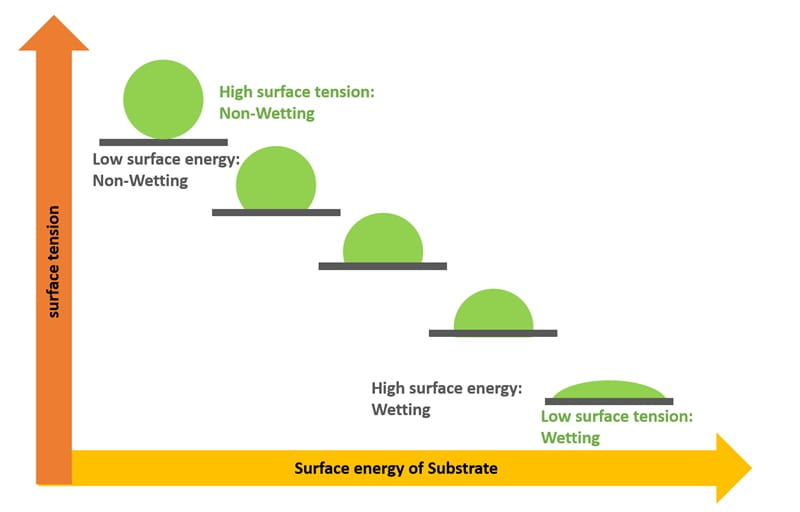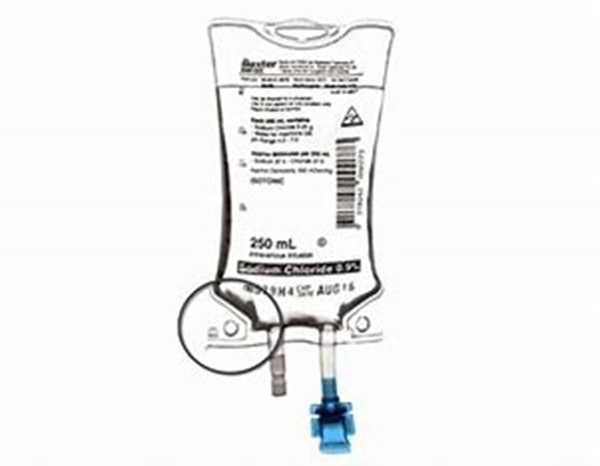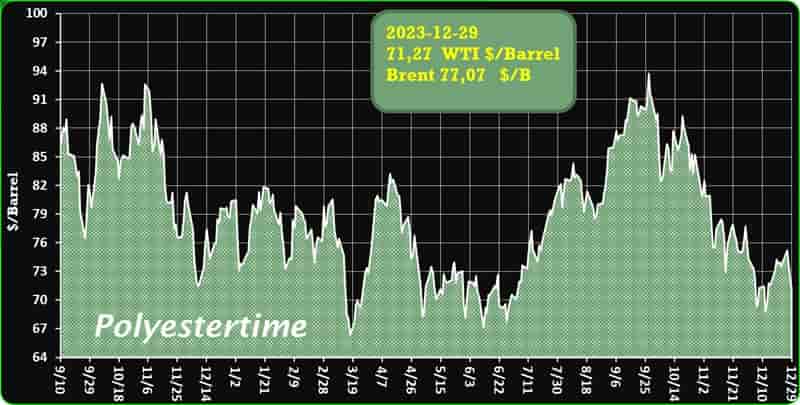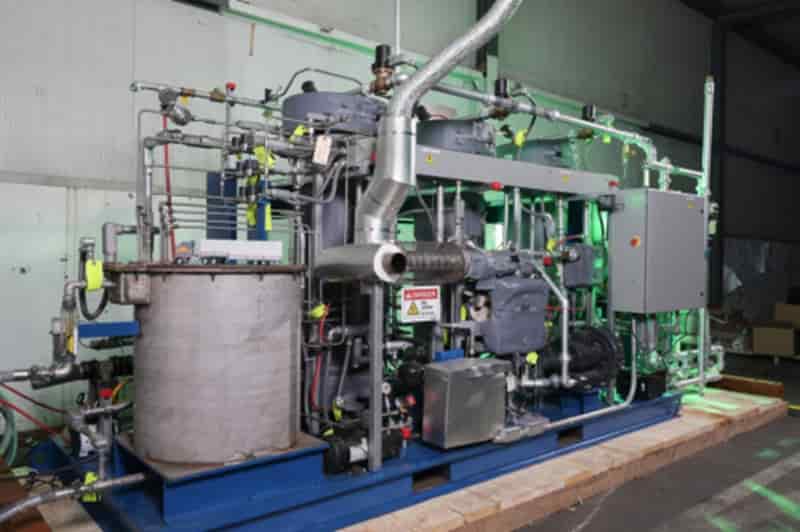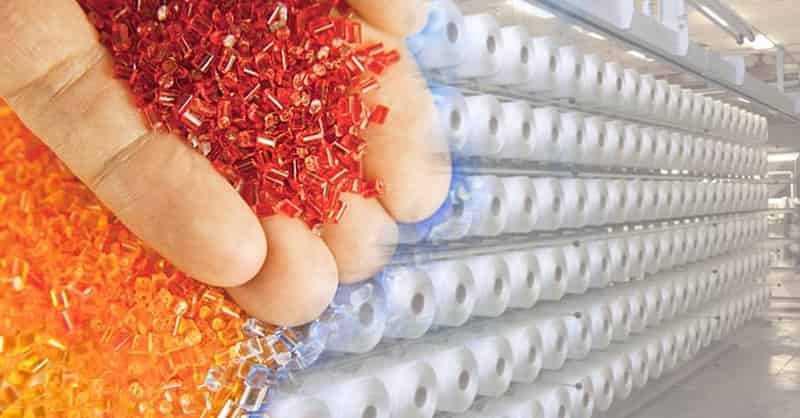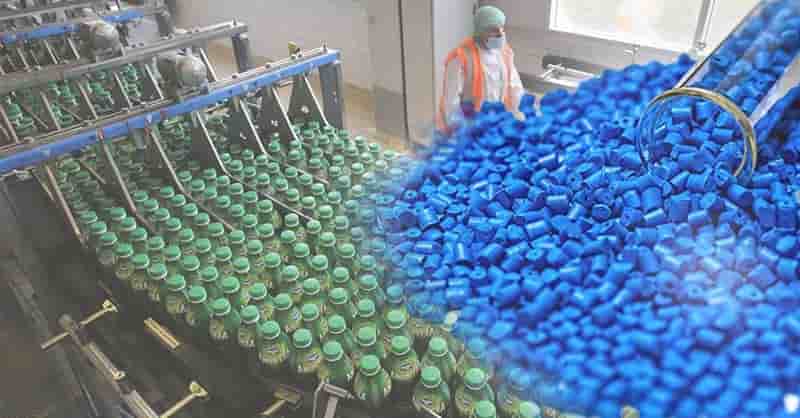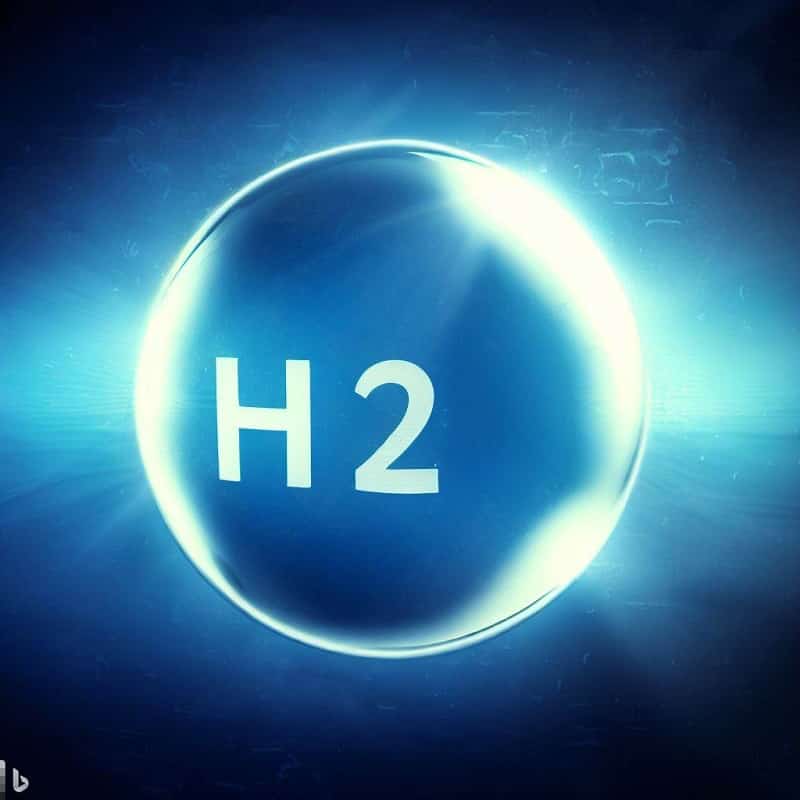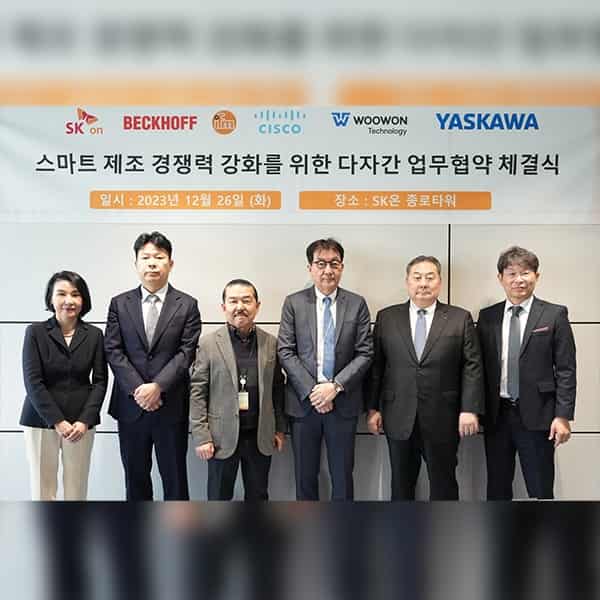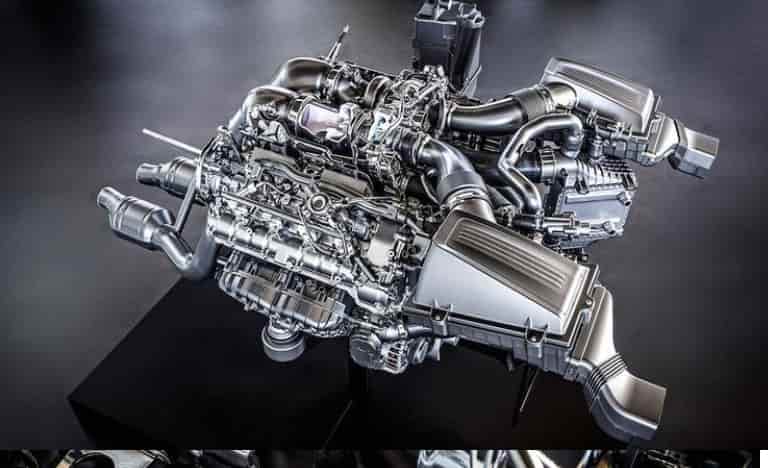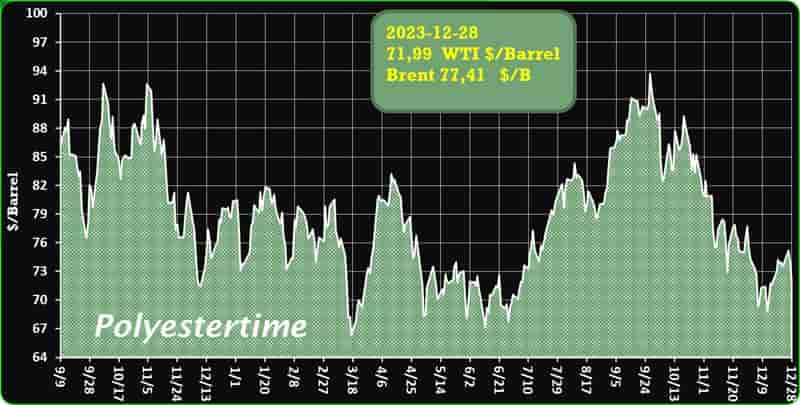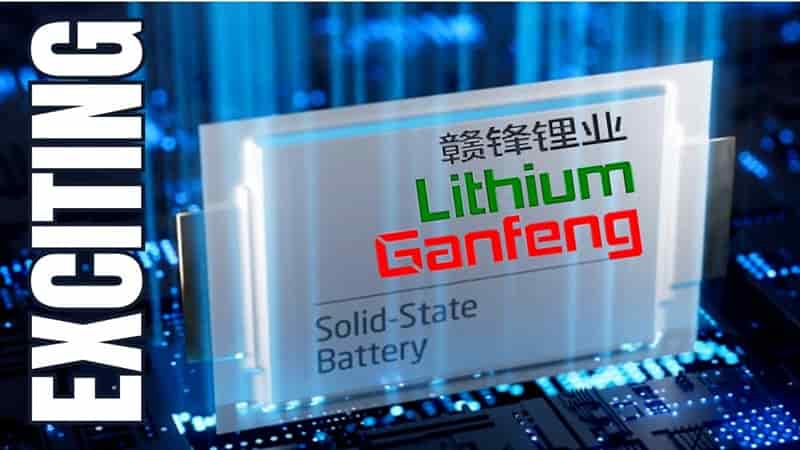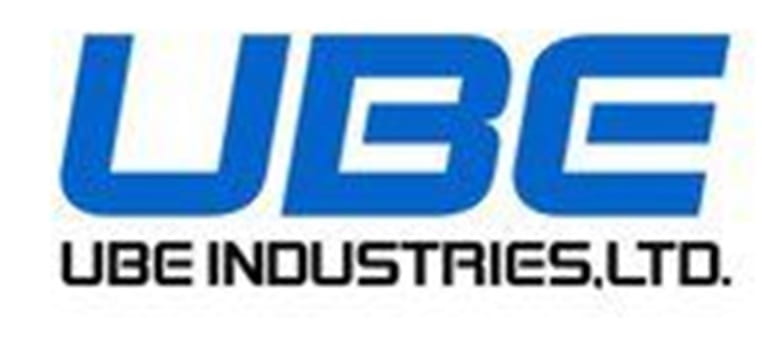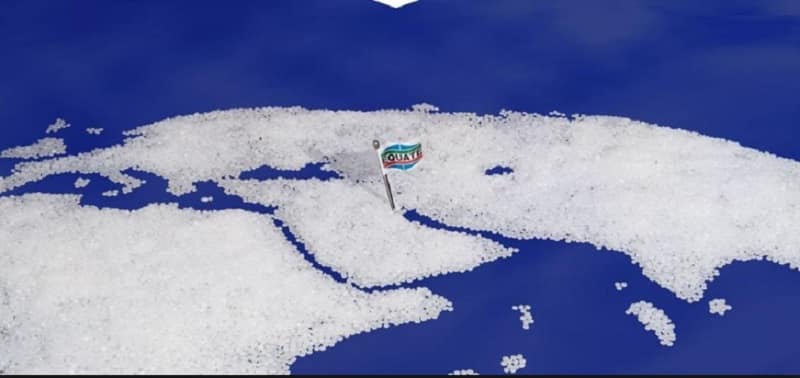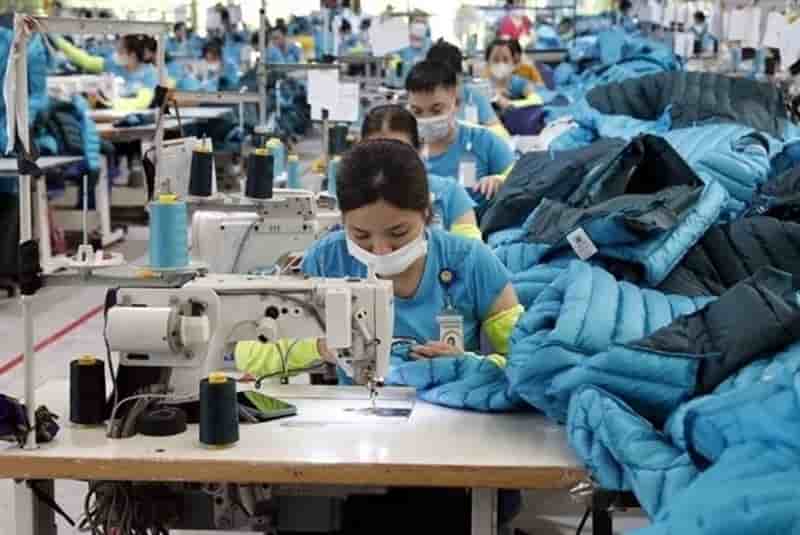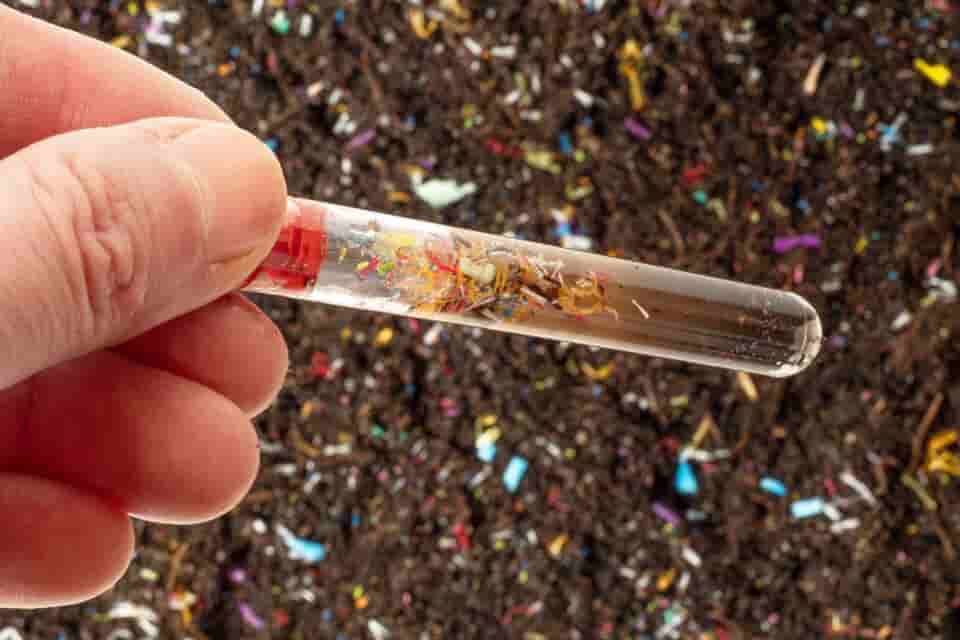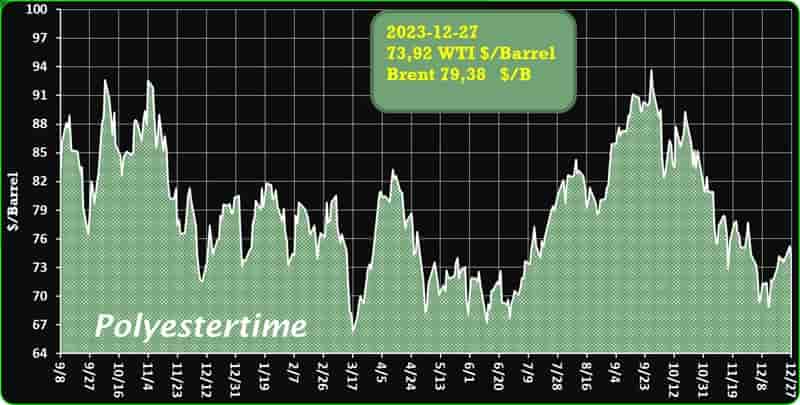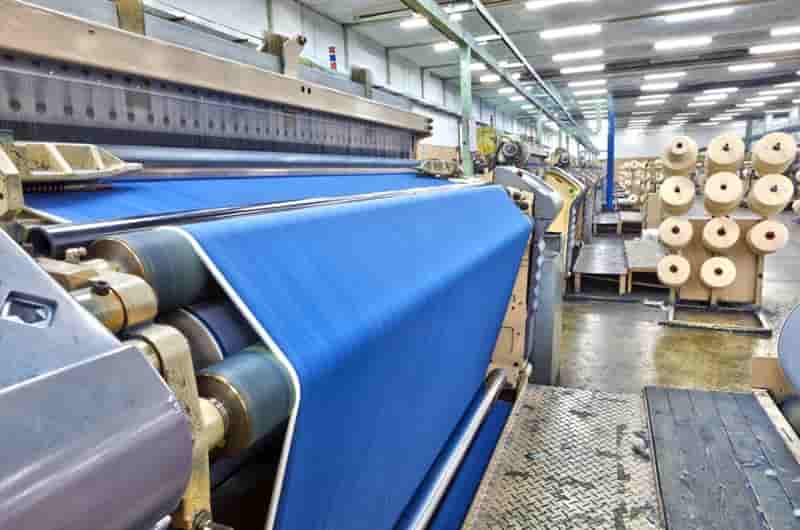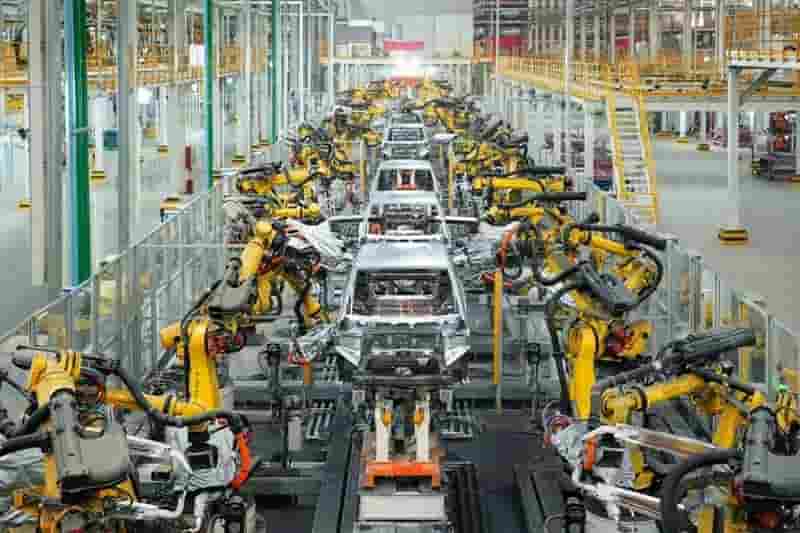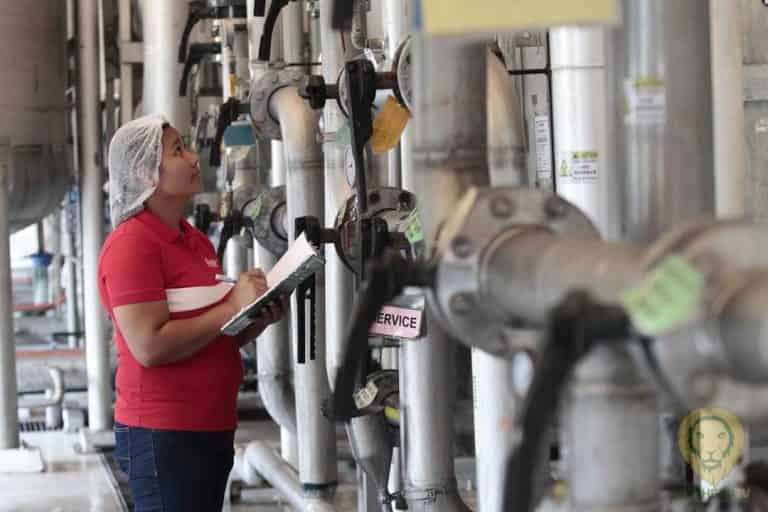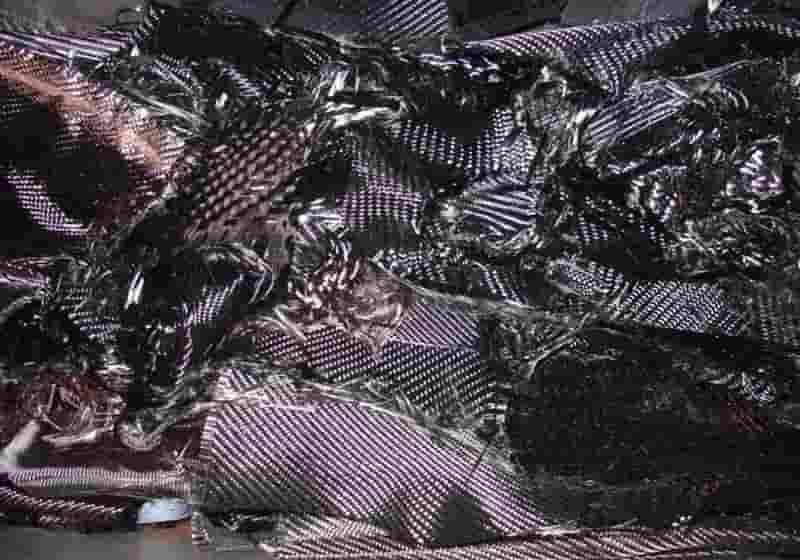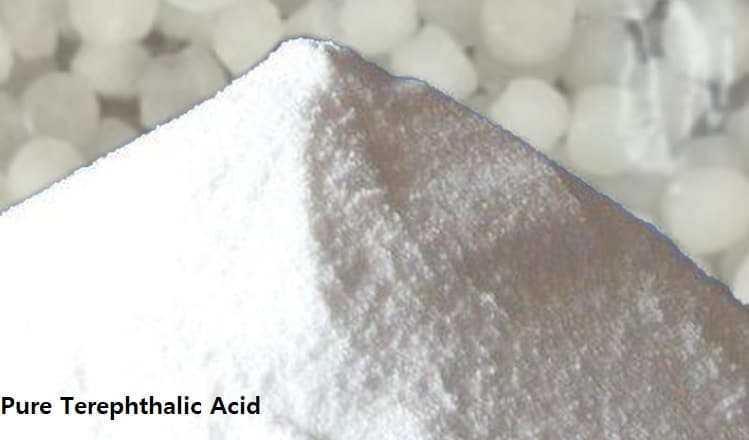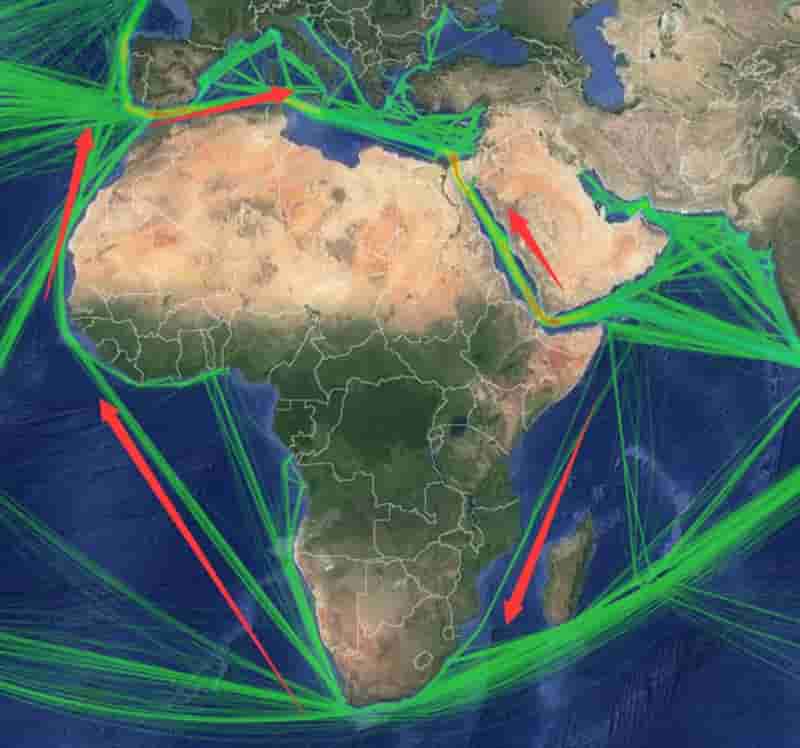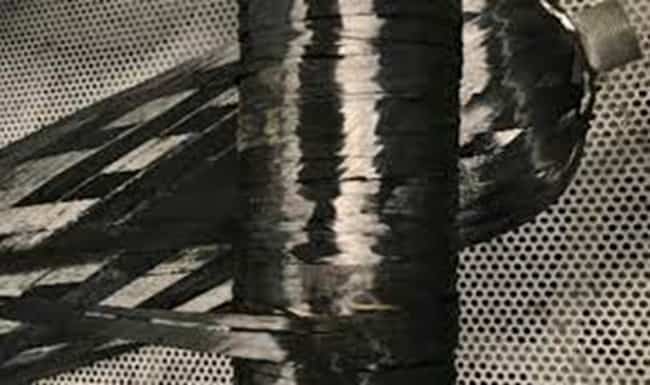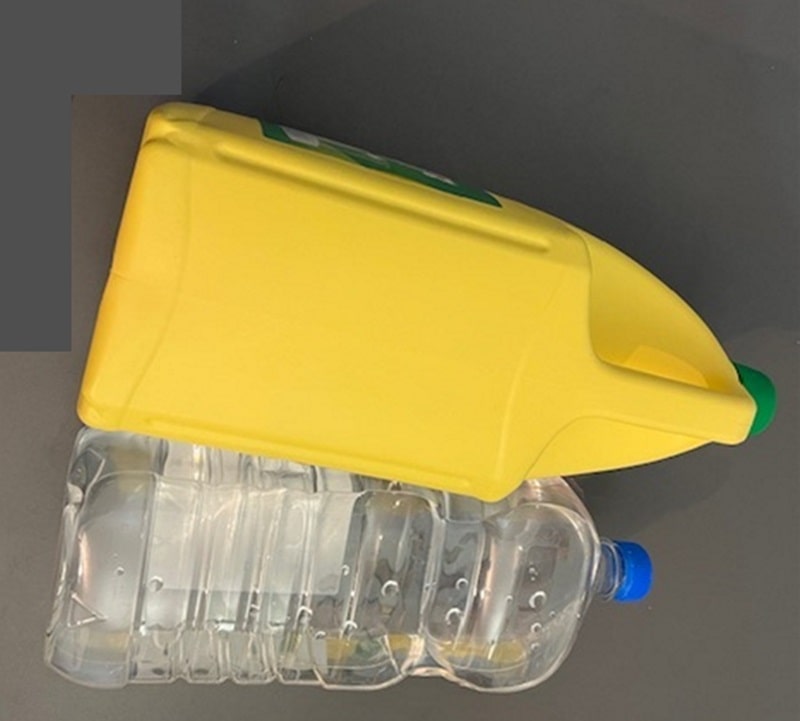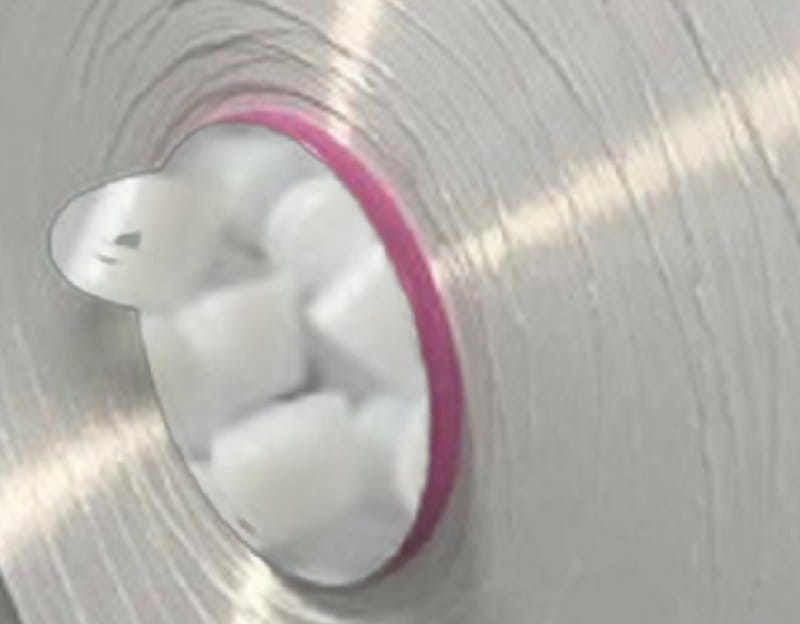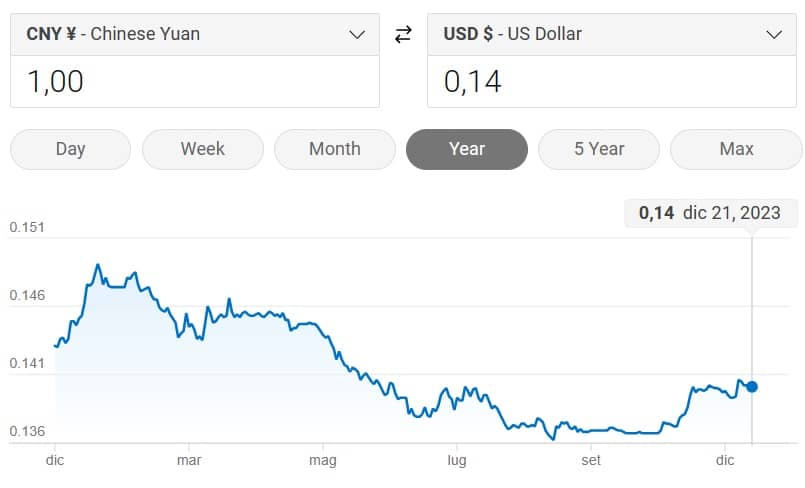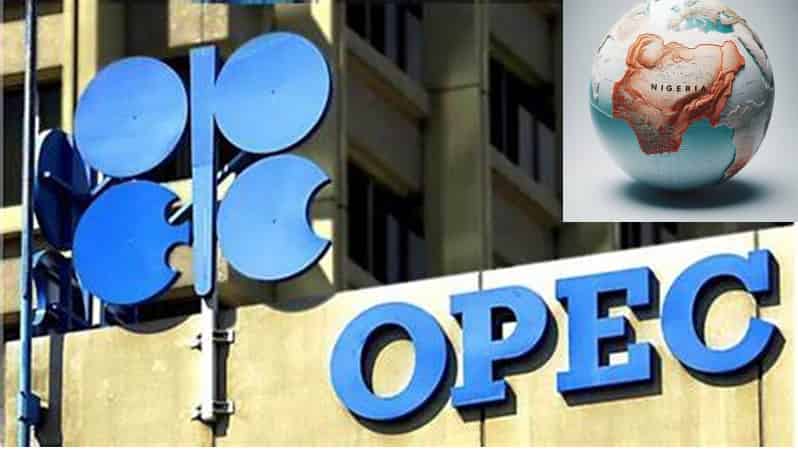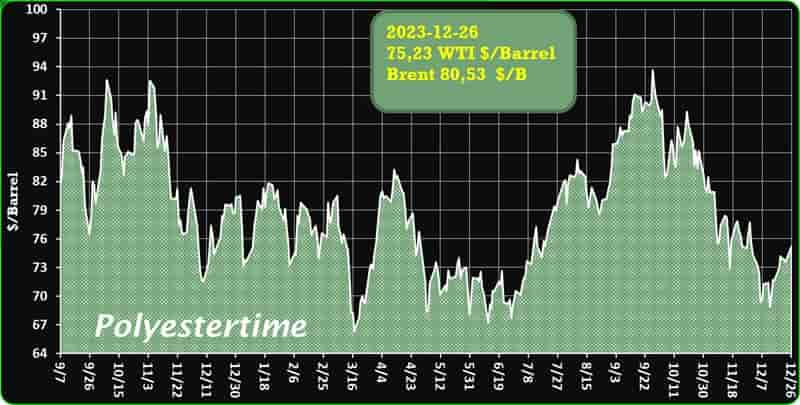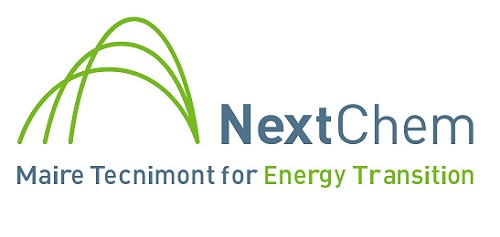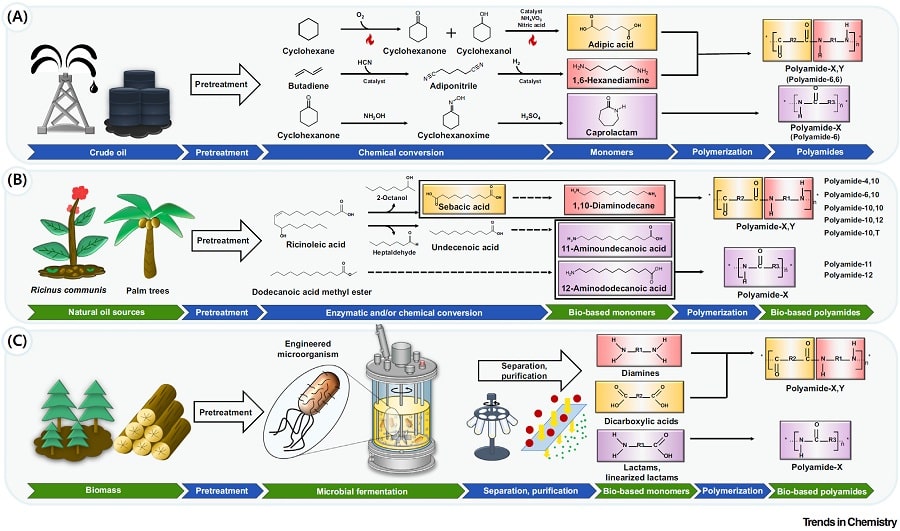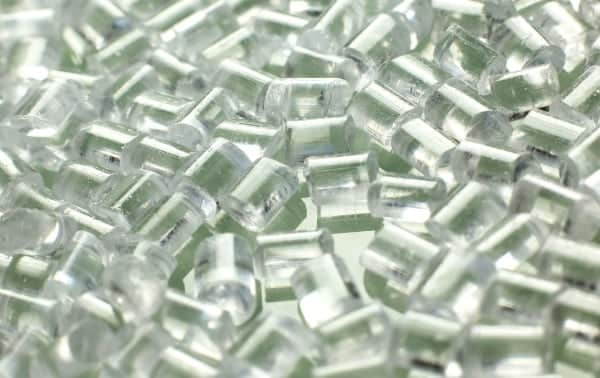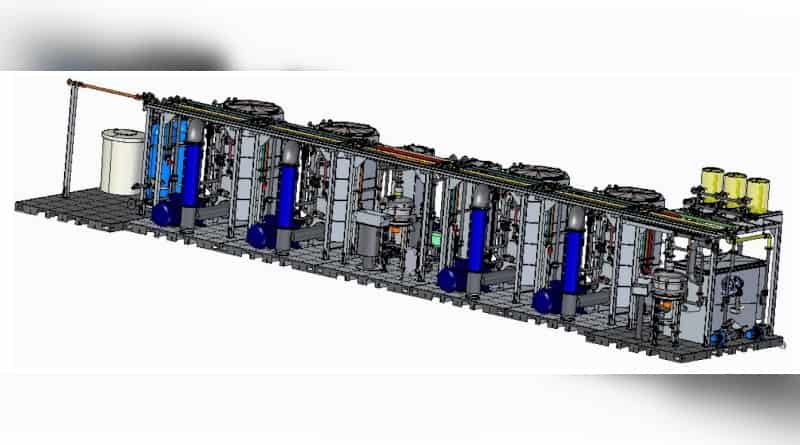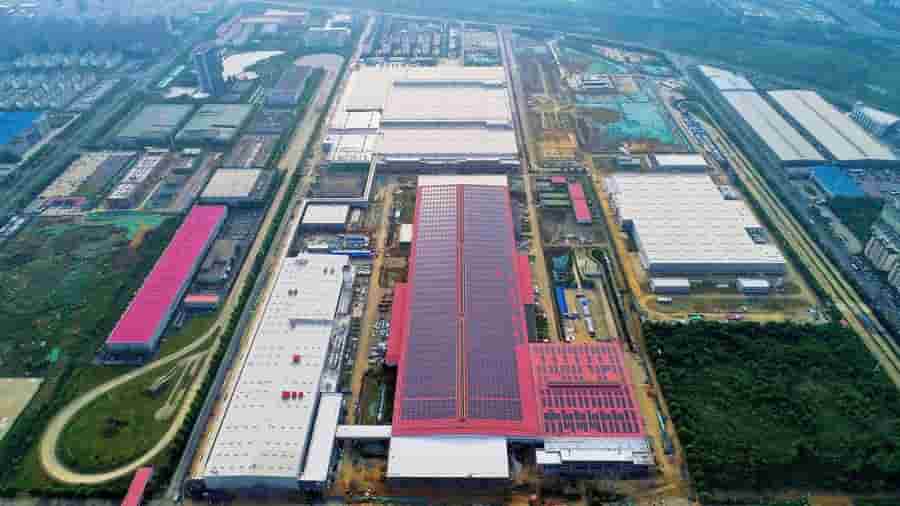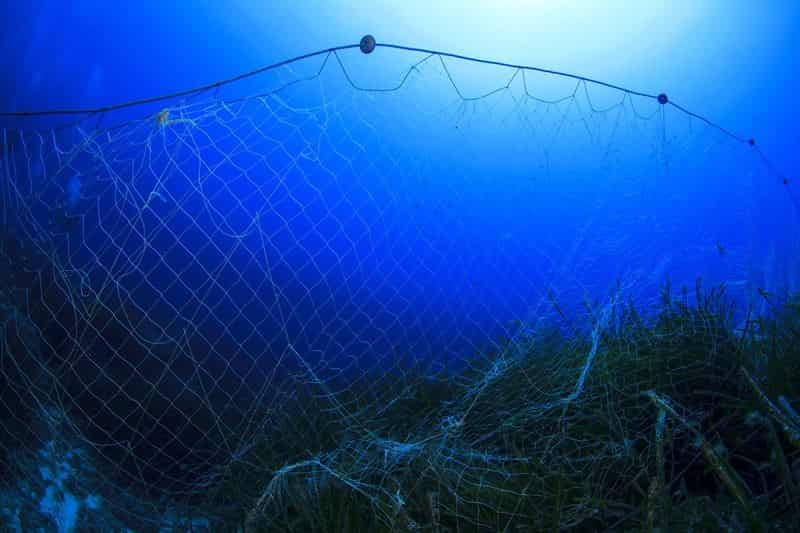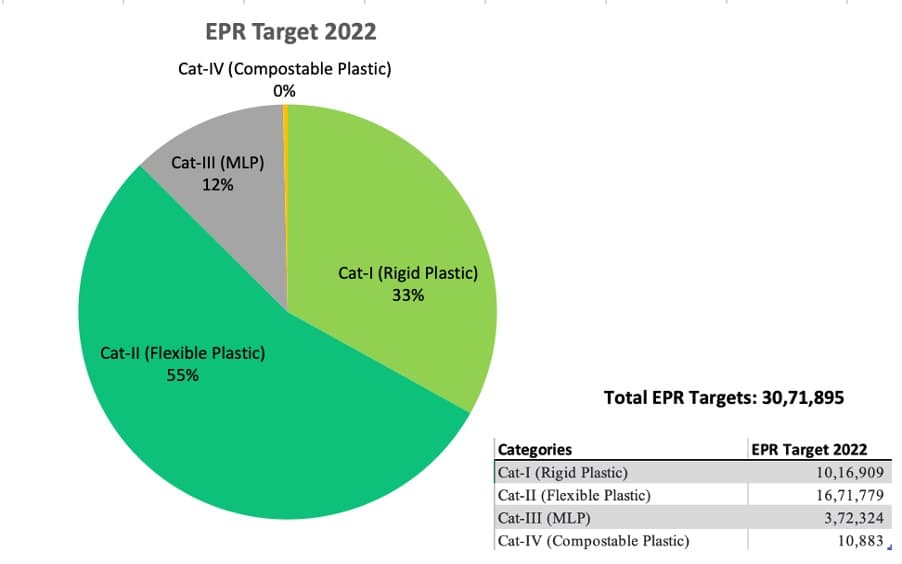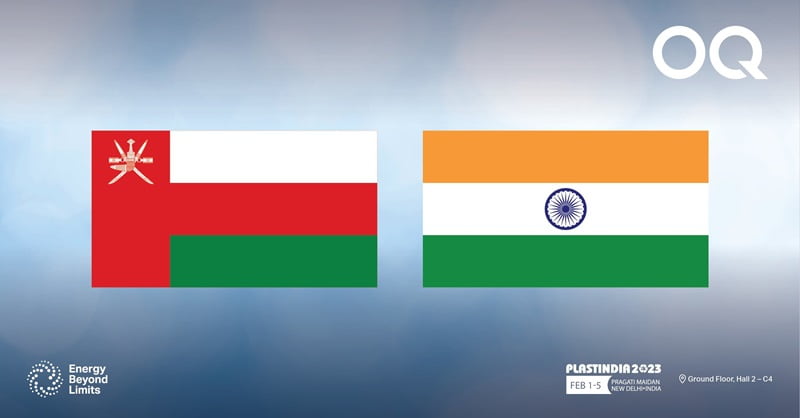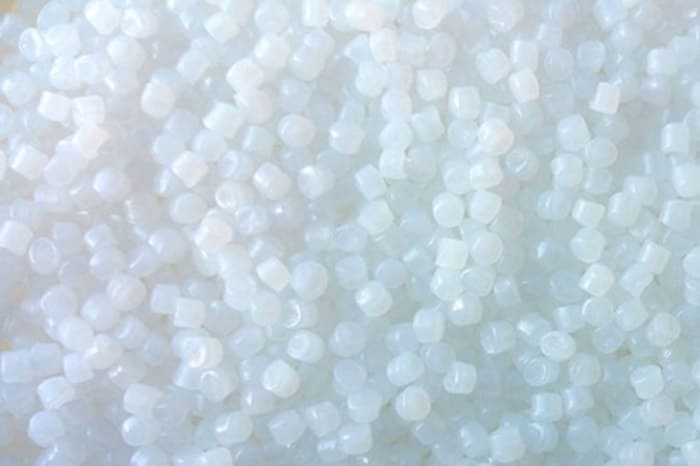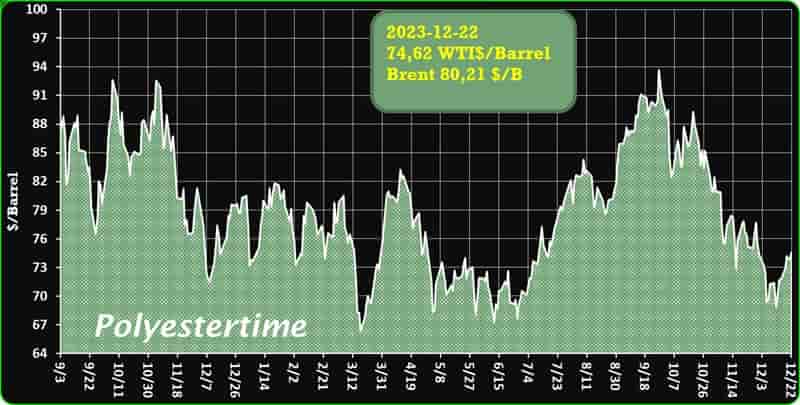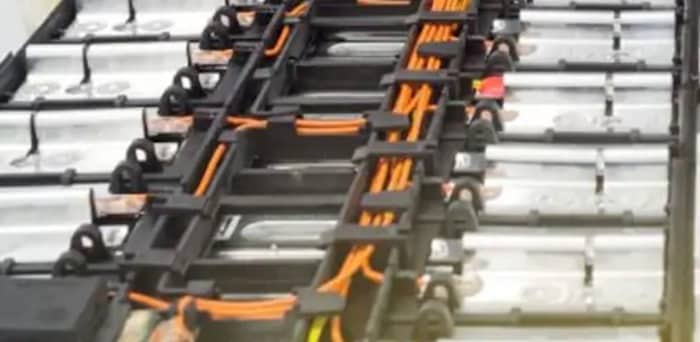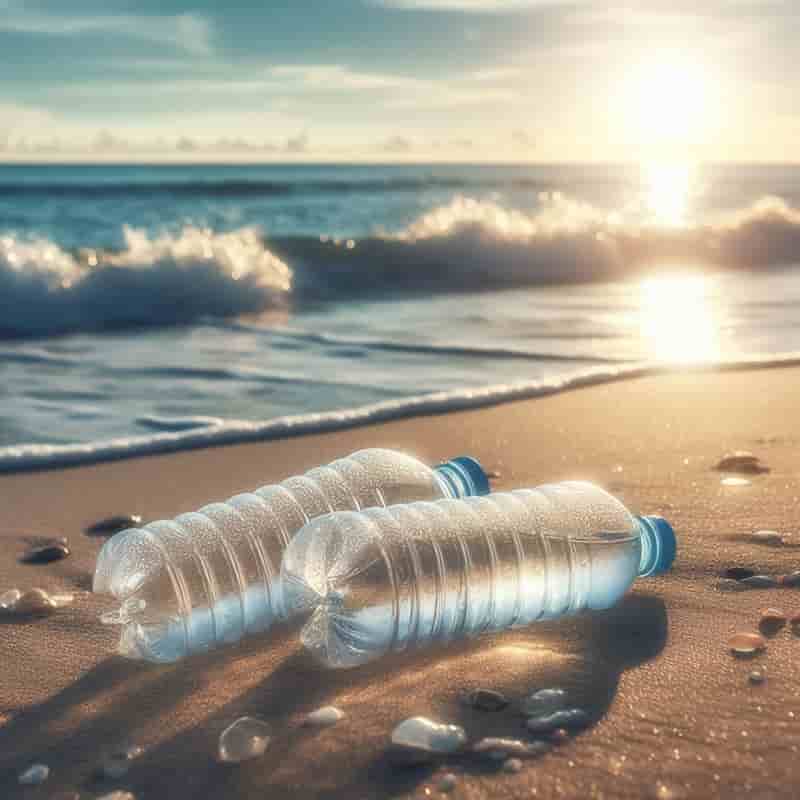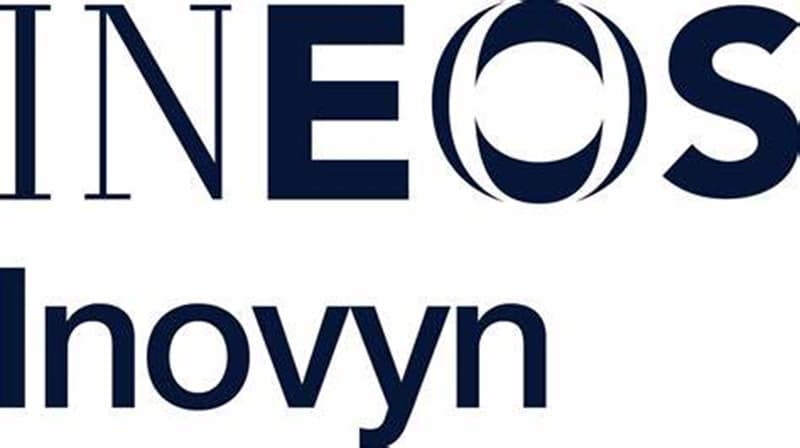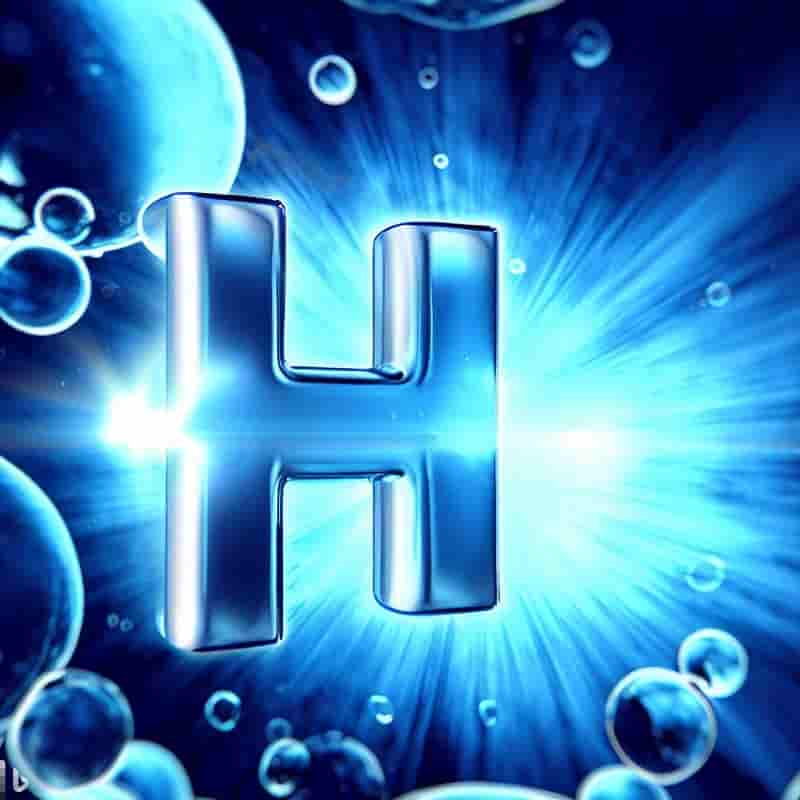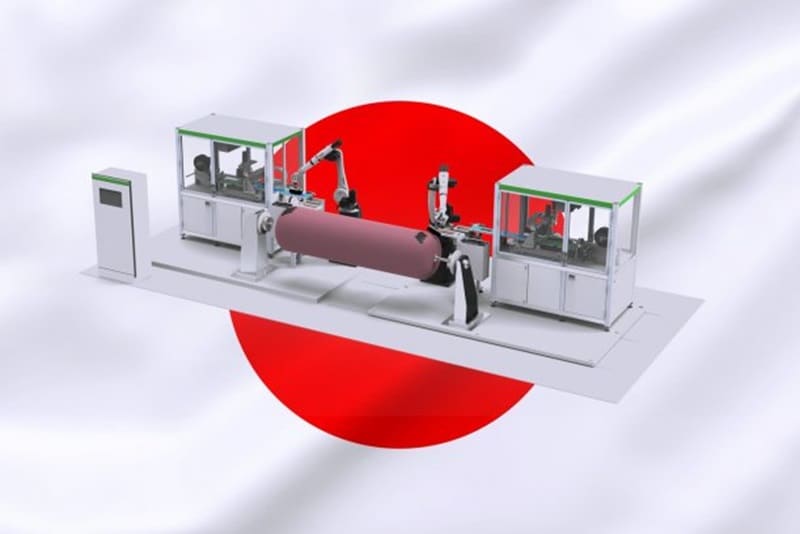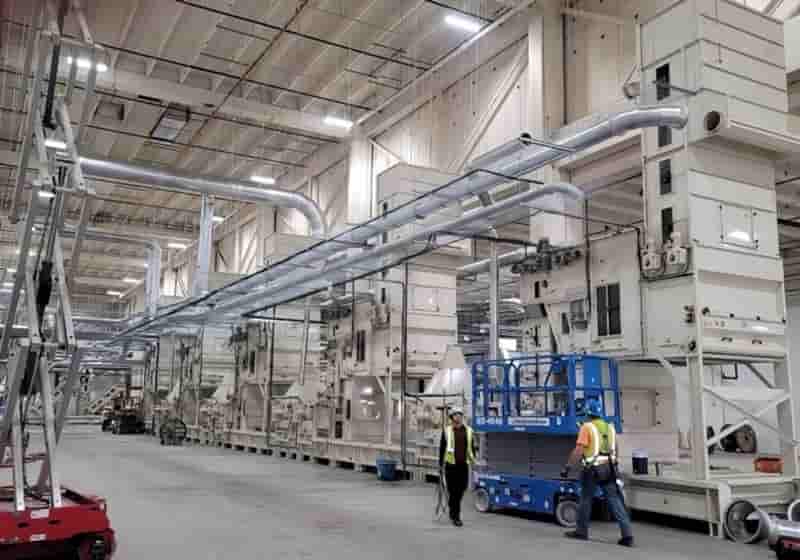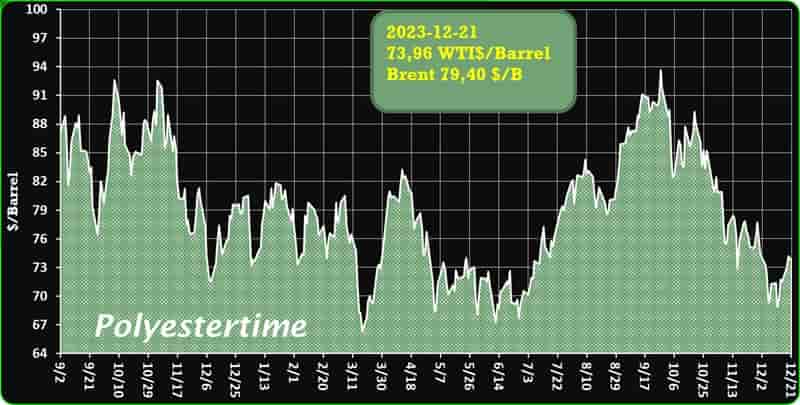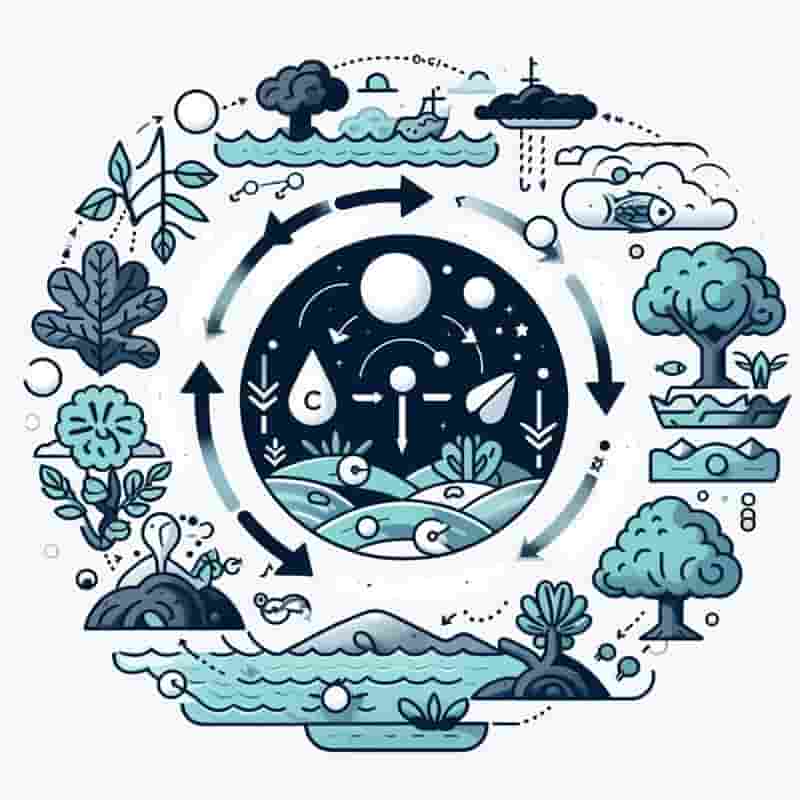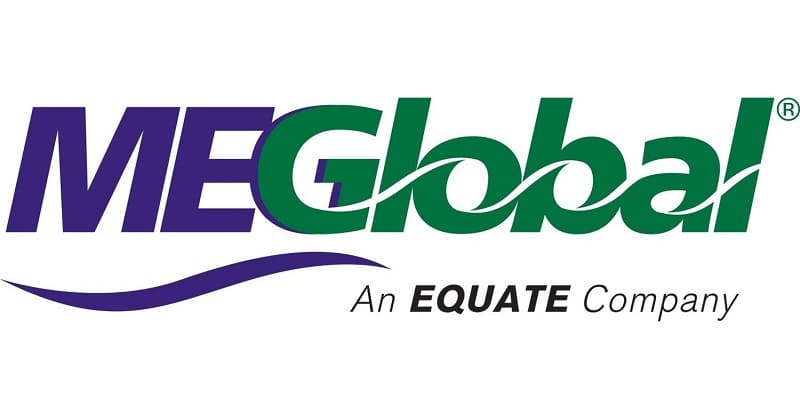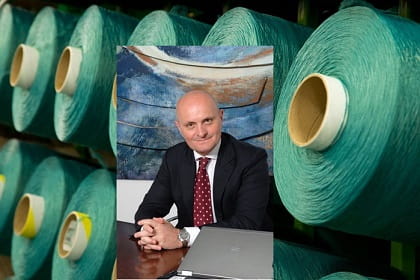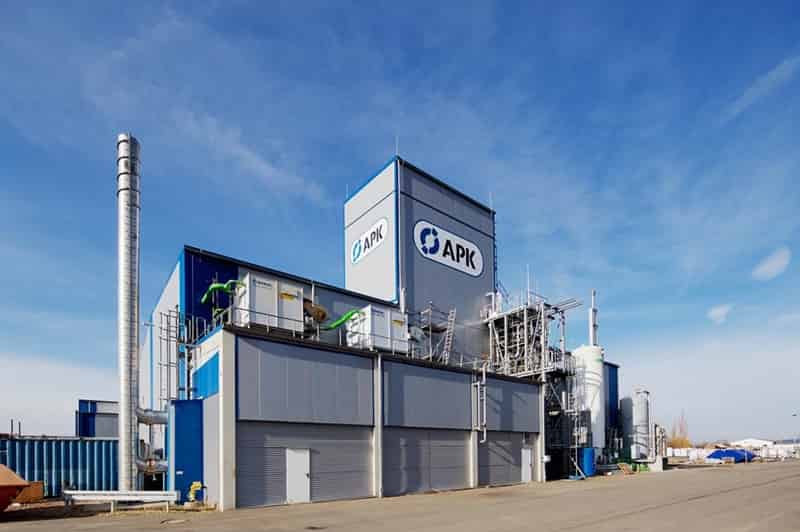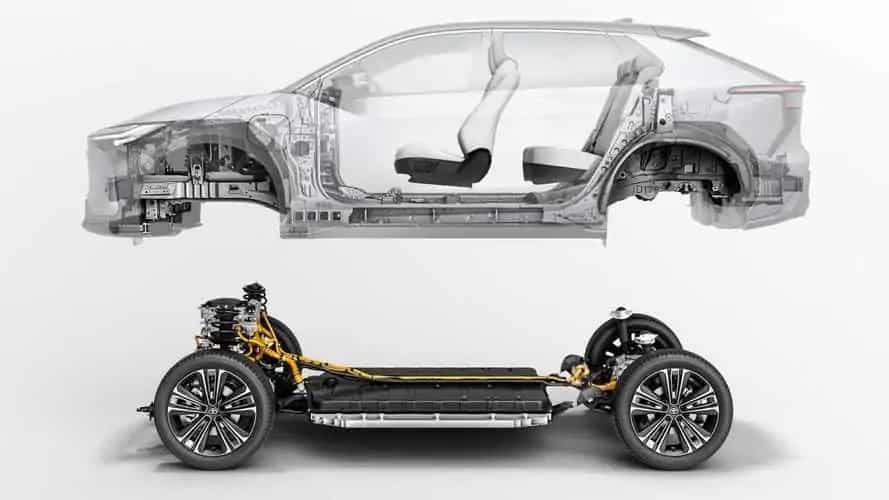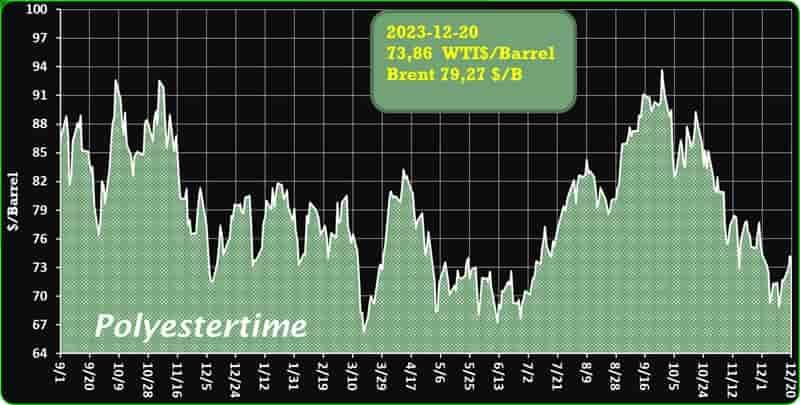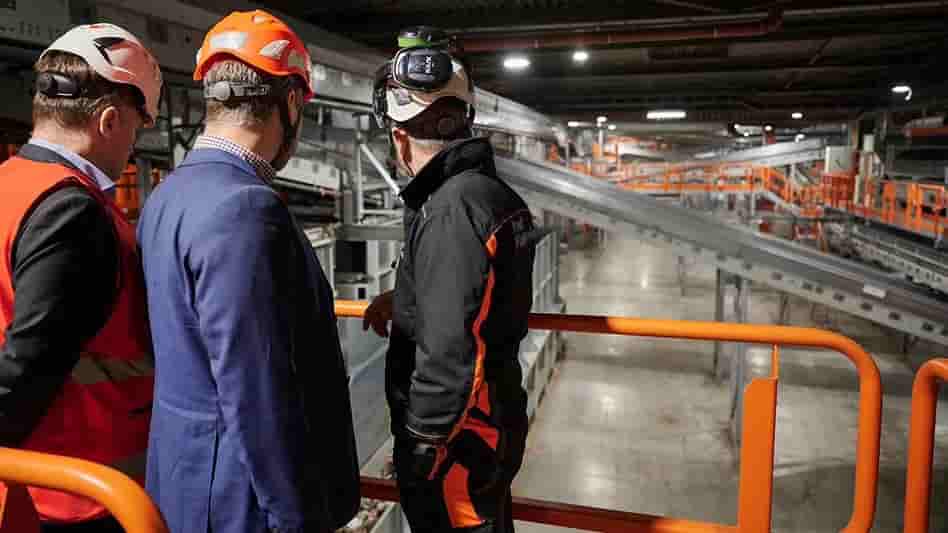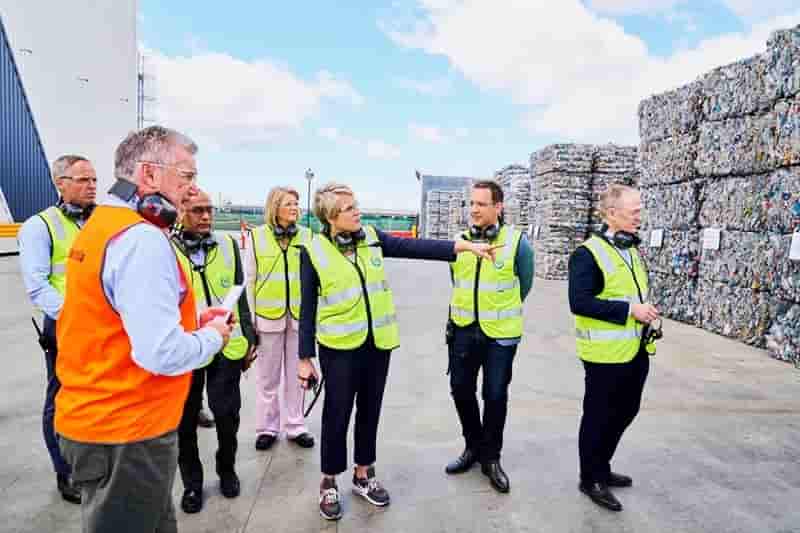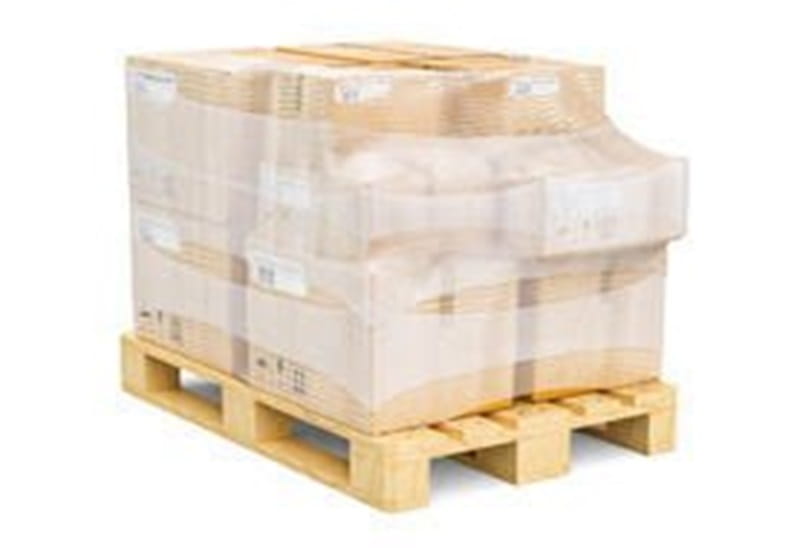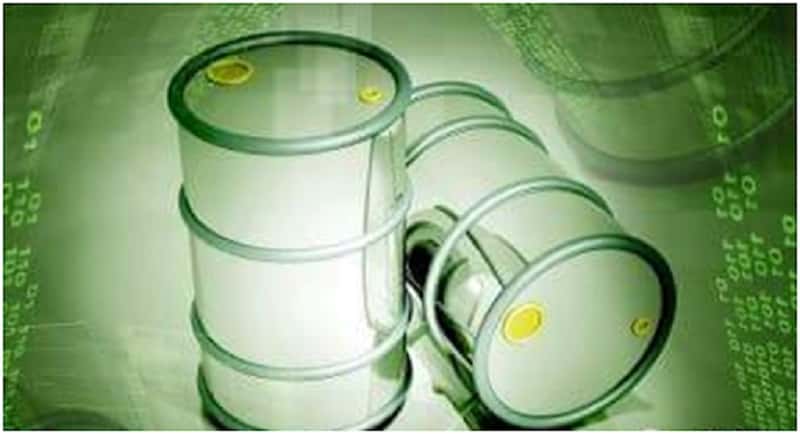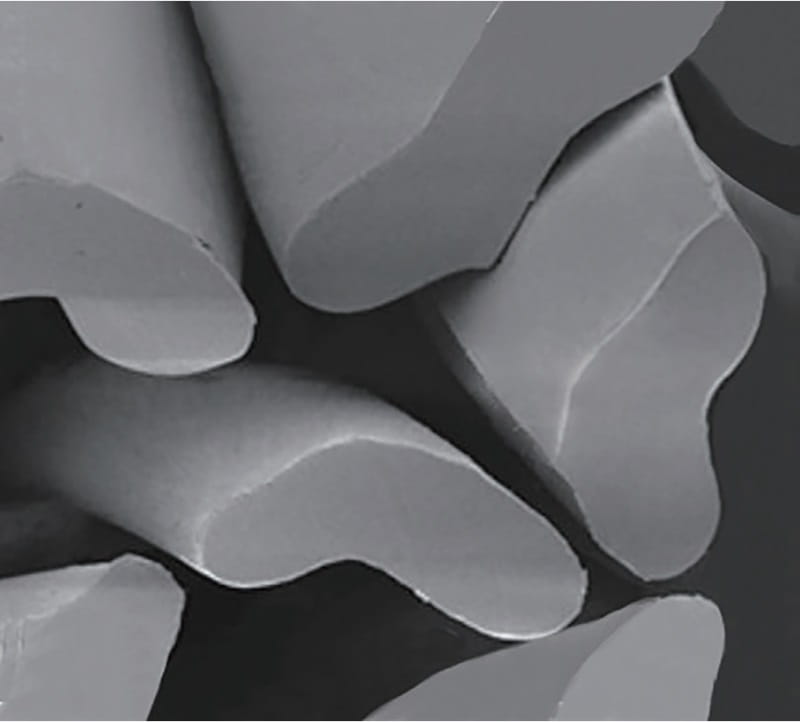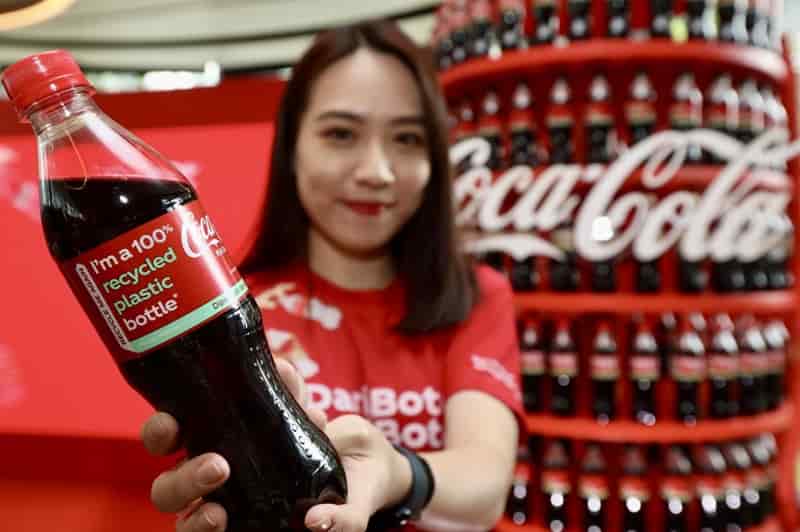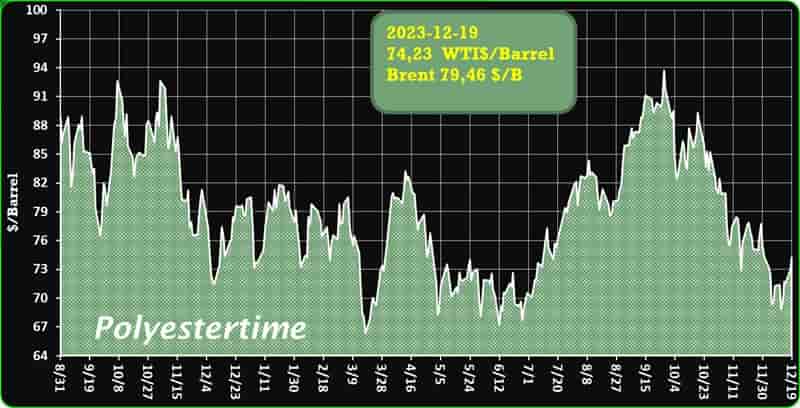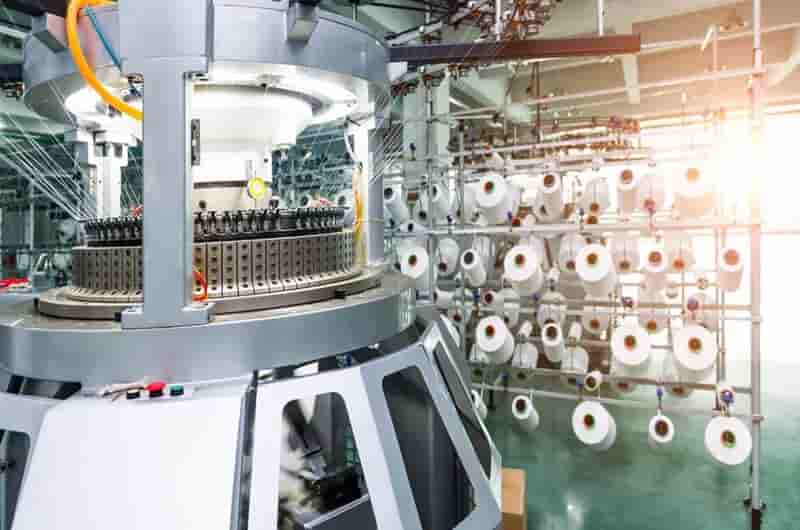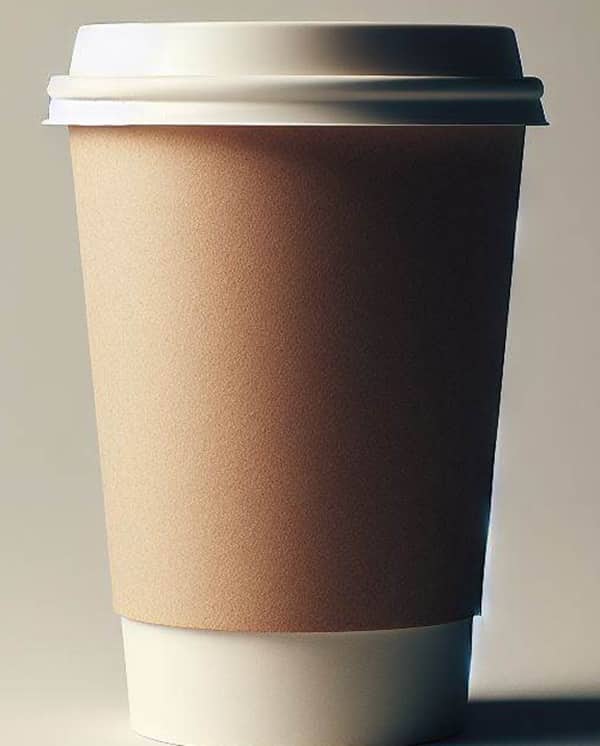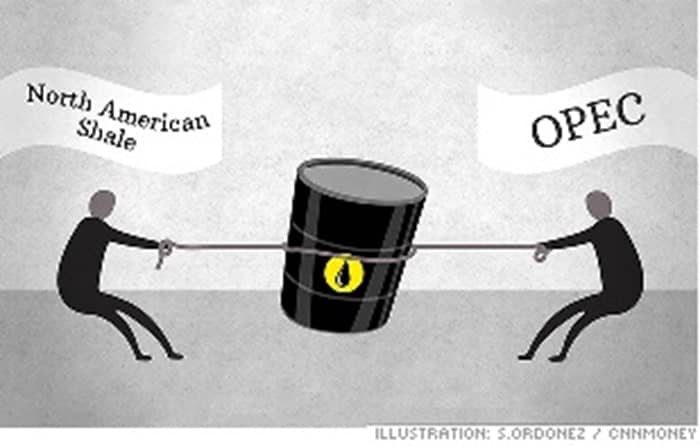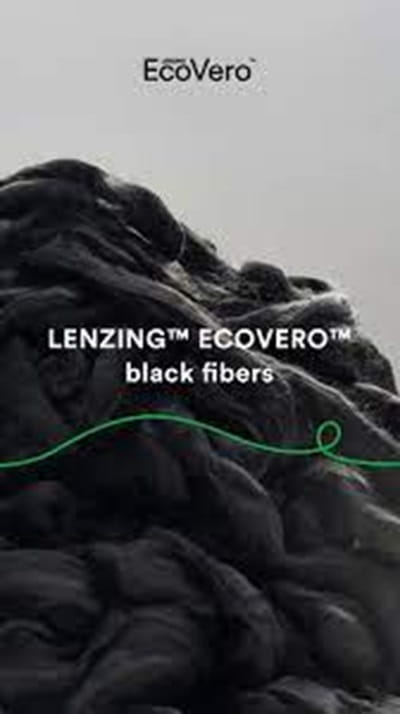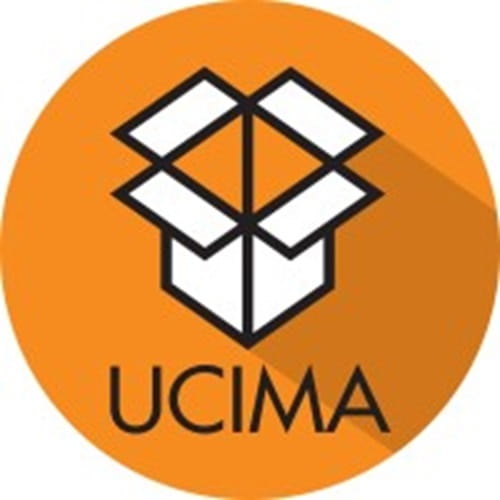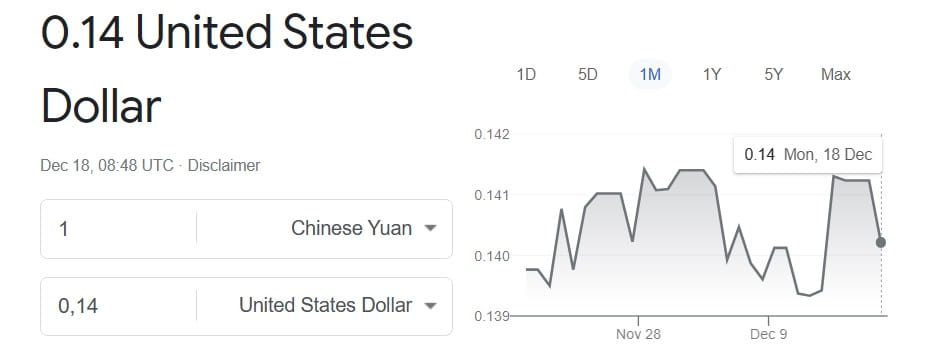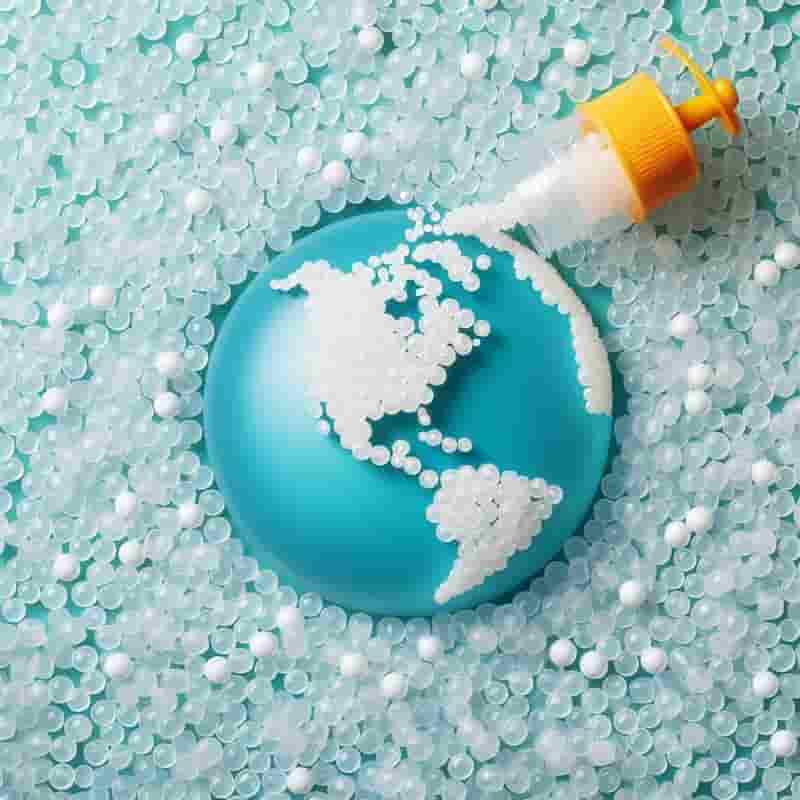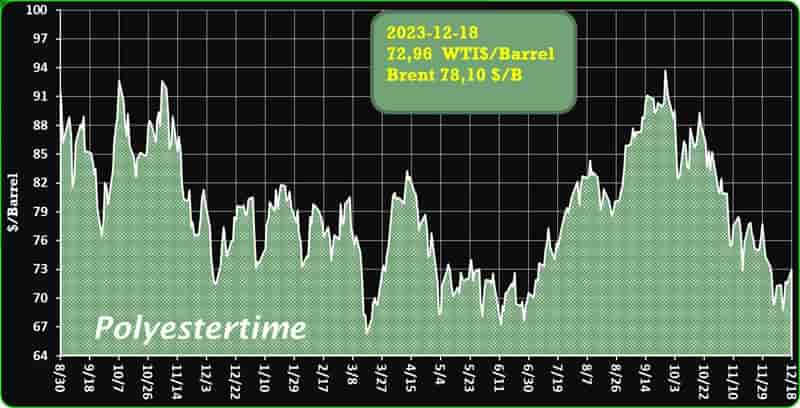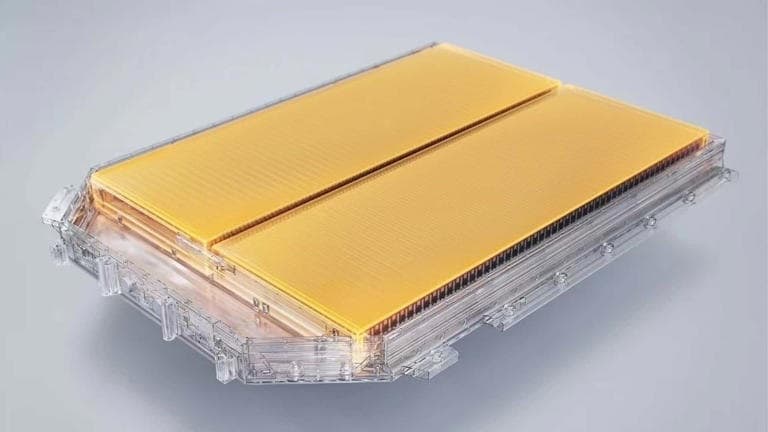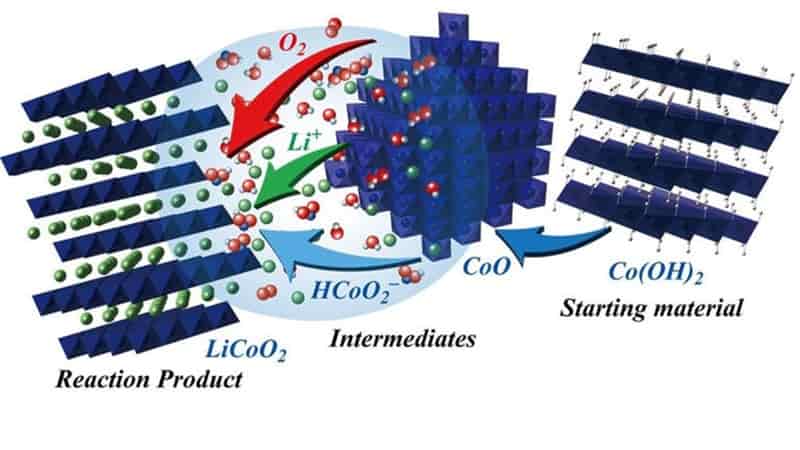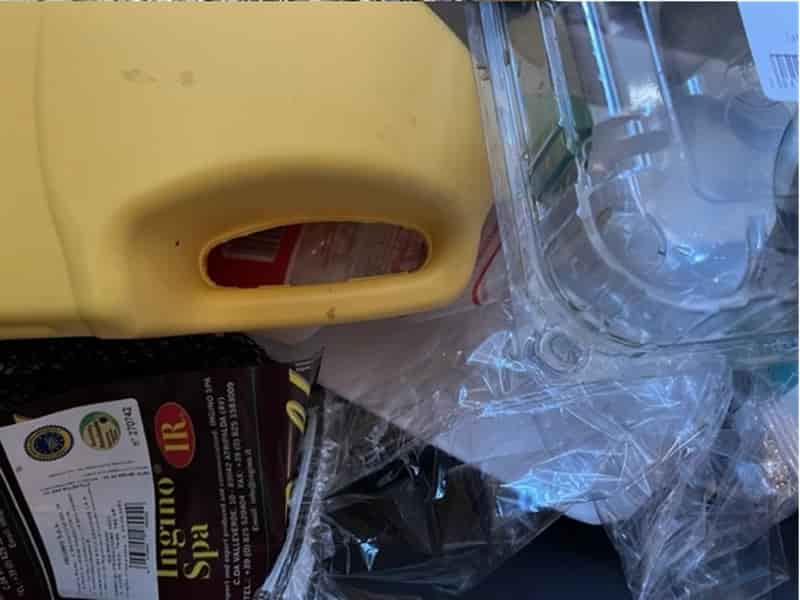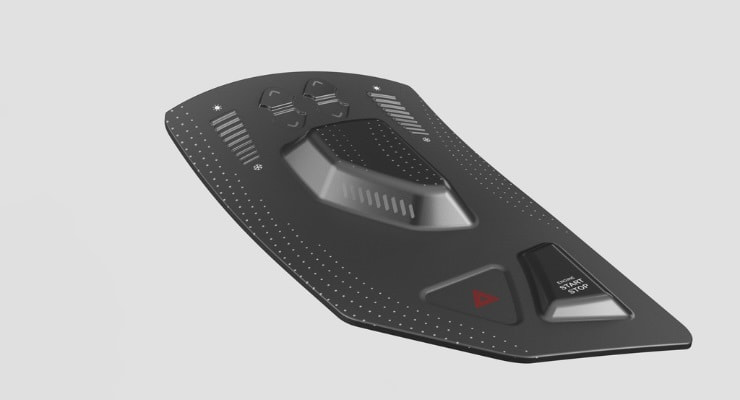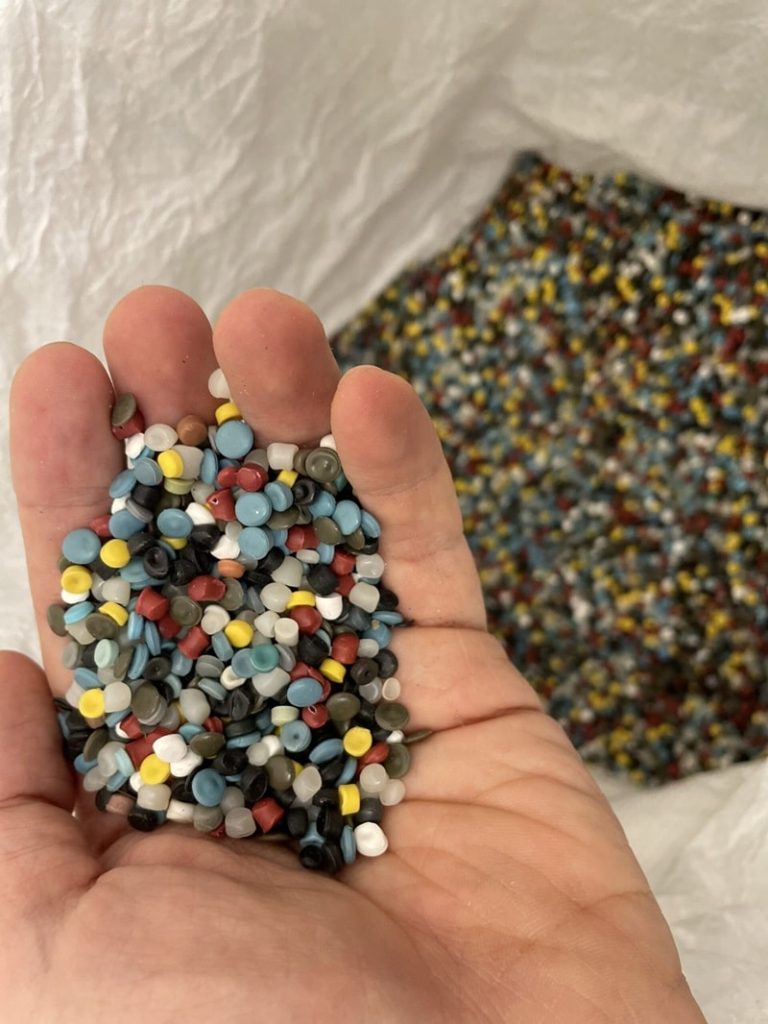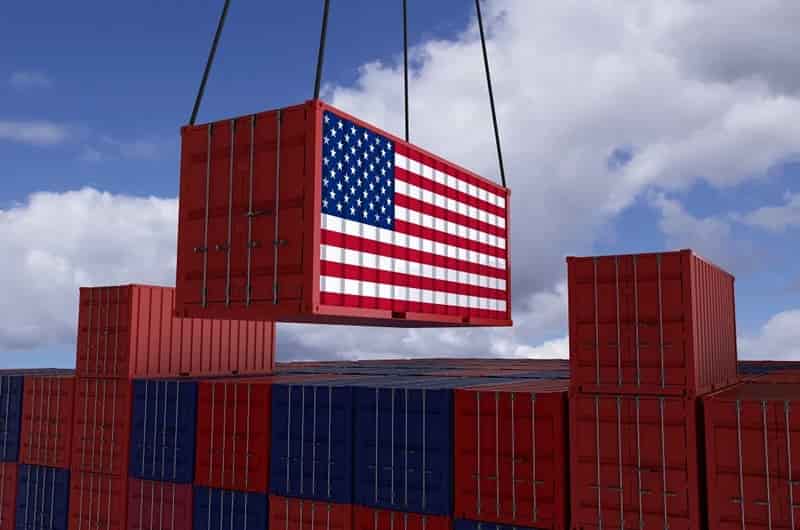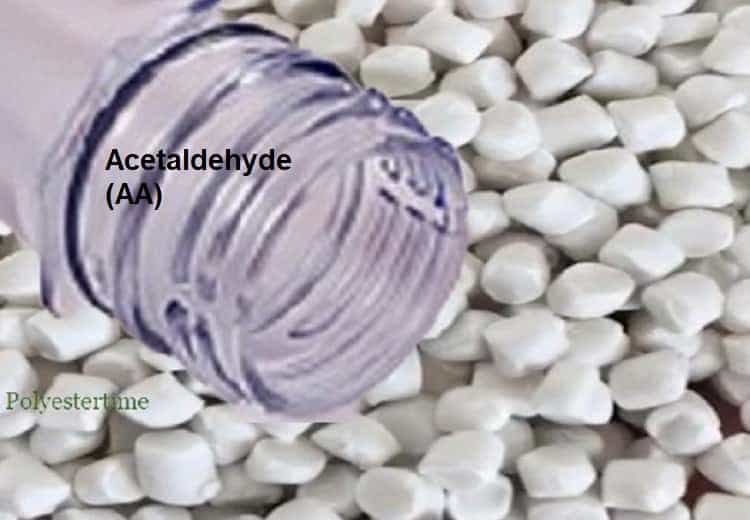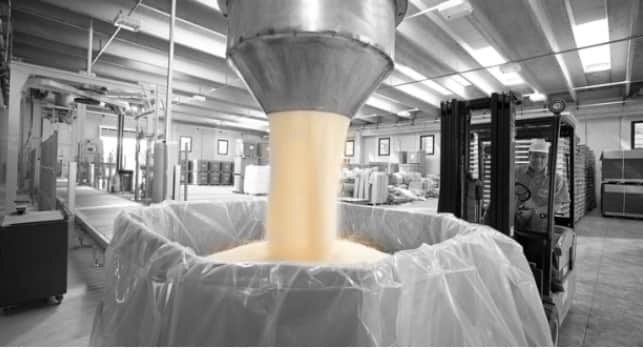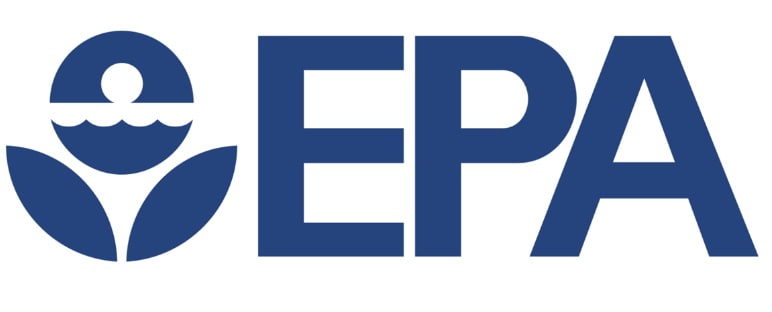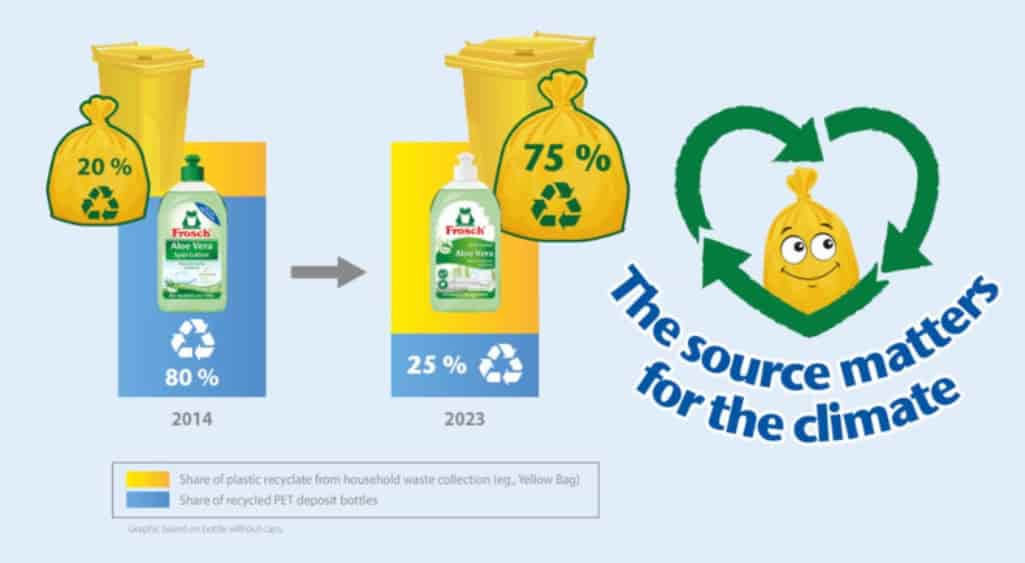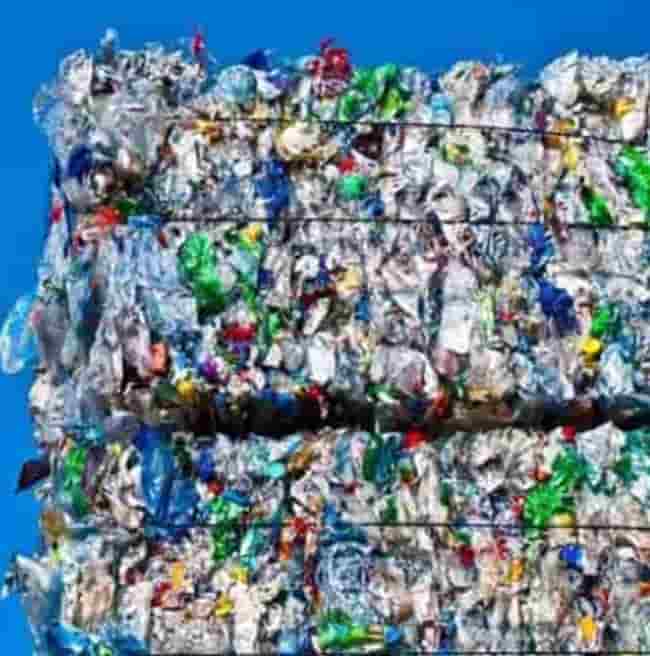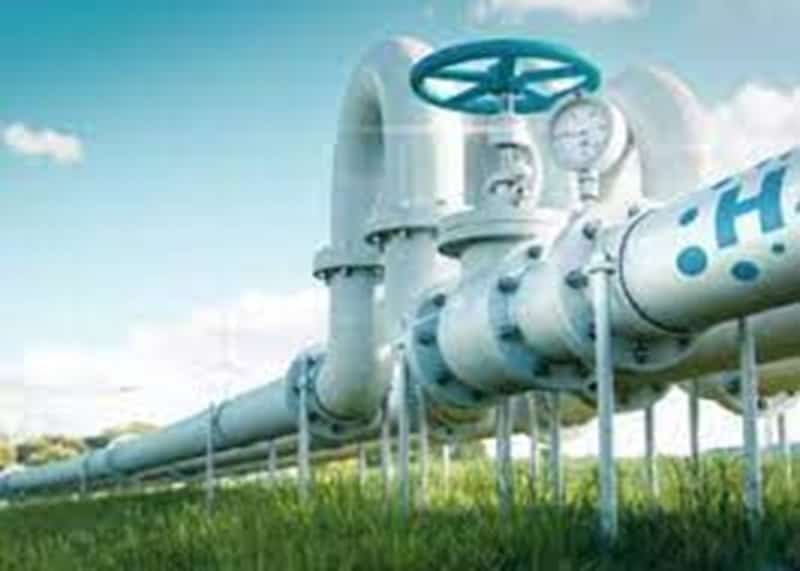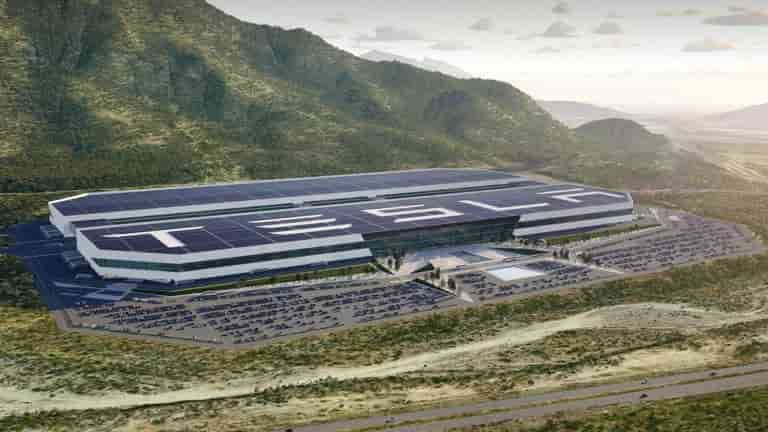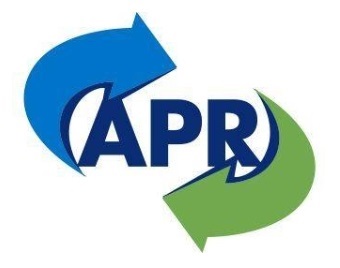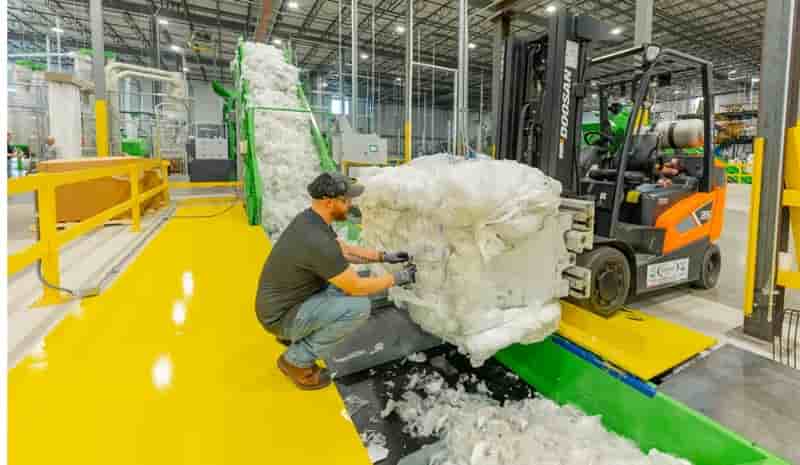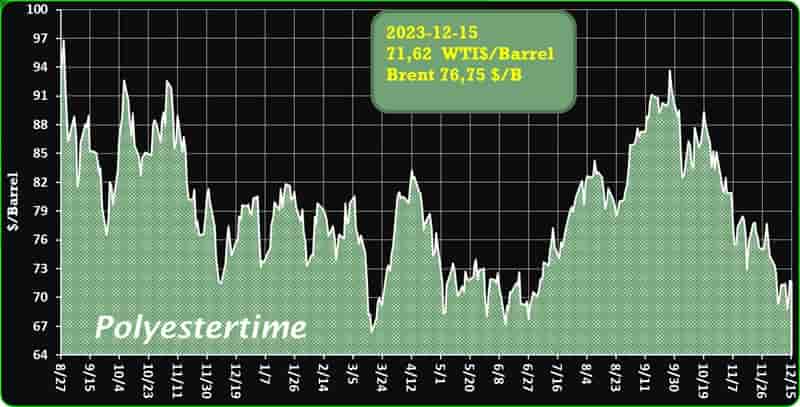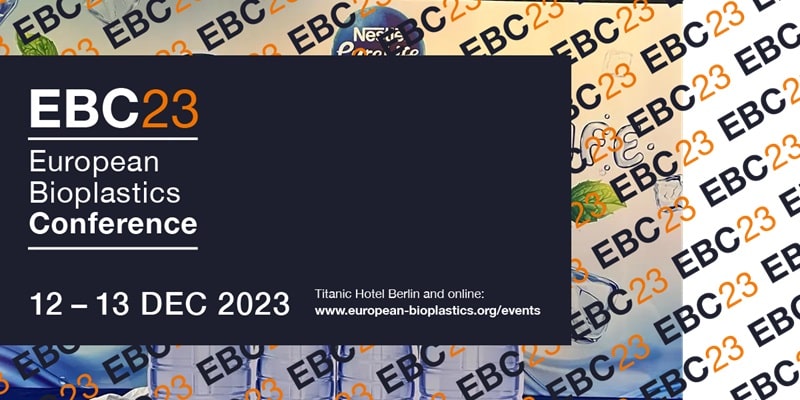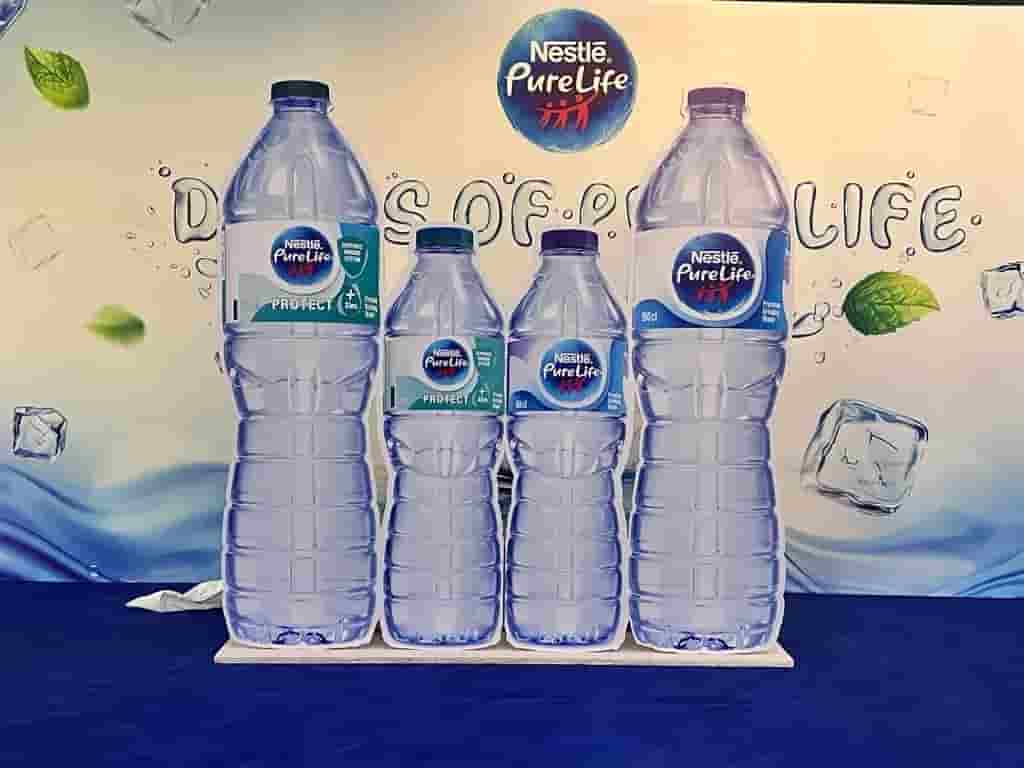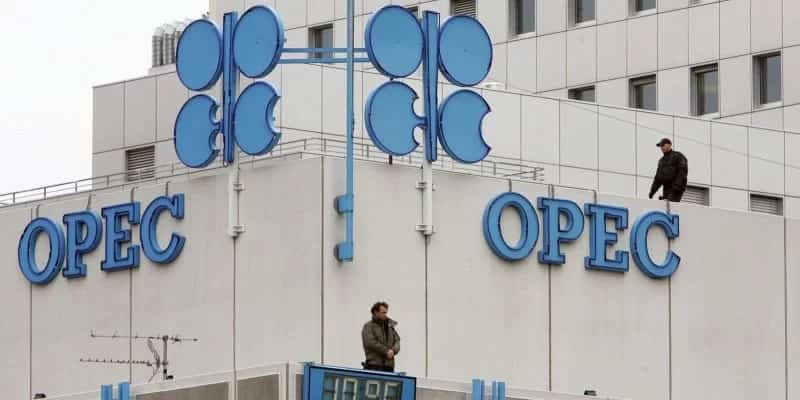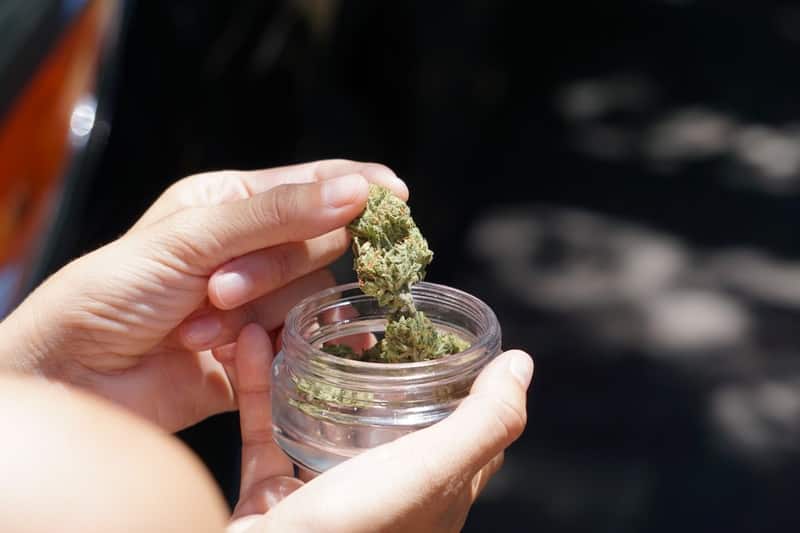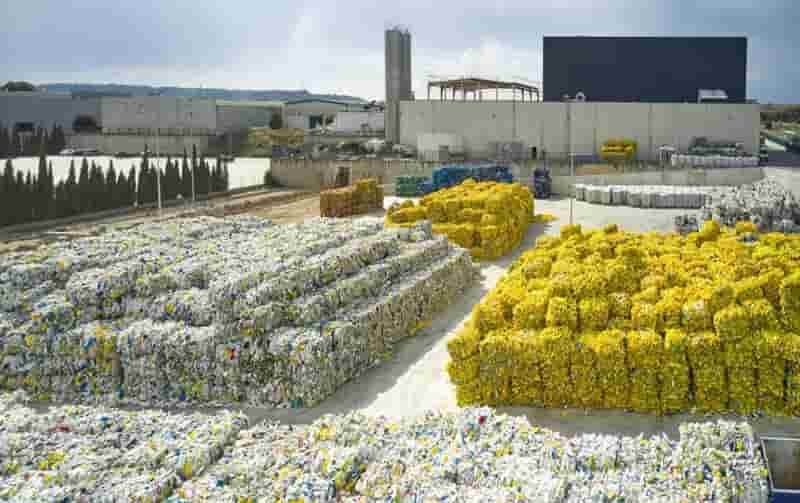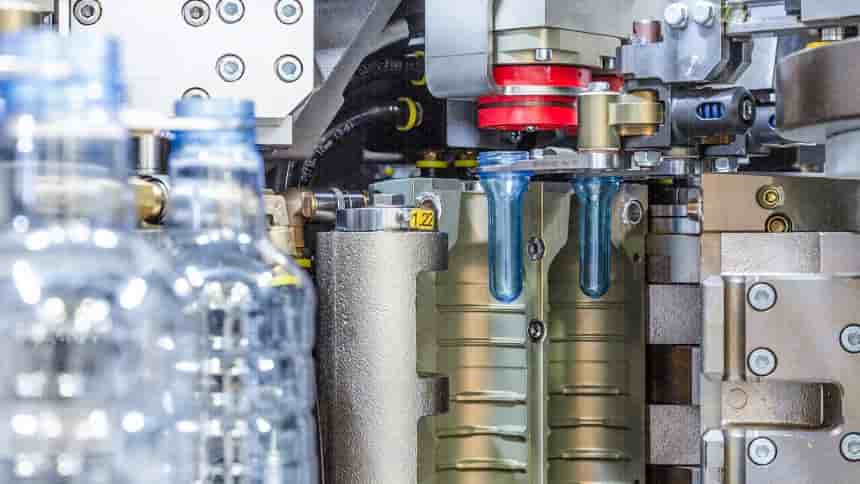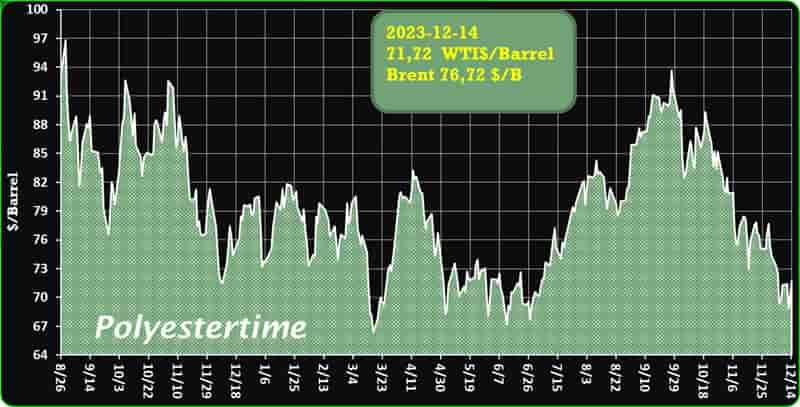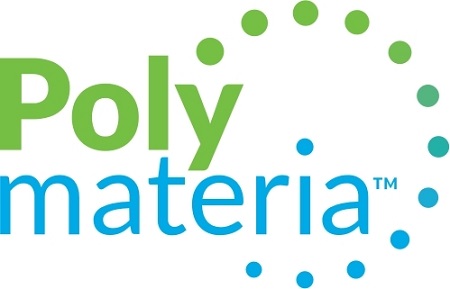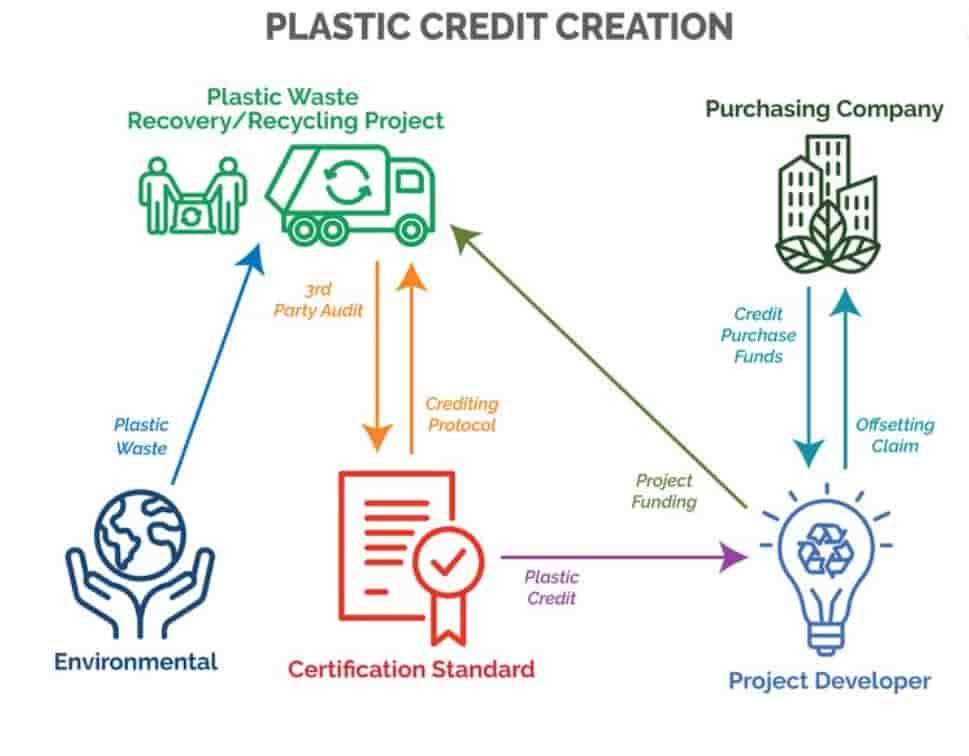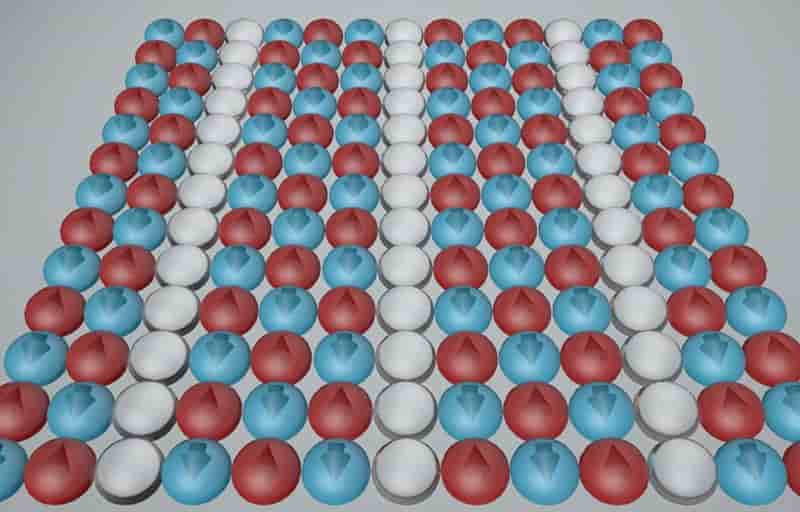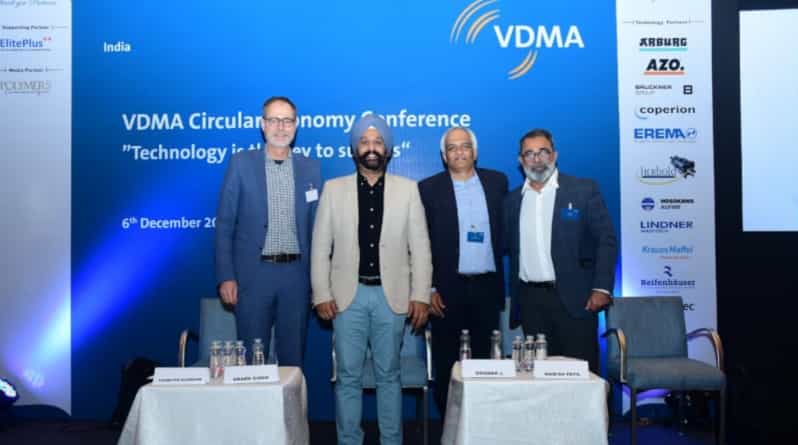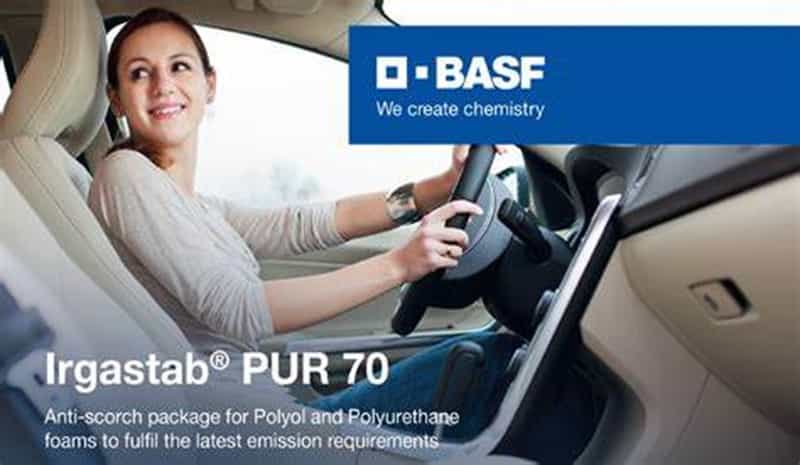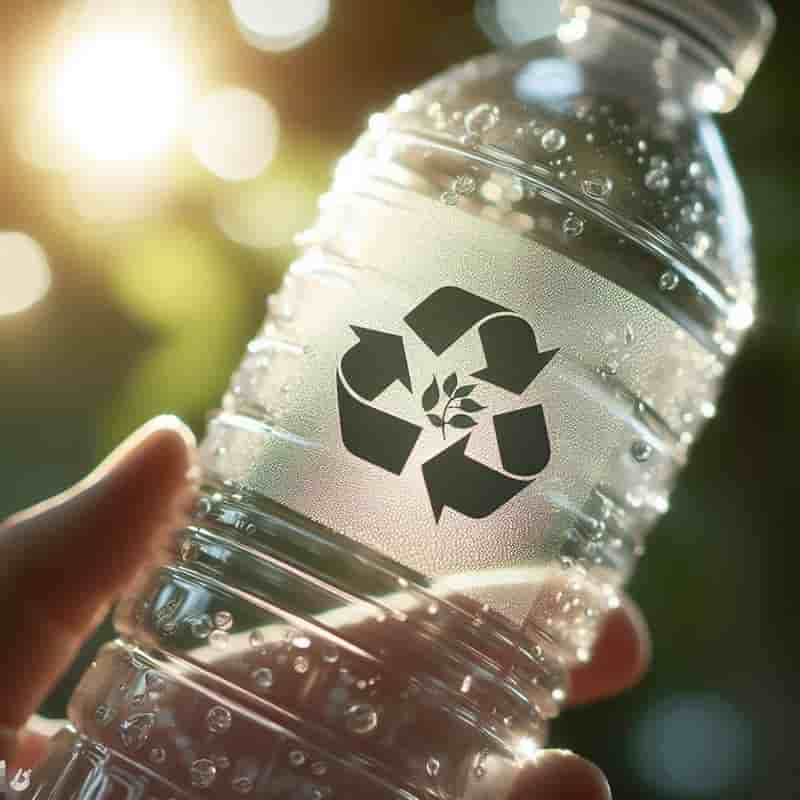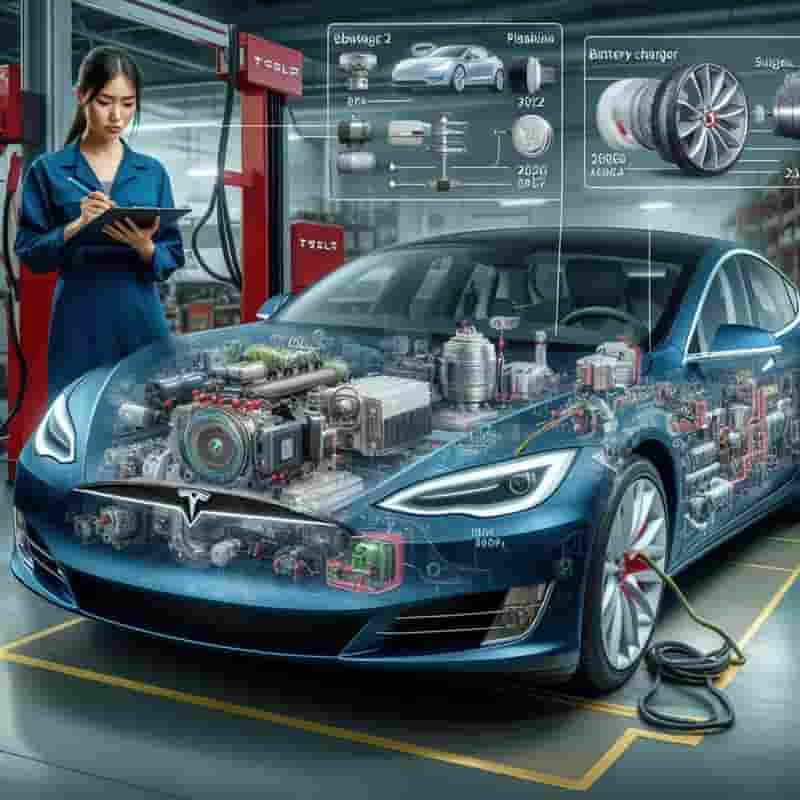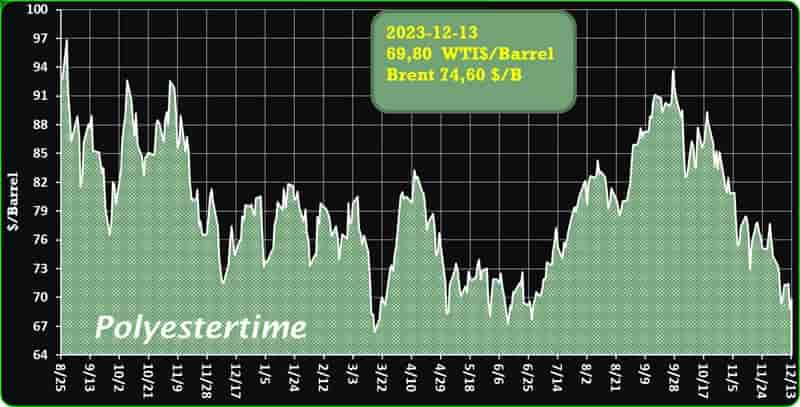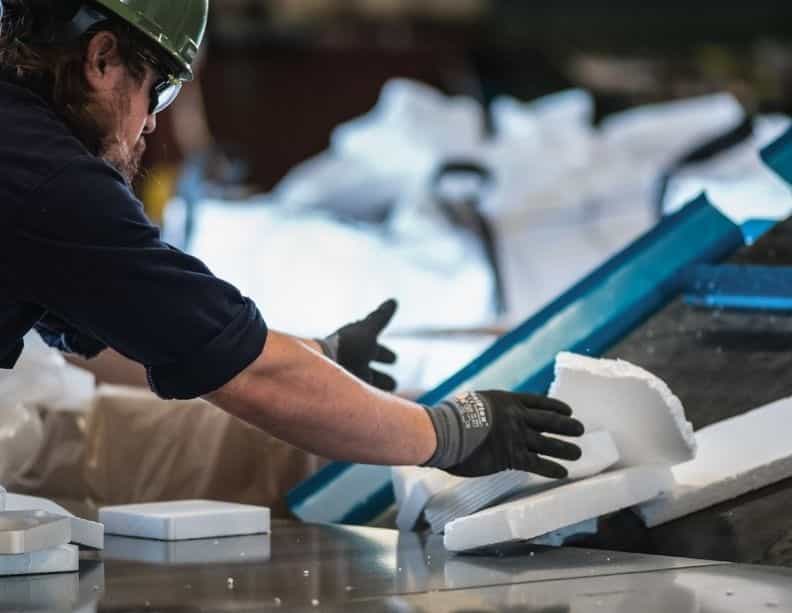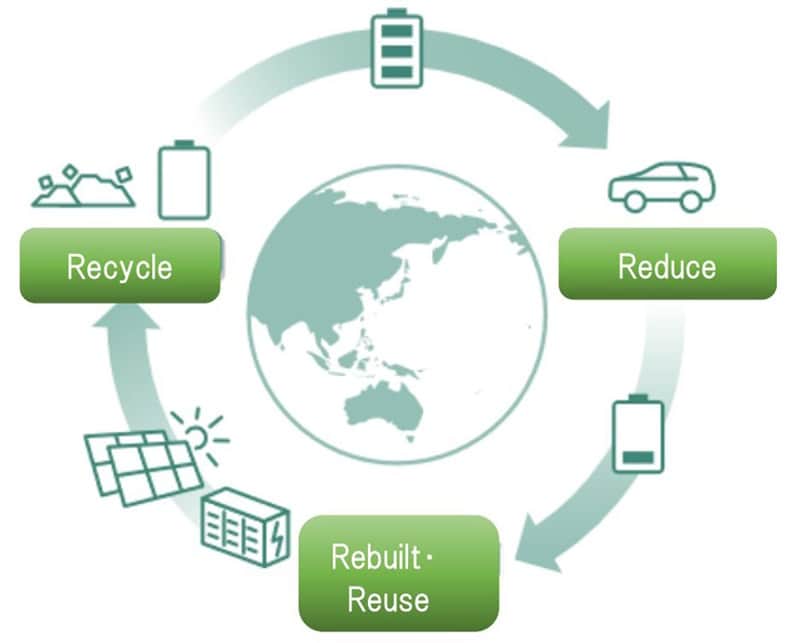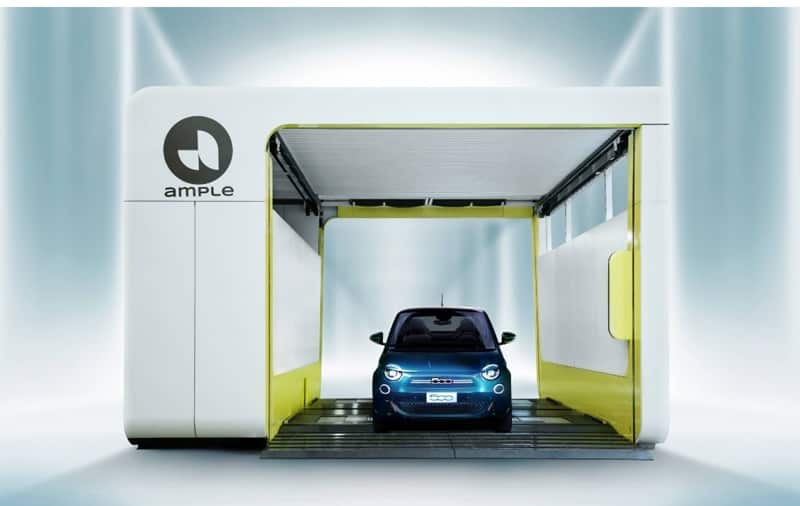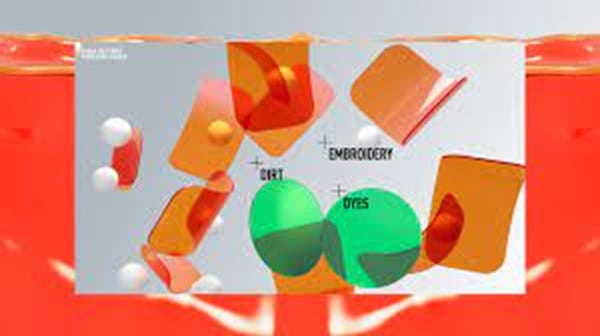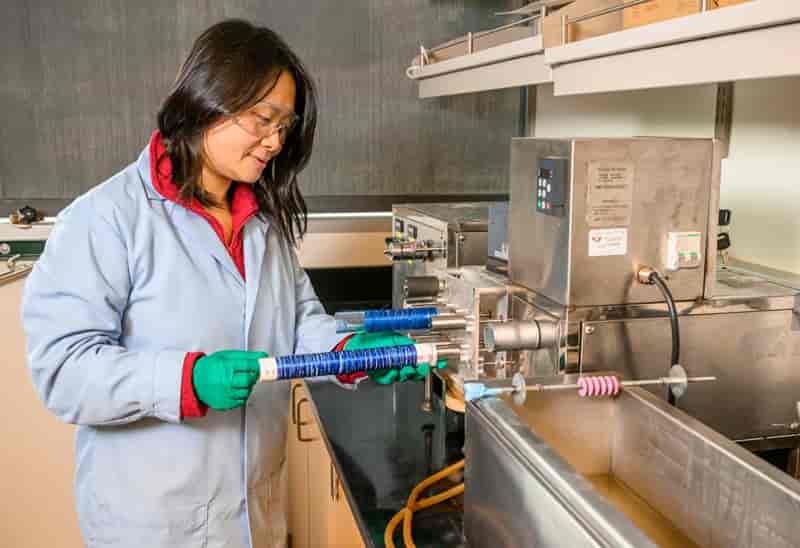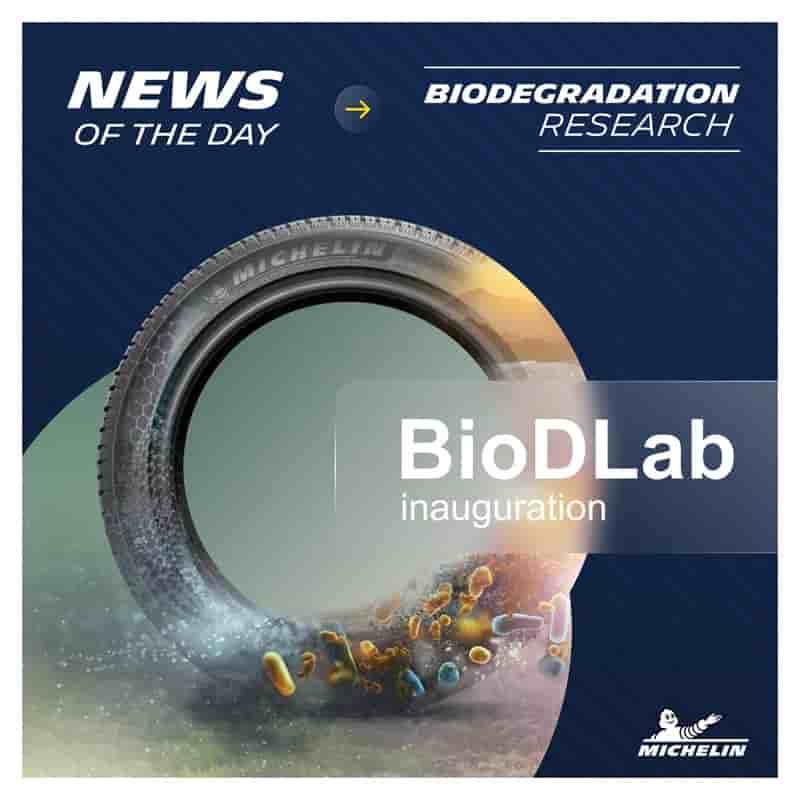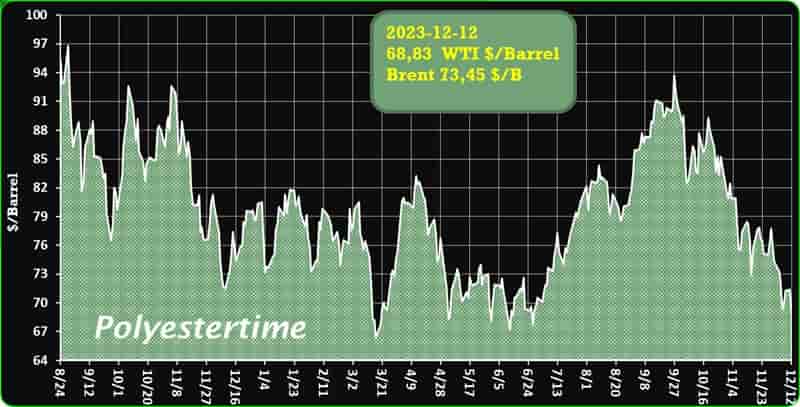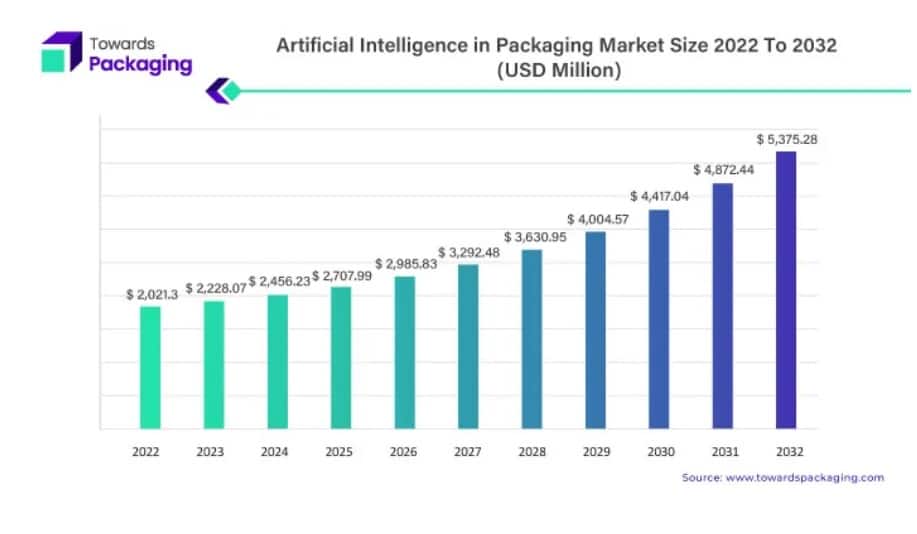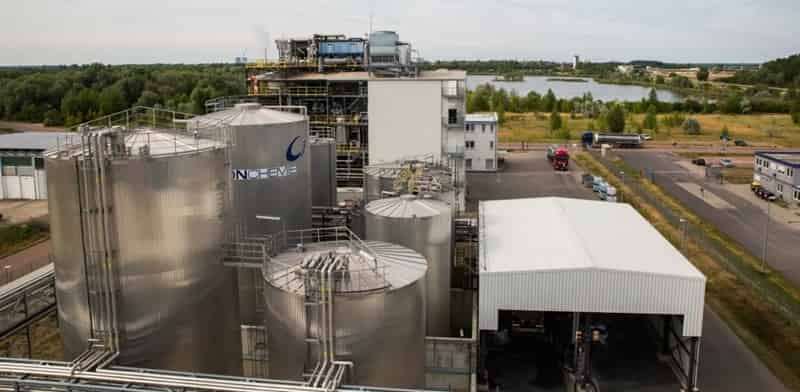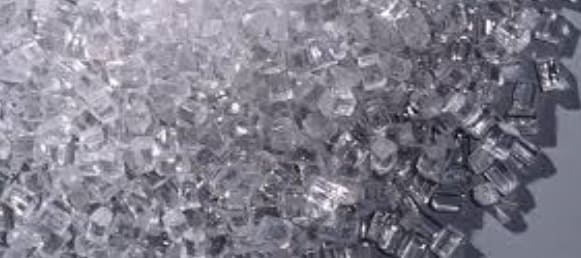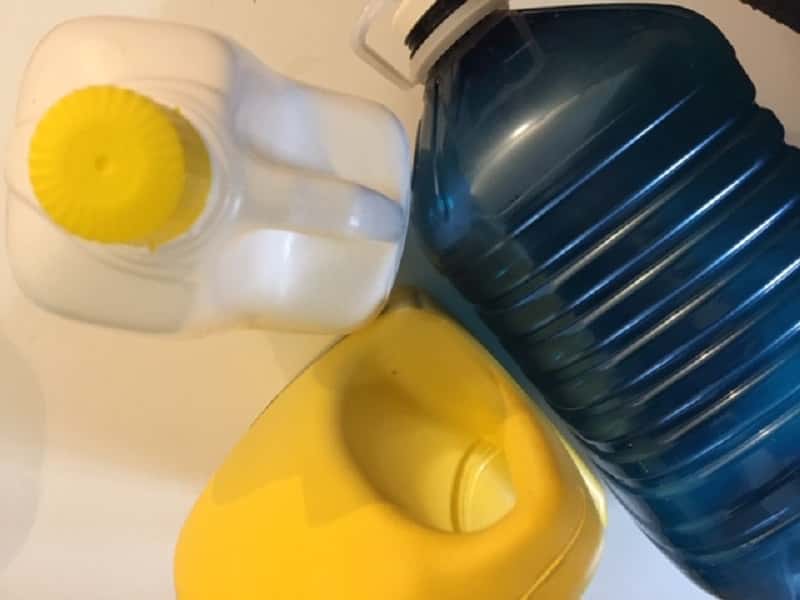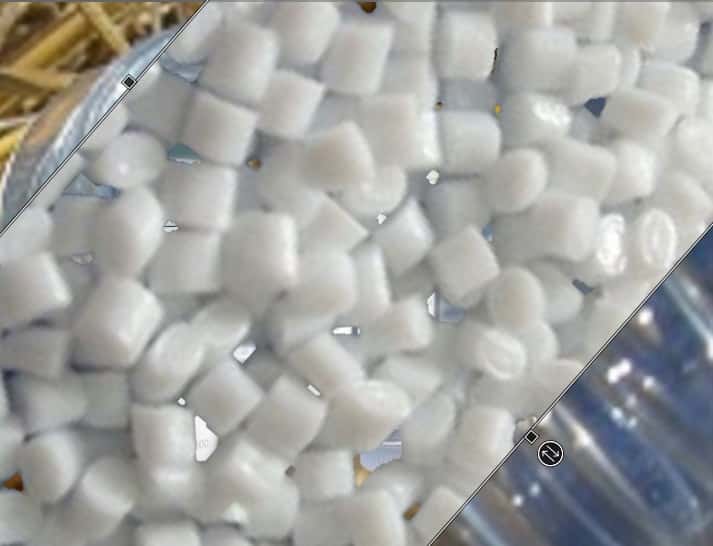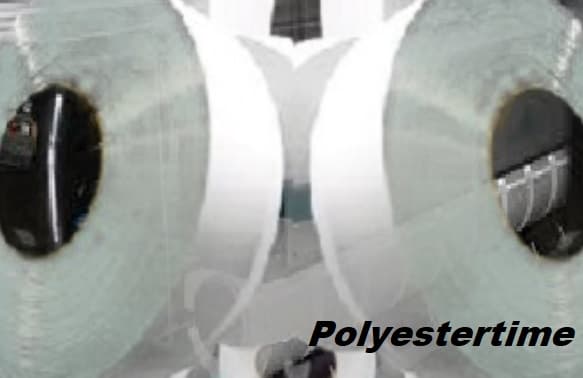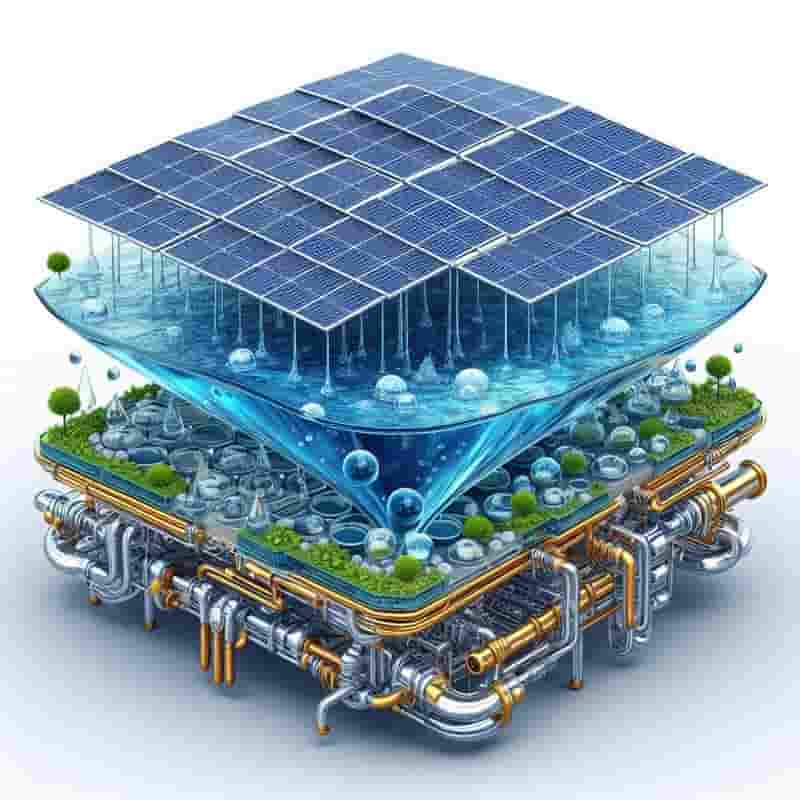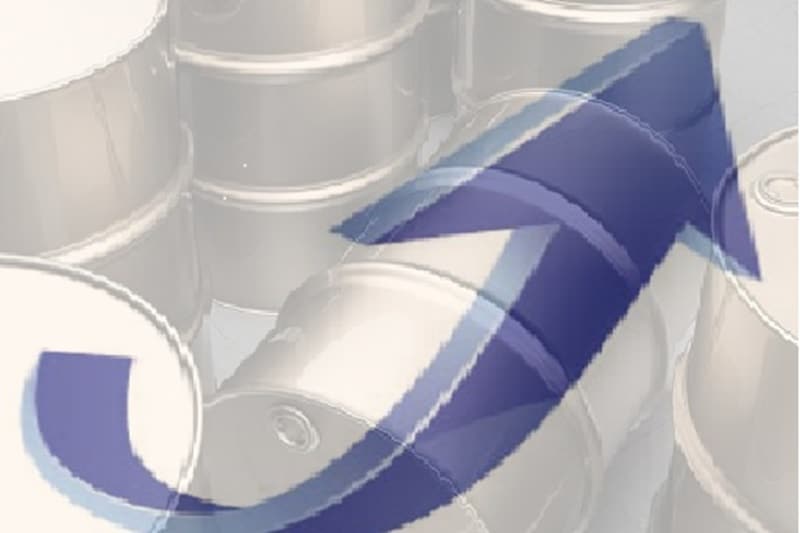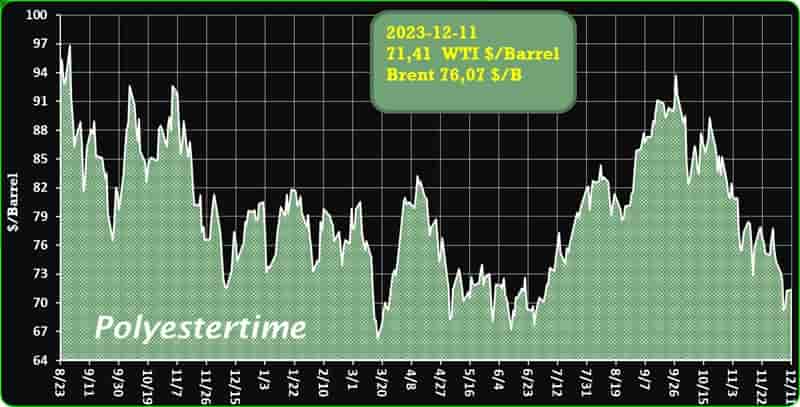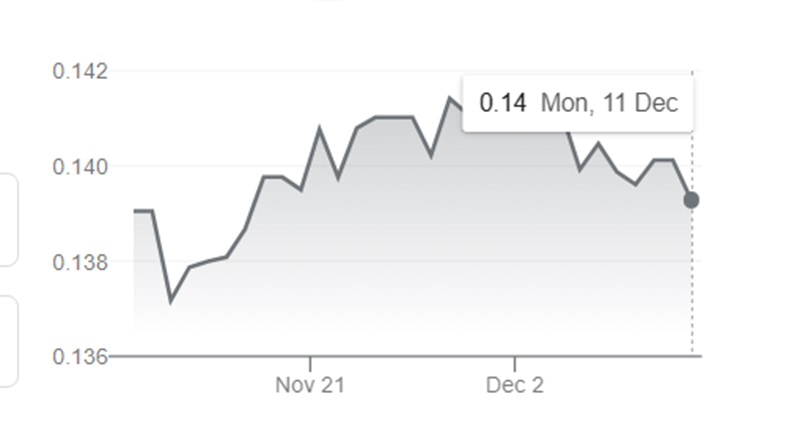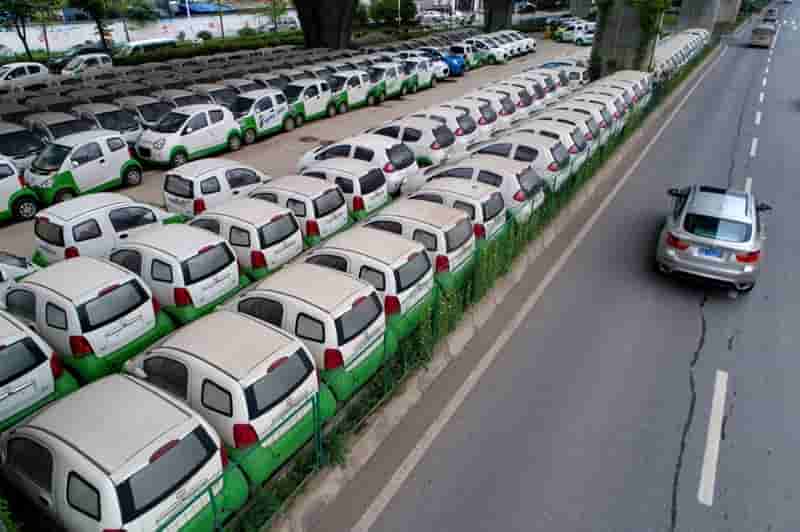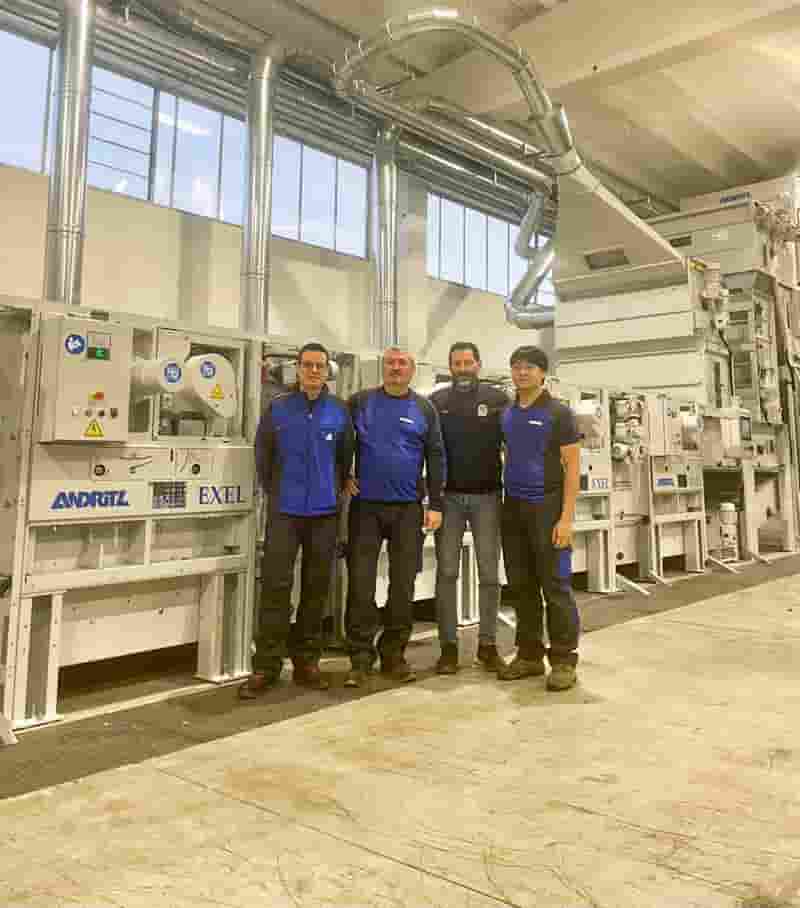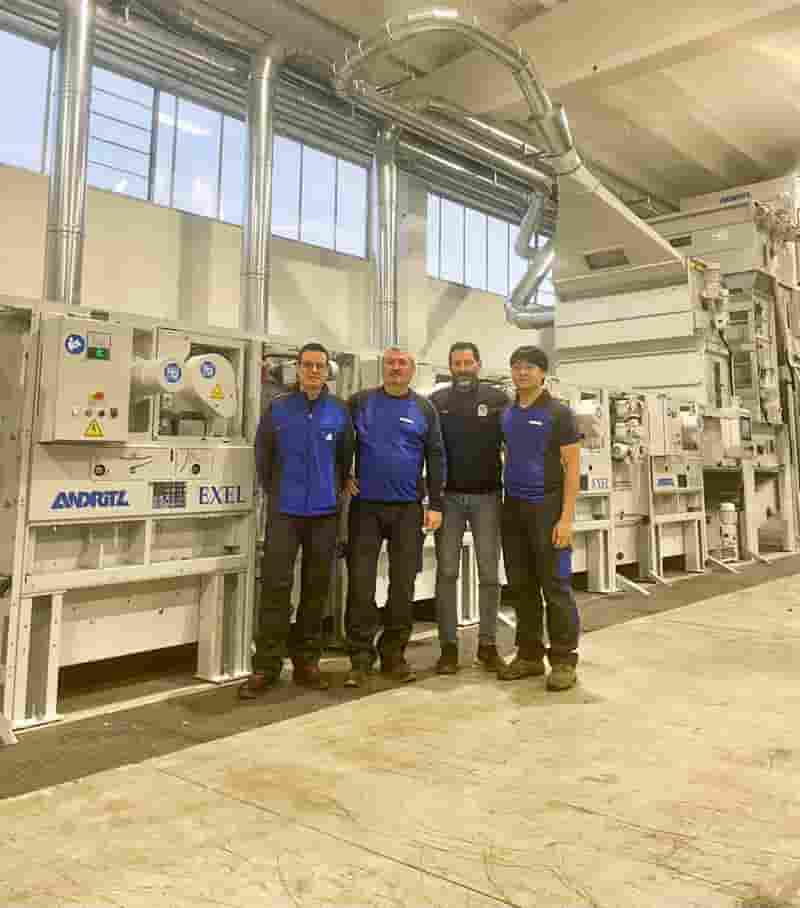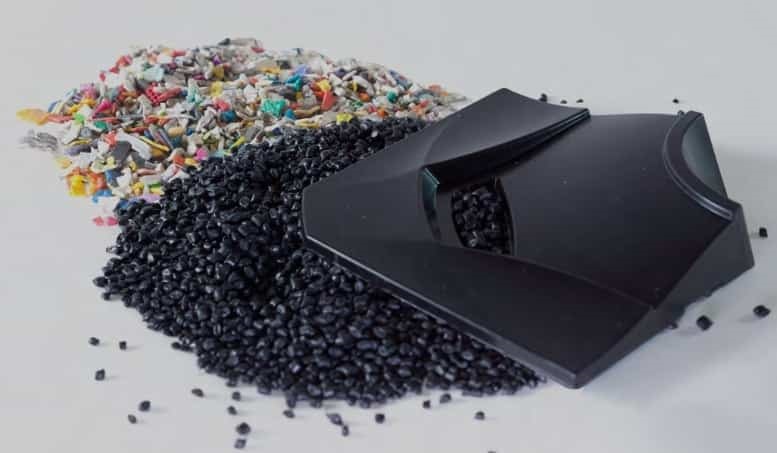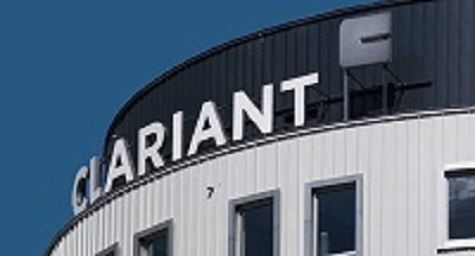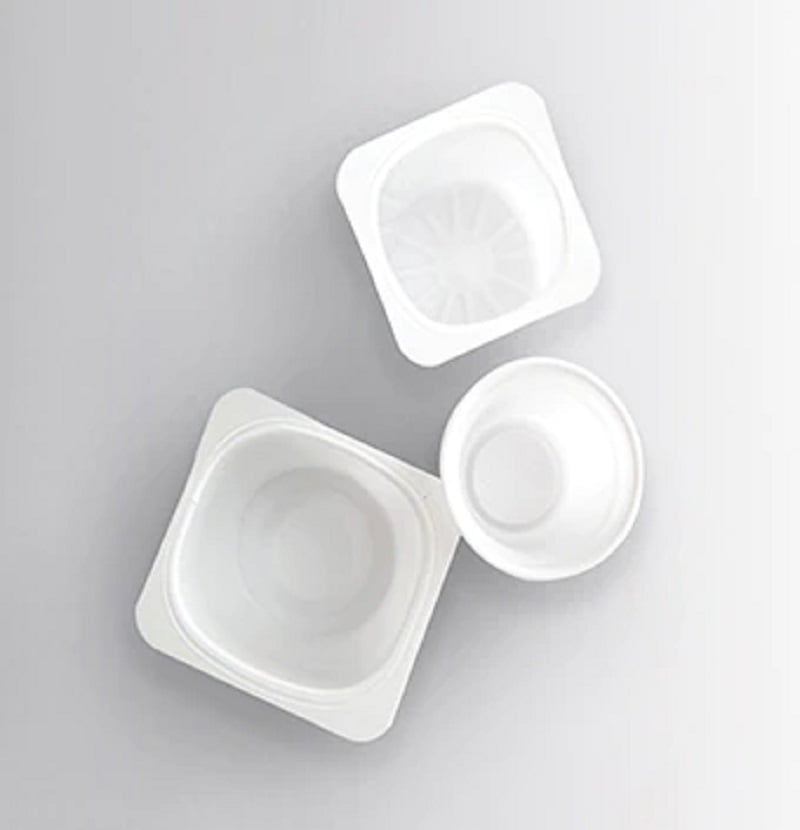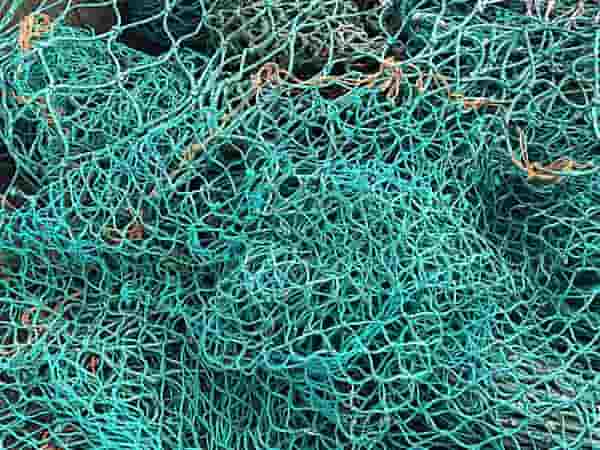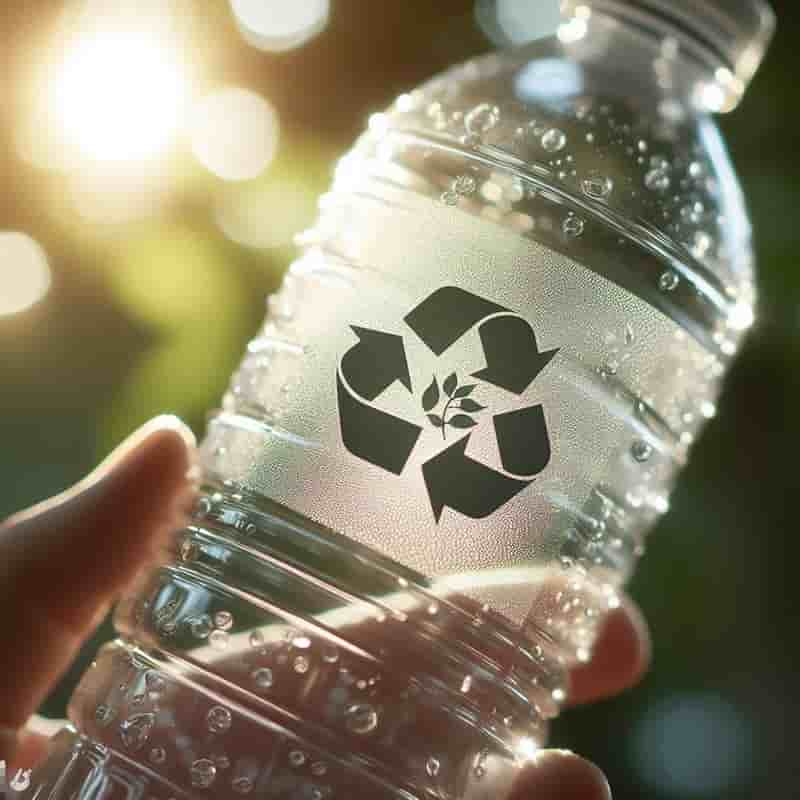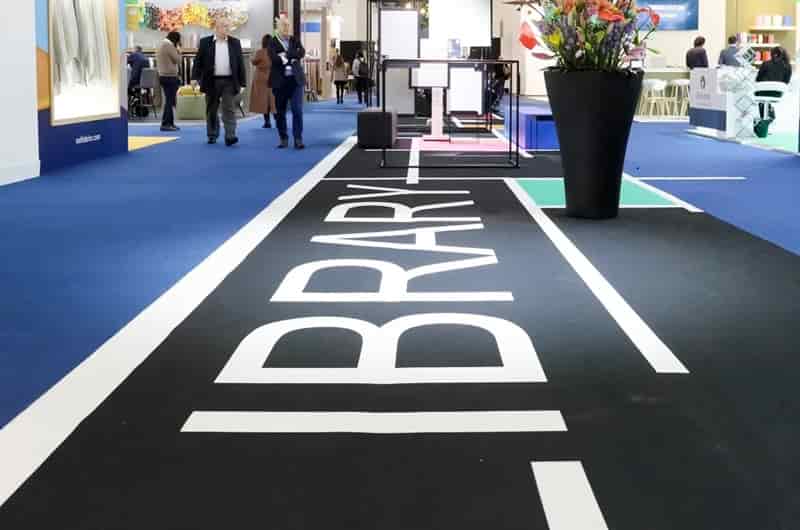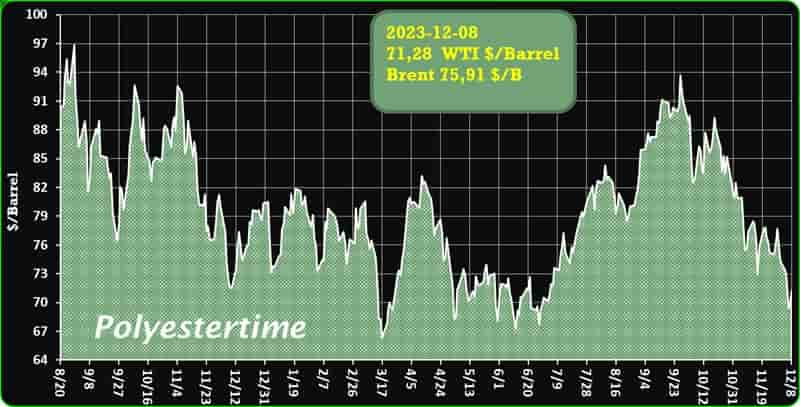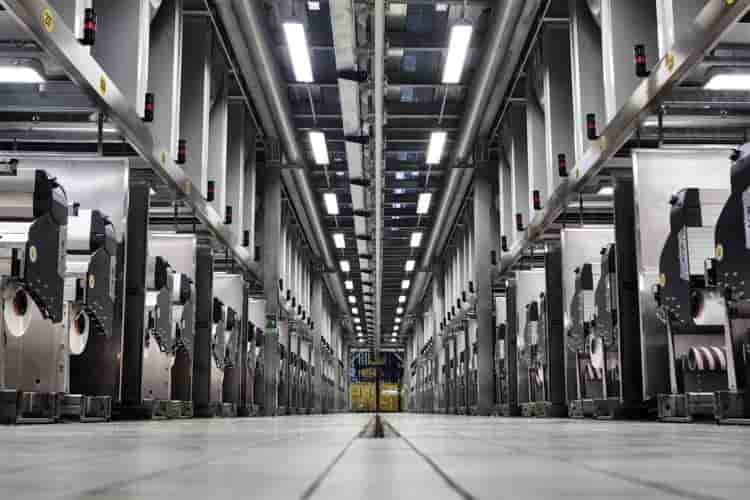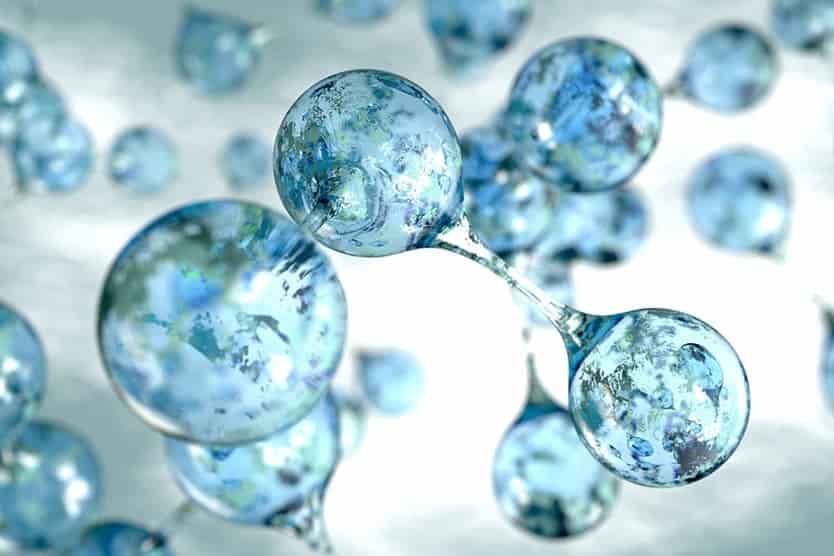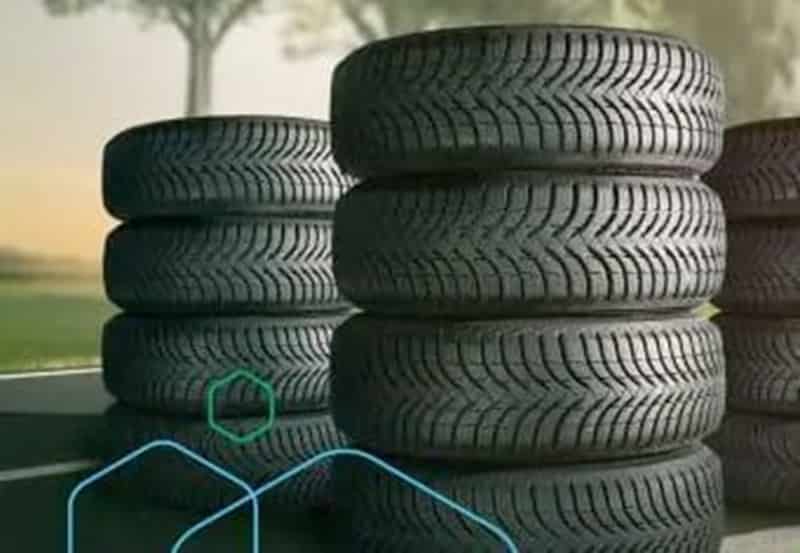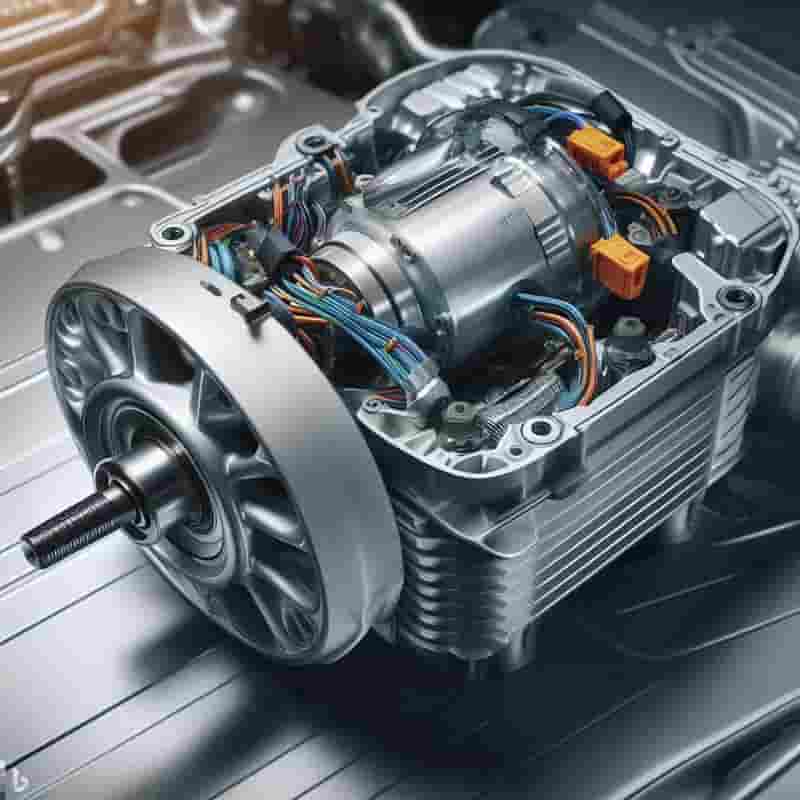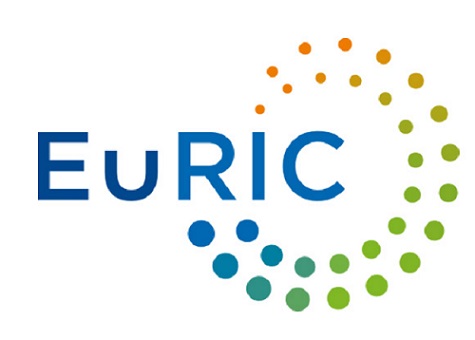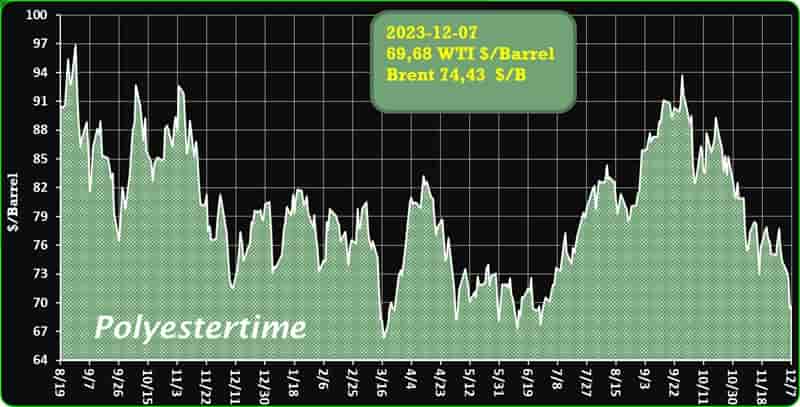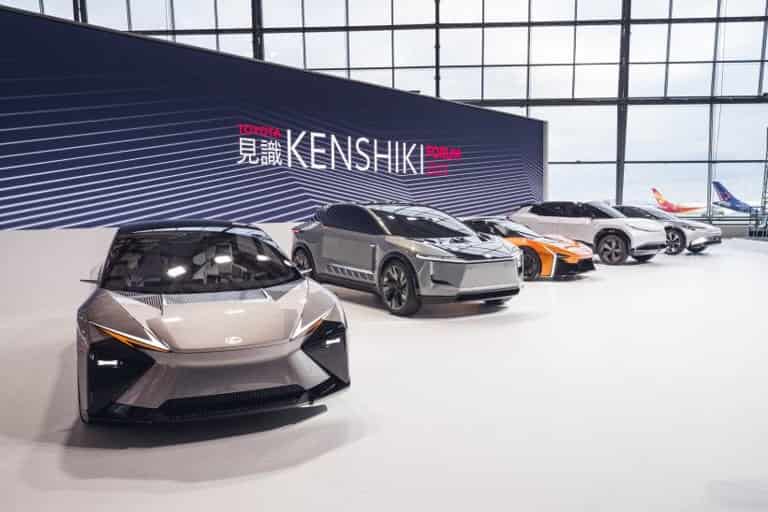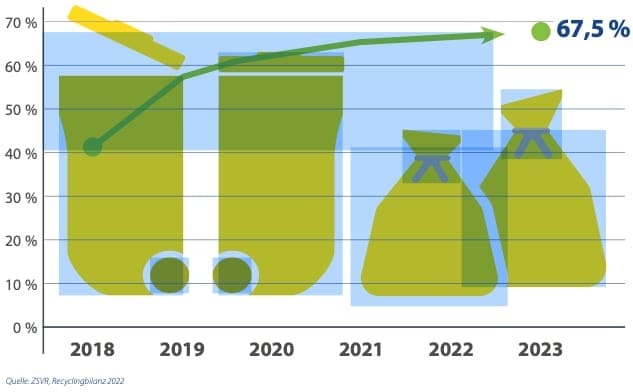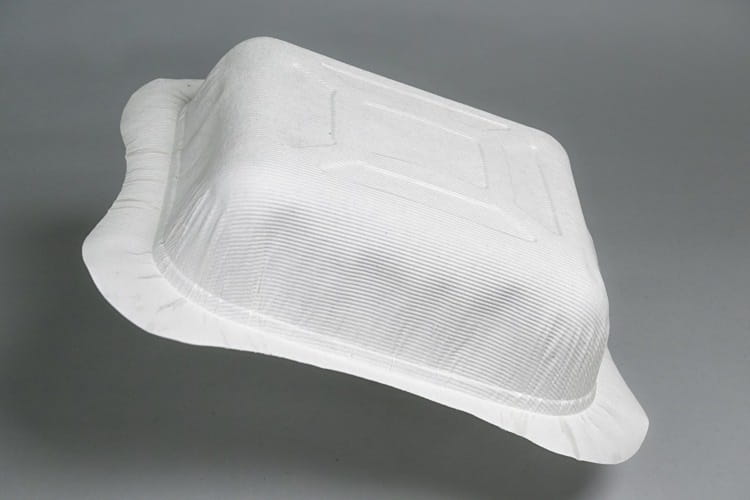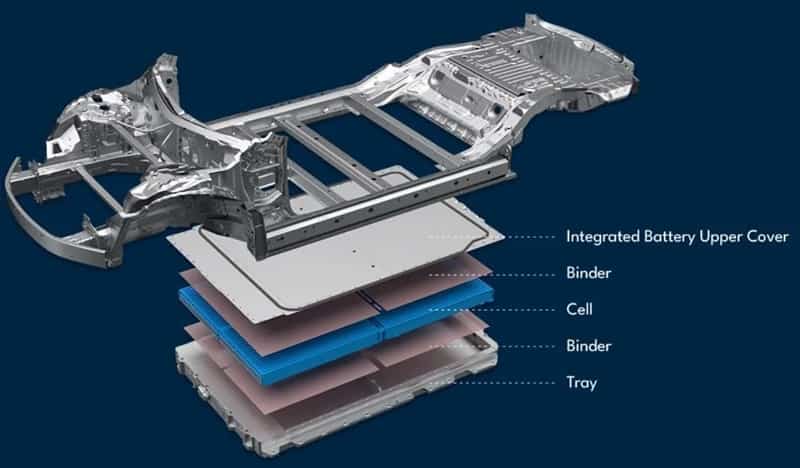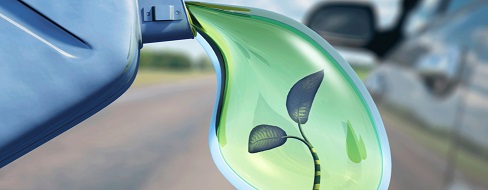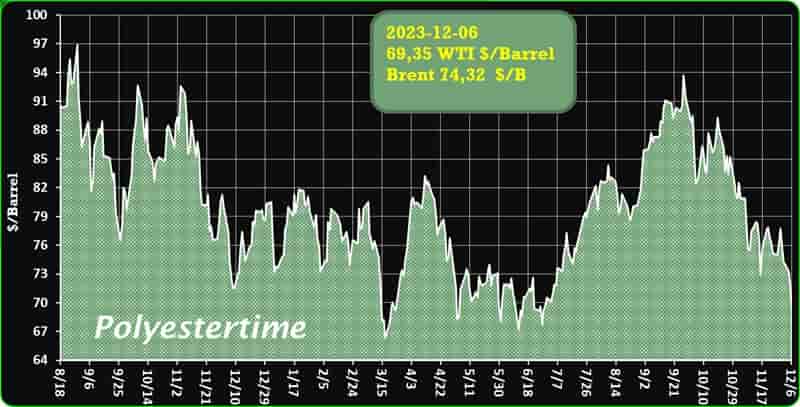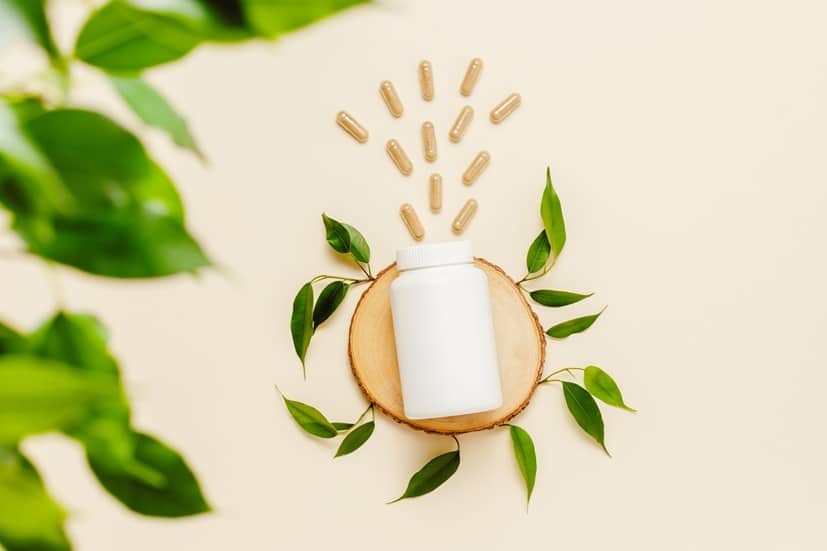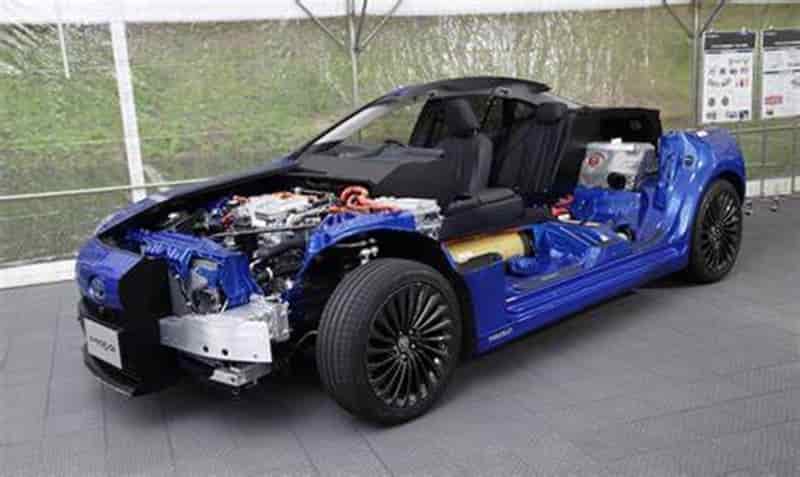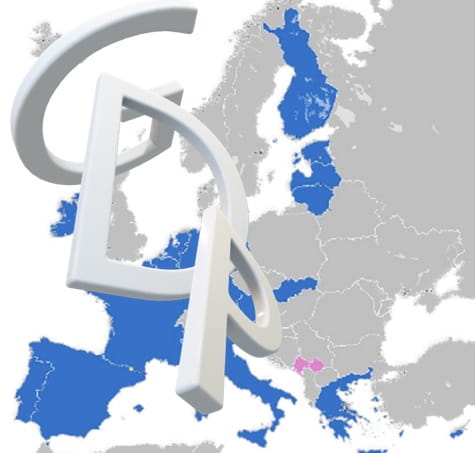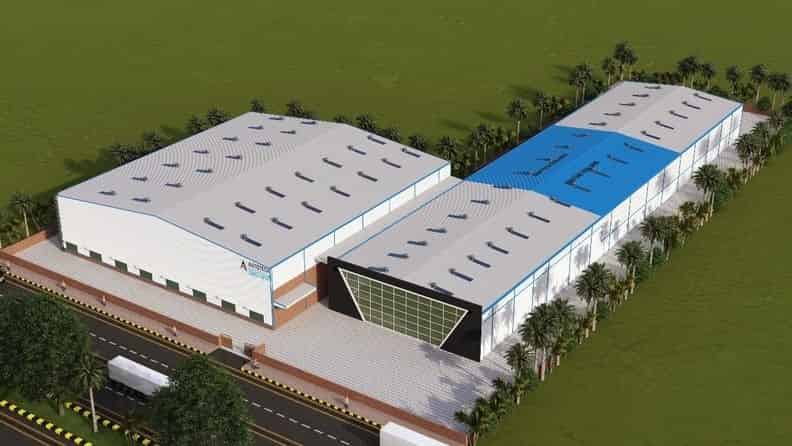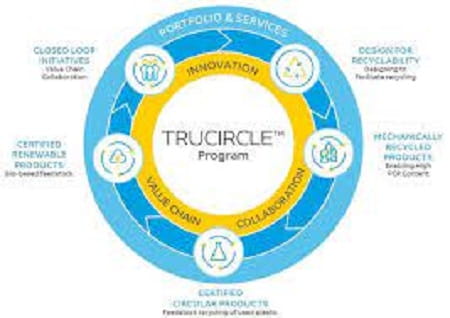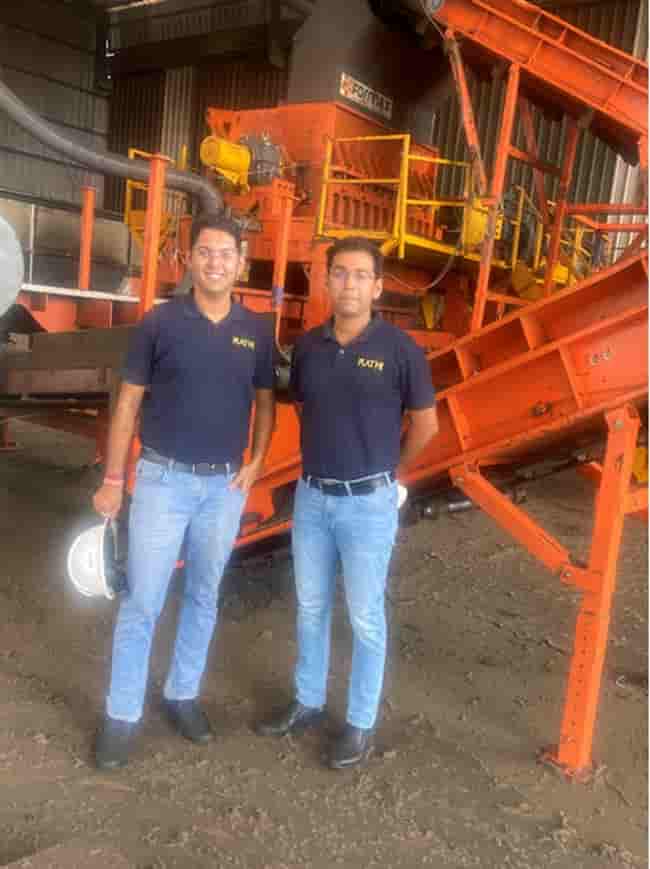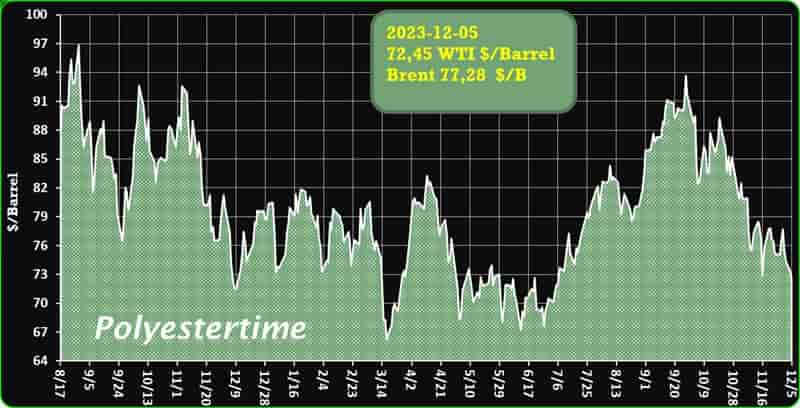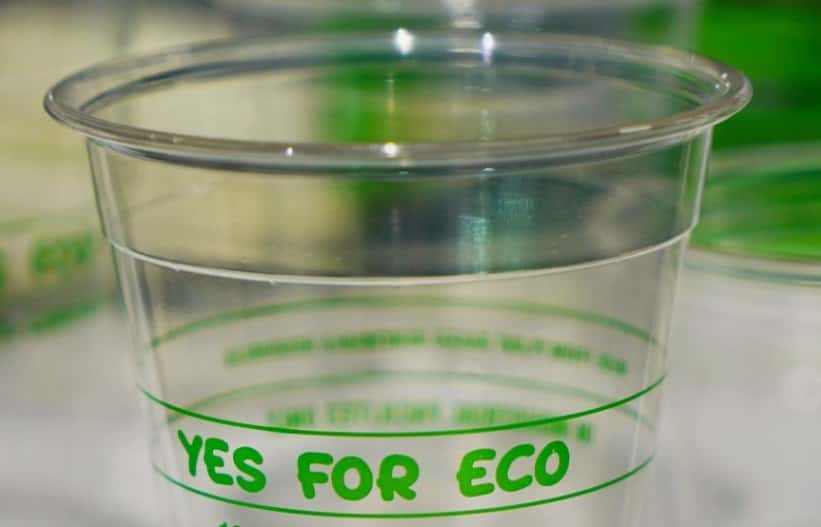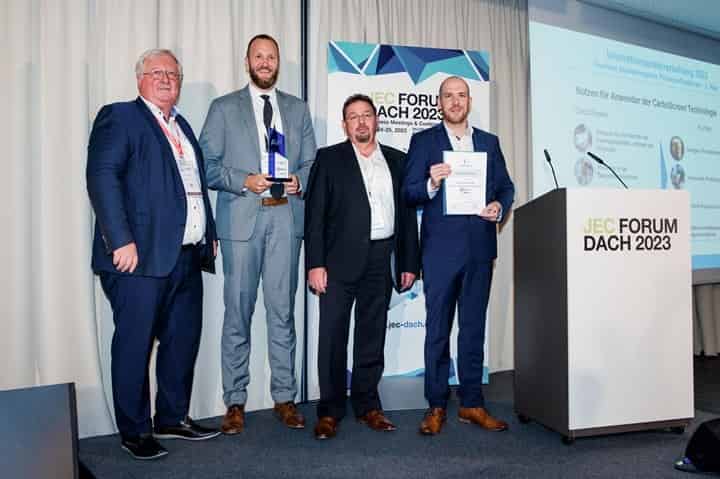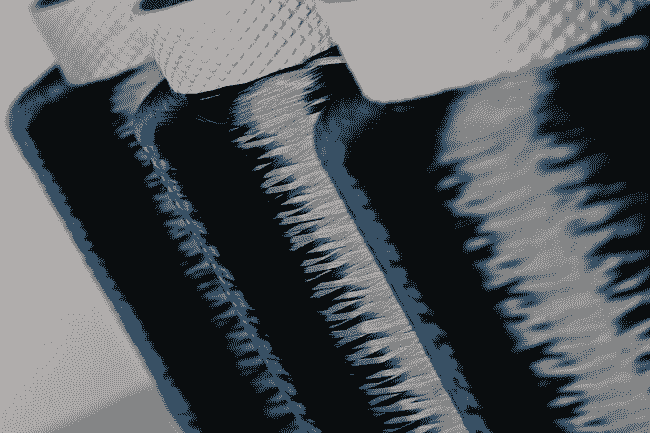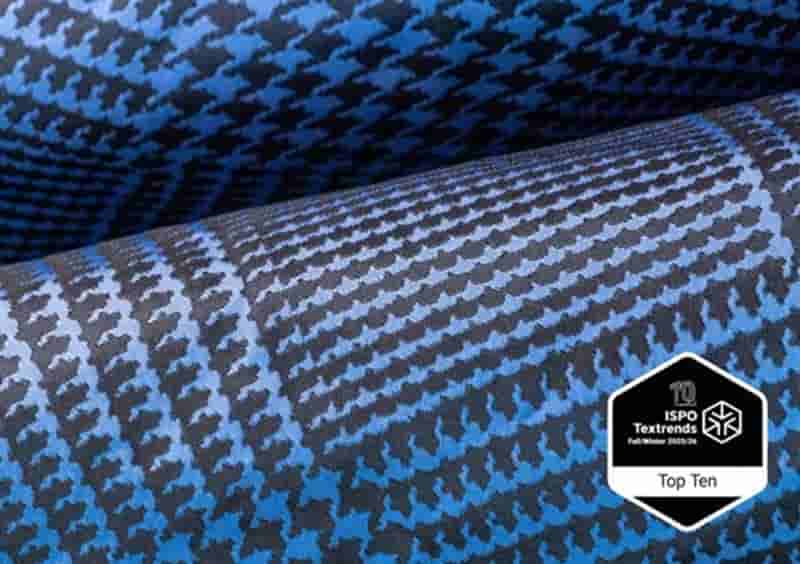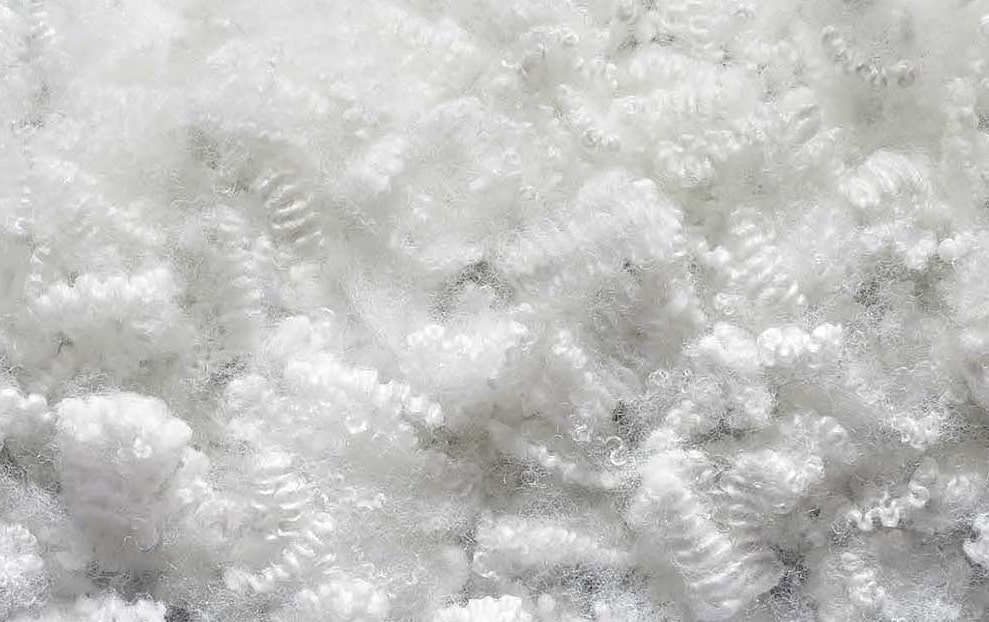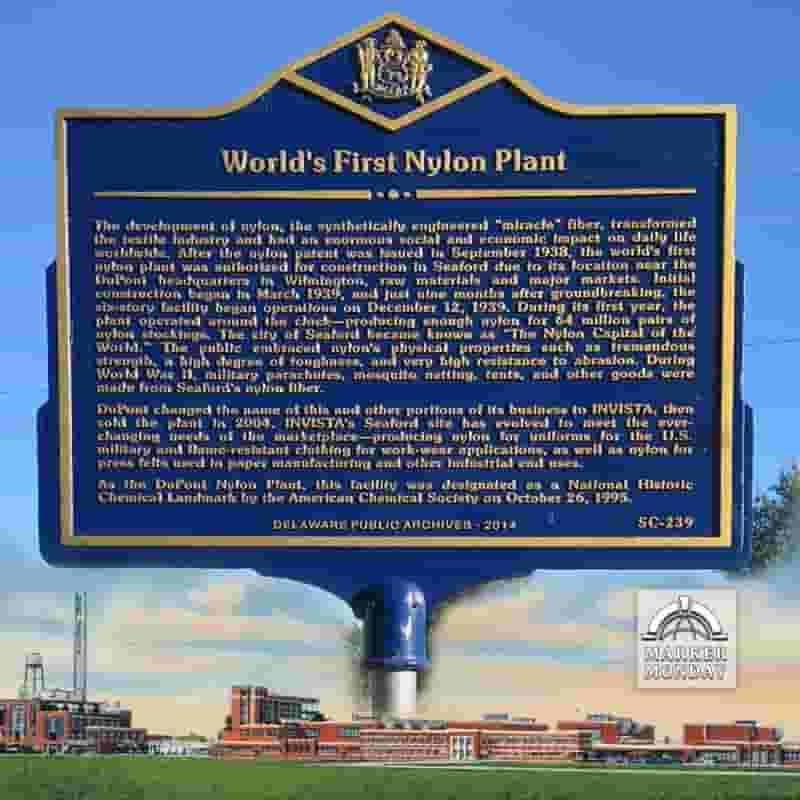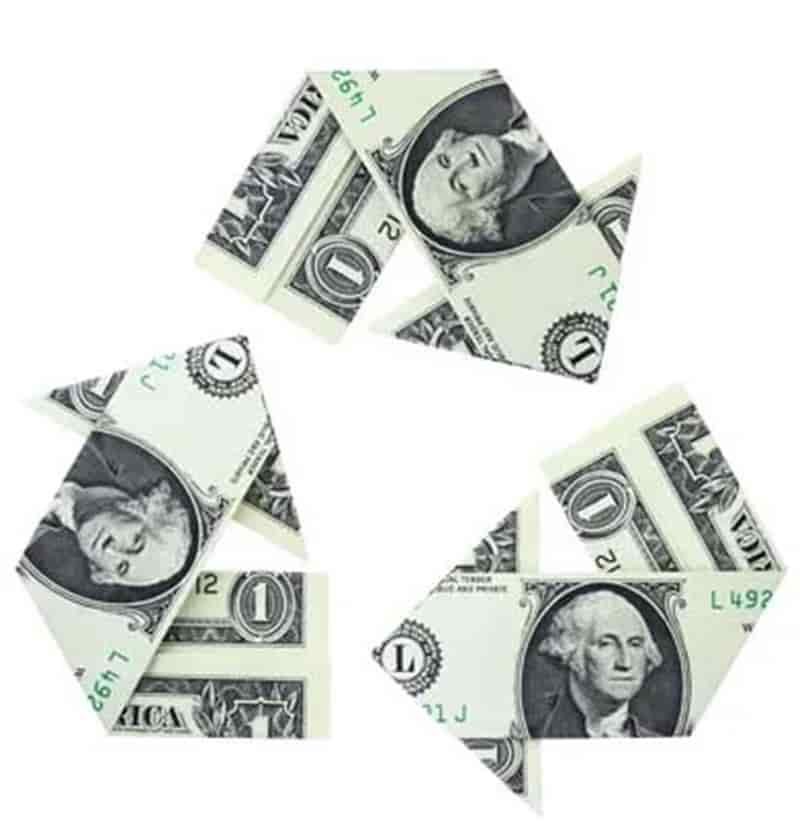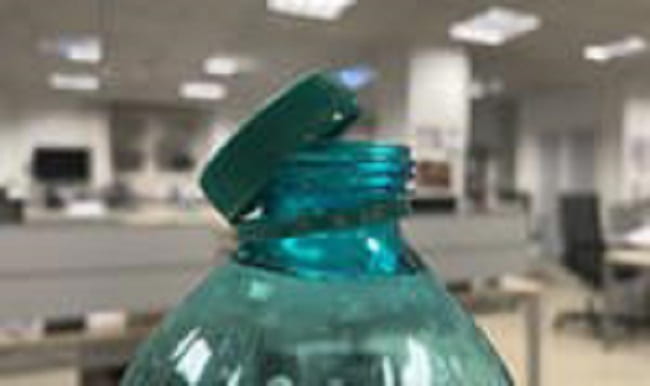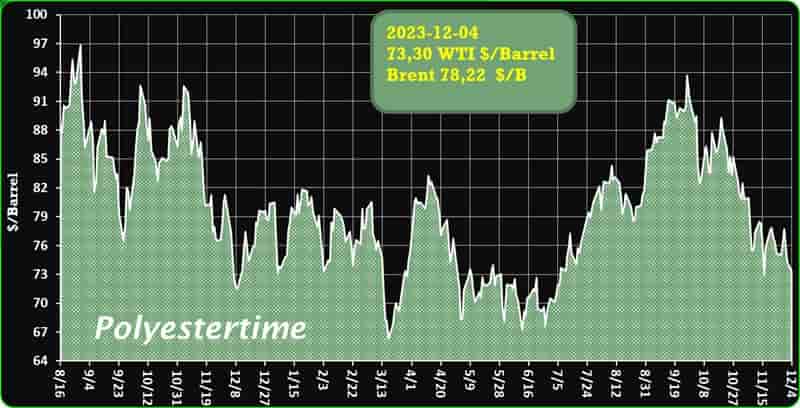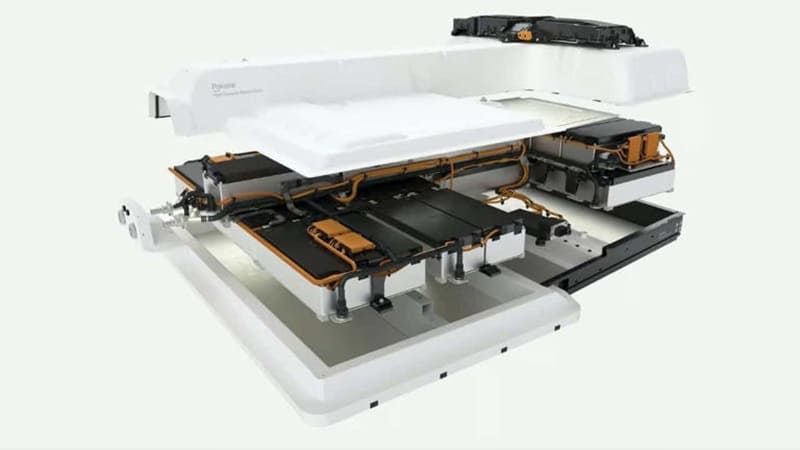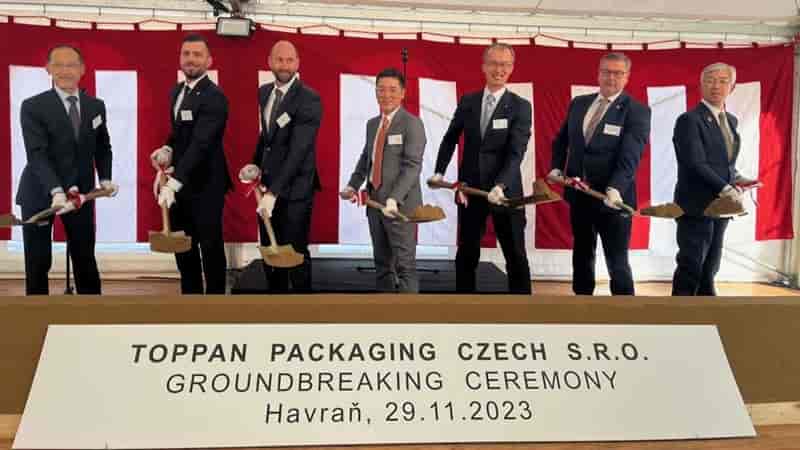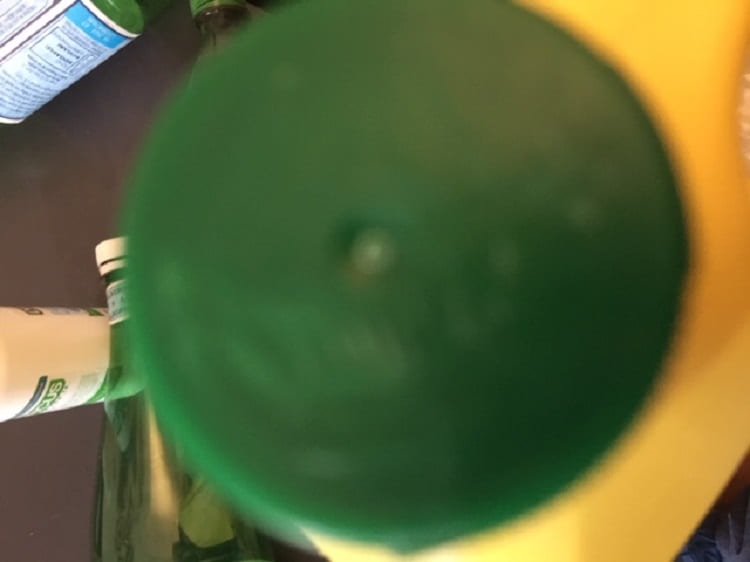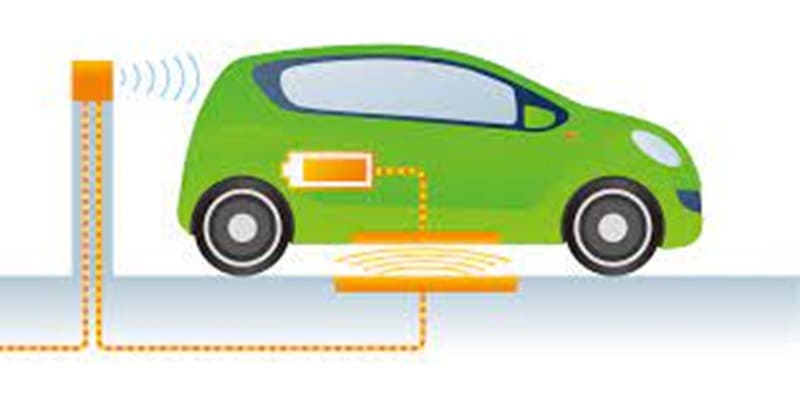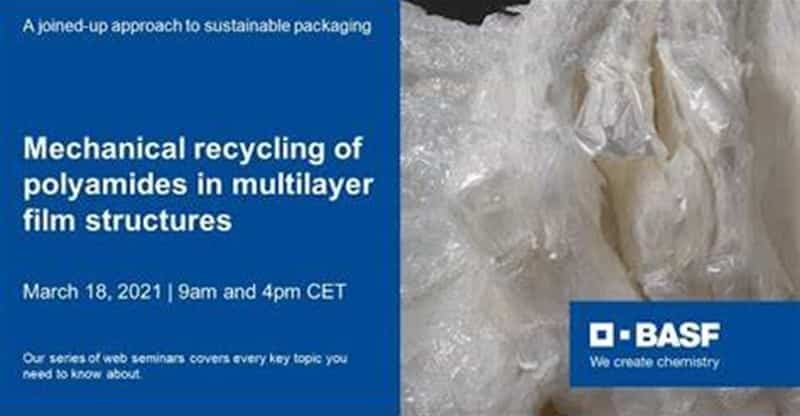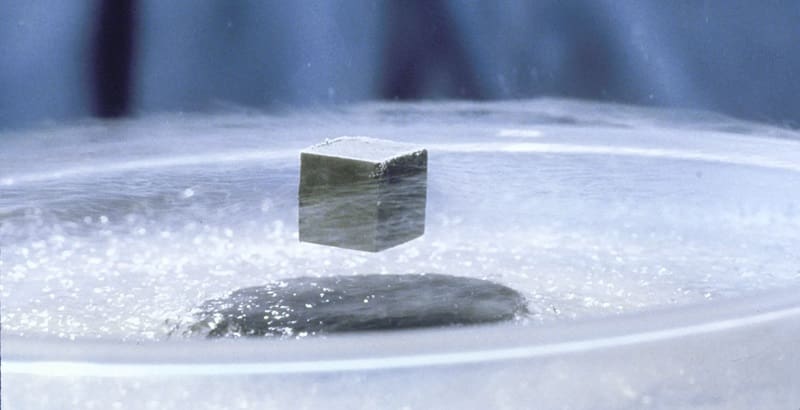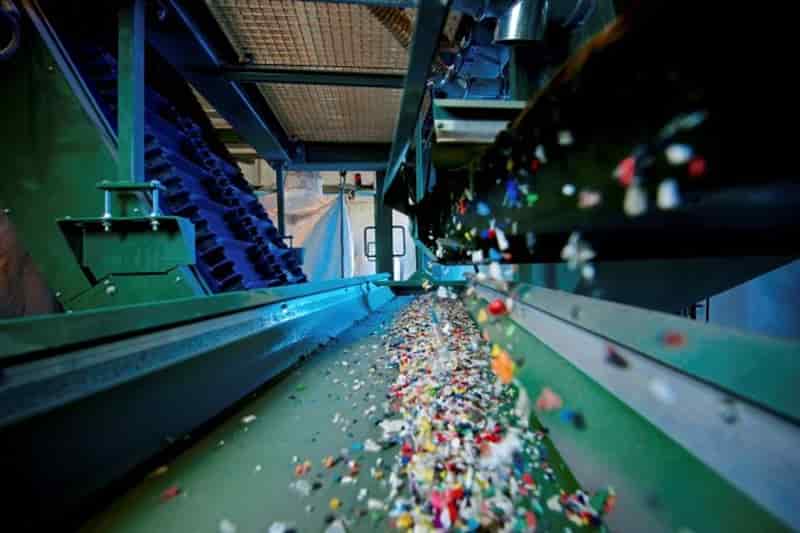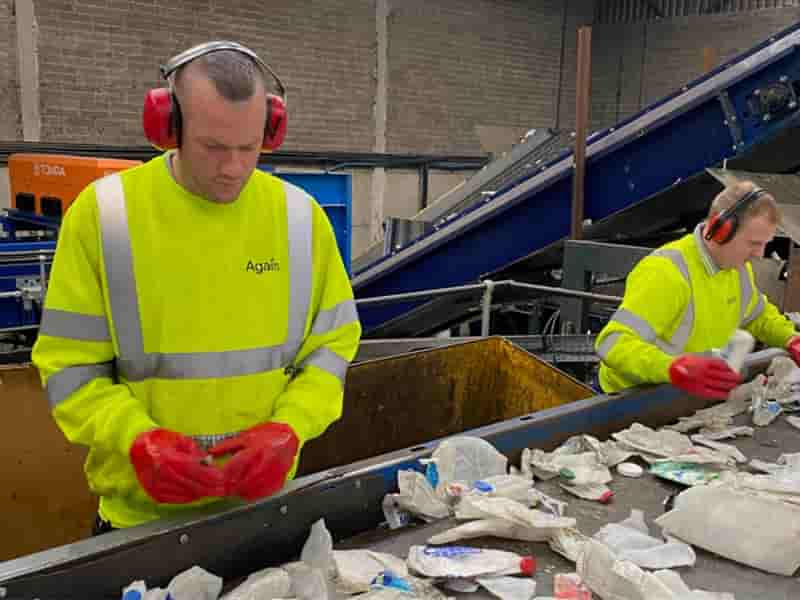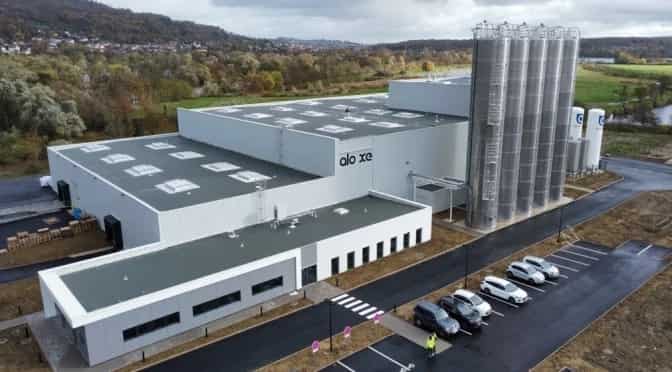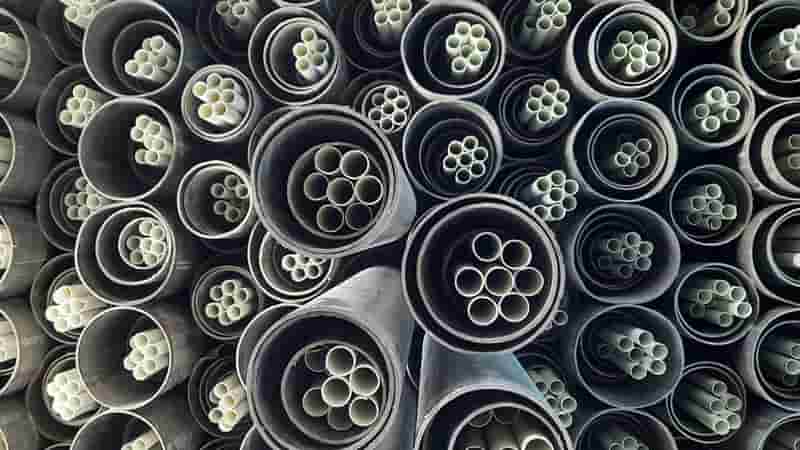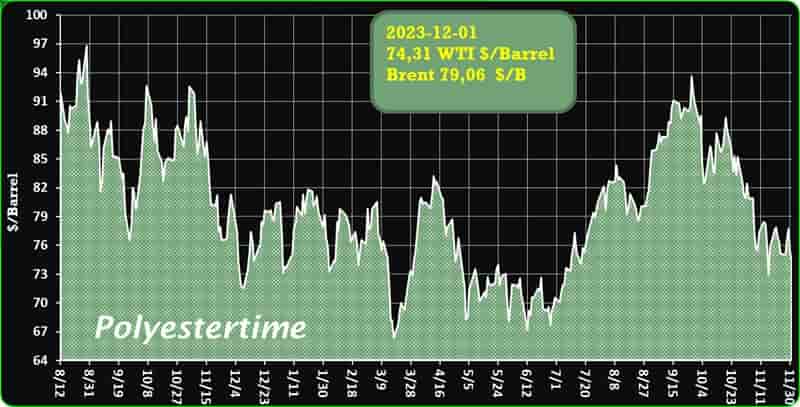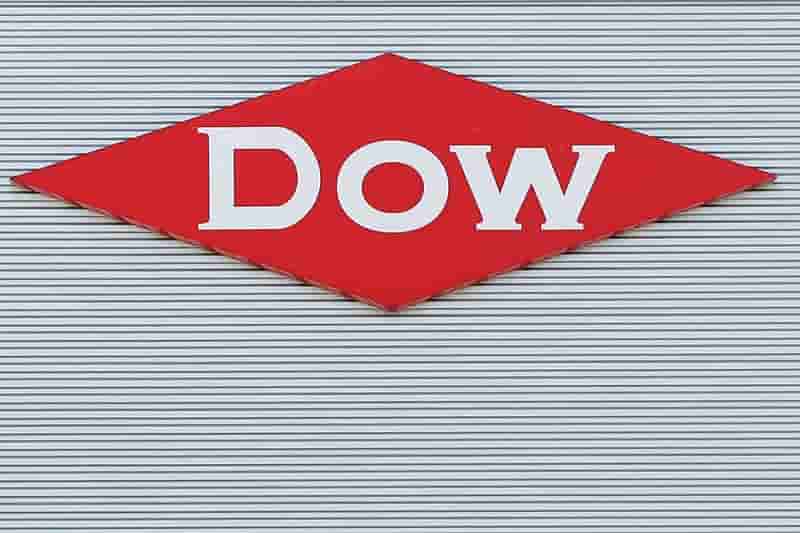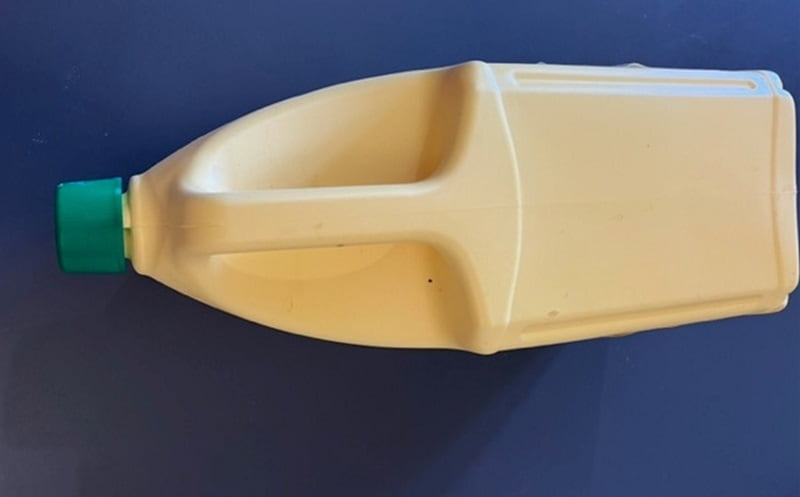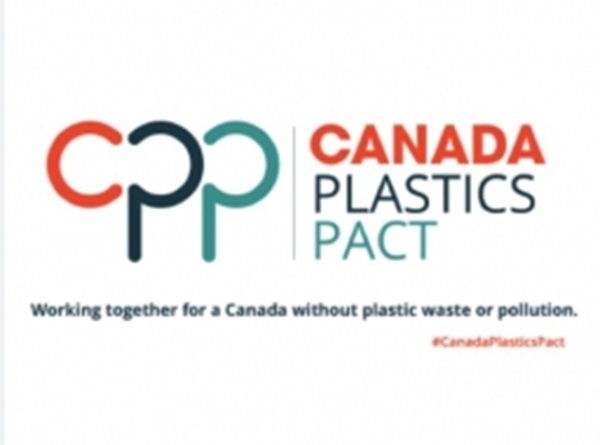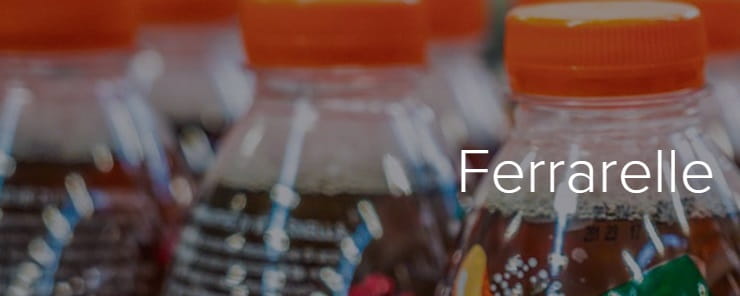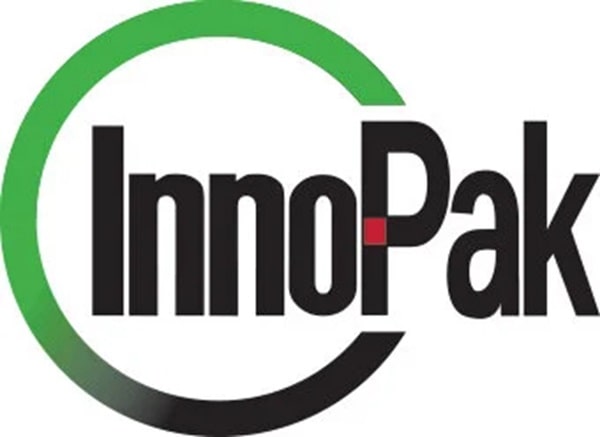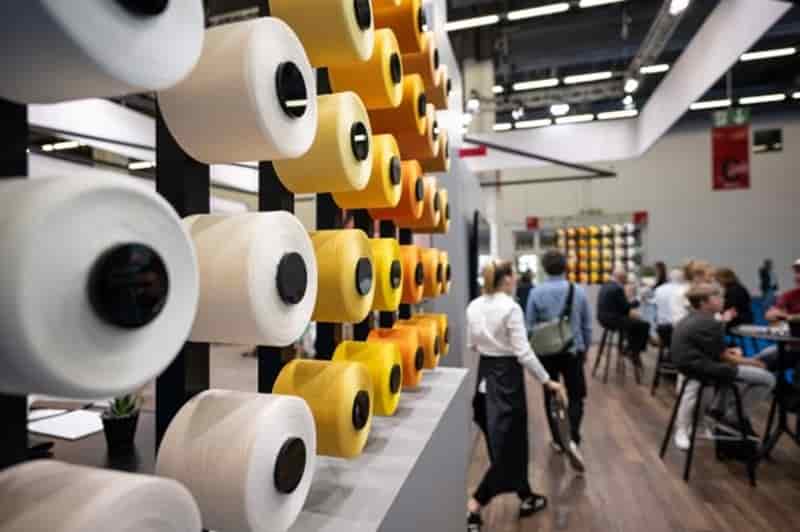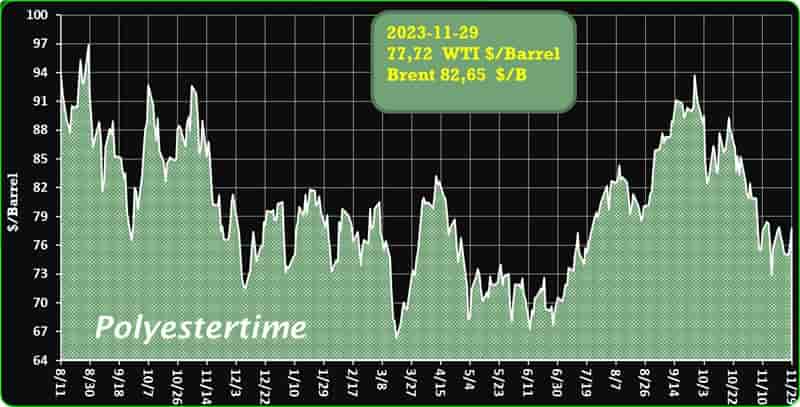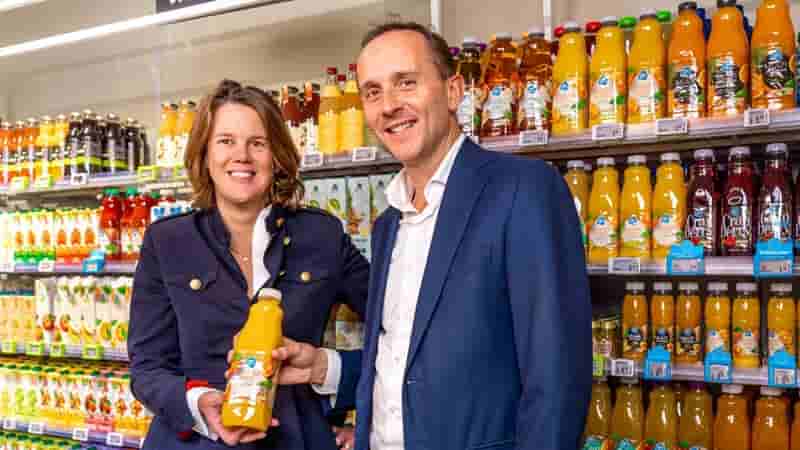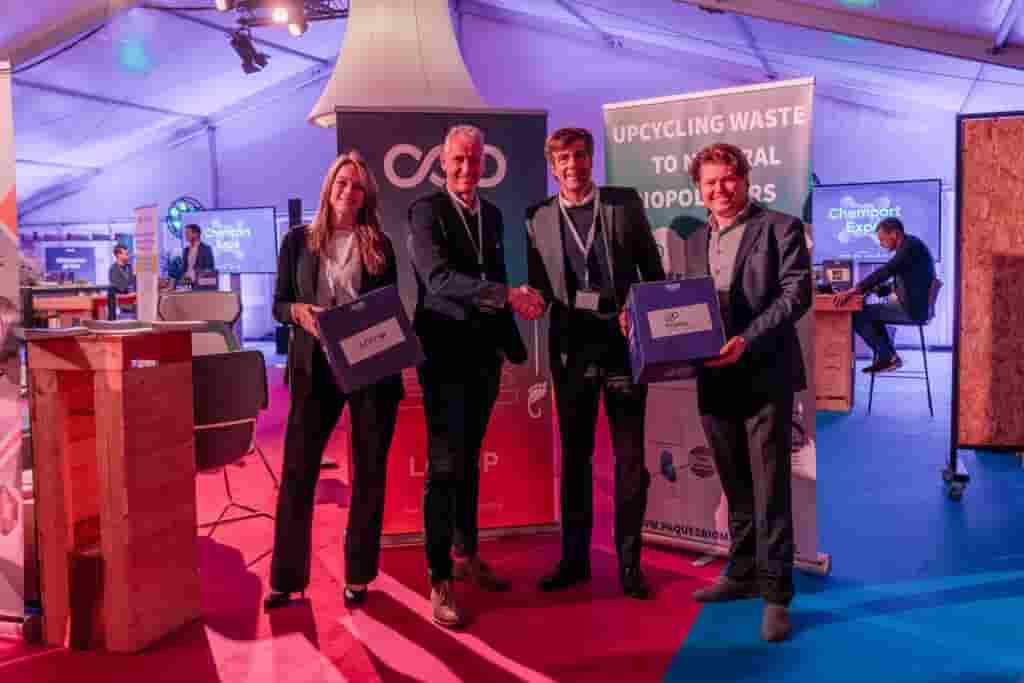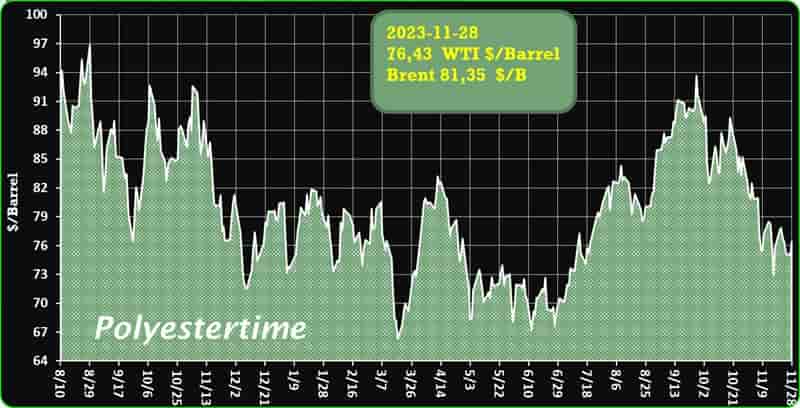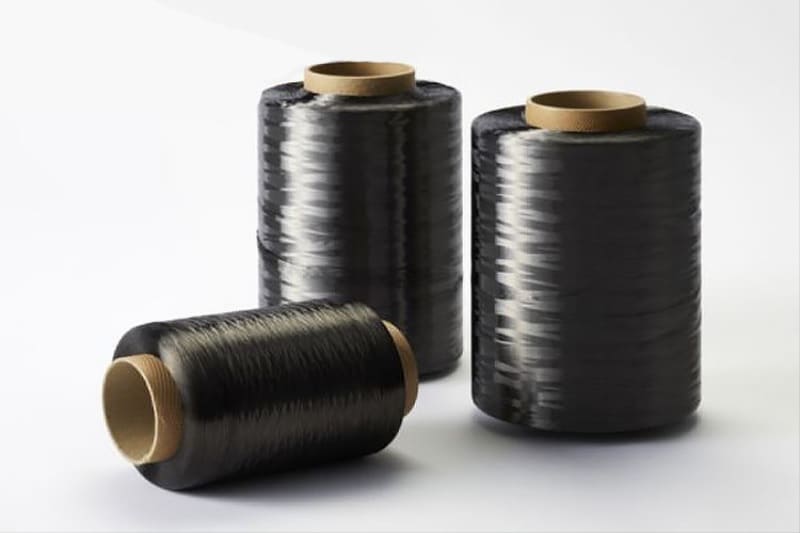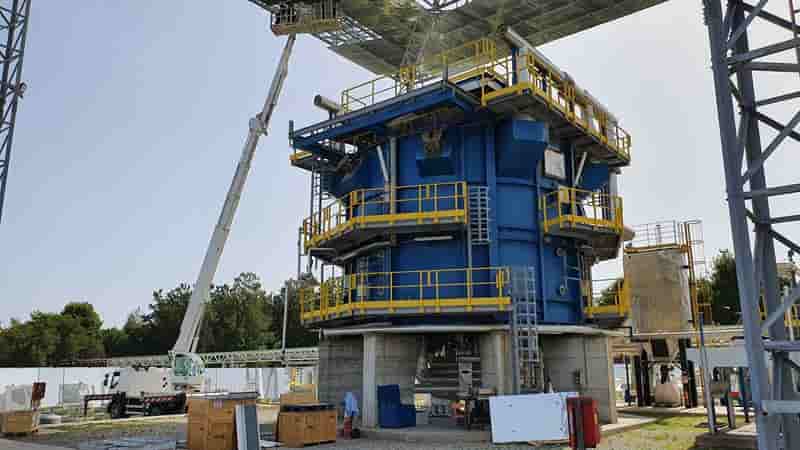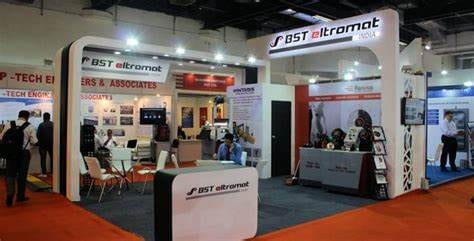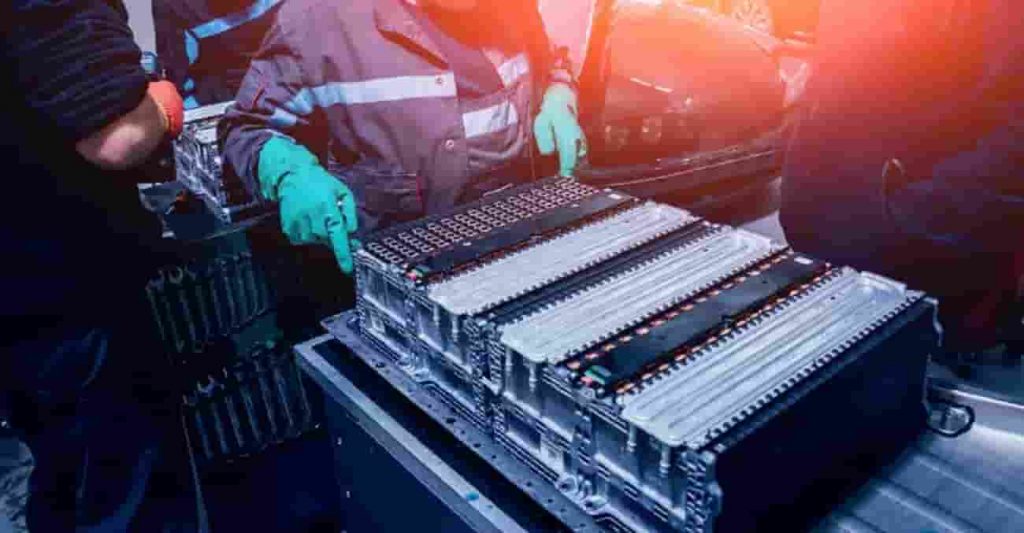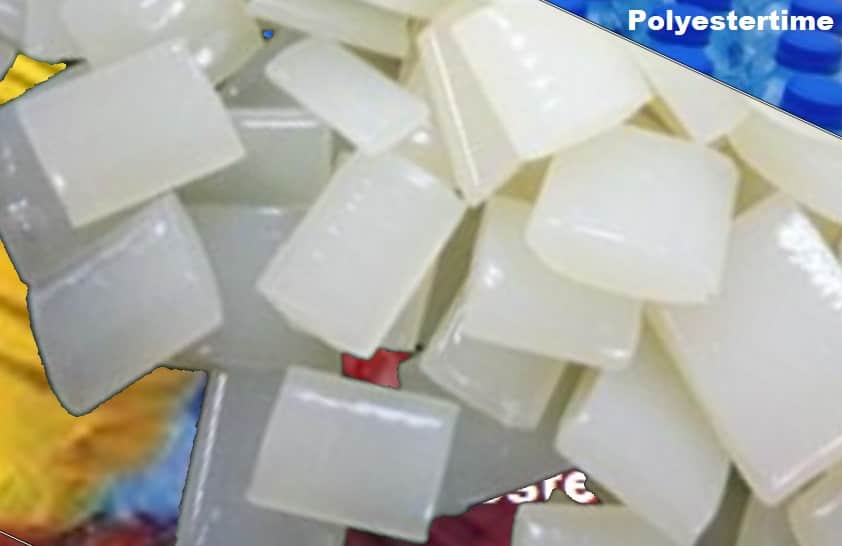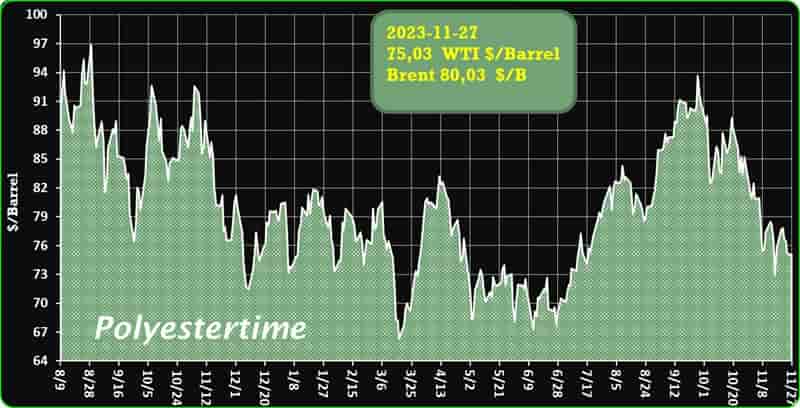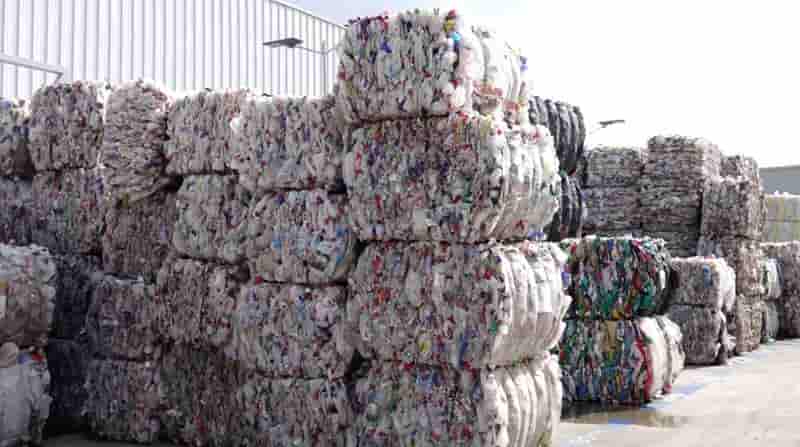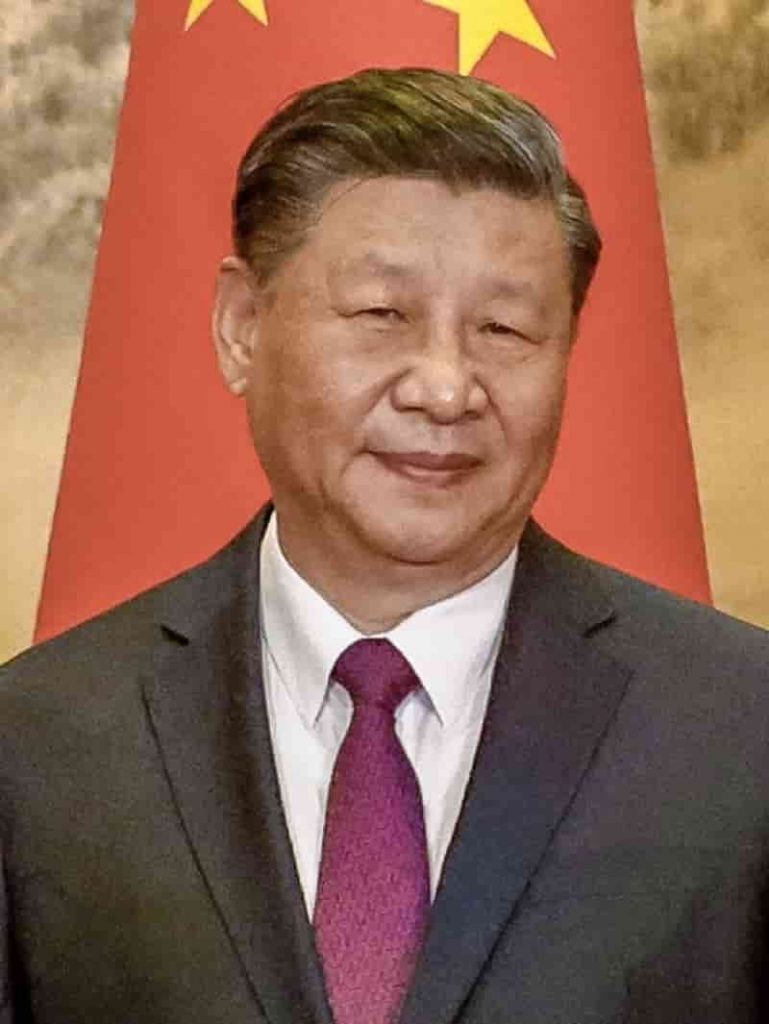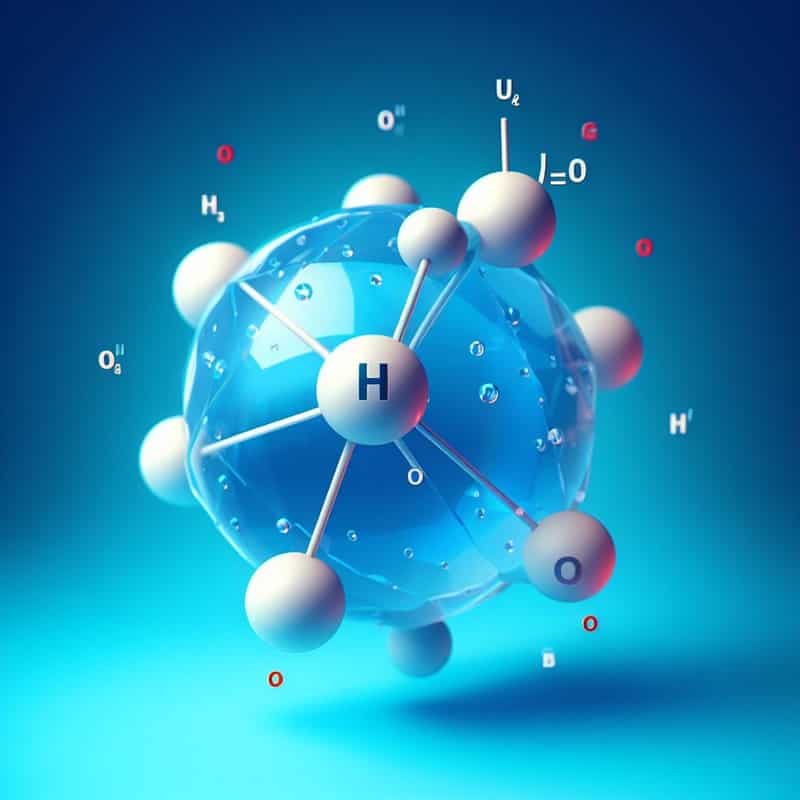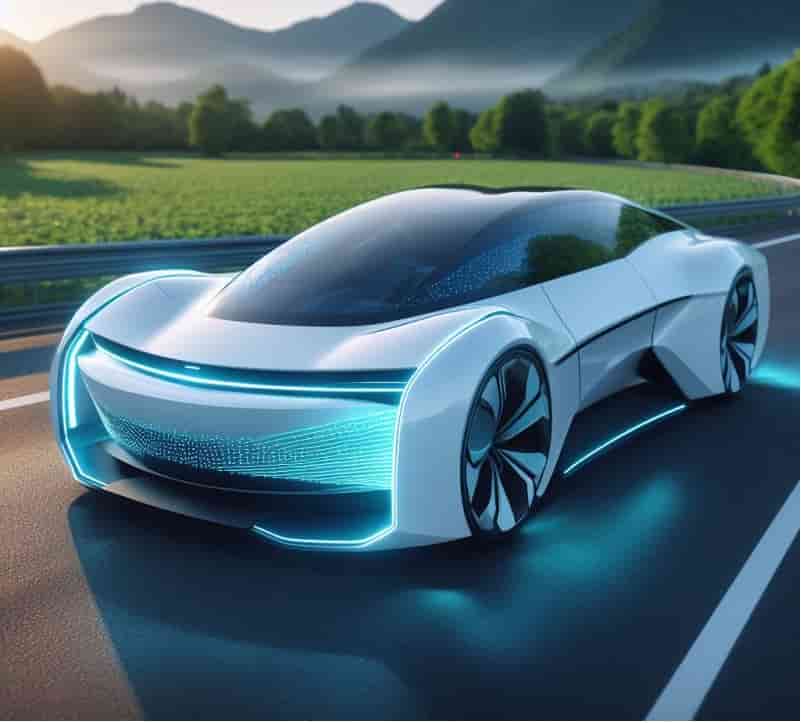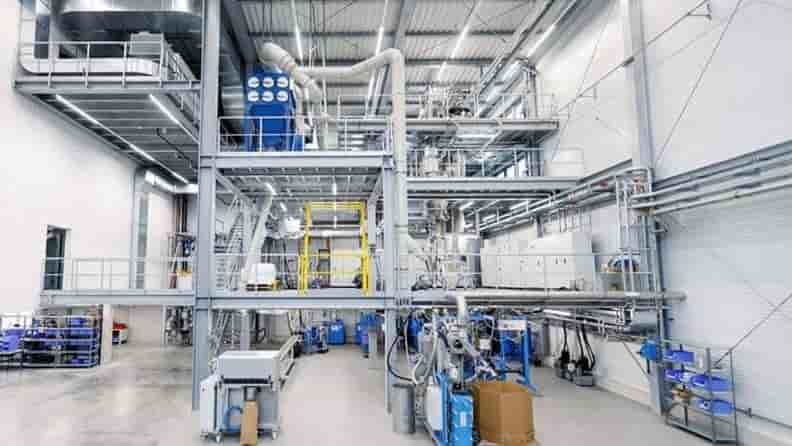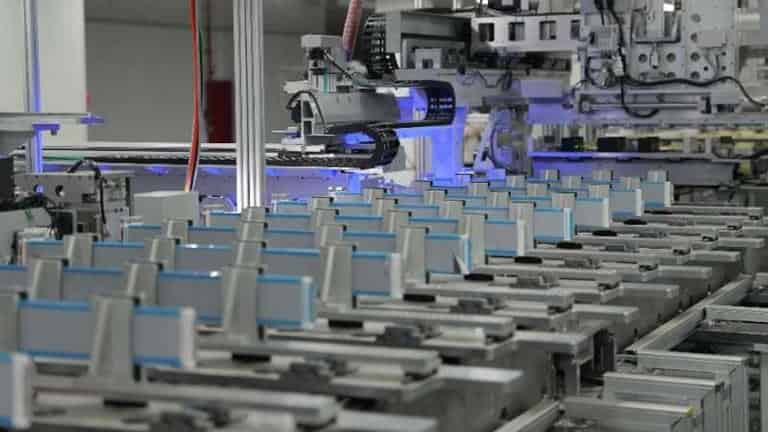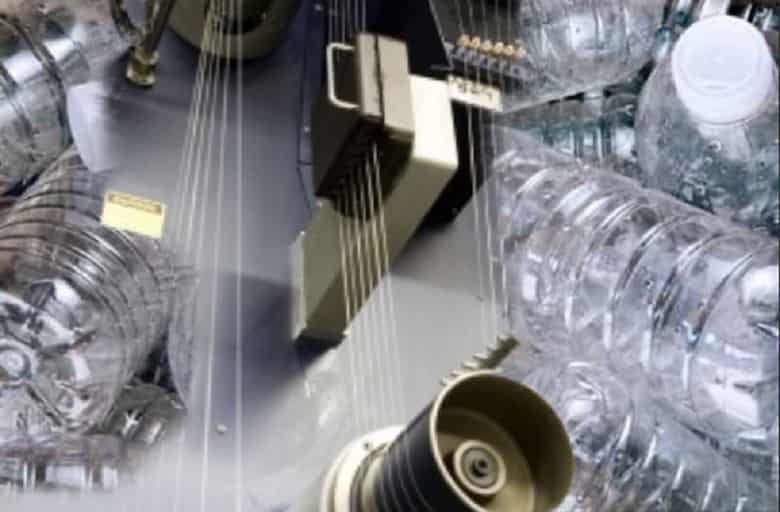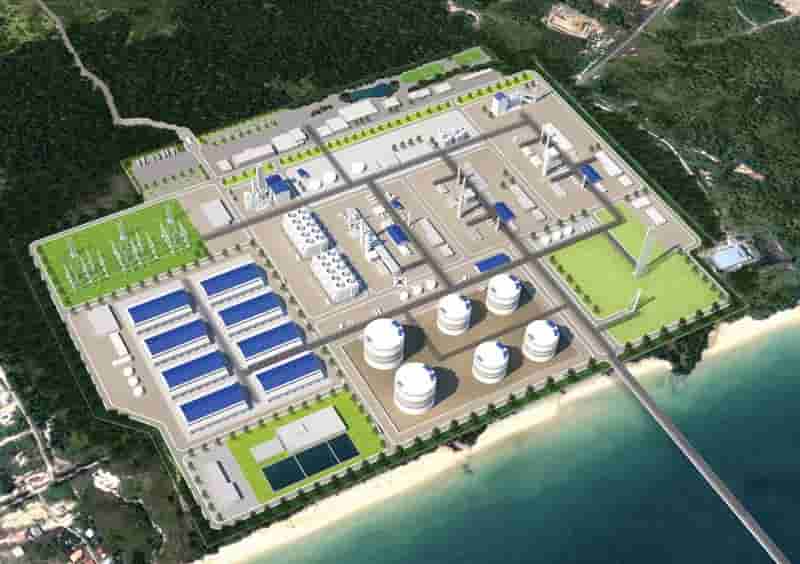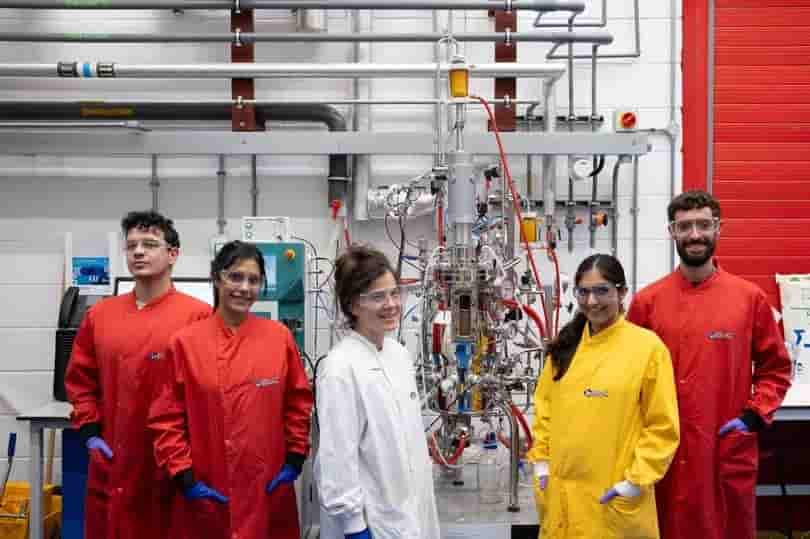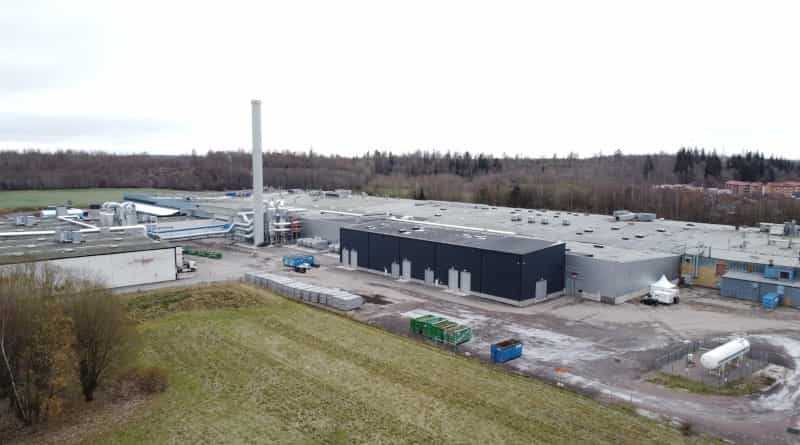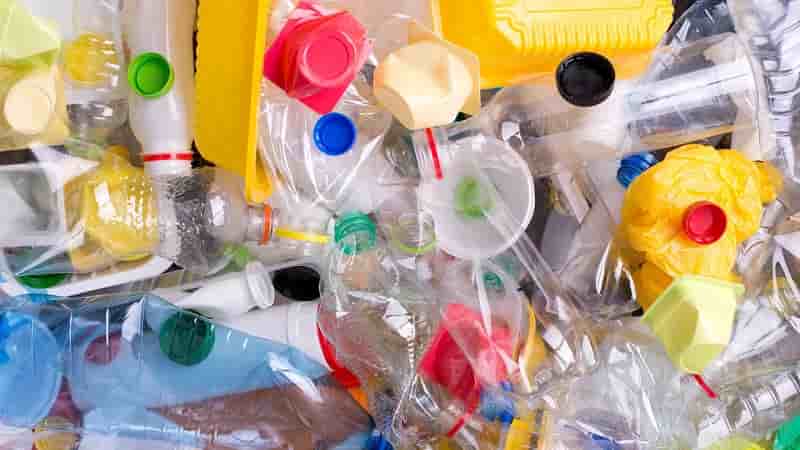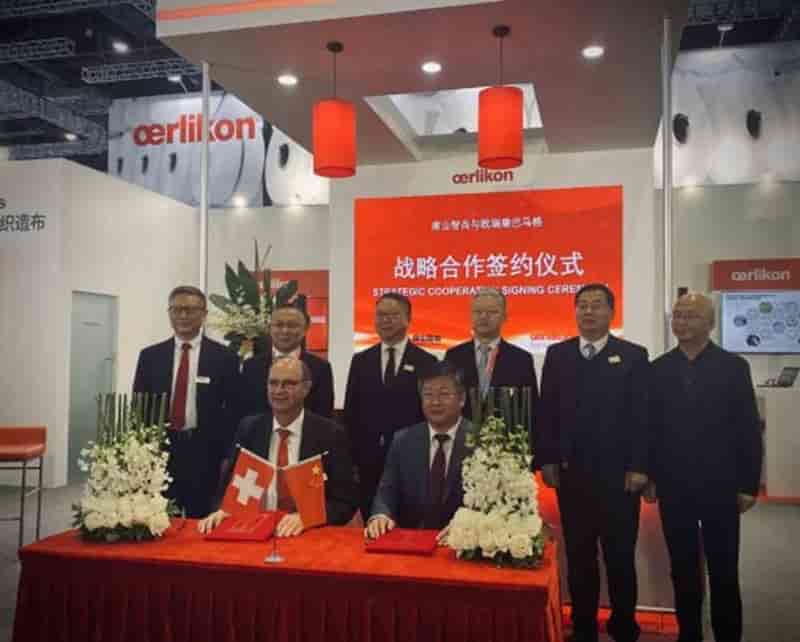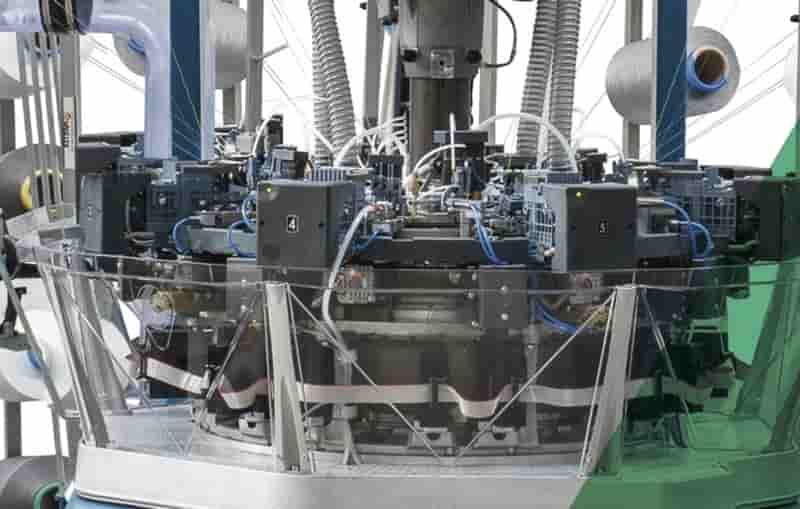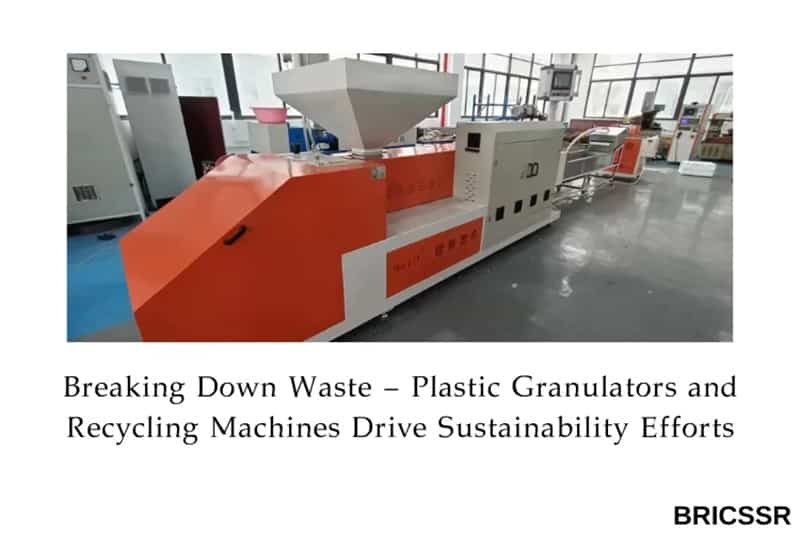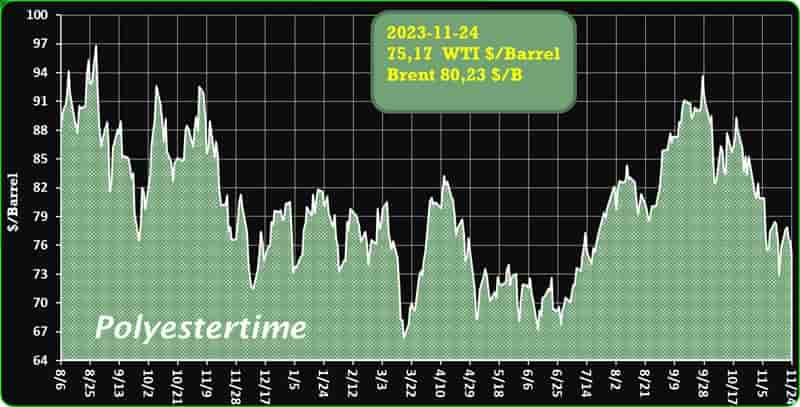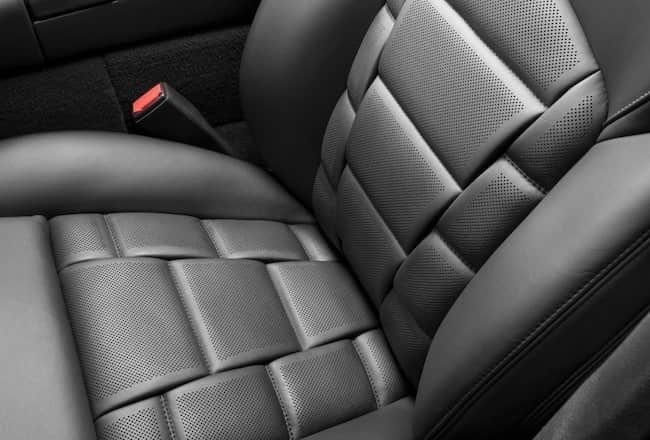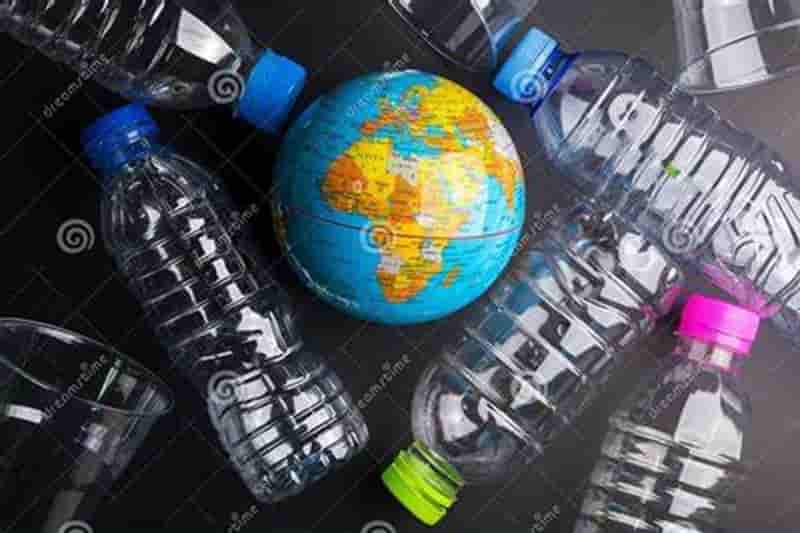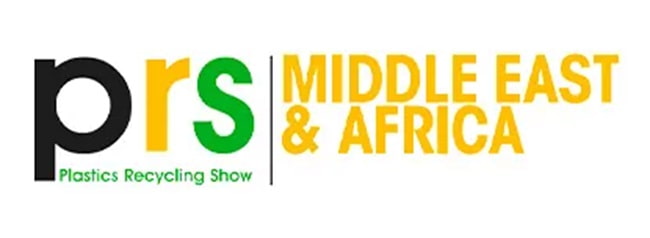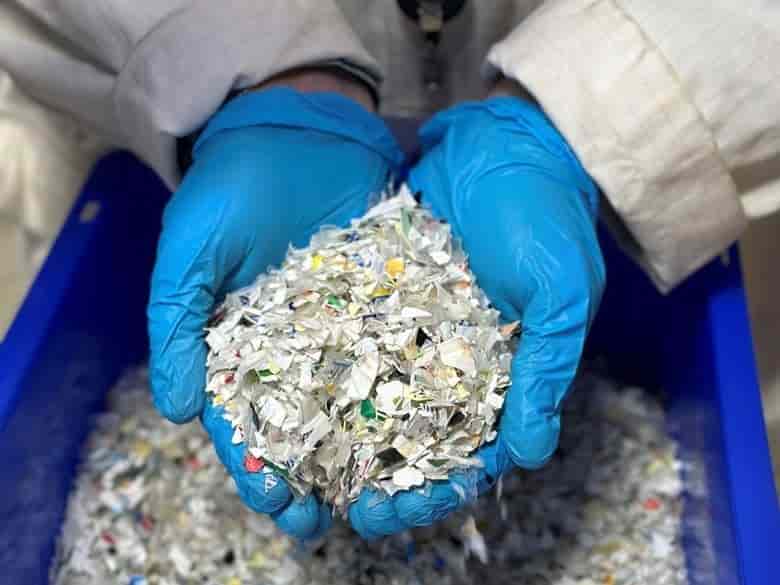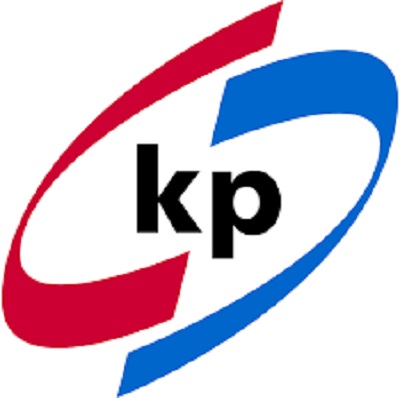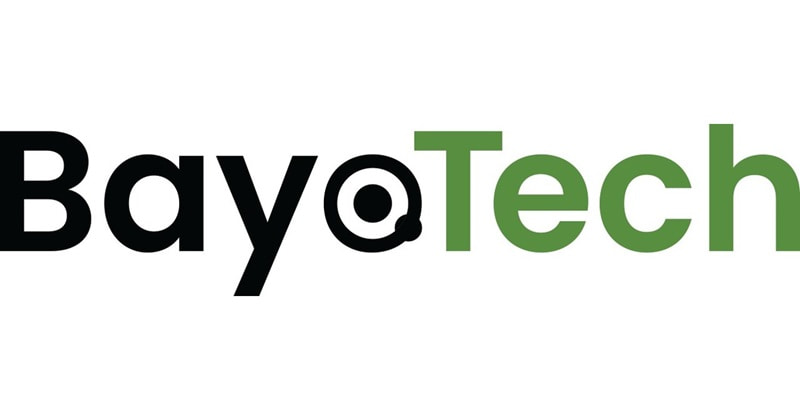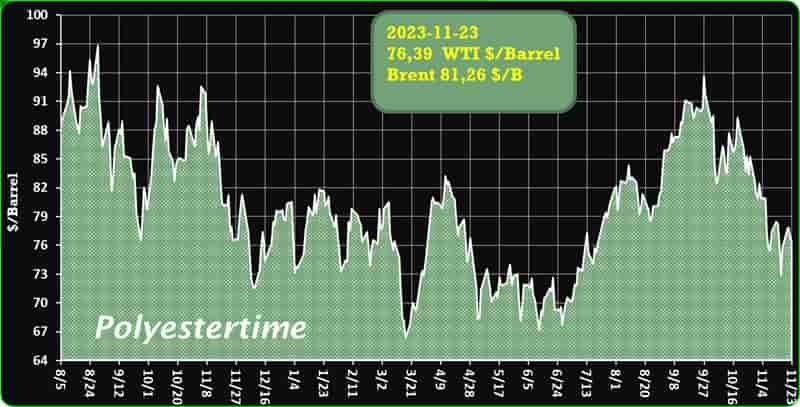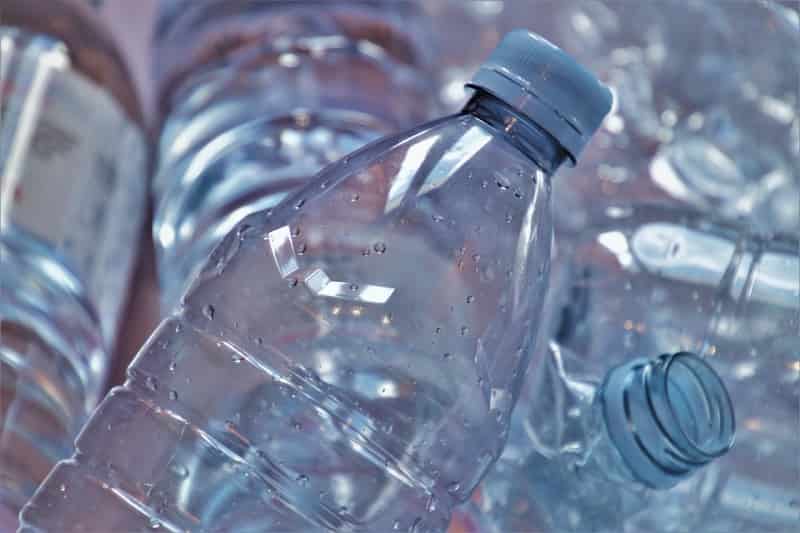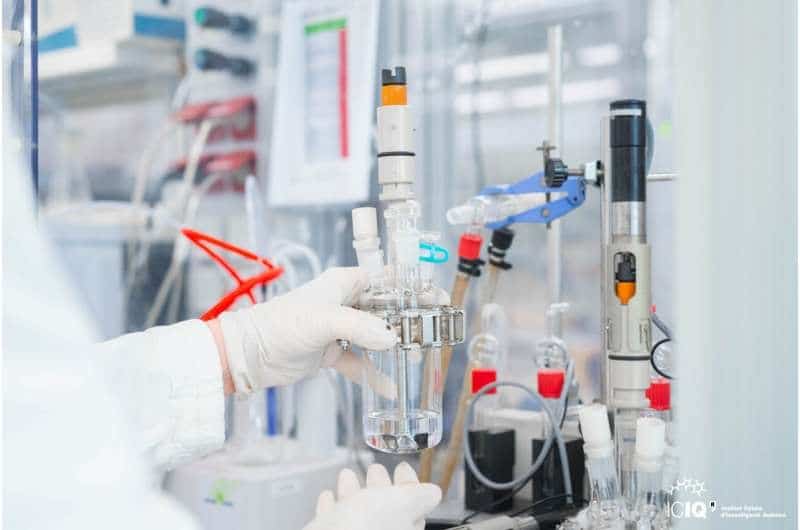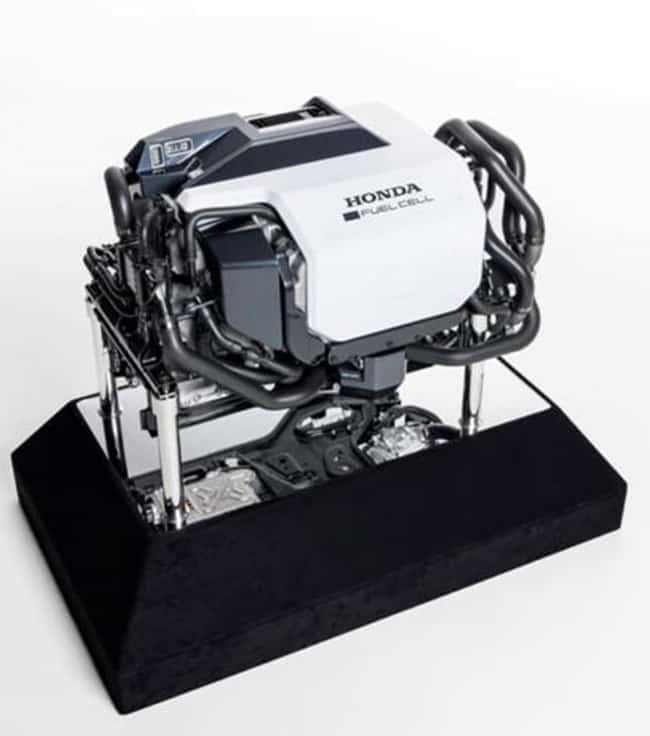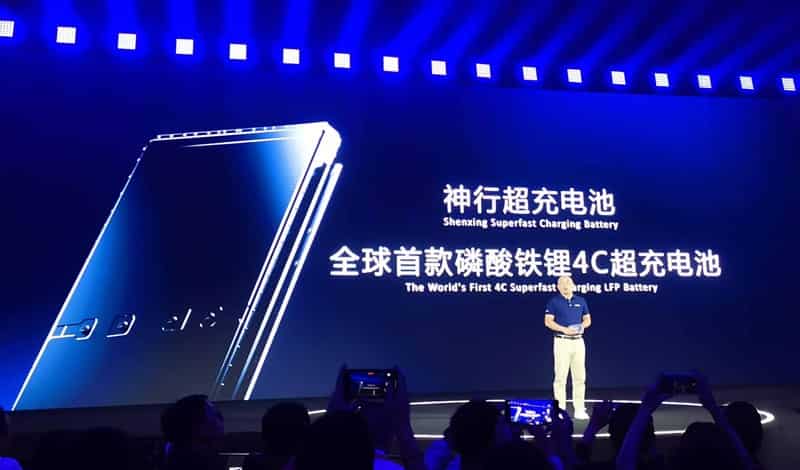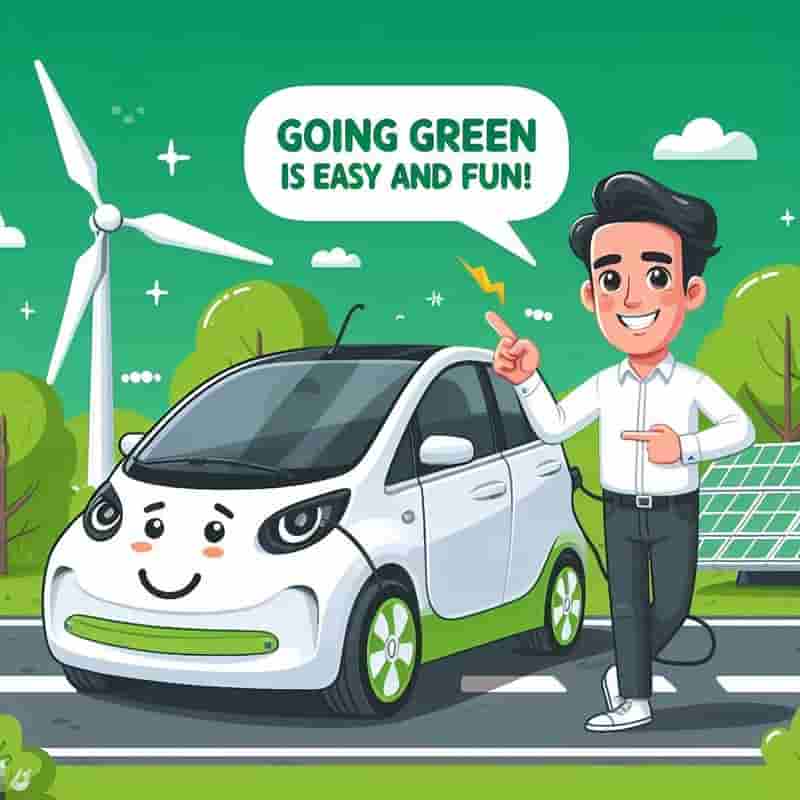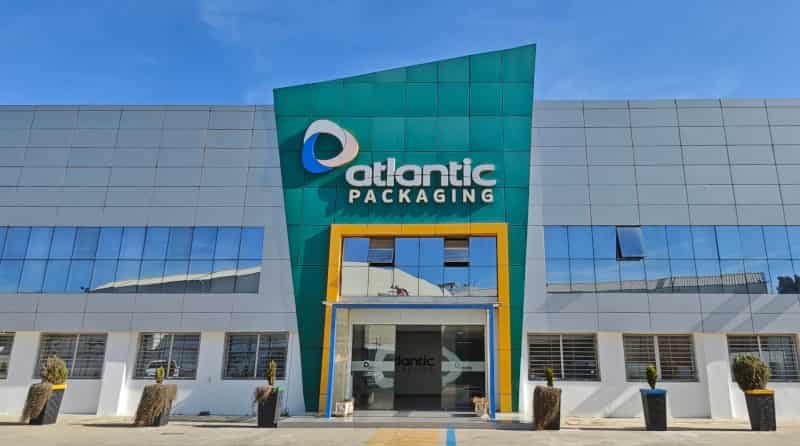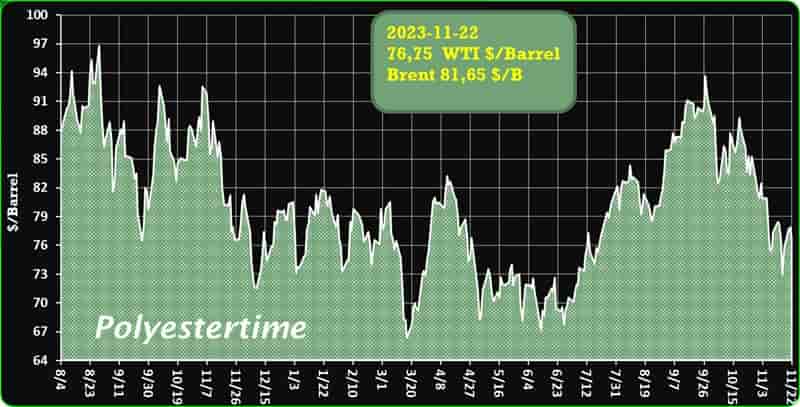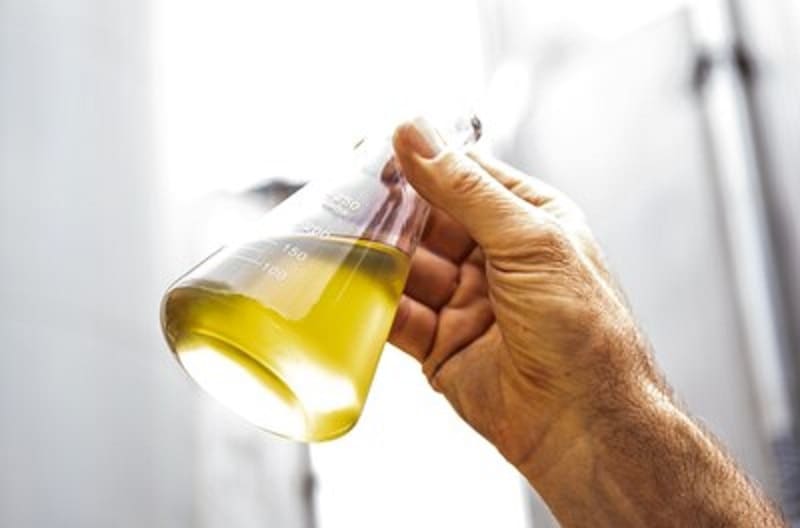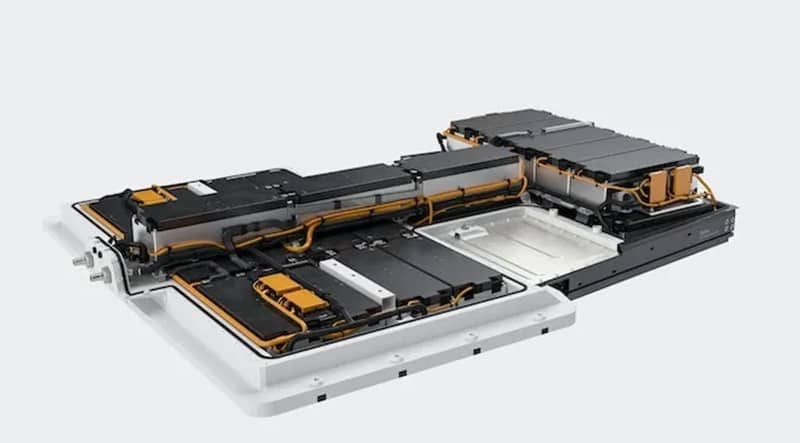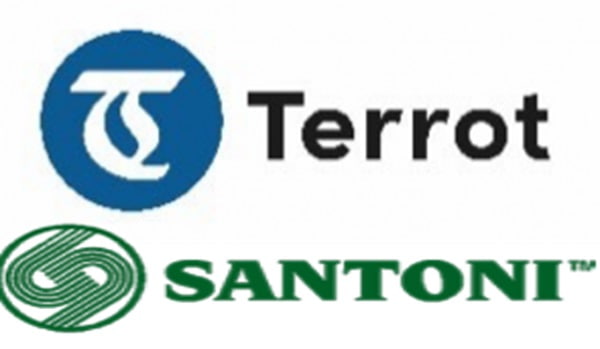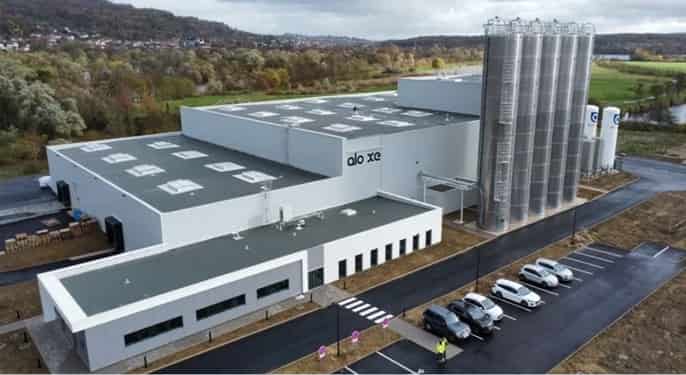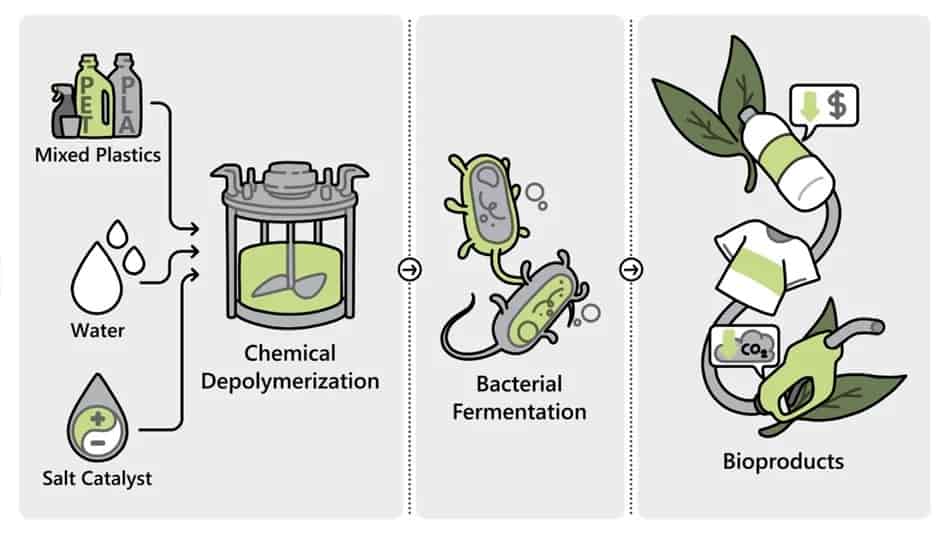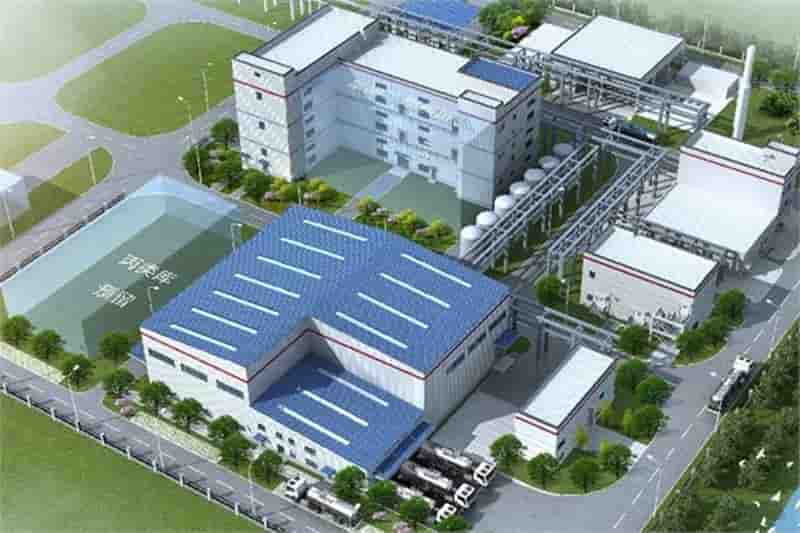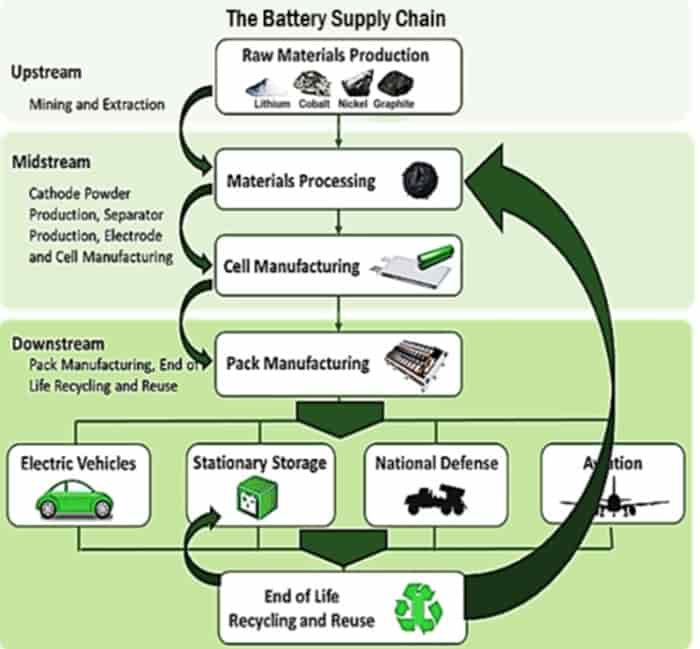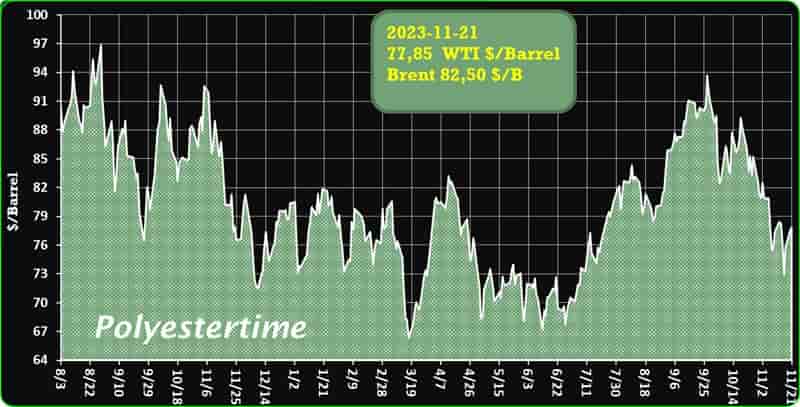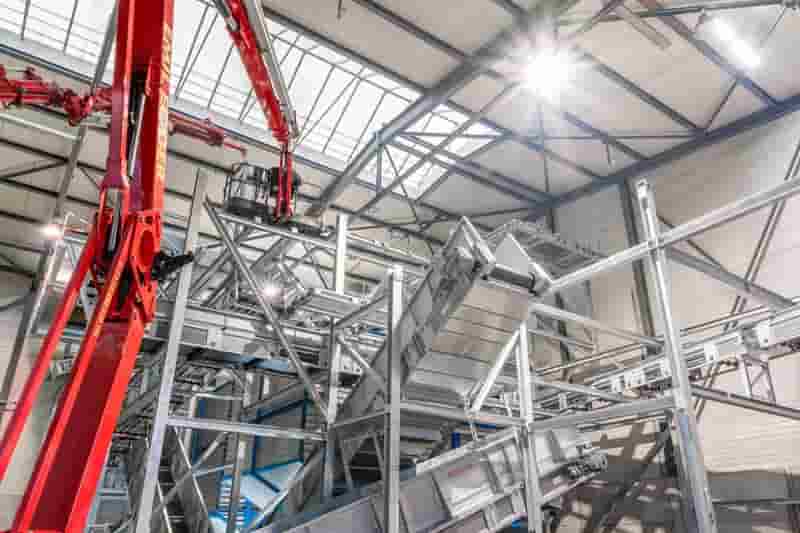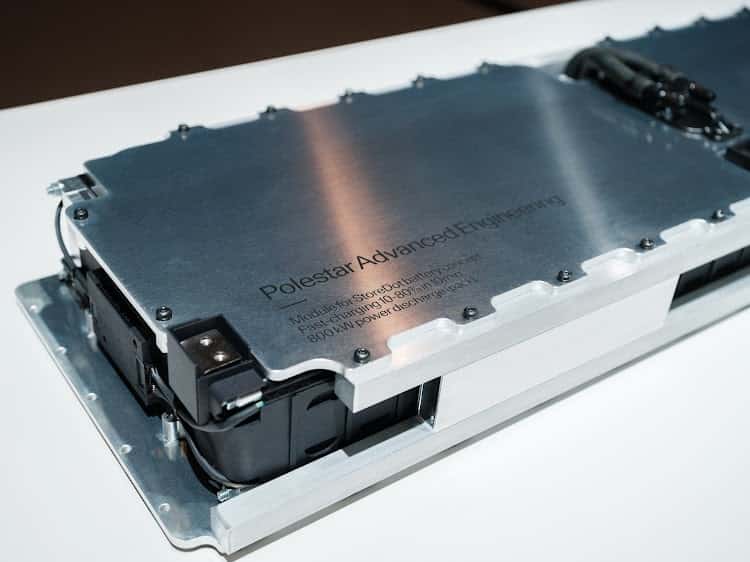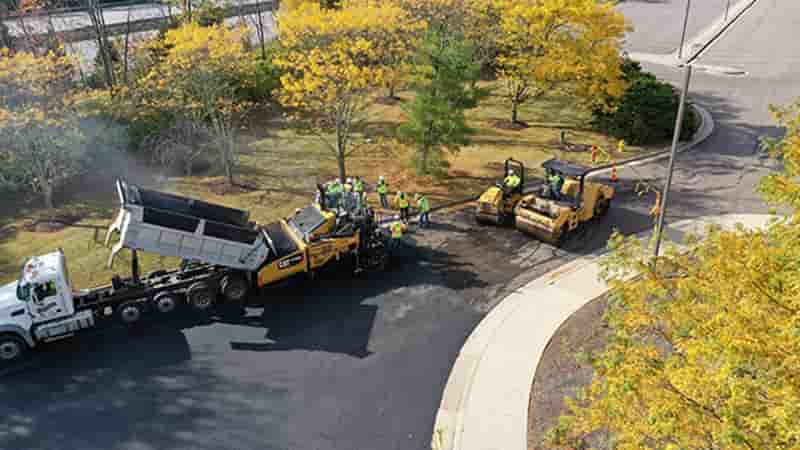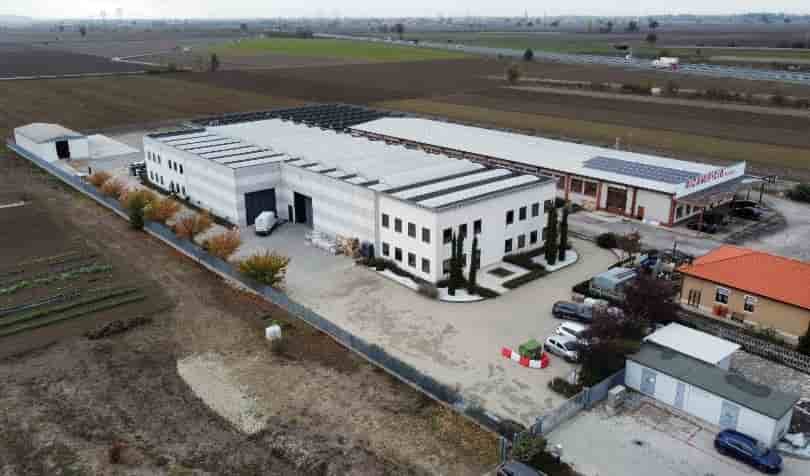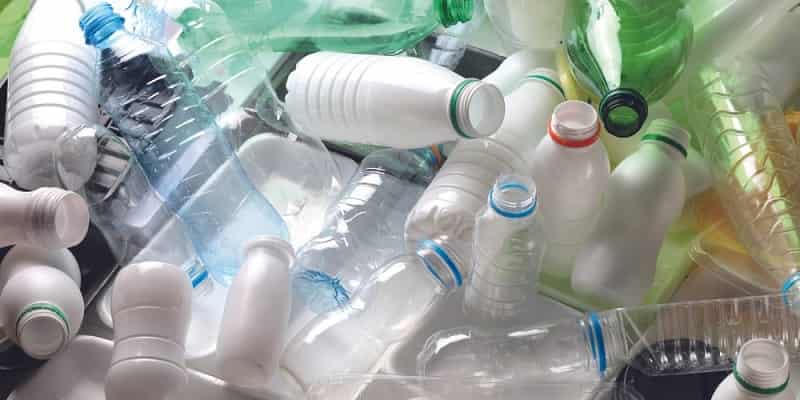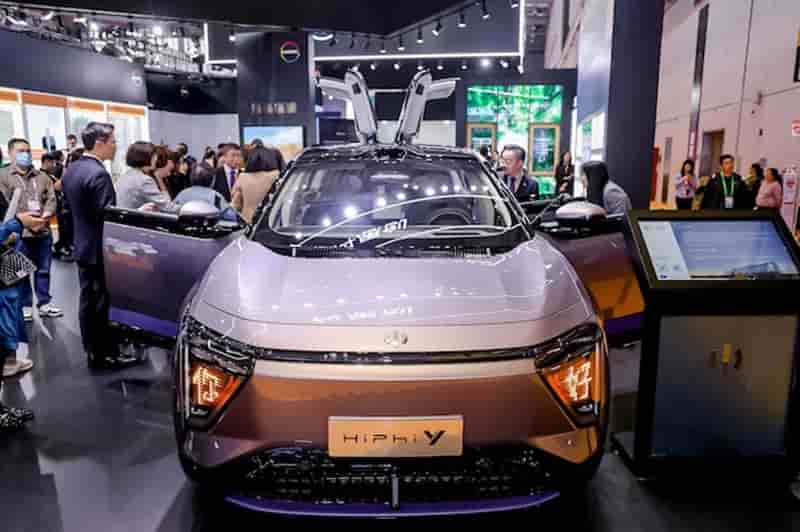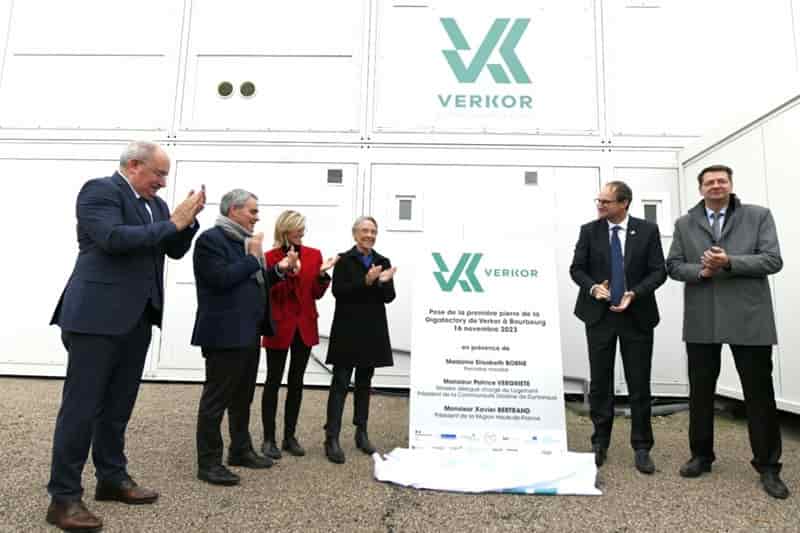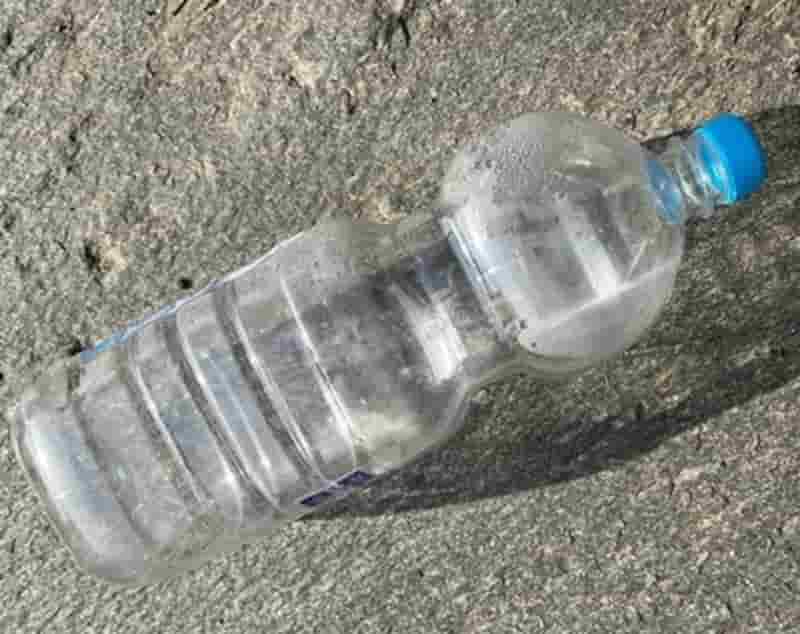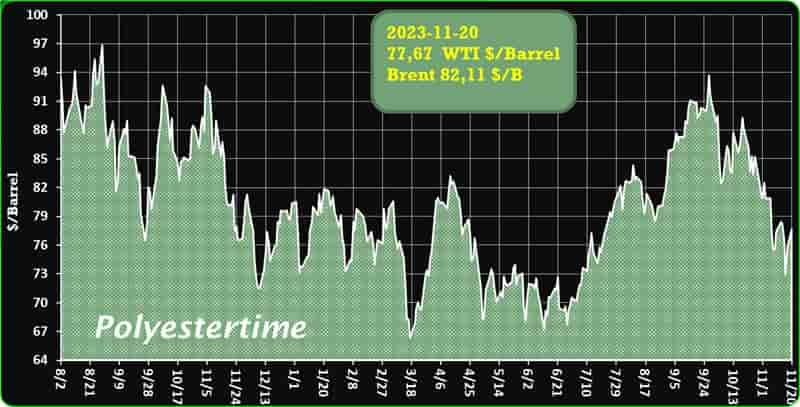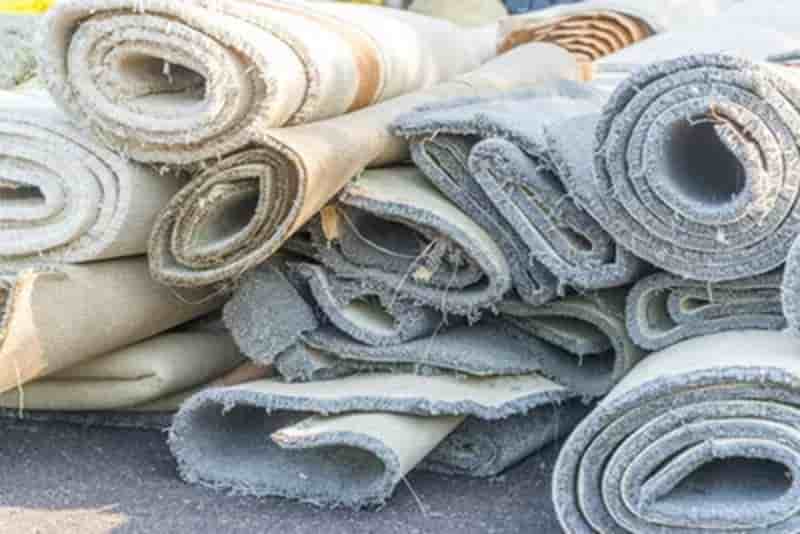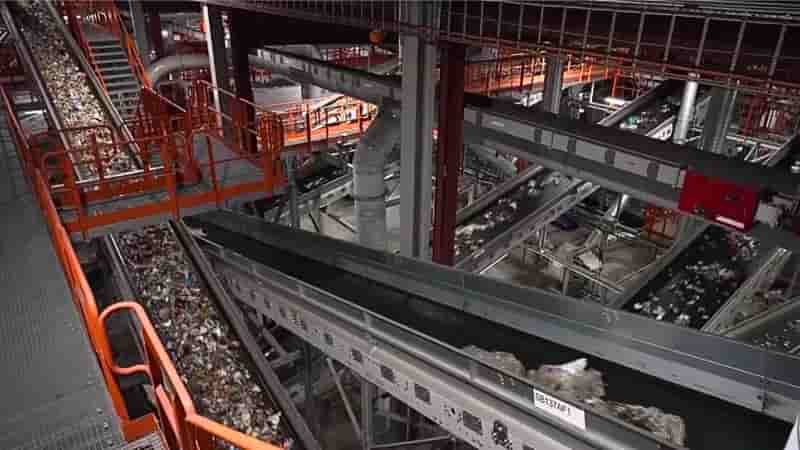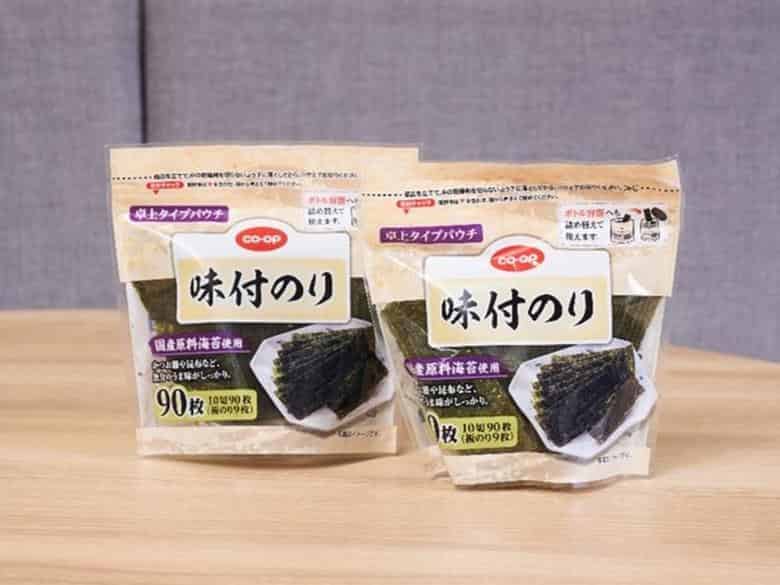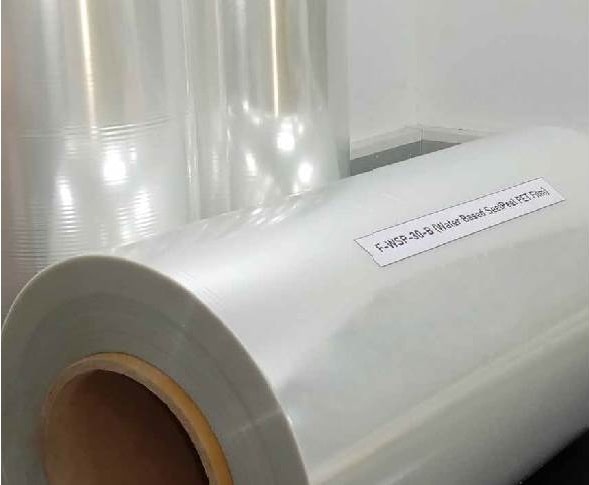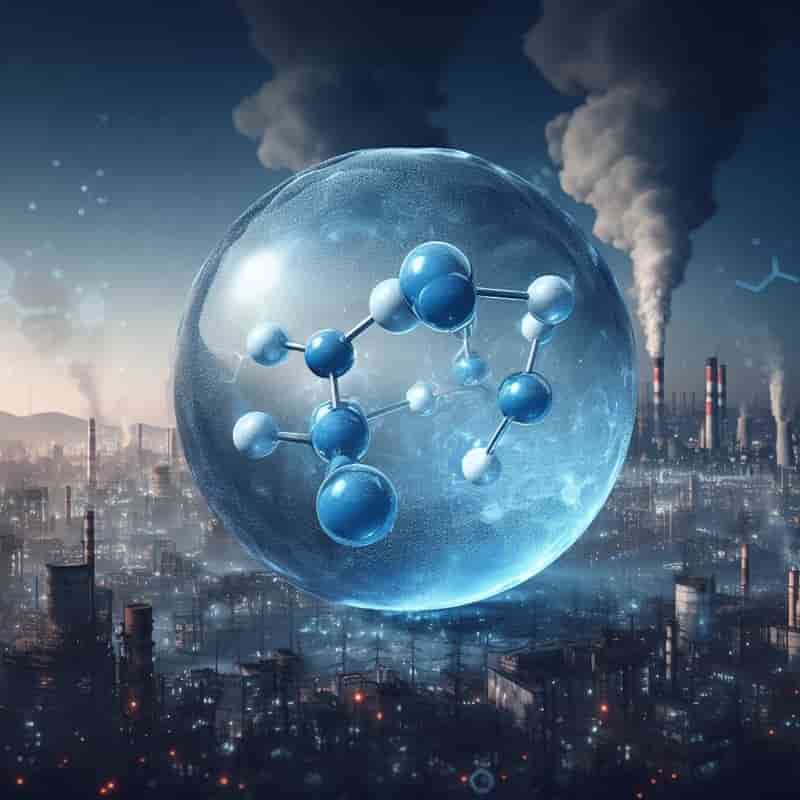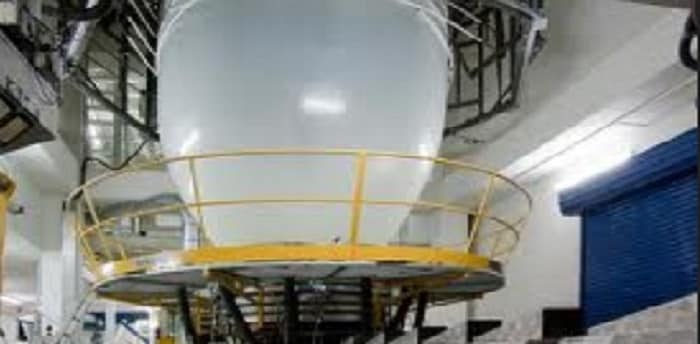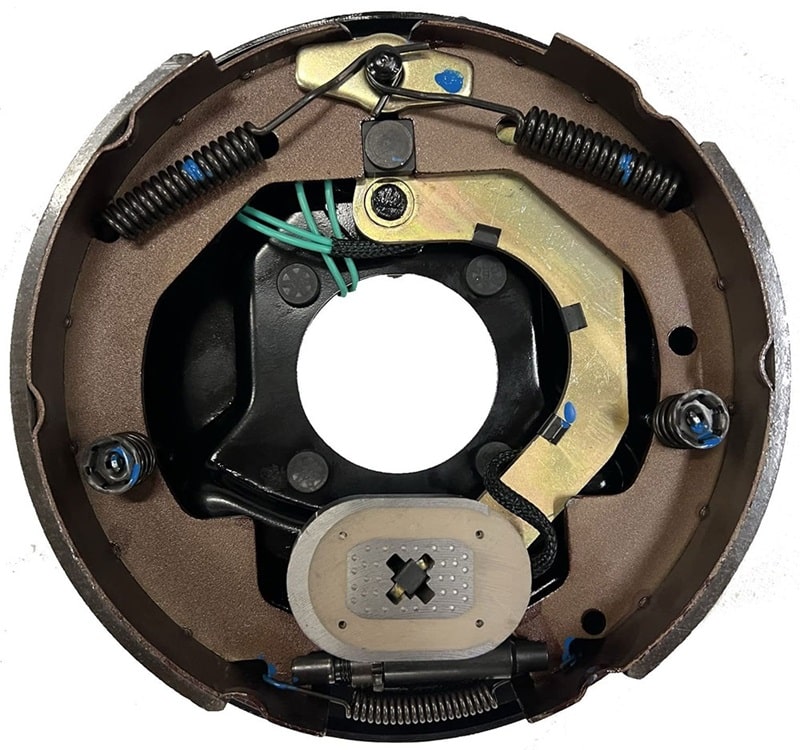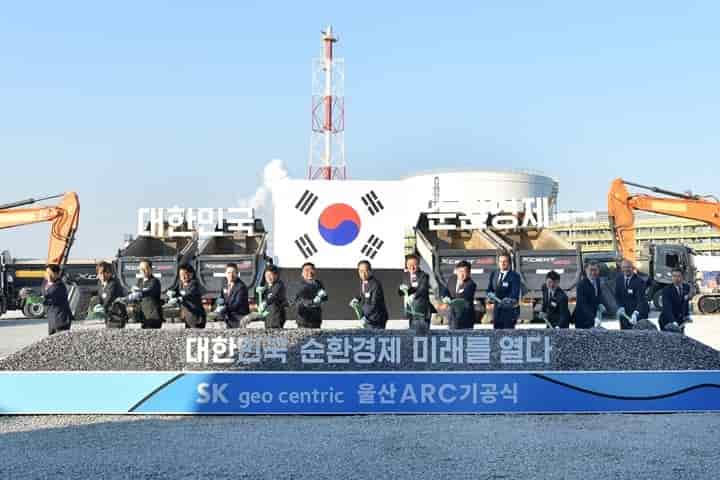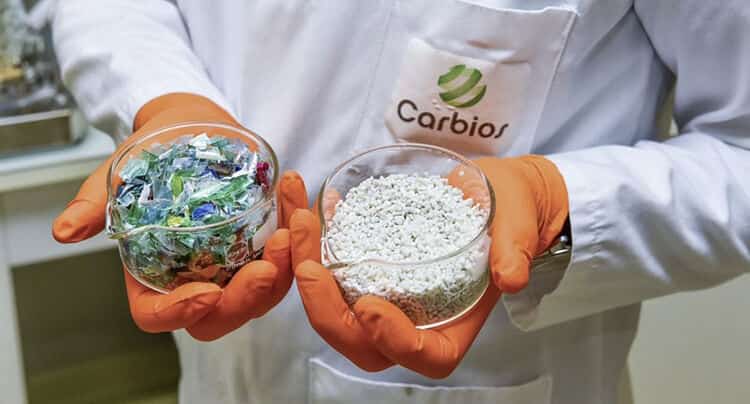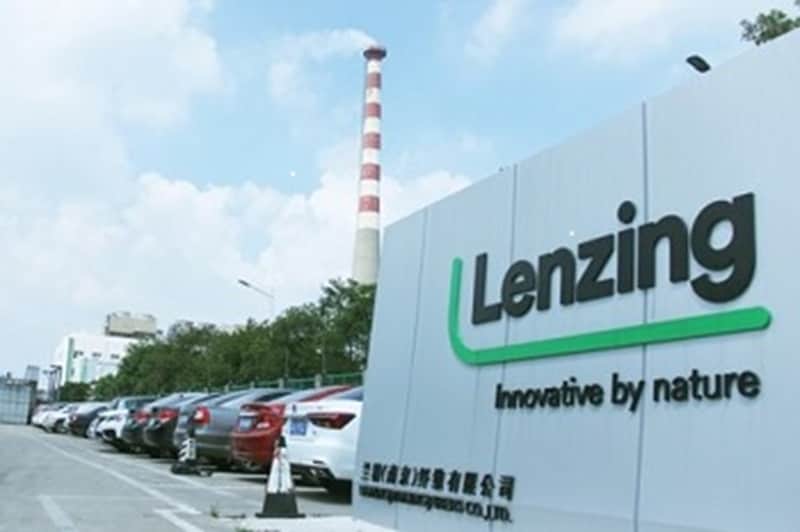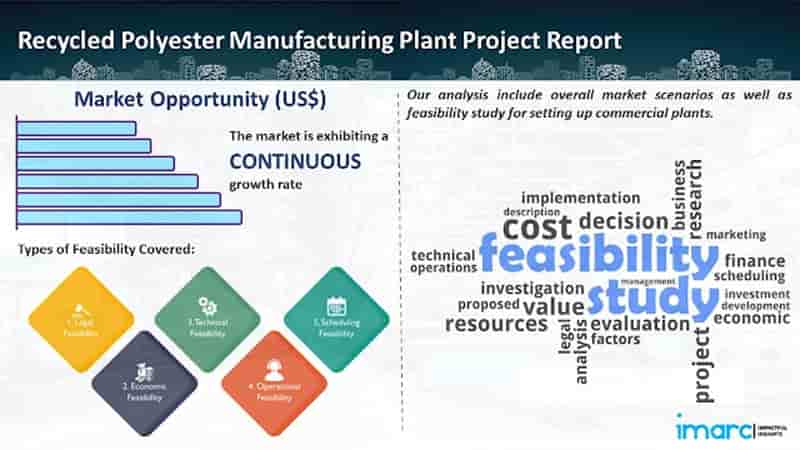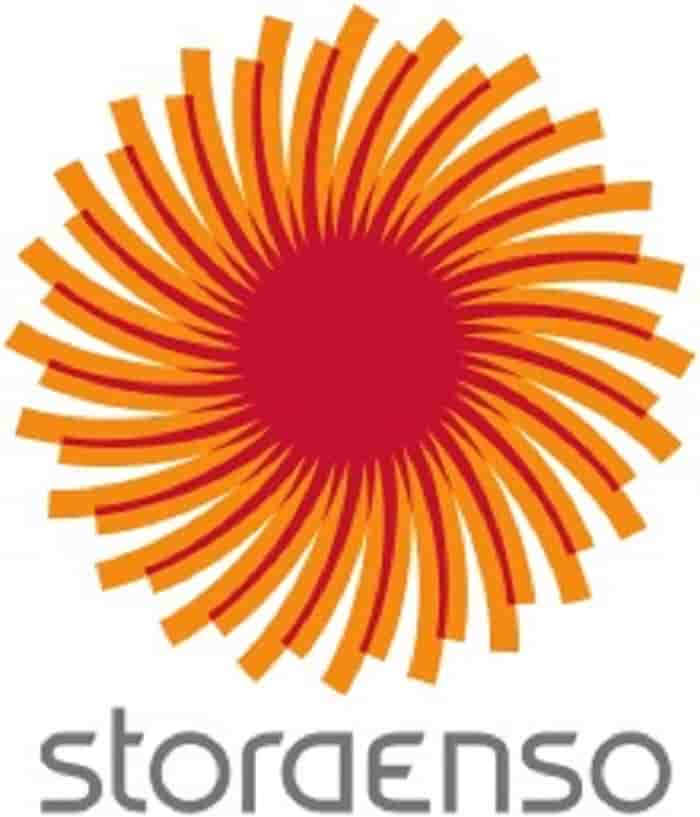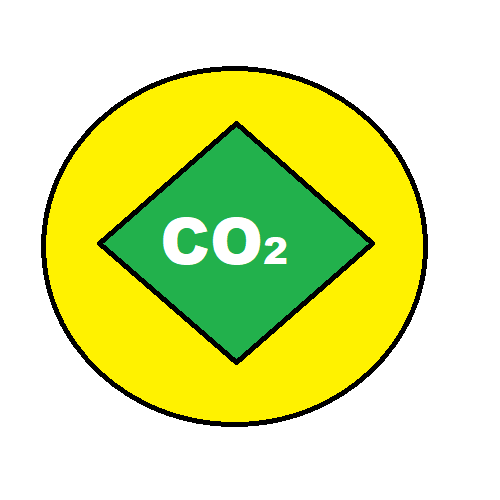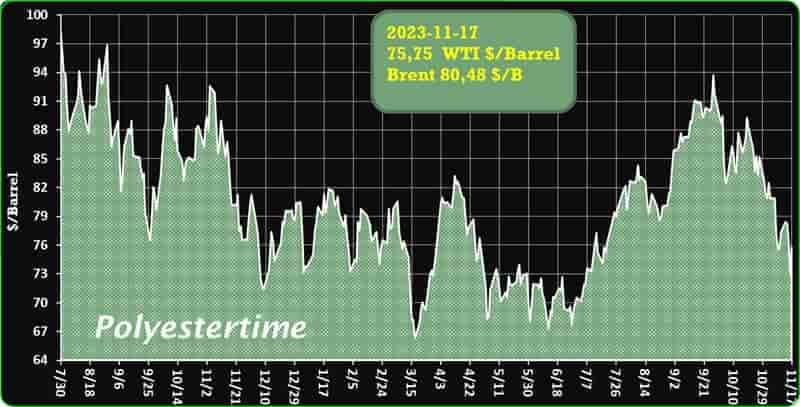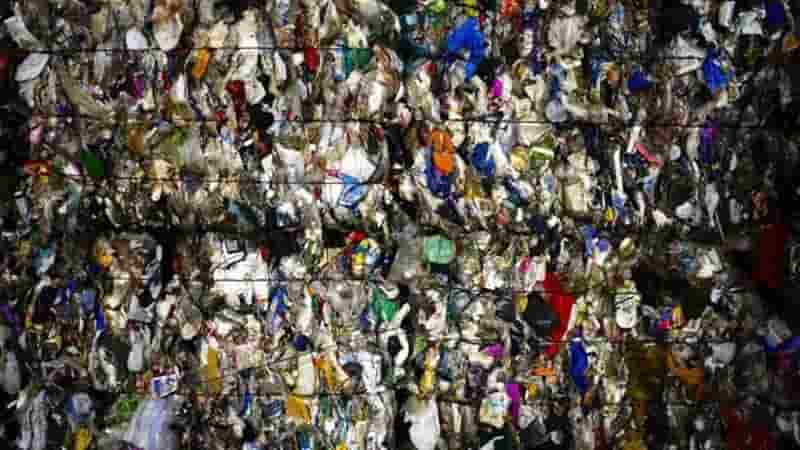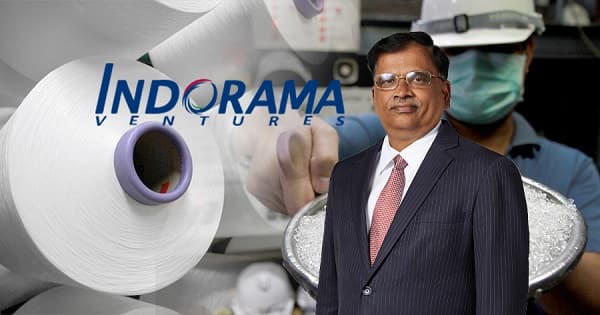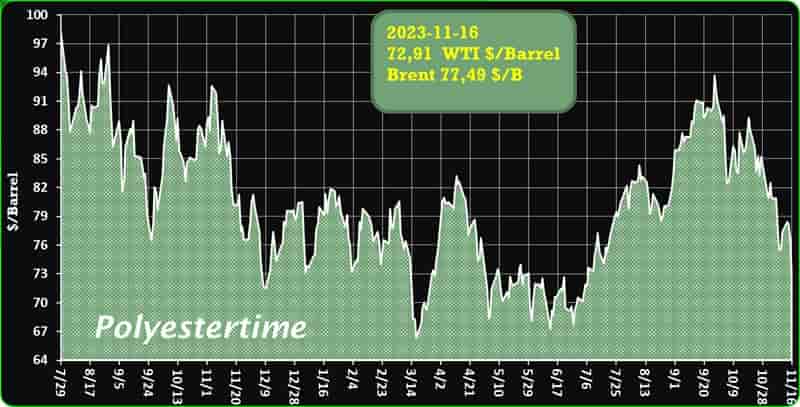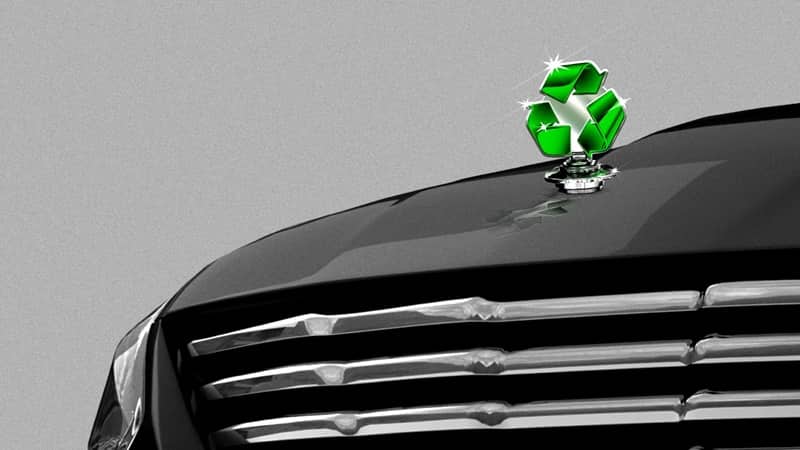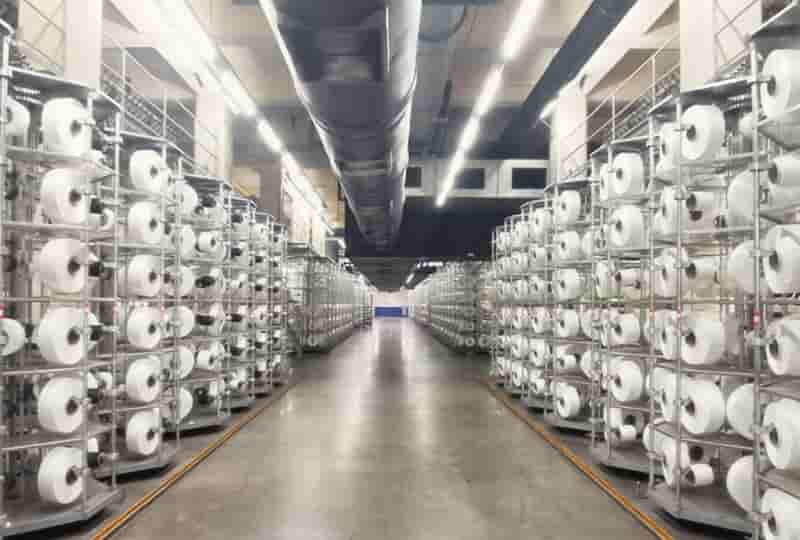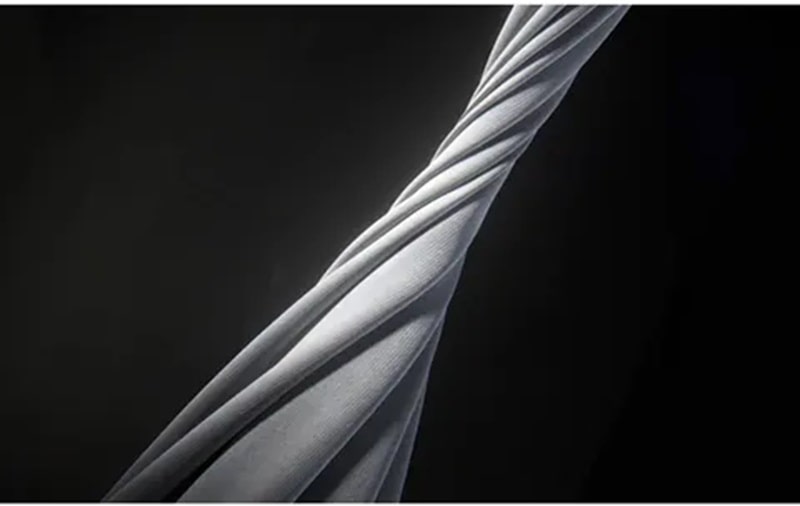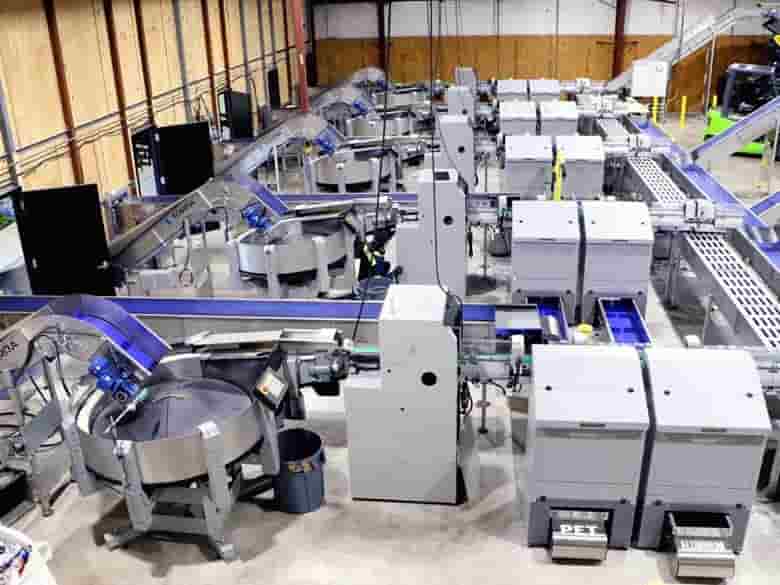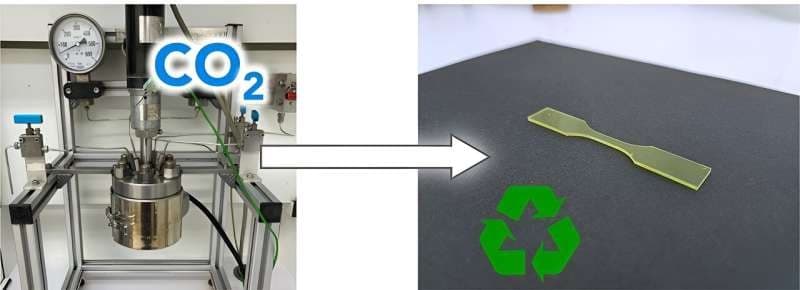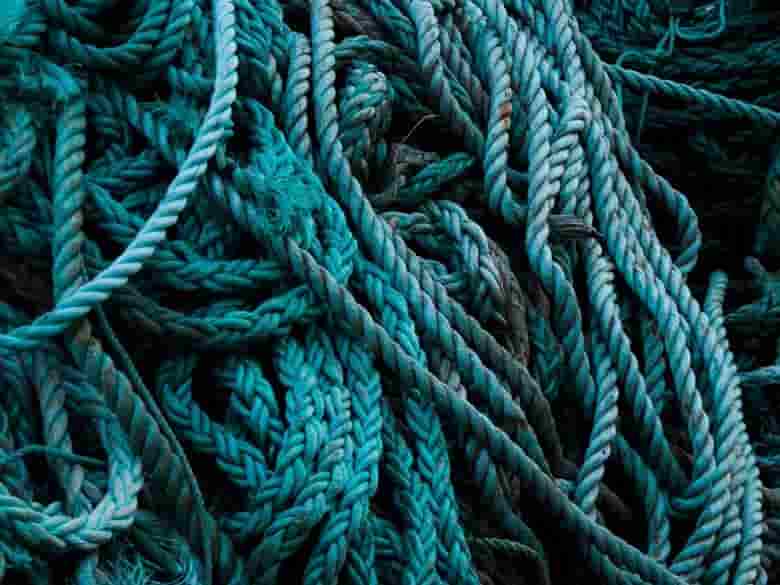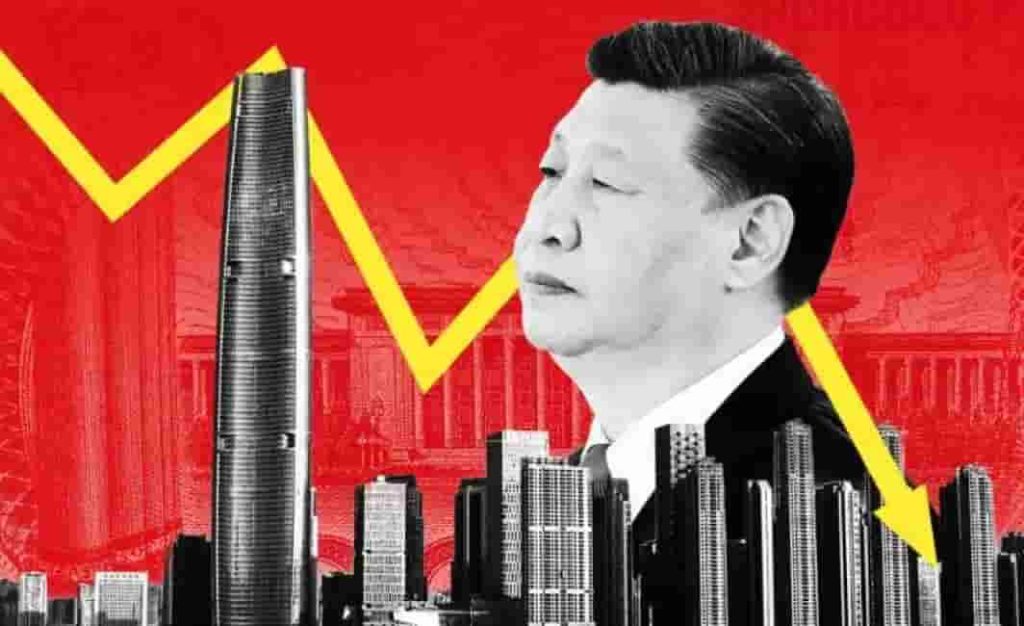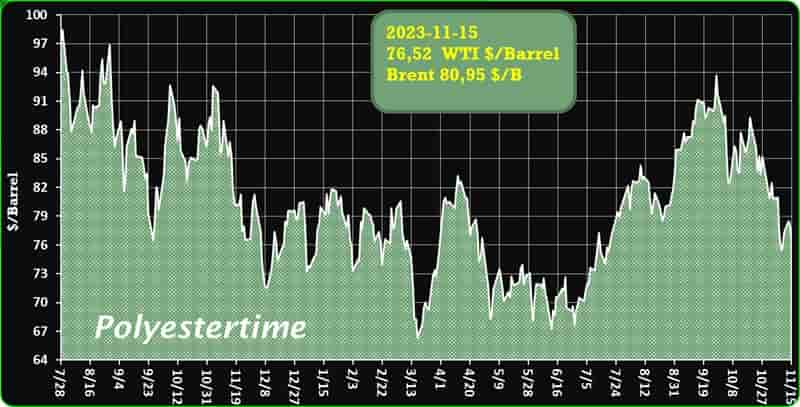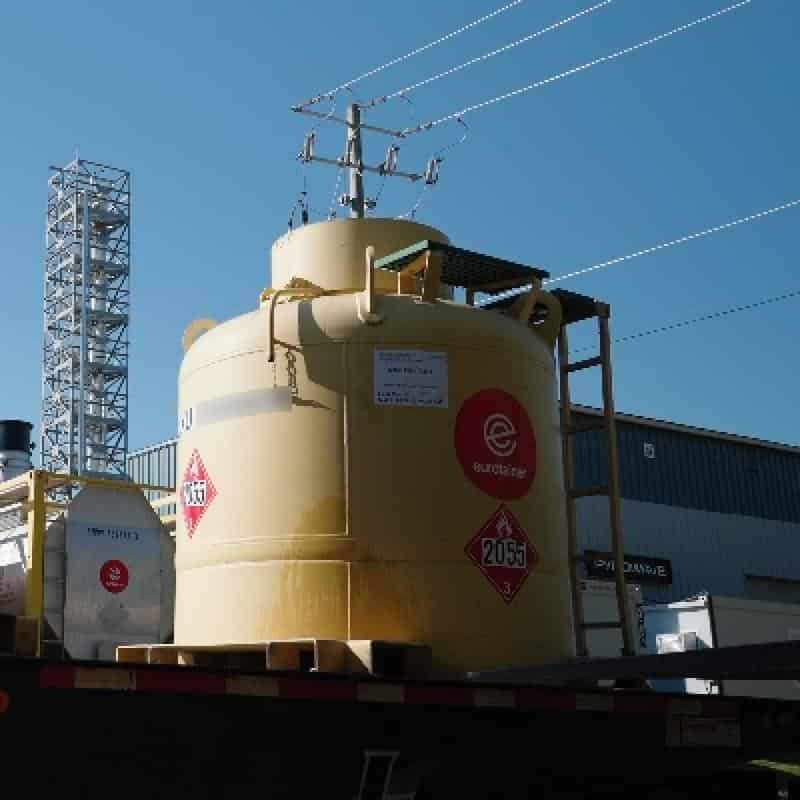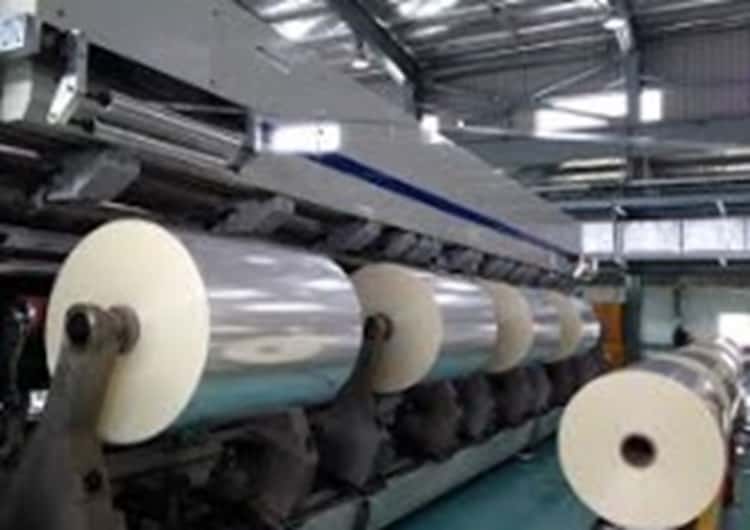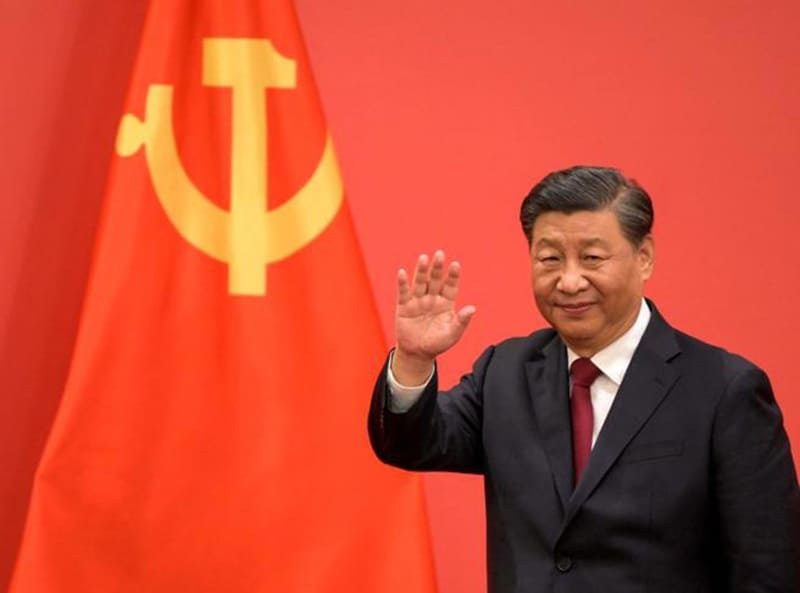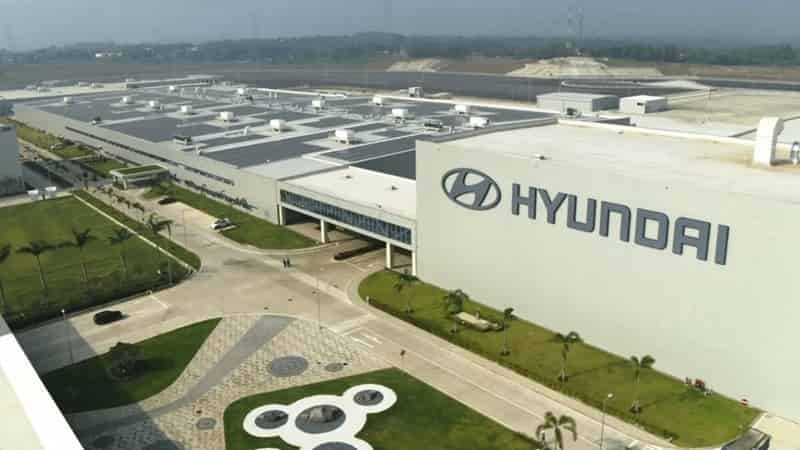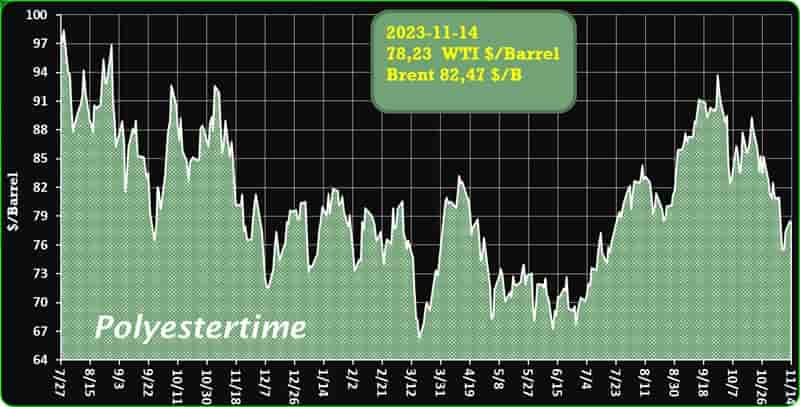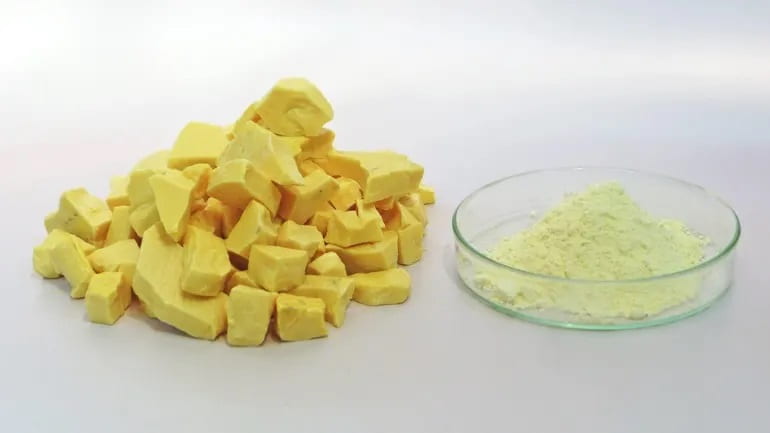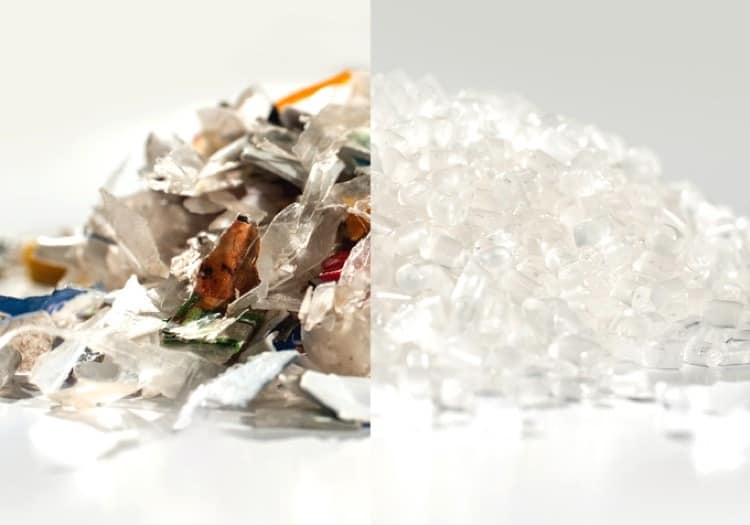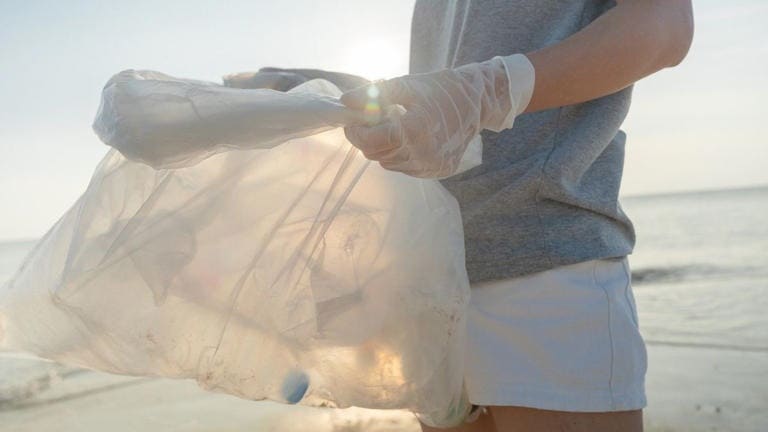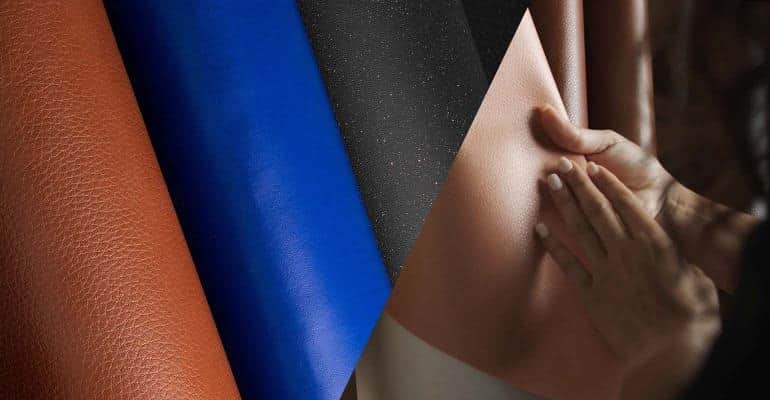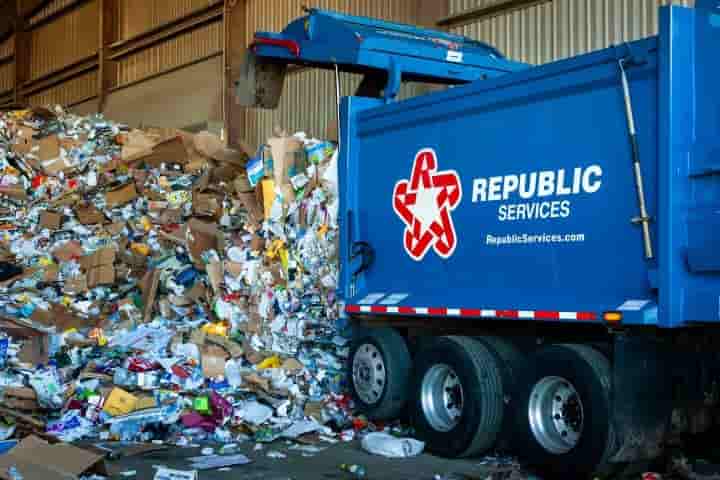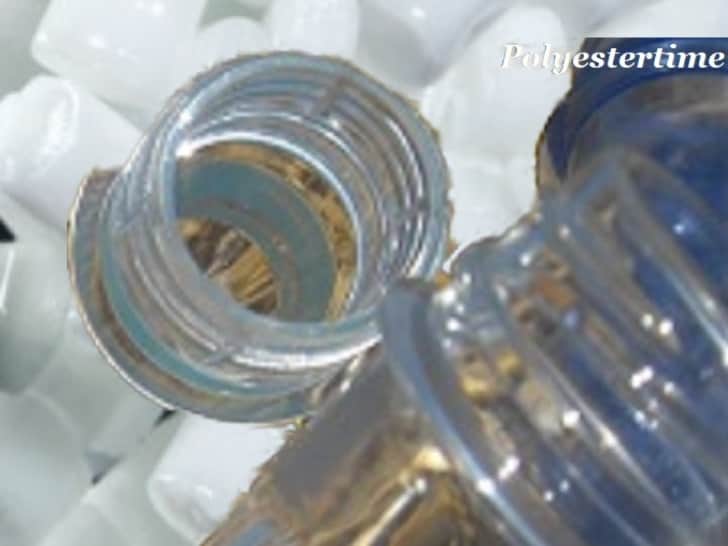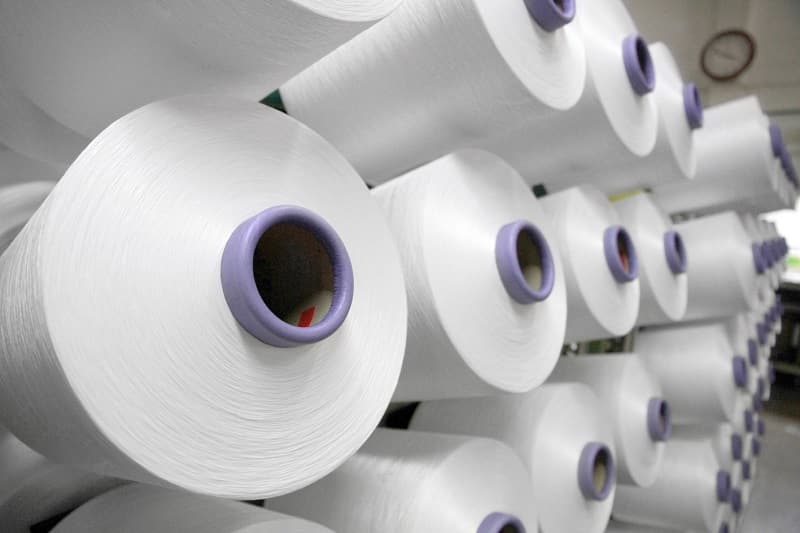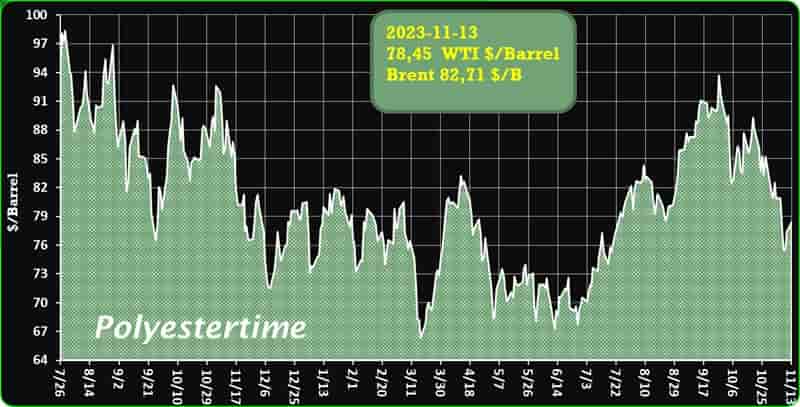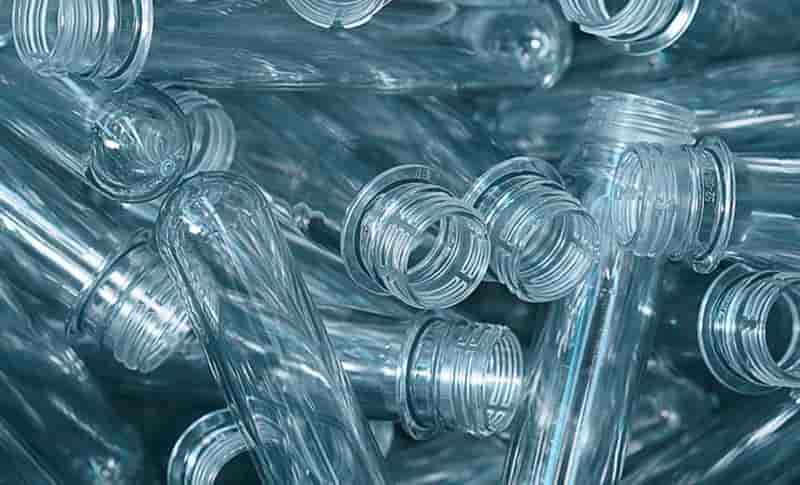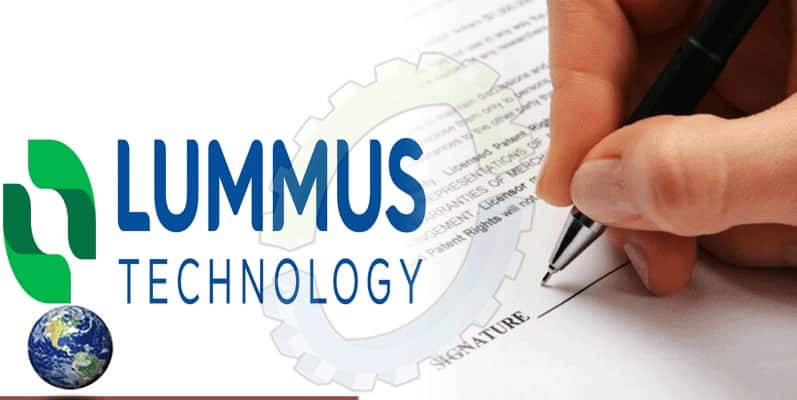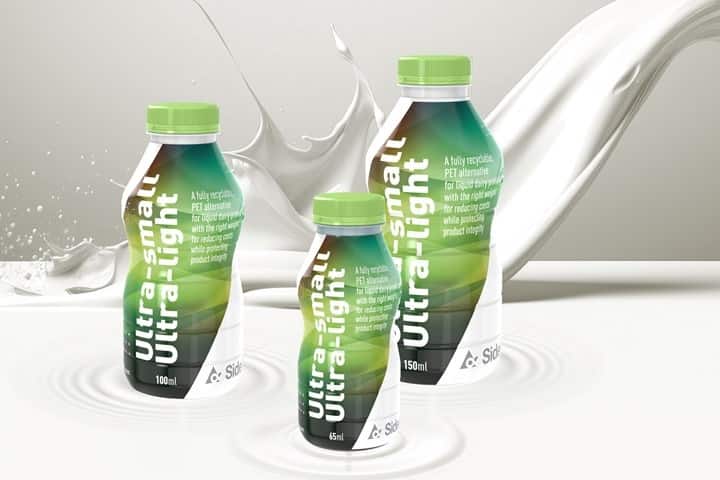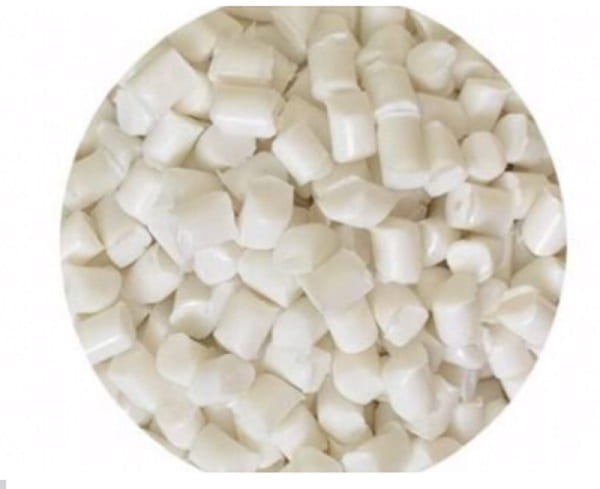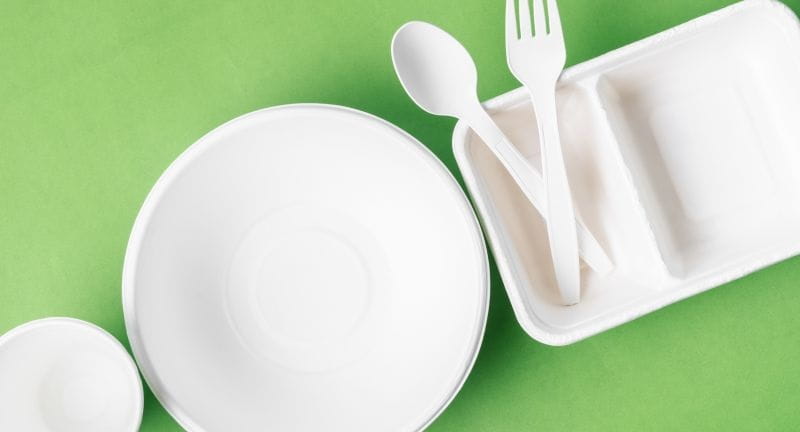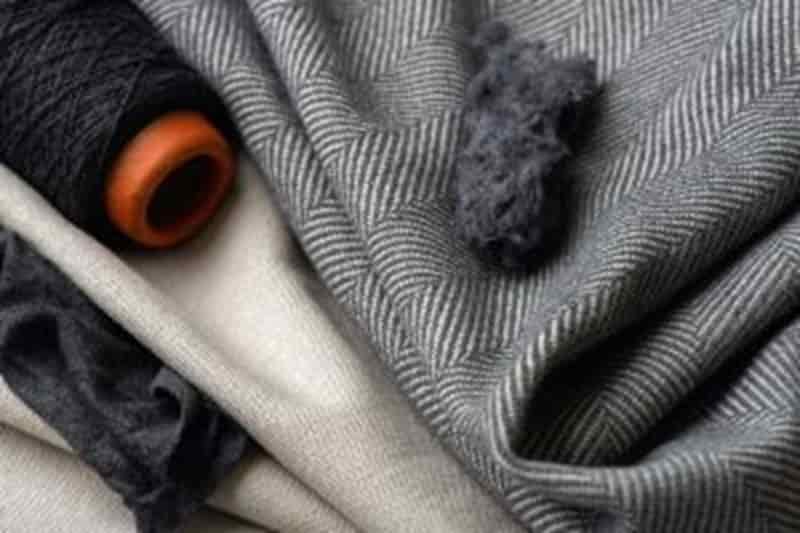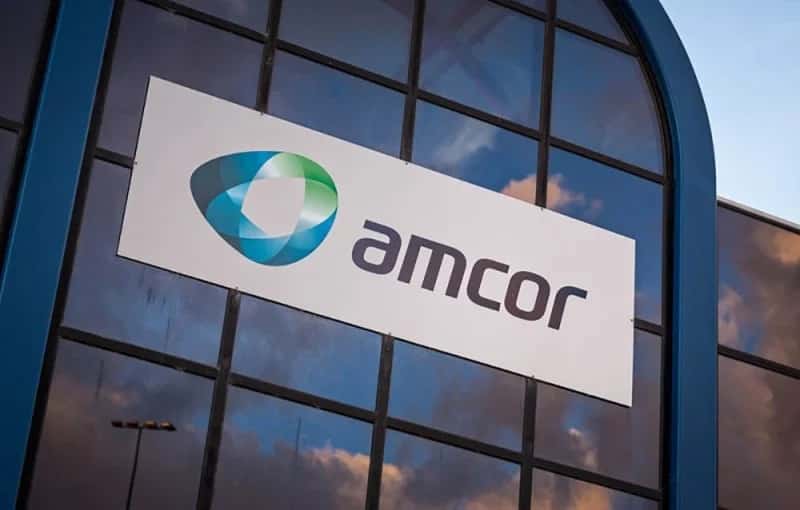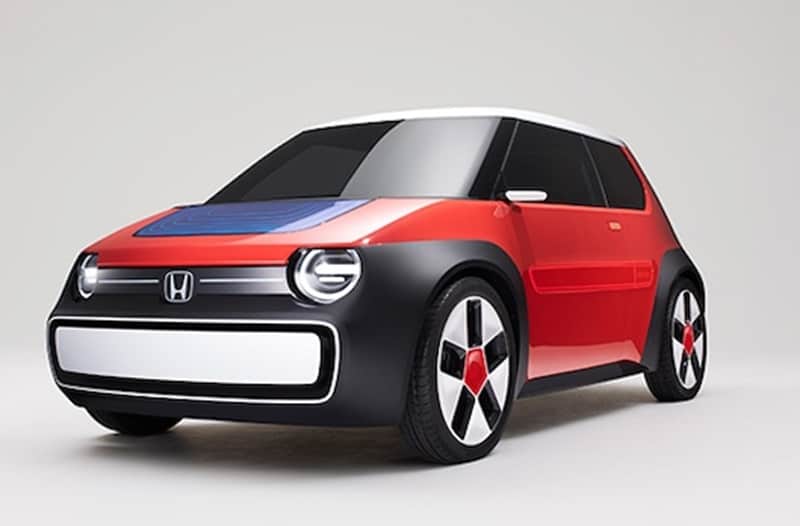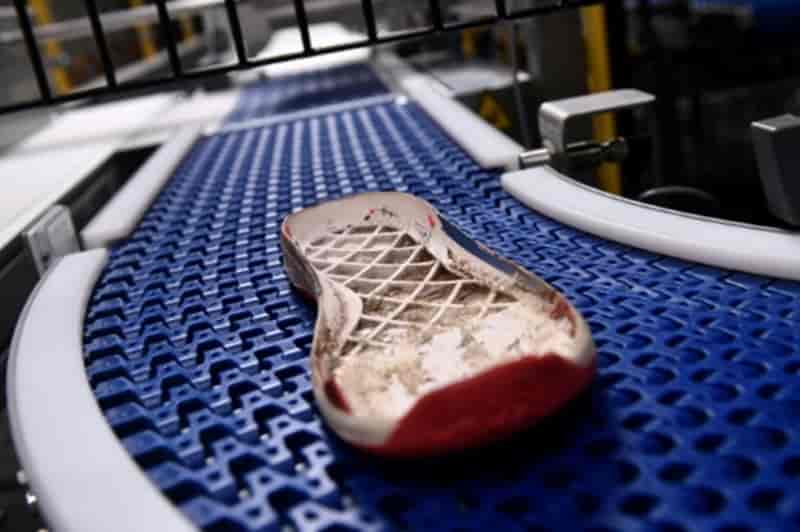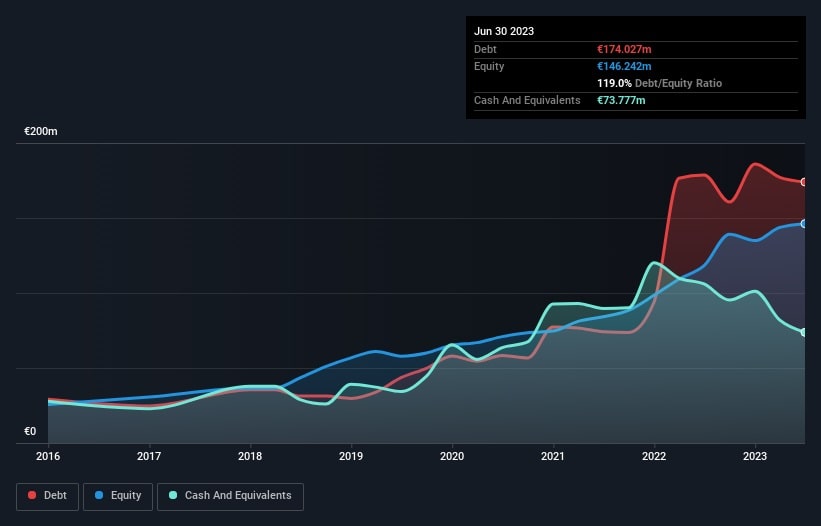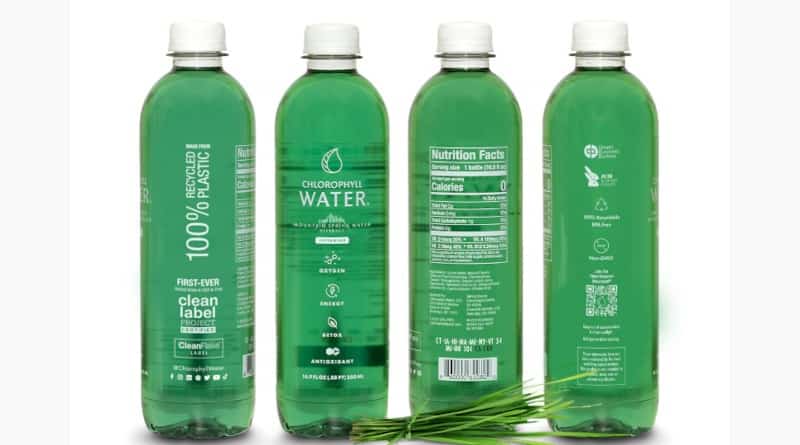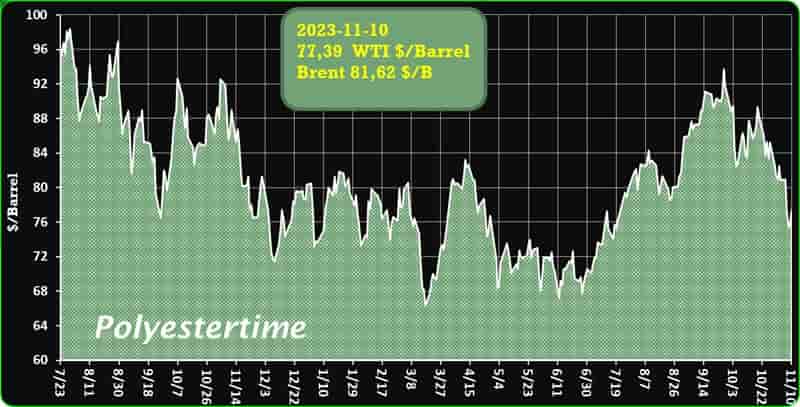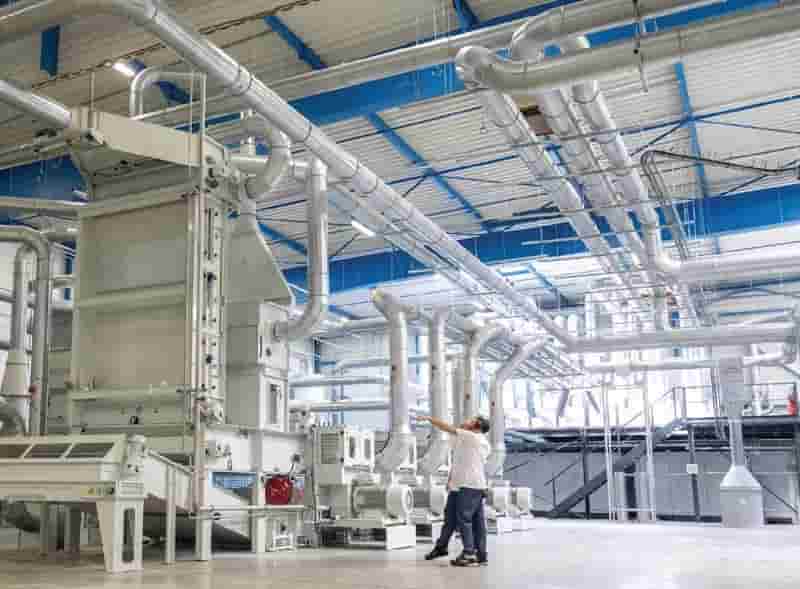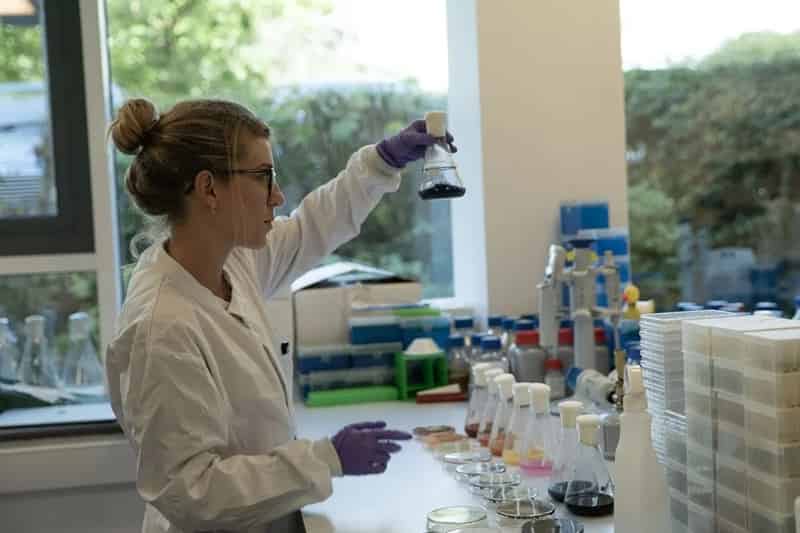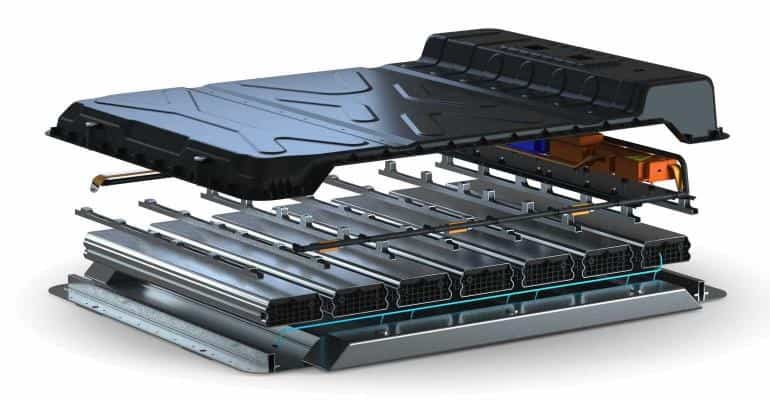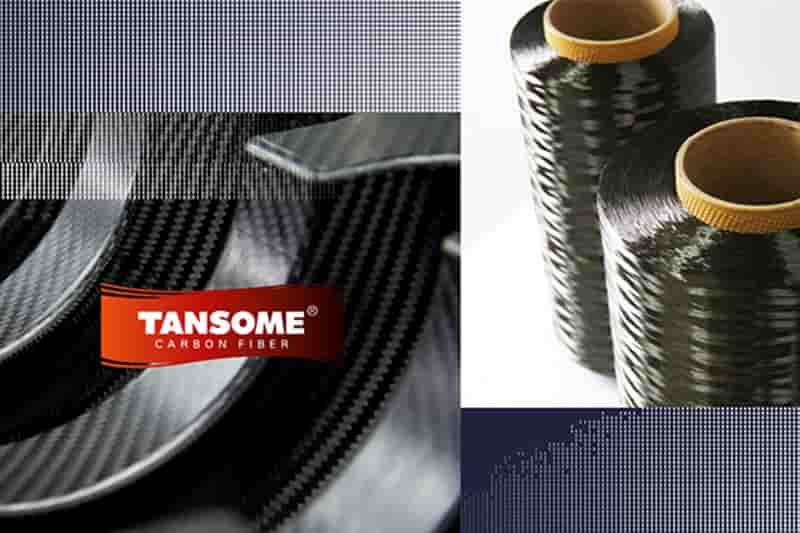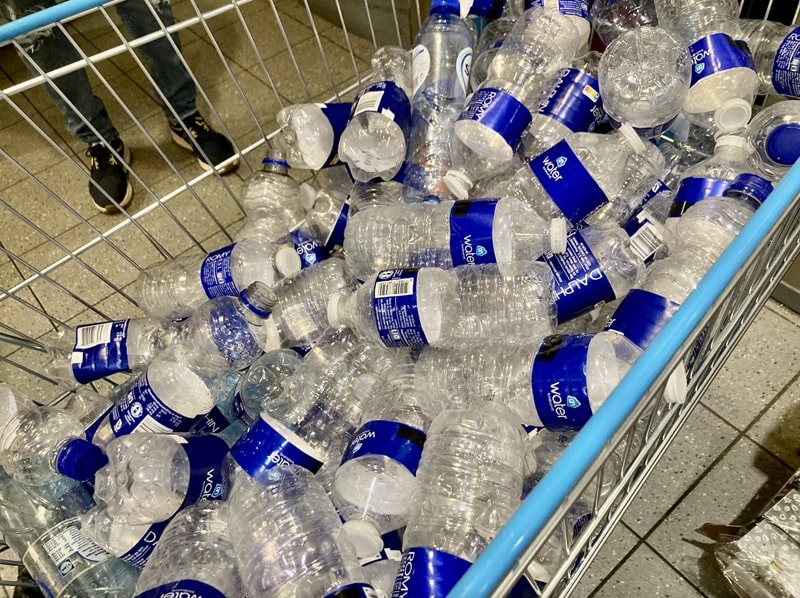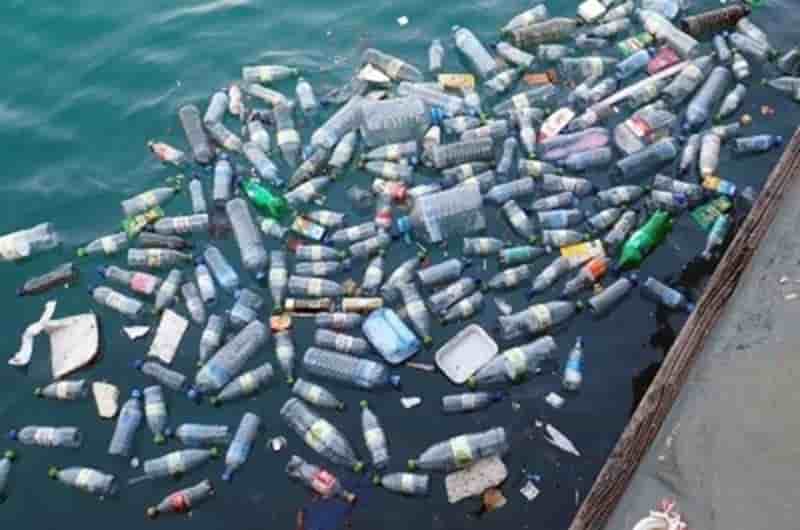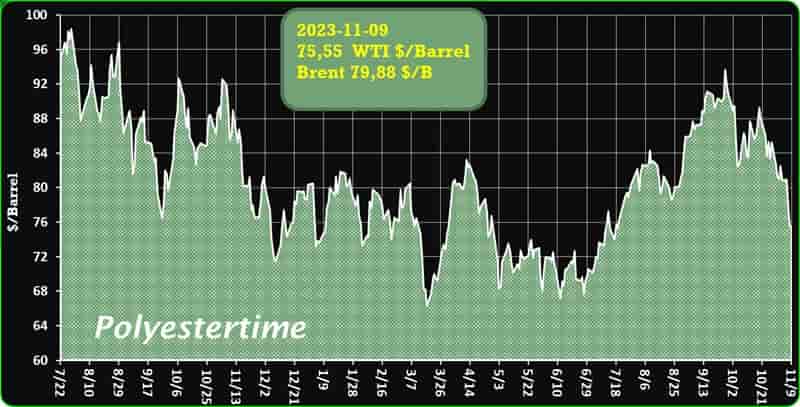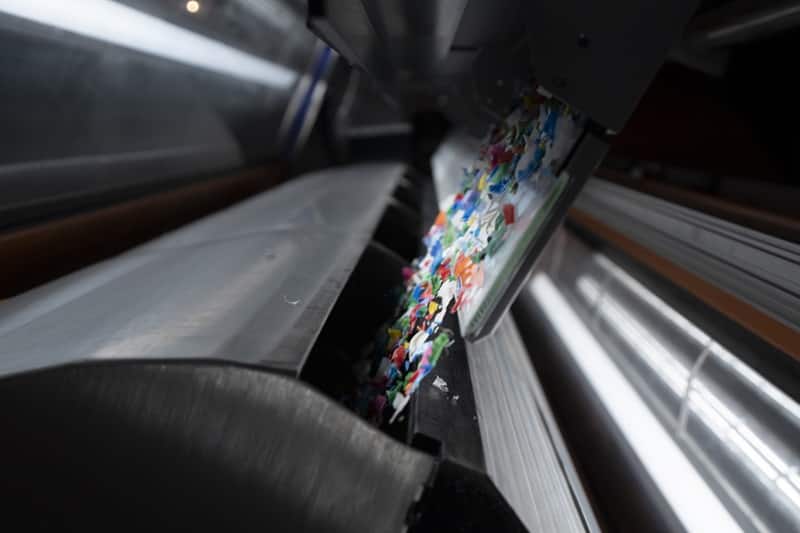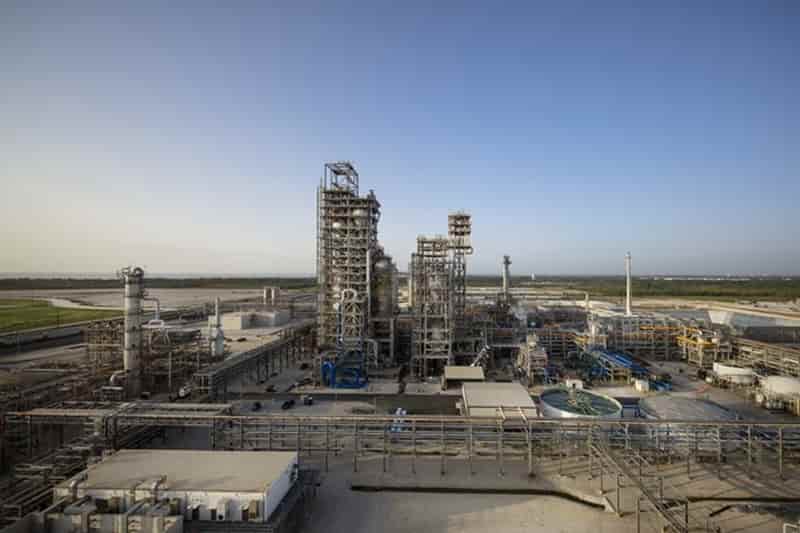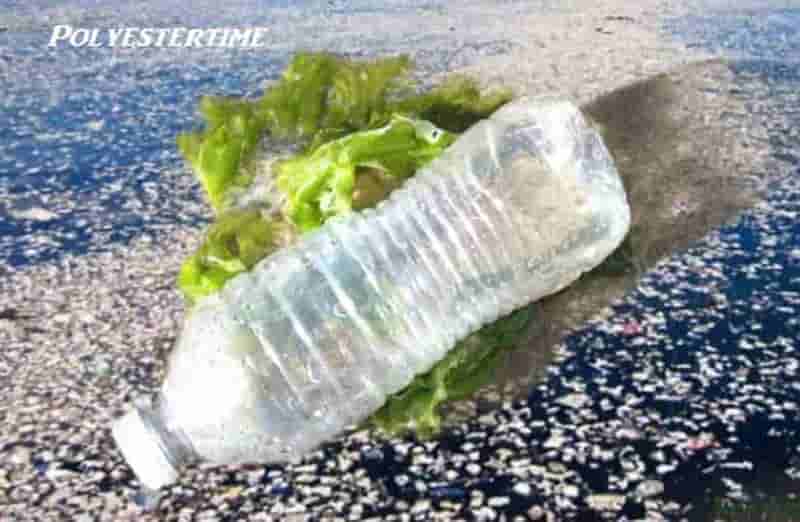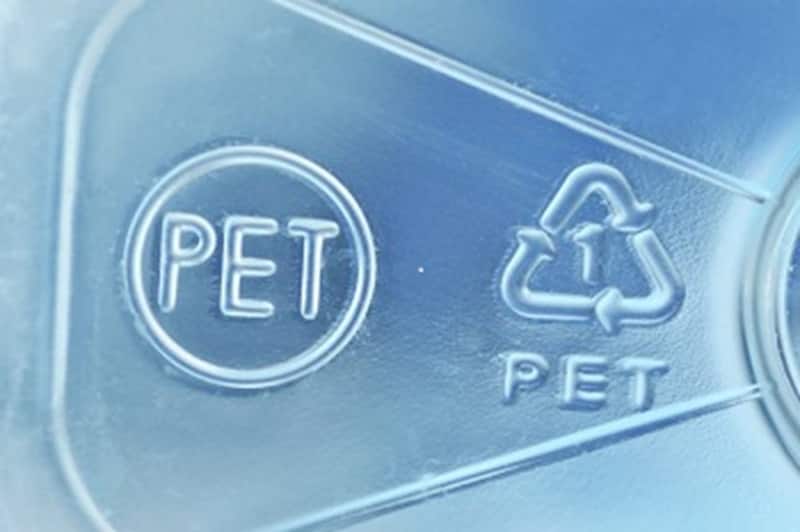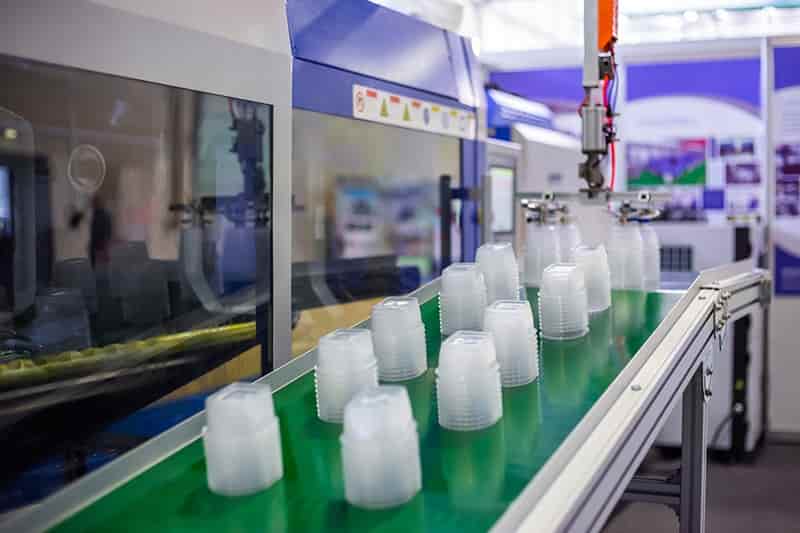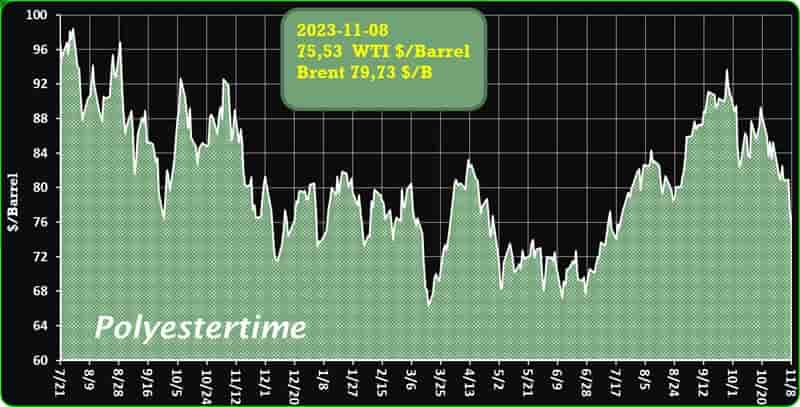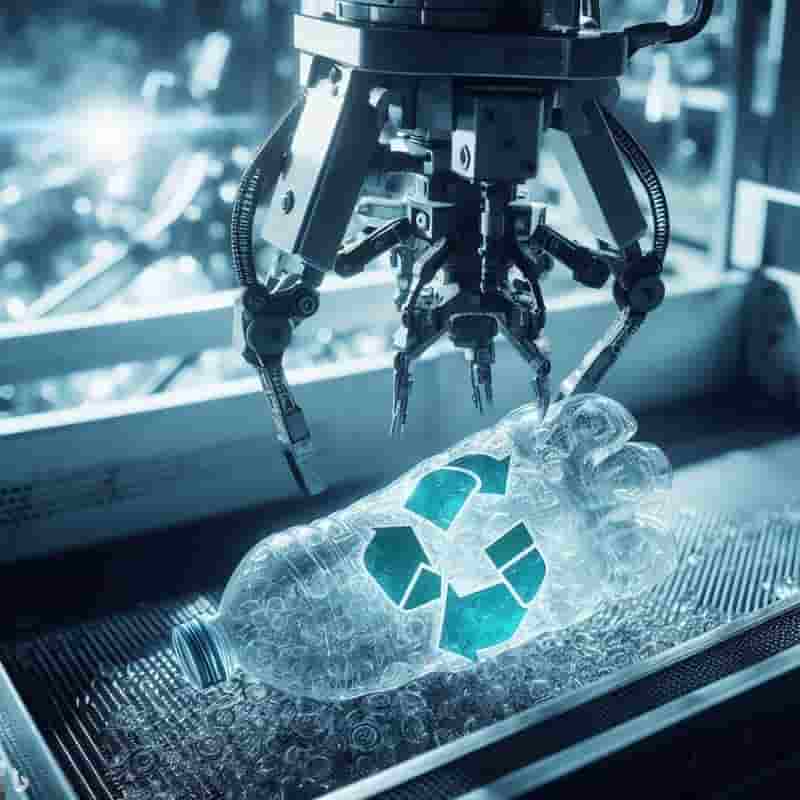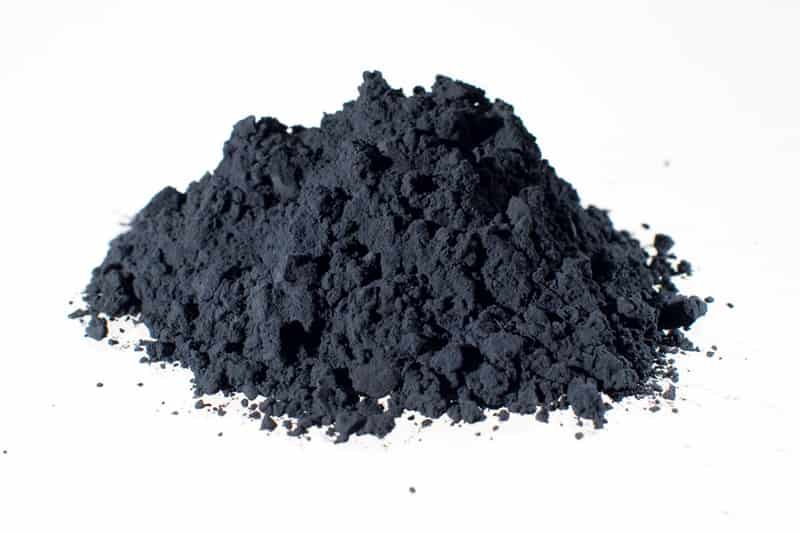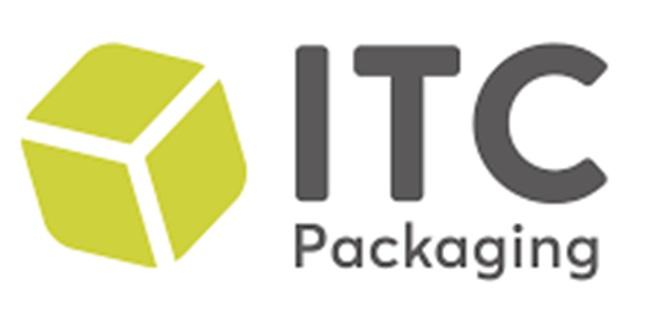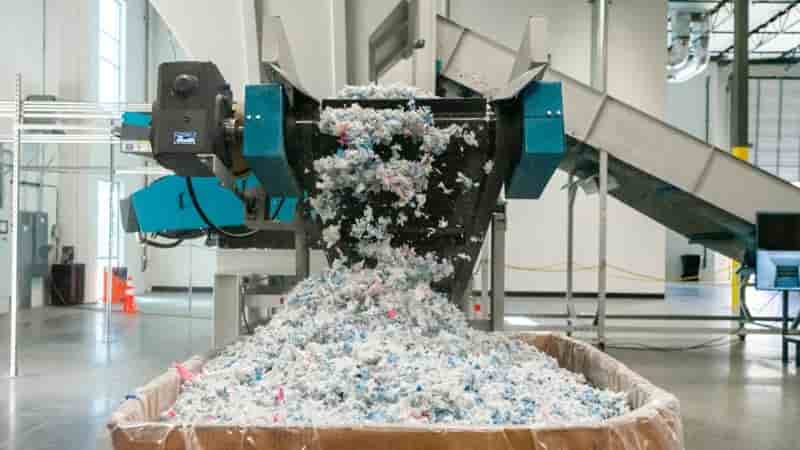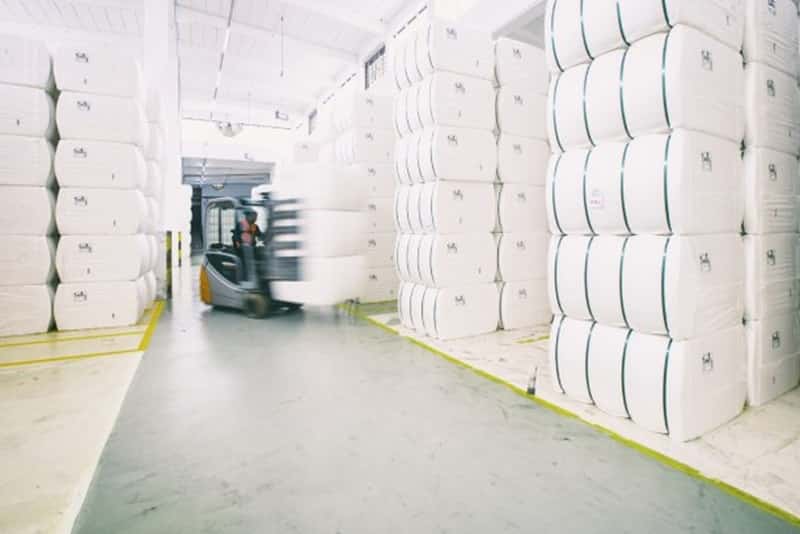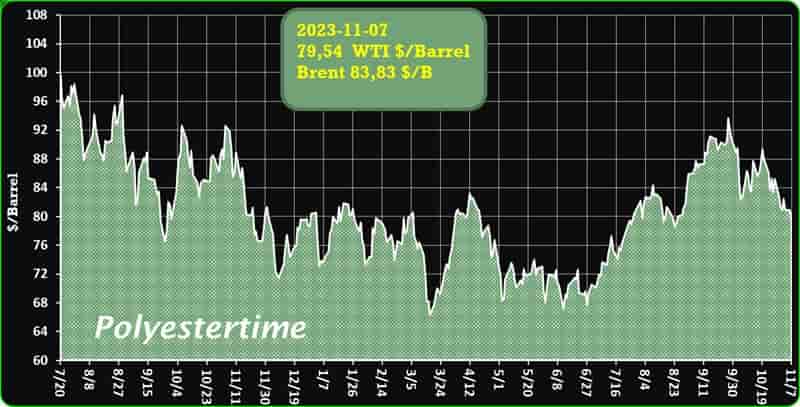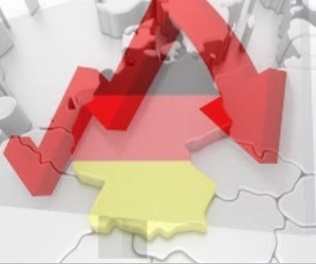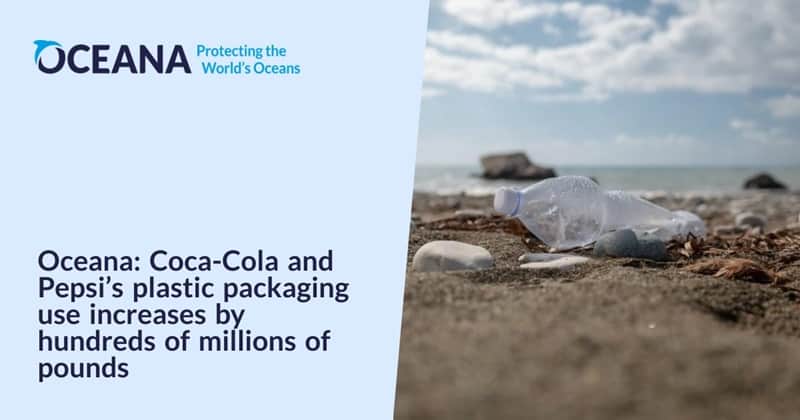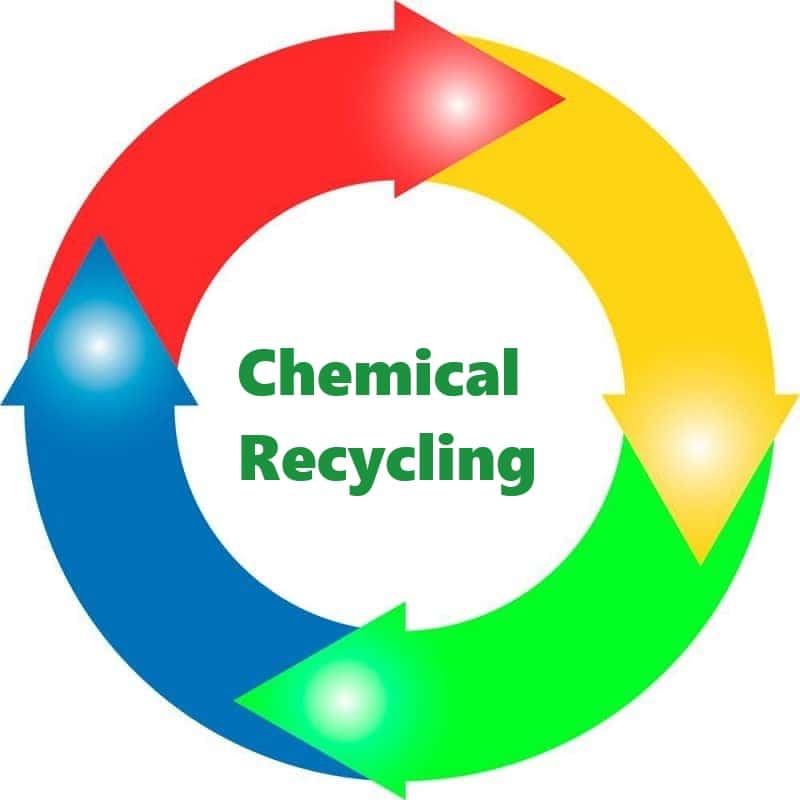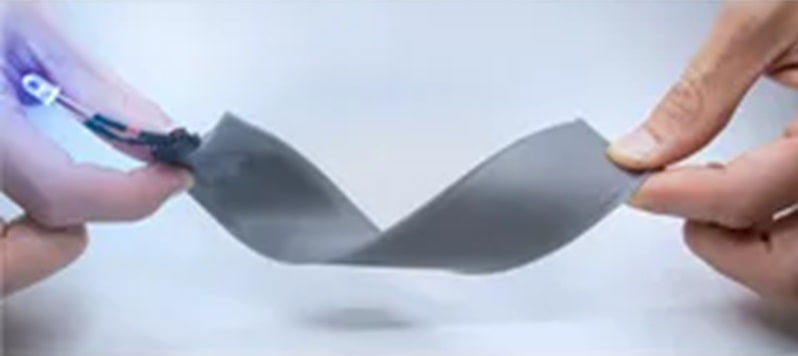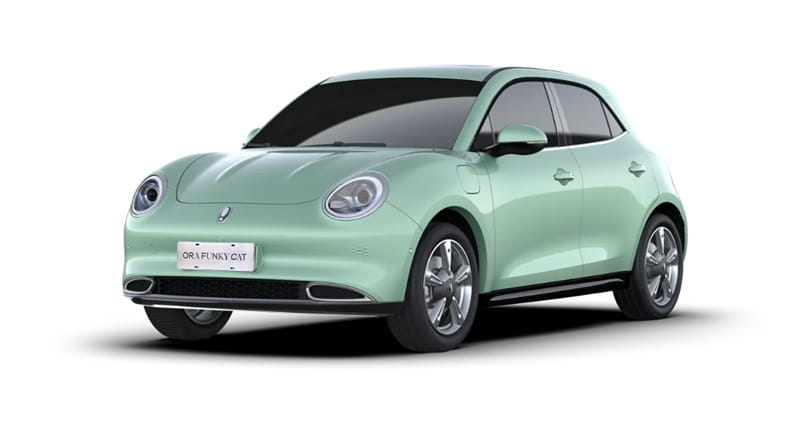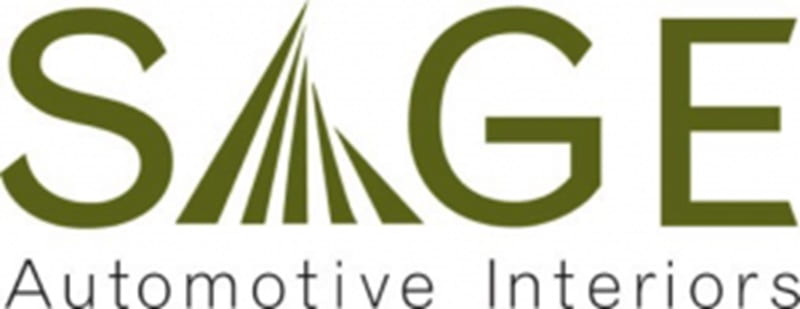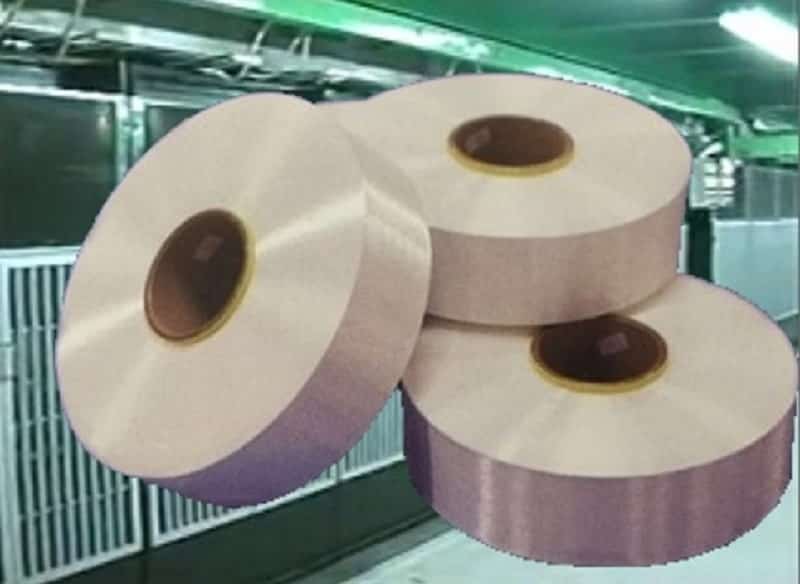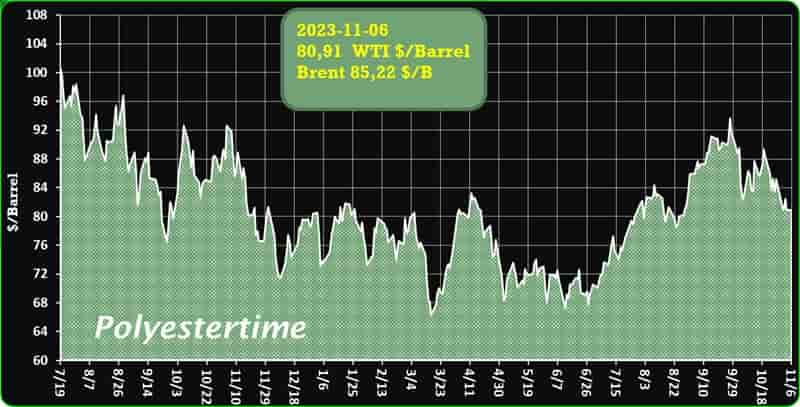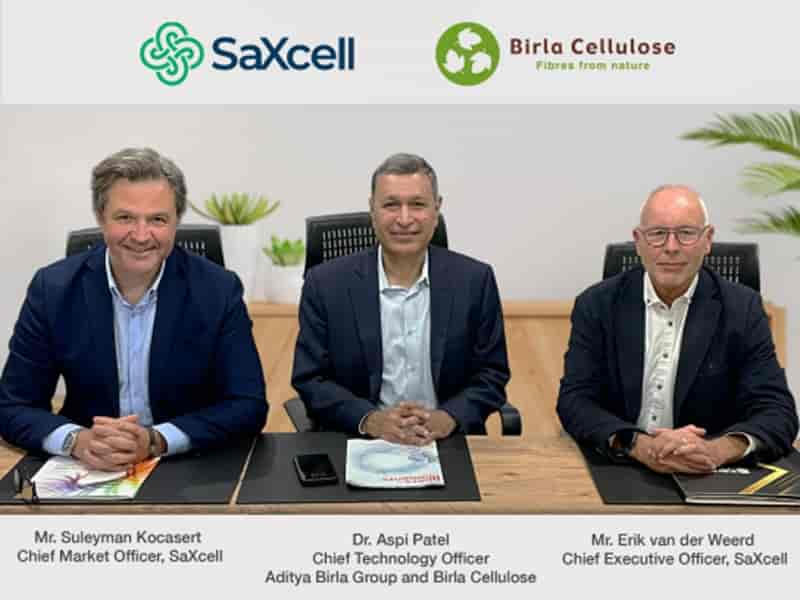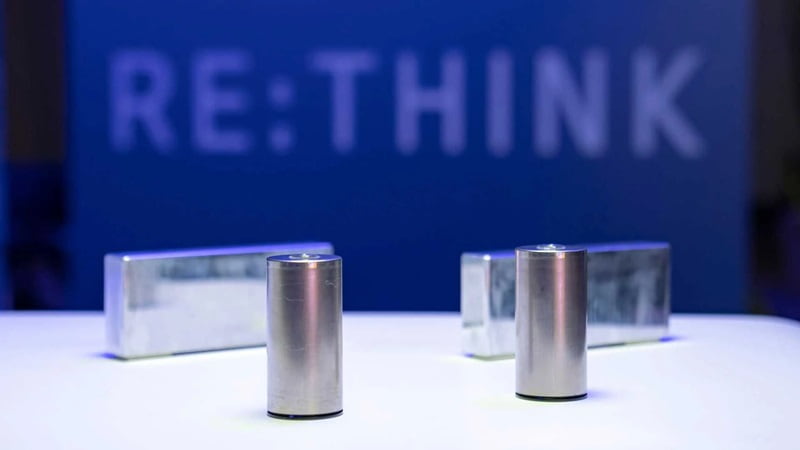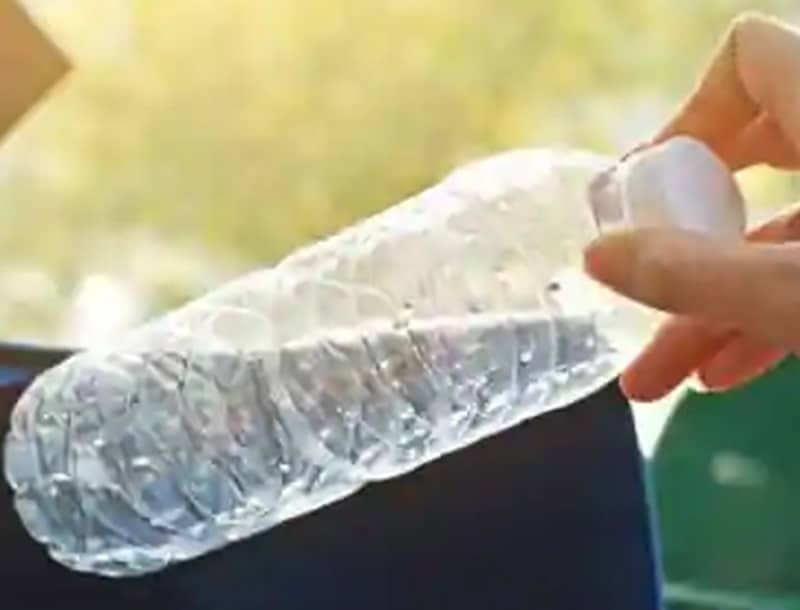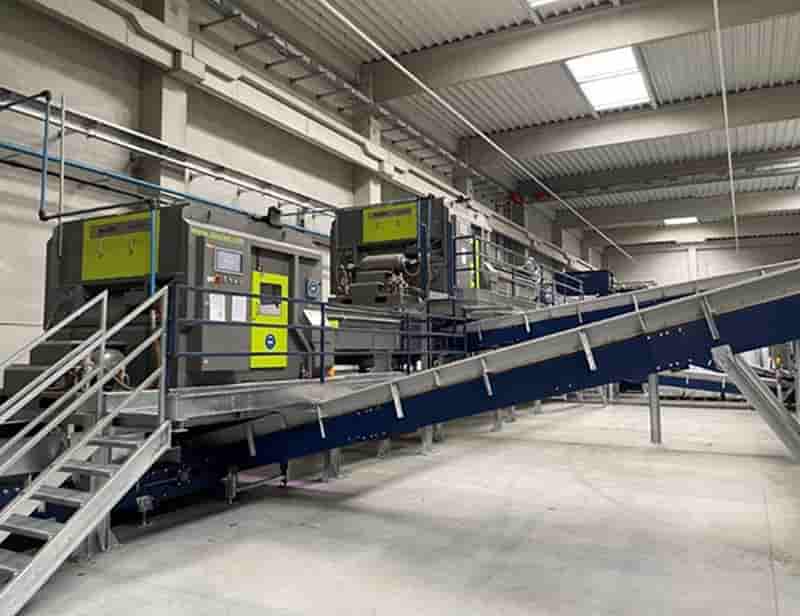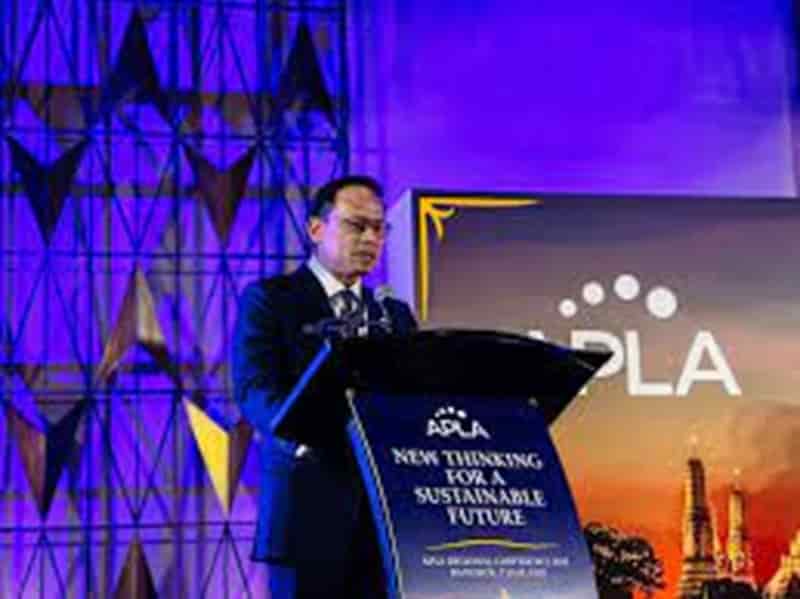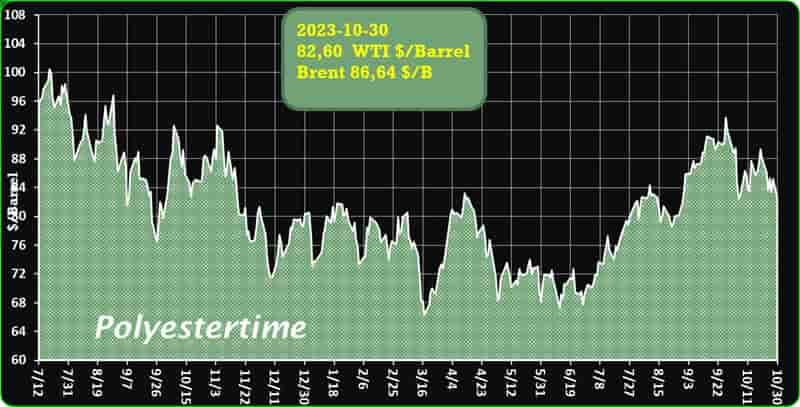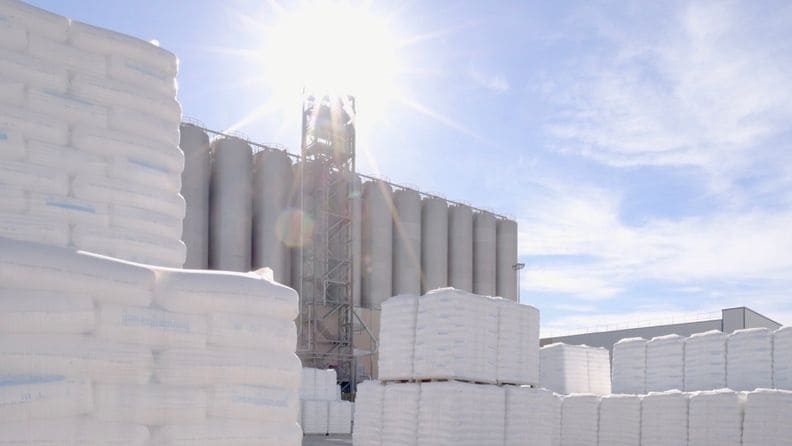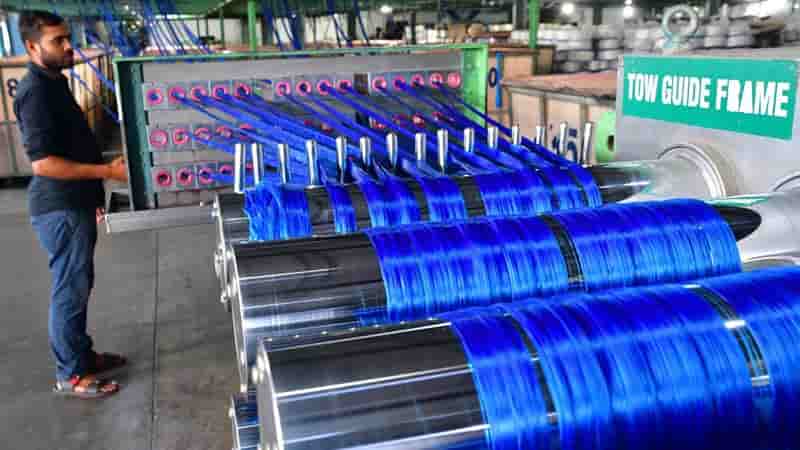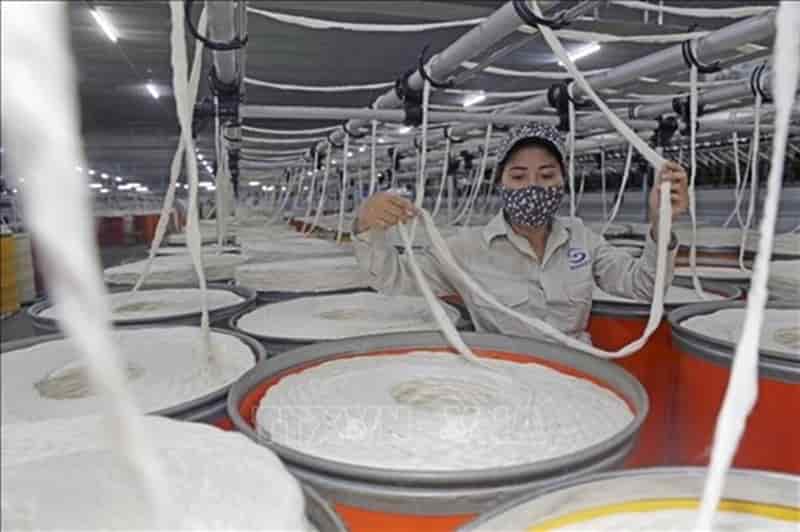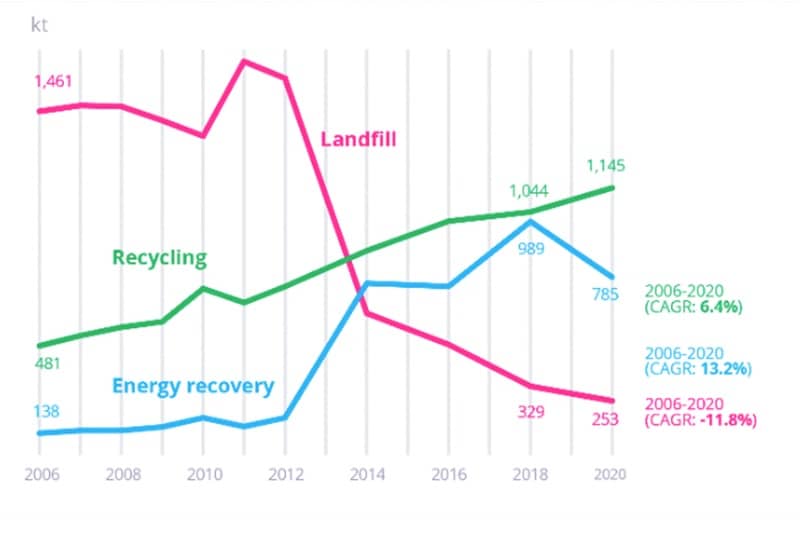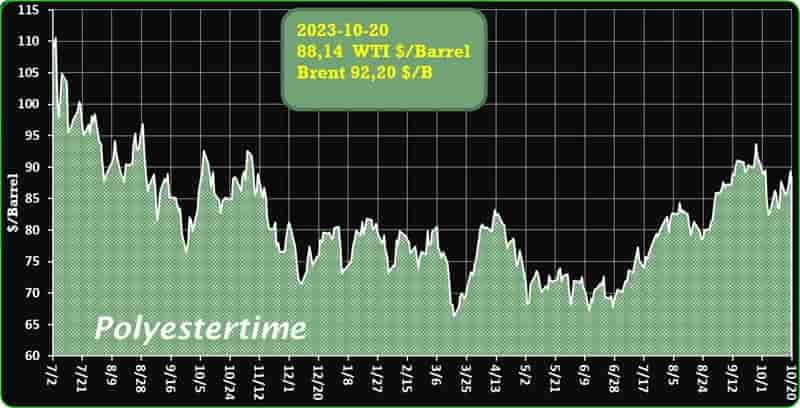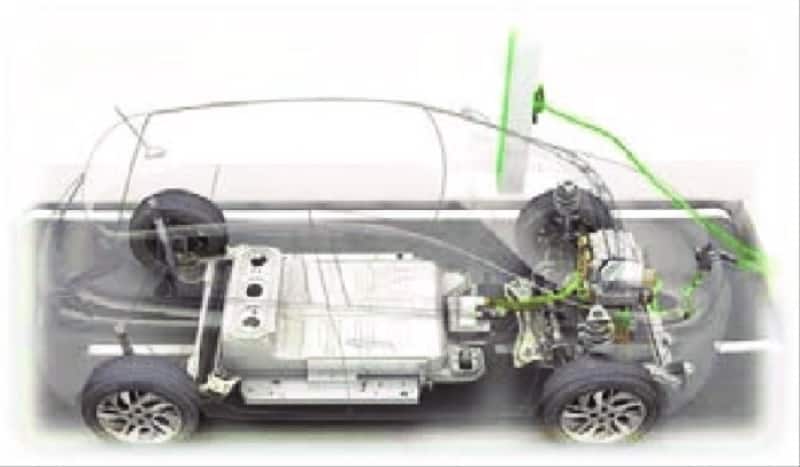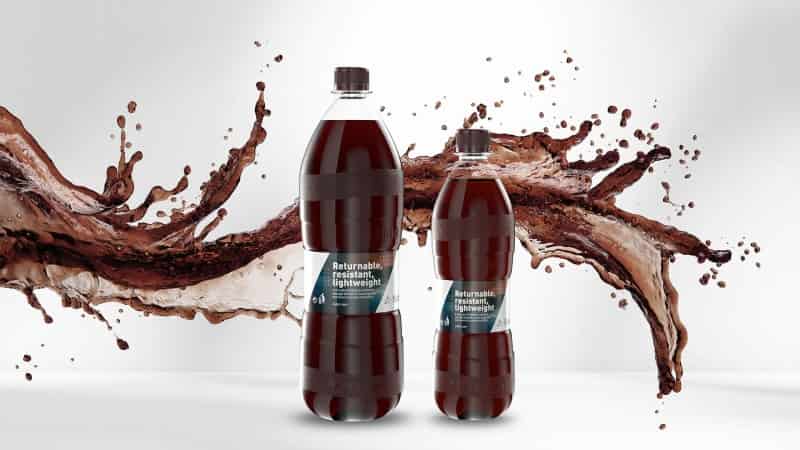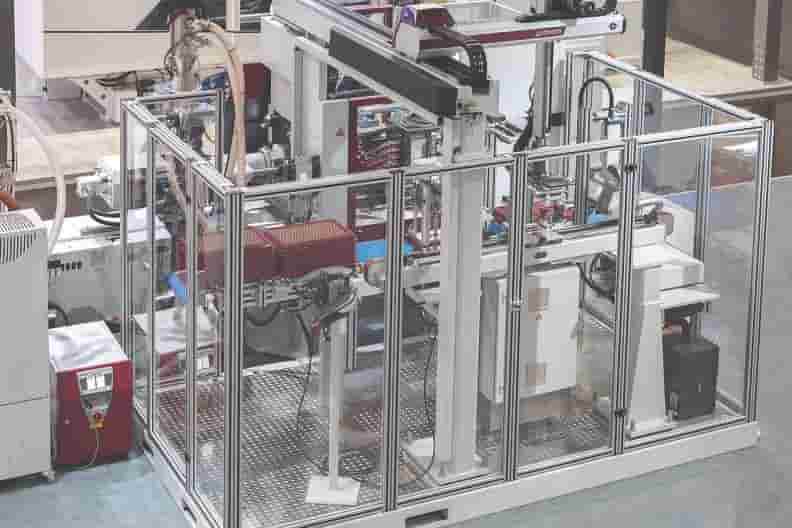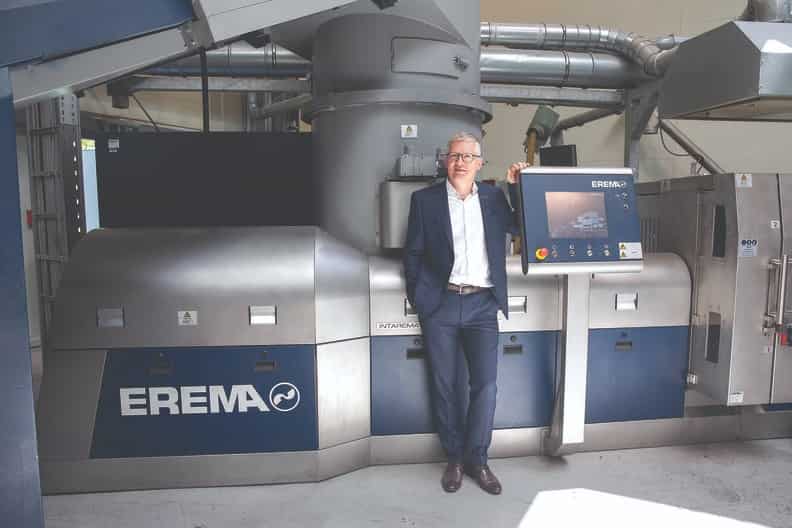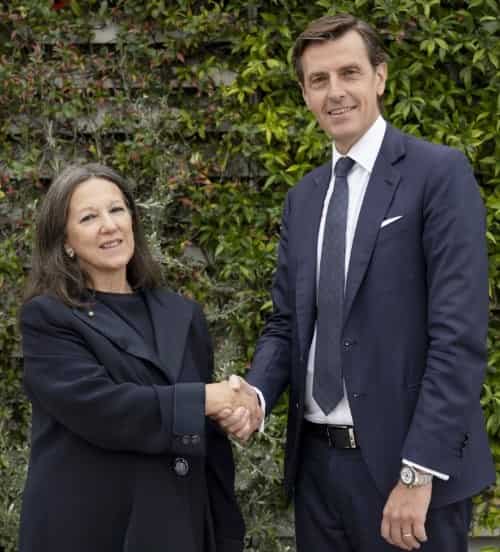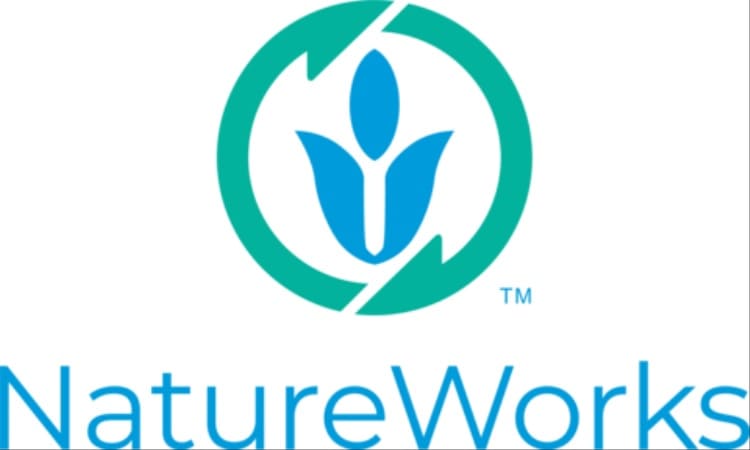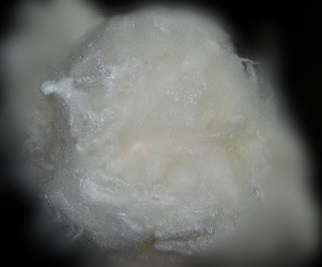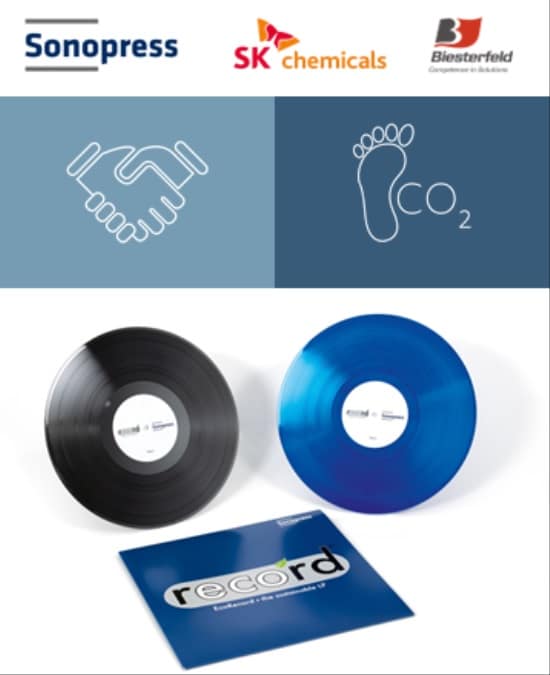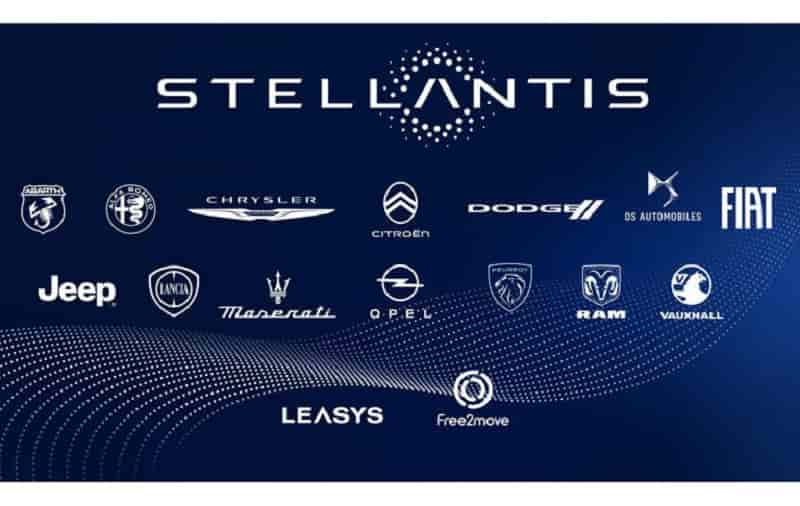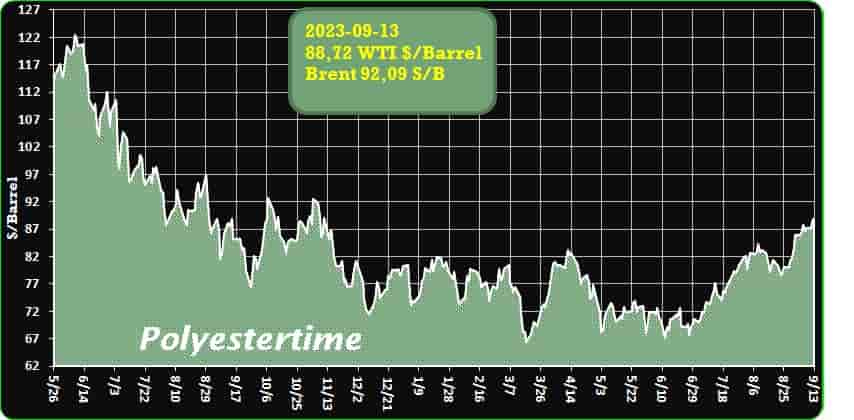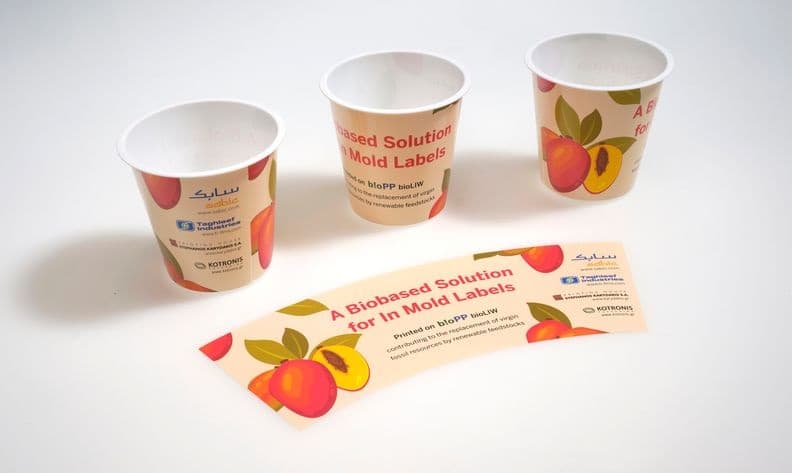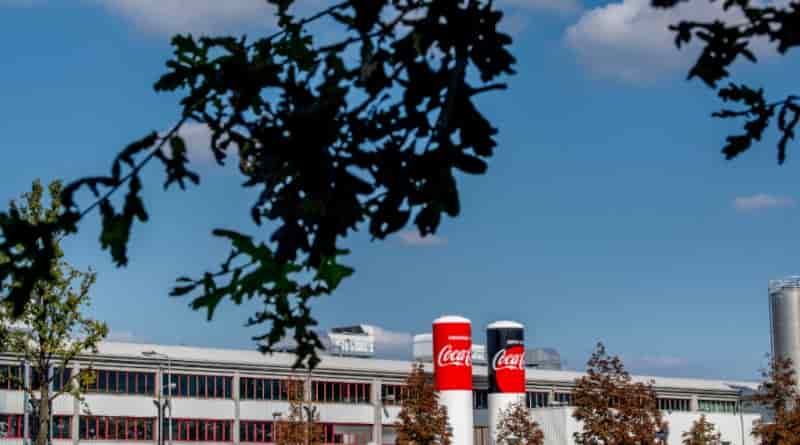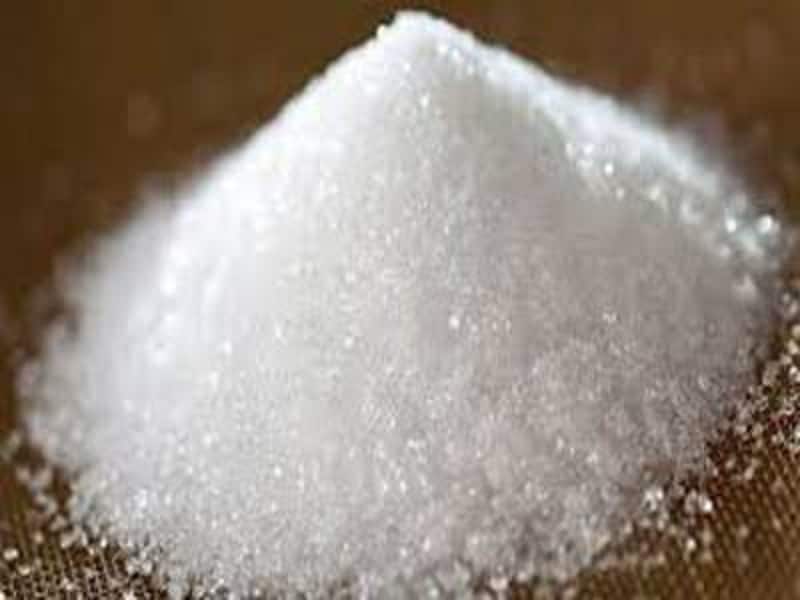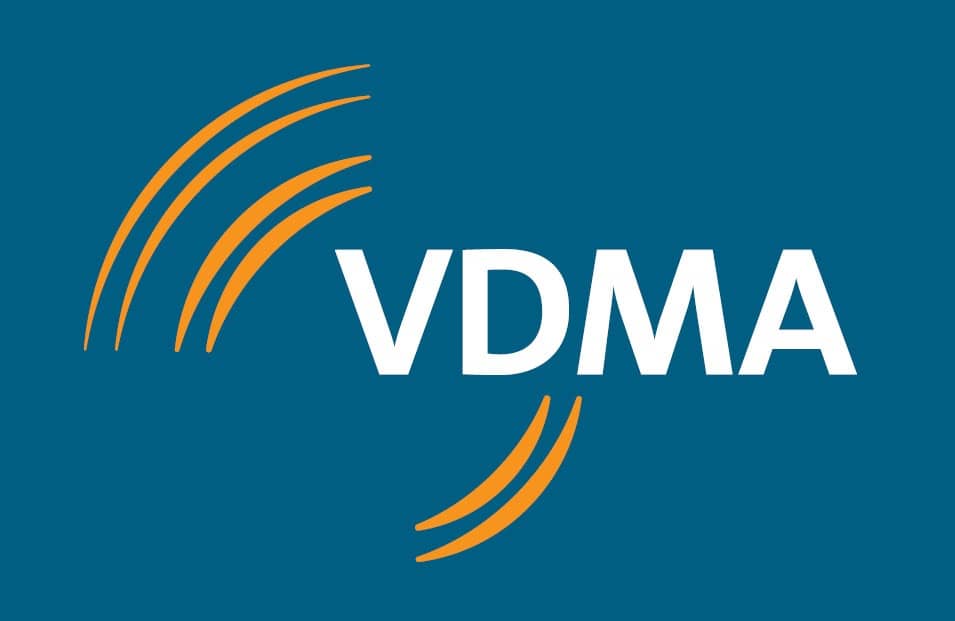Bionaphtha Petrochemicals
Crude Oil Prices Trend
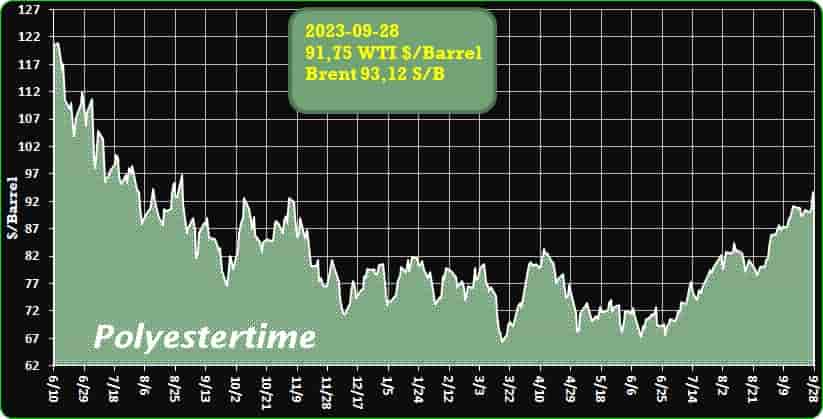
Crude Oil Prices Trend by Polyestertime
Shinkong Achieves Milestone with US FDA Approval for R-PET
In a significant development, Thai Shinkong Industry Corporation (TSIC) has recently received the coveted approval from the US Food and Drug Administration (FDA) for the utilization of its recycled materials in food-contact packaging, a remarkable achievement for the company. This approval marks a pivotal moment for TSIC as it opens up doors to the lucrative US market, which currently stands as a major consumer of R-PET (Recycled Polyethylene Terephthalate) pellets originating from Shinkong’s cutting-edge facility based in Taiwan.
TSIC, a strategic joint venture formed between the renowned Mitsubishi Corporation and Shinkong Synthetic Fibers Corporation of Taiwan, inaugurated its state-of-the-art R-PET facility in the thriving region of Rayong, Thailand, at the outset of September.
This state-of-the-art facility represents a significant step forward in TSIC’s mission to contribute to sustainability through recycling, aligning with global environmental objectives. Bionaphtha Petrochemicals
The journey to securing the US FDA’s approval has been pivotal for TSIC, given the rigorous standards and regulations governing food-contact materials in the United States. This achievement underscores the company’s commitment to delivering safe and eco-friendly solutions for the packaging industry.
As TSIC celebrates this milestone, its focus is now on establishing partnerships and securing approvals from major brands, enabling the company to supply high-quality bottle-grade R-PET pellets to markets both locally and abroad. The FDA approval serves as a powerful testament to the quality and safety of TSIC’s R-PET materials, positioning them as a trusted choice for companies seeking sustainable packaging solutions.
It’s worth noting that TSIC’s journey towards sustainable practices began earlier in September when the company commenced operations at its newly established R-PET facility in Rayong, Thailand. This facility, a collaboration between Mitsubishi Corporation and Shinkong Synthetic Fibers Corp, represents a significant investment in chemically recycled R-PET pellets production in Southeast Asia. Bionaphtha Petrochemicals
With sustainability at the core of its operations, TSIC’s R-PET facility in Rayong exemplifies the company’s commitment to reducing plastic waste and its environmental footprint. By utilizing cutting-edge recycling technologies, TSIC transforms post-consumer plastics into high-quality R-PET pellets, thus contributing to the circular economy and reducing the reliance on virgin plastic materials.
In conclusion, the US FDA’s approval for TSIC’s R-PET materials represents a major breakthrough for the company and marks a significant stride towards achieving global recognition for its commitment to sustainability. TSIC’s journey to becoming a trusted supplier of R-PET pellets for food-contact packaging highlights the company’s dedication to delivering innovative and eco-friendly solutions to the packaging industry while promoting a greener, more sustainable future. This achievement underscores the power of collaboration and innovation in addressing the pressing environmental challenges of our time. Bionaphtha Petrochemicals
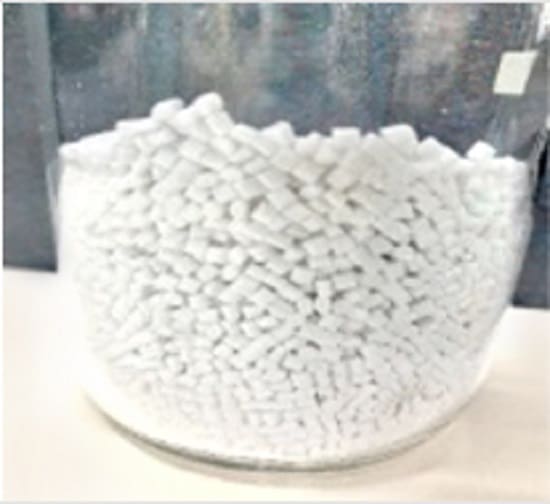
“Empowering Sustainability: Bionaphtha’s Role in Shaping a Greener Future
Bionaphtha, an invaluable byproduct of biodiesel and sustainable aviation fuel production, is poised for significant growth in both European and Asian markets. This surge is being fueled by the increasing demand for bioplastics and the imposition of fuel blending mandates.
Much like biofuels, bionaphtha is sourced from renewable feedstocks rather than conventional crude oil. As the petrochemical industry strives to achieve long-term net-zero emissions targets, bio-derived polymers, featuring bionaphtha as a key feedstock, offer a promising pathway toward decarbonization across the entire value chain.
It’s important to note that bionaphtha isn’t manufactured as a standalone product at dedicated facilities, nor are there plans to construct such facilities. Instead, bionaphtha is a byproduct of second-generation hydrotreated vegetable oil biofuel plants.
These advanced technologies employ hydrogen to refine waste oil sources like used cooking oil or animal fats, primarily yielding biodiesel or sustainable aviation fuel as their main products. Bionaphtha Petrochemicals
The global biorefinery capacity has experienced robust expansion in recent years and is projected to grow from approximately 19 million metric tons per year in 2023 to over 50 million metric tons per year by 2030. This output includes renewable diesel, jet fuels, bionaphtha, and bioLPG, based on confirmed projects, as reported by the Biofuels Research and Analytics team at S&P Global Commodity Insights.
Notably, bionaphtha currently finds applications in two major sectors: fuel blending and bioplastics production, with a particularly strong presence in European markets. While fuel blending commands a significant market share in Europe, industry experts anticipate that bioplastics demand will ultimately take the lead.
Bionaphtha can serve as a drop-in feedstock in naphtha crackers, facilitating the production of olefins and aromatics used in bioplastics manufacturing.
These bioplastics are often labeled as bio-attributed polymers, setting them apart from other bio-based polymers that rely on plant fibers, corn starch, or sugar as their feedstocks. Bionaphtha Petrochemicals
A pivotal concept in sustainable supply chains is the “Chain of Custody,” which tracks and validates the origin, handling, and processes involved in producing sustainable products. The “mass balance” approach plays a key role in this concept, where renewable materials are blended with fossil materials within existing infrastructure to create chemicals with partial renewable content.
This strategy eliminates the need for extensive new infrastructure and reduces logistical complexities. Renewable content is meticulously tracked through bookkeeping and subject to third-party audits, such as those conducted by the International Sustainability and Carbon Certification, ensuring traceability throughout the supply chain.
In recent years, the global chemical industry has invested in both bioplastics and chemically recycled polymers through pyrolysis naphtha routes. These pathways offer solutions to complement mechanical recycling by converting hard-to-recycle plastic waste back into virgin-like feedstocks via pyrolysis. While the two approaches share similarities, they have distinct objectives. Bionaphtha Petrochemicals
Chemical recycling aims to close the loop in plastic production and recycling, while bioplastics primarily focus on reducing CO2 emissions.
Bioplastics often command a premium over conventional plastics in European markets, appealing to consumer-oriented applications driven by sustainability concerns. For instance, the European toy sector prefers bioplastics over recycled plastics due to legislative safety considerations for young children. In Asia, interest from brand owners, especially in South Korea and Japan, such as cosmetic brands, has contributed to growing demand in this sector. Recycled polypropylene
Despite potential challenges, the bionaphtha market has experienced growth, thanks to a combination of demand and supply factors. Although some petrochemical producers may face negative margins in 2023, major players continue to invest in the bio-chemicals sector. Moreover, advocacy efforts are underway to improve carbon accounting in the petrochemical industry and enhance recognition of the sustainability contributions made by bio-based plastics.
In conclusion, bionaphtha represents a vital component in the journey toward a more sustainable future, offering a versatile and environmentally friendly resource that aligns with the evolving needs of the global market.” Bionaphtha Petrochemicals
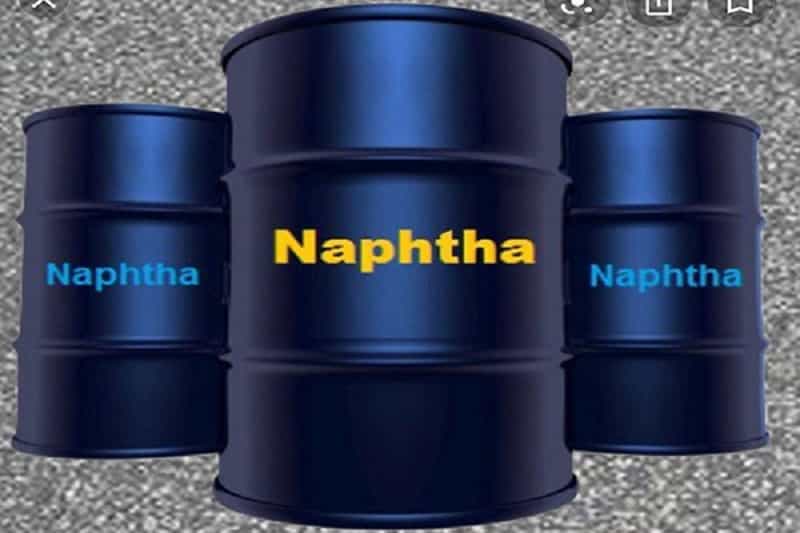
Introducing Herma’s Innovative Wash-Off Label Adhesive
Herma has unveiled its latest breakthrough in label adhesive technology, known as 72Gpw. This cutting-edge adhesive boasts nearly double the initial adhesion strength compared to traditional wash-off adhesives, while maintaining exceptional final adhesion and outstanding washability. The company showcased this remarkable innovation at the LabelExpo event.
The Cyclos-HTP Institute has granted certification to the adhesive 72Gpw for compatibility with a wide range of film and paper label materials. Hendrik Kehl, Herma’s product manager, highlights the significance of this achievement, stating, “Label users now have a compelling reason to switch to a wash-off solution without compromising on adhesion or washability, especially in demanding scenarios like high-speed labeling systems or when dealing with humid or cool environments.” Bionaphtha Petrochemicals
This groundbreaking label adhesive not only ensures secure labeling but also contributes to recycling efforts by facilitating residue-free separation of PET material from label material, including adhesives and printing inks. This results in a cleaner granulate production process.
Anticipating Stricter Recycling Guidelines
In line with the objectives of the European Packaging Directive, which were outlined in late 2022, there is a growing emphasis on closing material loops and enhancing the recyclability of packaging. This is expected to lead to more stringent packaging design standards. While wash-off label solutions have existed for some time, including Herma’s offerings, their adoption in the market has been relatively slow.
The industry association Finat has also provided insight into this trend, stating in July 2023, “Despite the availability of these options in the market, the majority of labels currently in use are manufactured with permanent adhesives rather than specially developed wash-off adhesives.” Bionaphtha Petrochemicals
To learn more about Herma’s innovative label adhesive solutions, visit their website.
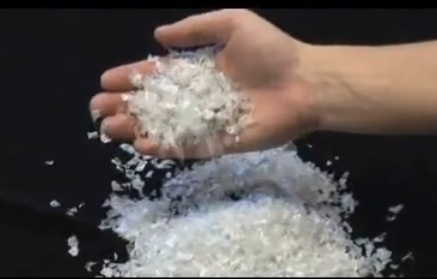
Europe R-PE and R-PP demand remains weak, but prices may have bottomed out
Demand across Europe in recycled polyolefins is expected to remain low for the remainder of 2023 as bearish macroeconomics continue to drag on the sector.
While some players in the recycled polypropylene (R-PP) and recycled high density polyethylene (R-HDPE) sectors have seen a rebound in demand in September, linked primarily to some limited restocking following summer convertor outages, this is from a low base. Bionaphtha Petrochemicals
Underlying buying interest remains below that seen in September 2022, and there remain pellet producers in the R-PP sector that continue to operate at 50% of nameplate capacity – as they have done through the majority of 2023 due to narrow margins.
Although some costs, such as electricity, have fallen in 2023, they remain at elevated levels compared with historic norms, while flake and pellet prices have broadly fallen throughout 2023.
Coupled with this, most players’ inventory levels remain high throughout the chain, meaning any restocking effect is more limited than in previous years.
This is particularly true in Germany. For recycled low density polyethylene (R-LDPE) pellets, there have so far been no signs of a pick-up in demand in September compared with August. Bionaphtha Petrochemicals
August is typically a low month for demand because many convertors shut operations for several weeks in July and August to do routine maintenance – a process that began earlier and lasted longer in 2023 due to narrow margins.
September typically sees a rebound in consumption as convertors restock following their outages.
Europe flexible post-commercial R-LDPE bale spot prices are meanwhile facing upward pressure in September, while flexible R-LDPE pellet spot prices are at parity with August monthly levels. Bionaphtha Petrochemicalsene
Rising flexible bale spot values were attributed to increasing export demand – particularly to Asia. Feedstock bale availability for natural transparent pellets is tight in northeast and Southeast Asia.
A decline in manufacturing activities across multiple sectors in Southeast and Northeast Asia – resulting from high inflation – has limited input waste entering the chain and tightened supply.
September monthly negotiations across recycled polyethylene (R-PE) and R-PP markets are ongoing. Monthly negotiations in both chains typically settle at the end of the month.
More…
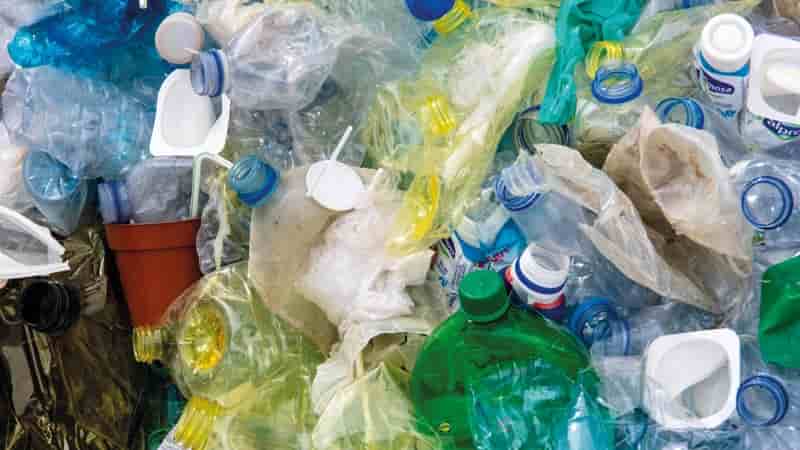
Oil headed for $150 without U.S. support for more drilling, shale executives say
Oil is headed as high as $150 a barrel unless the U.S. government does more to encourage exploration, according to Continental Resources Inc., the shale driller controlled by billionaire Harold Hamm. Recycled polypropylene
Crude output in the Permian basin will one day peak as it already has in rival shale fields such as the Bakken region of North Dakota and the Eagle Ford in Texas, Continental Chief Executive Officer Doug Lawler said during an interview with Bloomberg TV. Without new exploration, “you’re going to see $120 to $150” oil, he said.
“That’s going to send a shock through the system,” he said on the sidelines of Hamm’s first ever American Energy Security Summit in Oklahoma City. Without policies encouraging new drilling, “you’re going to see more pressure on price.” Bionaphtha Petrochemicals
Sprinkled among pro-oil presentations from Republican presidential candidate Nikki Haley and Goldman Sachs Group Inc.’s David Solomon, shale executives issued calls for the Biden administration to adopt consistent policies that will allow them to drill more. Failure to do so, they warned, will lead to tighter energy supplies and higher prices.
But the CEOs were quick to note that they have no intention of markedly boosting crude output in response to oil’s march toward the $100 mark for the first time in more than a year.
After touching an all-time high in July, oil production in U.S. shale fields is contracting and government analysts are forecasting a third straight monthly decline in October.
“I hear people say, ‘We’re back up to record levels of production,’” Chevron Corp. Chief Executive Officer Mike Wirth told summit attendees. “With better policy we would be beyond that.” Bionaphtha Petrochemicals
Haley said she would seek to boost domestic energy production by expanding drilling, speeding up permitting and building interstate pipelines. She also vowed to roll back some energy subsidies and regulations and revive the Keystone XL project.
“Nikki Haley was a great example of someone who cares about us, who appreciates what we do,” said Occidental Petroleum Corp. CEO Vicki Hollub. “Our politicians can’t lose sight of the fact that unless we’re energy independent, we do not control our own destiny.”
Even if oil breaches the $100 mark, Continental has no plans for a burst of output, Lawler said. Benchmark U.S. crude futures have risen 12% this year to more than $90.
More…
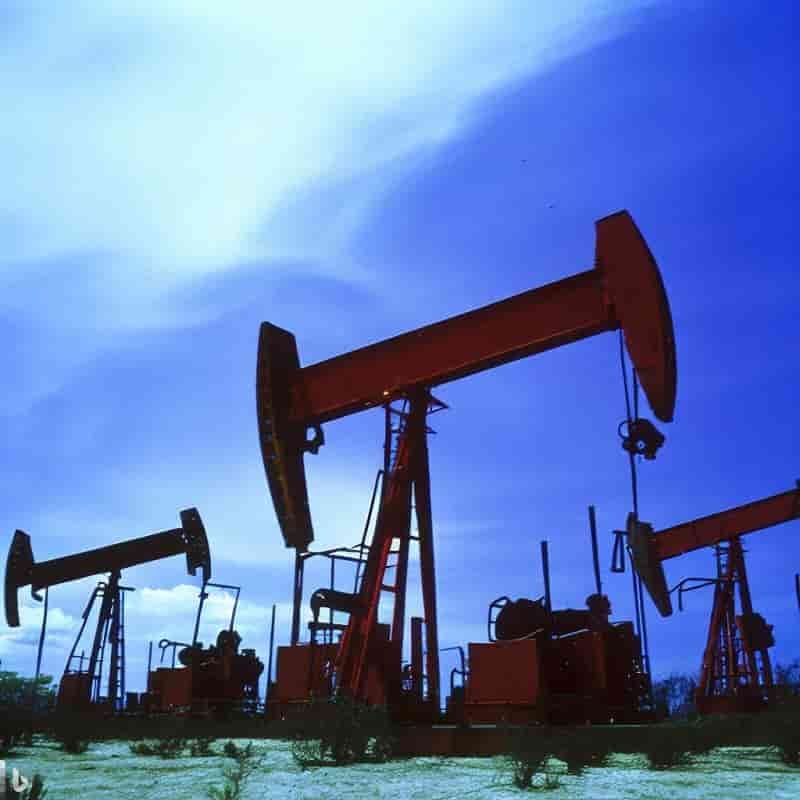
Corbion launches AlgaPrime™ DHA P3, addressing the demand for sustainable active nutrition in the pet food industry
Corbion launches AlgaPrime™ DHA P3, addressing the demand for sustainable active nutrition in the pet food industry Recycled polypropylene
AlgaPrime™ DHA P3 offers pet food manufacturers higher levels of DHA while reducing dependency on scarce traditional omega-3 sources.
Corbion, the global market leader in algae-based feed ingredients, announced today the launch of its new AlgaPrime™ DHA P3, a high-performance omega-3 ingredient enabling pet food manufacturers to enhance the nutritional profile of their products and boost DHA levels reducing dependency on marine-based resources and positively impacting their carbon footprint.
Produced via microalgae precision fermentation, AlgaPrime™ DHA P3 helps meet increasing consumer demand for more sustainable pet food ingredients, as nearly 70% of pet owners worldwide express concern about nutrition, climate change and a desire to make a positive impact on the environment through their everyday actions.
The ingredient supports manufacturers in their efforts to overcome the most common challenges of omega-3 DHA inclusion, as it provides the highest level of DHA on the market in biomass powder form (35% DHA), enabling flexibility for nutritionists and developers in working with higher DHA inclusions for added nutritional value, while advancing the sustainability of pet diets. Bionaphtha Petrochemicals
In addition, it is stabilized with a natural antioxidant system. AlgaPrime™ DHA P3 is suitable for dry, wet, and injection-mold applications, allowing efficient access to, and use of, long-chain omega-3s.
“The launch of AlgaPrime™ DHA P3 furthers Corbion’s mission to preserve what matters by offering sustainable ingredients for healthier people, pets, and the planet,” said Tim Rutten, Vice President at Corbion Algae Ingredients.
“We believe this breakthrough ingredient will play an important role in meeting the growing need for better nutrition and more sustainable solutions, while delivering value across the pet industry.” Bionaphtha Petrochemicals
More…
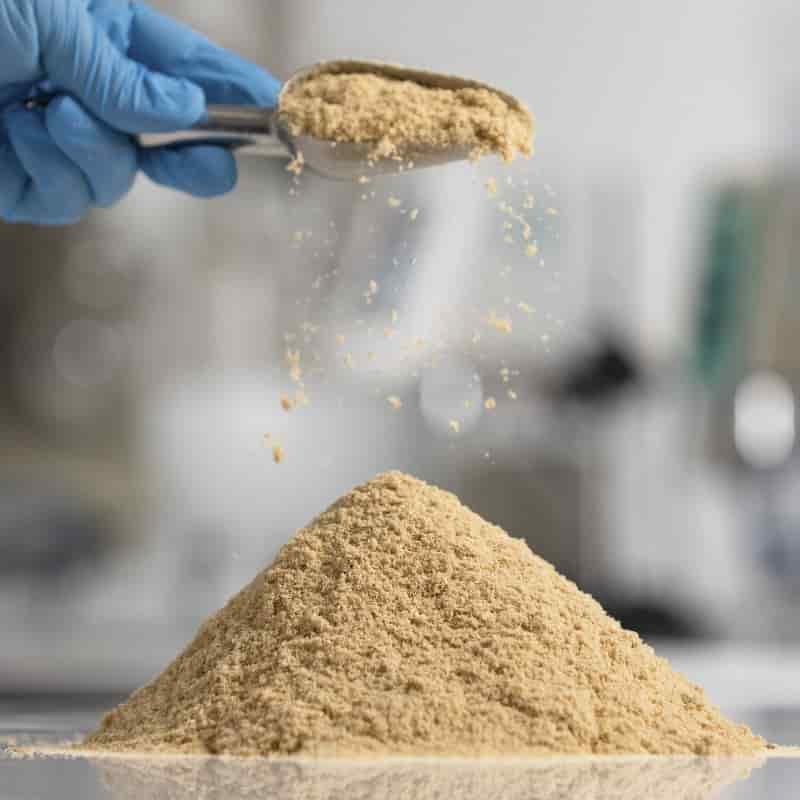
US recession likelihood spells trouble for emerging markets
INSIGHTS
- The likelihood of a US recession within the next 12 months remains high, posing a significant risk to several emerging markets (EMs), particularly those in Latin America.
- A strong US consumer base has supported Mexico, but demand is expected to soften due to high interest rates.
- In Europe, Hungary and Poland are already seeing economic contractions.
The probability of a US recession within the next year remains elevated, which poses risks for several emerging markets (EMs), especially those in Latin America. US consumer strength has buoyed Mexico, but demand is likely to soften due to factors such as high interest rates. Bionaphtha Petrochemicals
A weakening eurozone is also causing concerns. Hungary and Poland, in particular, saw their real gross domestic product (GDP) decline, marked by a contraction in exports and deteriorating manufacturing production, according to an S&P Global article titled ‘Emerging Markets Q4 2023: The Lagged Effects Of Monetary Policy Will Test Resilience’ by Valerijs Rezvijs and Vishrut Rana.
In Asia, China’s slowed growth—forecast at 4.8 per cent for 2023 and 4.4 per cent for 2024—will likely impact several economies, although the impact may be mitigated due to the slowdown focusing on domestic activity. Bionaphtha Petrochemicals
Inflation in most EMs is slowing but is expected to fluctuate in the coming months. Core inflation rates remain high in about half of the EMs, and further rate cuts are expected to be gradual, given the uncertain trajectory of global inflation.
Structurally high interest rates without corresponding growth will constrain investment. As of H1 2023, fixed investment as a share of GDP in the median EM has dropped by 1 percentage point compared to pre-pandemic levels.
More…

Bottles recycled – 2035 – Brussels Tightens Control on E-Fuels, Jeopardizing Exemptions 27-09-2023
Bionaphtha Petrochemicals


